|
The end of August and opening days of September produced one of the richest spells for passage waders on my patch for the past few years at least, with a couple of Curlew Sandpipers lingering for nine days, accompanied at times by Knot, Ruff, Wood, Common and Green Sandpipers, Dunlin, Ringed and Little Ringed Plovers, and Spotted Redshank. The best part about it all was that most birds showed pretty well, especially the calidrids, giving some brilliant photo opportunities at times.
0 Comments
Only the second Black Tern of the year dropped in for the day on 5 September. This species is more or less nailed on as a spring visitor, but for whatever reason autumn records are significantly scarcer – this is the first autumn bird I've had since moving back to Lincolnshire in 2020.
A juvenile Curlew Sandpiper dropped in at BLGP this evening, giving me one of the most enjoyable hours that I've ever had on patch. The bird was initially doing the rounds with a skittish juvenile Wood Sandpiper, but ditched its company after a brief visit to Baston Fen. Once on its own, the outlook for good shots improved exponentially. Over an hour or so spent with the bird, I managed to approach to within close range, although ended up having to lie in goose droppings, mud and stinking water for more than an hour. As I edged closer, the light was getting better and better as the sun sank away towards the west. Despite being just a few metres away, the bird showed little concern for my presence as it went about its ways. Then, shortly before 7pm, a small flock of waders flew in to join the Curlew Sand – two Dunlin and three Ringed Plovers. They fed for a few minutes together before all barrelling off high to the south-west. What an experience and a reminder (if needed) of why so little in the world of birds comes close to waders.
When the Gull-billed Tern disappeared off to the south on Tuesday evening, my assumption was that was it. Over the past few years, Wader Pit has a fine track record of producing good birds, but a shocking track record of holding on to them. So it was a nice surprise to check on Wednesday lunchtime and find the bird back roosting on the eastern shore. It went on to linger throughout Thursday as well, but with no sign on Friday and Saturday, evidently decided that three days at Baston was plenty. I'm particularly pleased I decided to spend some time on Thursday actually sitting back and just watching the bird without any sense of stress or rush, which is something many of us photo-hungry birders often forget to do these days. When confronted by a rarity, the adrenaline levels are high and there's always an air of freneticism as you try to better your views and photos. With some nice flight images in the bag, it was good to sit back and watch the bird do its thing, catching dragonflies and resting. At times it was interesting to note just how 'heavy' this bird appeared, being quite robust and thickset, and powerful yet languid in flight – reminiscent of Caspian Tern in many respects. Class.
I have been pretty relentless in checking my patch this summer. Last June's fleeting Caspian Tern was a reminder that, if the time and opportunity is there, it's worth a look. I've been trying to visit at least once and usually twice a day. So far, in the dry and often sunny conditions, there hasn't been a great deal to see bar the expected returning Black-tailed Godwits and the occasional other wader. That all changed on 19 July, during record-breaking temperatures. I walked out the air-conditioned office into what felt like a fan oven after a day where the news was filled with fires, melting roads and exhausted emergency services. If I was being melodramatic, it had a 'beginning of the end' feel to it – a worrying glimpse into the future at the very least. Despite the suffocating heat and 'hairdryer' wind that had whipped up, I decided to have a quick stop at Wader Pit on the way home. First scan: a gaggle of panting Greylag Geese, a few Lapwings, Common Terns and Black-headed Gulls, but nothing much else. No waders. Hmm. A few minutes later, a second scan: Common Tern, Common Tern, Co- ... eh? What the? That's a big tern! The bird in question was facing away from me and immediate impression was of a Sandwich Tern-sized bird. There hasn't been a twitchable Sandwich locally so far this year so I was gearing myself up for a handy year tick. But something clearly wasn't right: it was a Sandwich Tern on stilts. There could only be one option for a tern with such lengthy pins – Gull-billed – something that was confirmed a couple of seconds later when the bird turned its head slightly and revealed a short and deep black bill. Shit! Panic. No camera with me – it was at home – and the haze and wind was absolutely shocking. Tripod blowing all over the place, bird shimmering distantly and often little more than a whitish mirage. I rang my mum, who I knew was nearby. She kindly agreed to fetch my camera and bring it over while I stayed on the bird. But, of course, just as she arrived, the bird flew off and I lost it. Fortunately, it returned to Wader Pit a quarter of an hour later, by which time Jake Williams and Will Bowell had arrived. At least others had now seen it. This pattern of rests on the eastern shore interspersed with feeding forays continued for the following hour or so, with the bird disappearing to feed over fields and trees for up to 15 minutes. On a few occasions it could be heard vocalising, giving a quite nasal, almost wader-like call. The haze gradually lessened but generally remained a challenge, even if the light was improving. Let's not forget that the temperature gauge was still hovering at around the 37°C mark. By 7pm around a dozen had seen it, before it was watched to fly off south – presumed to be on another feeding flight – but it didn't return, with no further sign by dusk.
Wader Pit does it again. What a fantastic bird to have on the patch. It was a little bit galling not to have managed closer views that weren't being buffeted by a relentless breeze and smothering haze, but I can't complain at the buzz it gave me and the record shots above will certainly suffice. That'll be the highlight of my #LocalBigYear, I'm sure – to sound clichéd, this sort of experience is what local birding is all about and why it can't be beaten! The patch highlight of June so far was a 2cy Arctic Tern that spent a few days cruising around Baston Wader Pit mid-month, giving a great opportunity to study the so-called 'portlandica' plumage. In my ignorance I hadn't appreciated the origins of this rather broad-ranging, somewhat colloquial term and was fascinated to read that it stems from an initial misidentification by Robert Ridgway, who wrongly thought these immature birds to be a different species, which he called Sterna portlandica.
I seem to recall seeing one or two of these immatures in Arctic Tern colonies on previous occasions, and indeed they're not really all that scarce in some areas (see e.g. here), but I had never seen one locally. So, it was nice of this bird to appear at an otherwise quiet time of year, linger for a while and offer some fine views at times. A lovely bird to watch and one that was much more obvious at certain times than others. The classic buoyant 'looseness' of the flight style (compared to the slightly 'stiffer' action of Common), enhanced by the outer tail streamers, was particularly noticeable at times and some of the images below capture this quite nicely. The photos were taken on two dates, with the first batch taken on the bright, sunny morning of 16th and the others a couple of days later, when it was overcast. Mid-March saw an impressive influx of Garganey across the southern half of Britain, yet I couldn't buy one across my patches despite daily coverage. So, on 24th, I made the most of clear and calm conditions and visited the Nene Washes with the hope of seeing a few. The washes are superb in early spring as floodwater recedes, concentrating wildfowl to create a real spectacle. This year, the best fields were just east of the RSPB car park at Eldernell – and the birding didn't disappoint. When you add tens of herons and egrets, a large Common Crane flock, swirling groups of Black-tailed Godwits and other waders, Short-eared Owls, many Western Marsh Harriers and Buzzards, plus the odd Hen Harrier, Merlin and Peregrine, then you really get a sense of what a brilliant place it can be for birding. I had no fewer than 14 Garganey among the thousands of Wigeon and Teal there on 24th, but these were upstaged by a nice male Green-winged Teal, which I picked up asleep at great distance. The latter went on to linger for at least a week (I saw it again on 29th, when there were still at least nine Garganey), but could be very elusive among the throngs of duck and never came particularly close for images. Neither did the Garganey, but it was just a joy to have thousands of duck to scan through in perfect conditions. The washes can be a chastening, wind-battered place in the winter months! Additionally, a Dark-bellied Brent Goose there was a great local bird, particularly as it lingered for several days (many prove to be one-dayers locally) and showed alongside two Barnacle Geese, another species that remains strangely scarce in Peterborough despite the large feral populations in counties to the south. Two Little Gulls added further interest on 24th. Away from the washes there were further signs that migration was slowly picking up, although the return of north-easterlies and clear skies for the third spring running didn't help proceedings and the late March-early April period was actually pretty slow for incoming summer visitors. For example, I didn't see my first Northern Wheatear of the spring until 13 April (although there were quite a few over 13-14th). It was fortunate, then, that the continuing Ring-necked Duck were proving as reliable as ever. With hormones taking hold, both birds were moving around a lot more and paying close attention to the local female Tufted Ducks. From 23rd into early April, both were at BLGP and often encountered on smaller ponds with just a few birds, offering some decent photo opportunities after a challenging winter for getting shots. However, they didn't find each other and I never got the opportunity to see them side by side. The first to leave was the 2cy bird, which I last saw on 4 April; the adult, meanwhile, was still around all month. A male Aythya hybrid, perhaps a bird I have seen here on occasions stretching back a decade or more, also appeared in late March. It is very Tufted-like, but lacks the lengthy hindcrown feathers, has lightly barred/mottled grey flanks and the black bill tip is restricted to the nail only (as in Ferruginous or Lesser Scaup). As for what it is, I'm not really sure; logic would suggest Tufted × Common Pochard, but could it be Tufted × Ferruginous? Other than the odd Eurasian Curlew, which is to be expected in early spring, wader passage was slow to get going. That made a group of three Bar-tailed Godwits at Baston Fen on 27 March particularly surprising when combined with the early date for this species, which is a highlight of any day's inland patch birding. A Grey Plover at Deeping Lakes on 11 April would prove to be the only individual I saw all spring. A male Garganey at Deeping Lakes on the same day, and often in the same view, was a welcome addition to the #LocalBigYear list. Eurasian Spoonbill used to be a Peterborough area 'mega', but it has become increasingly frequent in recent years as the UK breeding population grows exponentially. In the space of a few years it has become an expected annual visitor, but catching up with one can be tricky. So it proved with an immature that dropped in during a shower at Baston Fen on the evening of 13 April, but then left to the north a quarter of an hour later. Interestingly, it turned out to be the same individual seen by Mike Alibone in Northamptonshire three hours earlier. Finally, a few other photo highlights from the opening weeks of spring:
The first winter period of 2022 has proven a pretty samey affair, with a near-complete lack of cold snaps and relatively few storms either, meaning that there was no repeat of the dynamic local birding enjoyed in the early part of 2021. A constant feature of the past two-and-a-half months has been the wintering Ring-necked Ducks, with both birds still around. The adult spent most of its time to the west of Langtoft, with the youngster to the east. The latter gave some great views at the recently established Penfield NR at times and is now looking largely adult-like, save for a few brown belly feathers. Early in the year it suffered an injury and spent a few weeks swimming lop-sided, although by the time March arrived it was looking much better, with the bare parts brightening up and the last of the brown flank feathers moulted. Perhaps the highlight of this period, though, was the arrival of a trio of Smew at Langtoft West End on 1 March – a pair of adults and a 2cy female. This set of mature gravel pits is a traditional location for Smew, but with the rapid decline of the UK wintering population over the past 15 years, records here have dried up. So it was great to be able to watch these birds for a couple of weeks, with the immature lingering longer. As I have said on this blog in the past, I always worry if this will be the last winter that I see Bewick's Swans on my local fen. There were fewer Whoopers around this year, but up to 11 Bewick's appeared for a while in late January, including a couple of families. It seems to have been a good winter for young Bewick's appearing so evidently 2021 was a good breeding season. My local group had gone by the start of February as mild conditions took hold, although a single bird spent 10-11 February at BLGP, allowing for unusually good views (I thought it was sick at first, but it left overnight on 11th). Winter birding in the Peterborough area usually involves grilling the gulls at Tanholt landfill, but the tipping face and birds' habits meant it was a waste of time this year until February, when the birds suddenly started using the 'new' pit by the Green Wheel cycleway again, after months of loafing elsewhere. Paul Bolton and I put in several visits apiece and it was Paul that found the winter's first white-winger on 8 March – in fact, that day ended up producing two Iceland Gulls (3cy and 2cy) and a near-adult Kumlien's Gull, the last being the regular bird seen widely in Cambridgeshire. Also noted were a small number of Caspian Gulls during that period. Paul also found perhaps the first winter period's most surprising bird – a male Ring Ouzel at Star Pit, Dogsthorpe, on 14 January. It lingered around 10 days or so before moving on following scrub clearance work in its favoured area. The first I have seen in winter anywhere in Britain. Late winter and early spring is a good time to be out searching for the more elusive species of the local area, and it was nice to bump into this male Lesser Spotted Woodpecker at the first attempt in woods to the west of Peterborough. I watched it for about 10 minutes as it softly tapped away at a broken bough. There always seems to be a branch in the way! This species seems to just about cling on locally, and is almost certainly still under-recorded, but it wouldn't be a great surprise if it's lost in the coming decade. New oddities were otherwise at a premium during this first winter period, although there were a few signs of movement in the mild conditions of early March. Highlight was a male Red-breasted Merganser at Etton-Maxey on 4 March. Found by Hugh Wright, this is the first adult male in the area for several years. Also at Etton on 4 March I had my first Sand Martin of the year flying around, which was my earliest ever. Also a new early record for me was a Little Ringed Plover back at BLGP on 12 March.
It seems to be an essential tradition among birders to produce a summary of their year, so here's a brief look back at my own, which has been pretty decent. With 2021 being my first full year back in the Peterborough area, I decided to attempt a year list based on the Peterborough Bird Club (PBC) area, which is something that local birder Mike Weedon (and, less so, others) have been doing for years now. I must say I find the PBC area, which is cross shaped, centred on the city and extending in fingers to the north, south, east and west, a little odd, although it was defined many years ago and it seems a little churlish to consider shifting the boundaries when so many have sculpted their birding habits on it over the years. Despite some enjoyable birding in the final weeks of 2021, no new birds worked their way on to my local year list, which meant that I finished up on 194. This was a really pleasing result given that I was out the area for two months of the year (including three weeks in Ireland in the autumn), falling one short of the all-time record for the area. Two additional species seen, Ruddy Shelduck and White-tailed Eagle, aren't included, even if the former looks an imminent addition to the British list (the latter was a released IoW bird). Drilling a little deeper into the data finds I recorded 155 species at Baston Pits and 141 at Baston Fen, with a combined total of 166. Species such as Corn Bunting and Tree Sparrow just about cling on but become harder to find each year. Grasshopper Warbler didn't breed this year and last spring's Nightingale didn't return. The notable winners include Egyptian Goose (a big upturn in records this year), Bittern and Great Egret, while Garden Warbler had another strong showing. It was a pretty interesting year across the area, with some real ebbs and flows. The first winter period was extremely wet and at times very cold, and February's cold snap was tough for birds yet superb for producing local rarities (more on that here). Spring was largely cold and tough, ranging from disappointing to downright frustrating (with some exceptions). June was excellent, with the patch Caspian Tern definitely one of my birds of the year, as was a local Montagu's Harrier. Late summer was enjoyable for waders as water levels finally began to drop a little. However, persistent northerlies in late August rather spoilt what should have been peak time for passerine migrants, with the cool and blustery days making searching a challenge. By mid-September my attention was increasingly becoming focused on the far west and I was desperate to get over to Ireland. Despite it turning out to be a largely disappointing autumn across these isles (declared the 'worst autumn ever' by more than a few), and Mayo some way off top form, we nonetheless did pretty well out on Achill with two Nearctic passerines and a few scarcities to boot. The rest of the year was spent focusing on the PBC area once more in the vain hope that it might be possible to push the year list up to 200. With the addition of Eurasian Dotterel and Pacific Golden Plover (two of the latter, no less!), it seemed that the dream might be alive. Alas it wasn't meant to be, with some nice finds (including my second and third Ring-necked Ducks of the year and the Deeping Fen PGP) not equating to additions to the year list, and my final year tick was the Thorney PGP on 2 November. While there were some excellent species recorded across the area in 2021, notable absences (at least from a twitchable perspective) included Pied Flycatcher, Temminck's Stint, Waxwing, Hawfinch, Glaucous Gull, Tundra Bean Goose and Yellow-browed Warbler, all of which are seen in most years. Breaking the 200 barrier must be possible in the Peterborough area, but key to that is a productive spring as well as cold snaps in winter and the odd influx. My intention for 2022 is to focus more fully on the wider patch between Tallington Lakes and Baston Fen, with an aim of recording as many species across this area as possible and focusing on doing so by 'green' means (i.e. bike) as part of the #LocalBigYear initiative. I can't anticipate hitting the heights I did this year in a PBC sense, but I should at least hopefully be a bit fitter ...
Since moving back to the Deepings area in late 2019, I've been making a fairly regular habit of checking the local sewage works during the winter months. There are two within striking distance, one at Deeping St James and the other near Barnack (confusingly called 'Stamford' by Anglian Water despite being just into Cambridgeshire). This was a new type of birding for me, which can be frustrating at times but also productive with patience.
Of the two sites, Deeping St James is by far the easier to work, with a footpath around the perimeter. Last winter it had a handful of Common Chiffchaffs, but my first visit this winter produced nothing. But the sun was out on Thursday and it was calm, so I went down for a look. I'd done a circuit of the site and not seen a single Chiff in 30 minutes and was close to giving up when a familiar peeping emanated from the hedge on the south side of the road, opposite the works, before flying across the road and disappearing into the compound.
Though missing for a while, the bird started vocalising again a little bit later and I was able to make some recordings. The call itself is quite interesting; to my untrained ear it sounded like a tristis peep, but looking at the sonograms seems to show that it's more of a 'sweeo' call. However the frequency of this, and an only slight rise and fall on the sonogram, seems to be OK for tristis, from what I can see in available literature and comparing to recordings made across core tristis wintering range.
It was remaining deep inside the compound, out of view, but I was interested to see how it responded to playback, so gave a short burst of tristis call. Immediately I noticed the bird bounding through the thicket towards the perimeter fence, and it started calling back. I played a short snippet of tristis song and the bird went absolutely crazy, quickly climbing to the top of the trees, flicking its wings and looking around restlessly.
I repeated the experiment with typical collybita calls and song, but the bird showed no interest and all I managed to draw in were a couple of Common Chiffs.
Thankfully the Siberian-type gave some excellent views and even sat still at the top of a tree for a while, preening in the sun. This allowed me to obtain some photos, which showed a particularly fascinating bird.
This bird is evidently not what is routinely referred to as 'classic' tristis, which has a uniform, brown-buff plumage, lacking yellow or olive tones, and shows very dark bare parts. The Deeping individual is very pale (note that my images exacerbate this a little and it didn't look quite as white below in the field as it does in many of the shots). It also shows quite a bit of olive in the wings and tail, plus a faint wash in the shoulders and mantle. Furthermore, the fore of the supercilium also exhibits some yellow, while the lower mandible shows extensive paleness, with the feet also paler.
What, then, does this mean? Lately I've spent plenty of time reading many resources on Siberian Chiffchaffs, hybrids and the variation these exhibit. For anyone not aware, Alan Dean's excellent website is a great place to start.
From what I can gather, the Deeping bird must surely fall into the bracket of 'fulvescens', i.e. a bird that looks like a tristis, but shows some minor 'blemishes' in plumage (typically the olive and yellow tones shown in places as in the Deeping bird) that, without good-quality photographs or excellent, prolonged views, would likely be undetectable in the field. What exactly fulvescens consists of is also not entirely clear, although general consensus is that these are 'western' tristis from the Urals east through the West Siberian Plain. Birds in this region look and sound predominately as tristis, although many birds do tend to show subtle olive or yellow plumage traits. This appears to be due to historic (or possibly ongoing to a minor extent) genetic admixture with albietinus, which DNA studies have demonstrated. However, with tristis genes dominant and admixture minimal, most birders seem to consider fulvescens as part of tristis. Without wanting to go too far down the rabbit hole, it is well worth reading the resources on Alan's website, linked above.
This doesn't consider apparent hybridisation elsewhere (i.e. the Urals and further west). However, I would expect a true hybrid from the sympatric zone to exhibit a greater mix of features and also perhaps a range of vocalisations. The Deeping bird only ever gave the one call type. In my opinion, the bird's strong reaction to tristis playback (and lack of interest in collybita vocalisations) is a strong indicator that this is a chiffchaff born and raised in tristis territory. This reaction was notably different to a bird at Stamford STW last winter (more on that below). However, some (most?) committees don't accept fulvescens as Siberian Chiffchaff, preferring only to give the nod to true, classic tristis due to the ongoing uncertainty surrounding fulvescens (see e.g. here). That said, the evidence does seem to suggest that fulvescens falls under the tristis umbrella, although it's a subjective matter of taste as to where you draw the line – similar in many respects to marginal Kumlien's/Thayer's Gulls or, more pertinently, pure Caspian Gulls and hybrids. In my view, not only appearance but behaviour and vocalisations are important to making judgements, and the Deeping bird's strong response to tristis call and song is, for me, a pretty clear indication of where it must have come from. Whatever its origin, this bird has travelled a long way to get to Deeping and that in itself is fascinating. As a friend said to me, it's probably a victim of showing too well – the imperfections likely would have gone unnoticed if it hadn't obliged for these photos! Previous birds Baston Fen, November-December 2020 Of the three 'Siberian-type' Chiffchaffs I have seen in the Peterborough area in the past couple of winters, this was the standout bird. A classic in every respect, with perfect buff-brown plumage entirely lacking yellowish tones, the 'tobacco'-coloured ear coverts and jet-black bare parts, backed up by call, a classic tristis peeping, and its strong response to tristis playback. Unfortunately I was unable to record the call as I only heard it initially, before I'd even seen it, and not again. It was also extremely elusive in willows and very difficult to photograph. Stamford STW, December 2020-January 2021 This bird still baffles me! It was silent on the first occasion I saw it, but stood out from nearby Common Chiffchaffs as pale buff, lacking olive or yellow tones aside a faint wash of yellow in the supercilium, and showed a faint wing bar. For all intents and purposes, it looked like a tristis. On another visit, I heard what sounded like typical tristis-type calls shortly after arriving. These then seemed to morph into alternative 'sweeo' calls before it stopped calling again. On a later visit, this time alongside local birders Mike Weedon and Hugh Wright, we observed this bird giving quiet 'hueet' calls – not full-blooded calls you would expect from collybita, but undeniably sounding like that taxon. Additionally, this bird never responded to tristis playback, either calls or song. But it didn't respond to collybita, either. What this means, I don't know, but it's quite a strong contrast to the previous two individuals, which were both very responsive to tristis calls (and, based on what others with experience of tristis have said, this taxon tends to respond quite strongly to playback). Perhaps it's a bird with mixed genes from the sympatric zone, but it sure looks like a tristis. A fascinating if scary bird, one I ended up not submitting on the basis of its confusing vocalisations and (lack of) responses to playback. |
This pageThe musings of a wildlife enthusiast, usually armed with his camera. Archives
September 2023
|
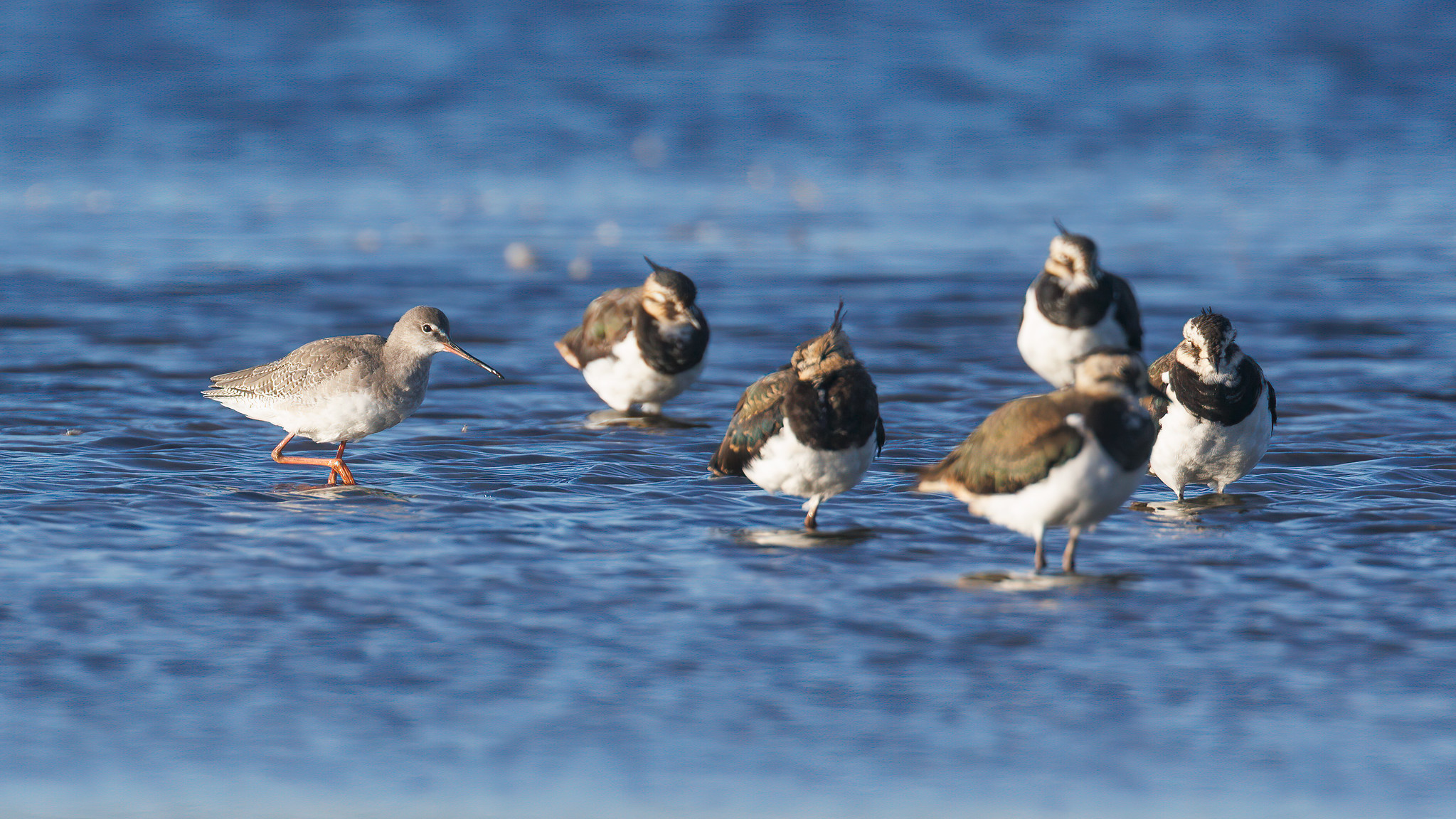
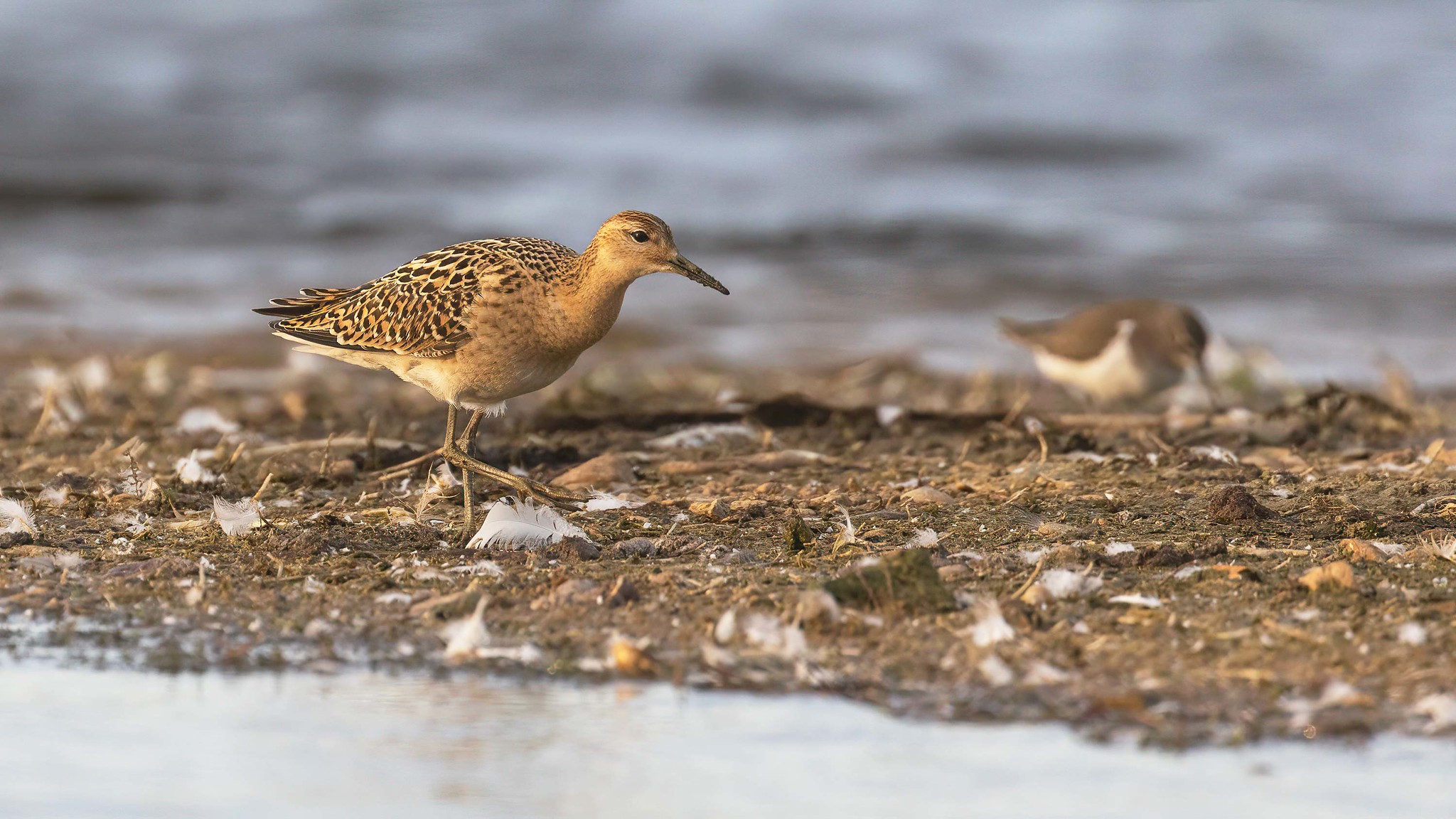
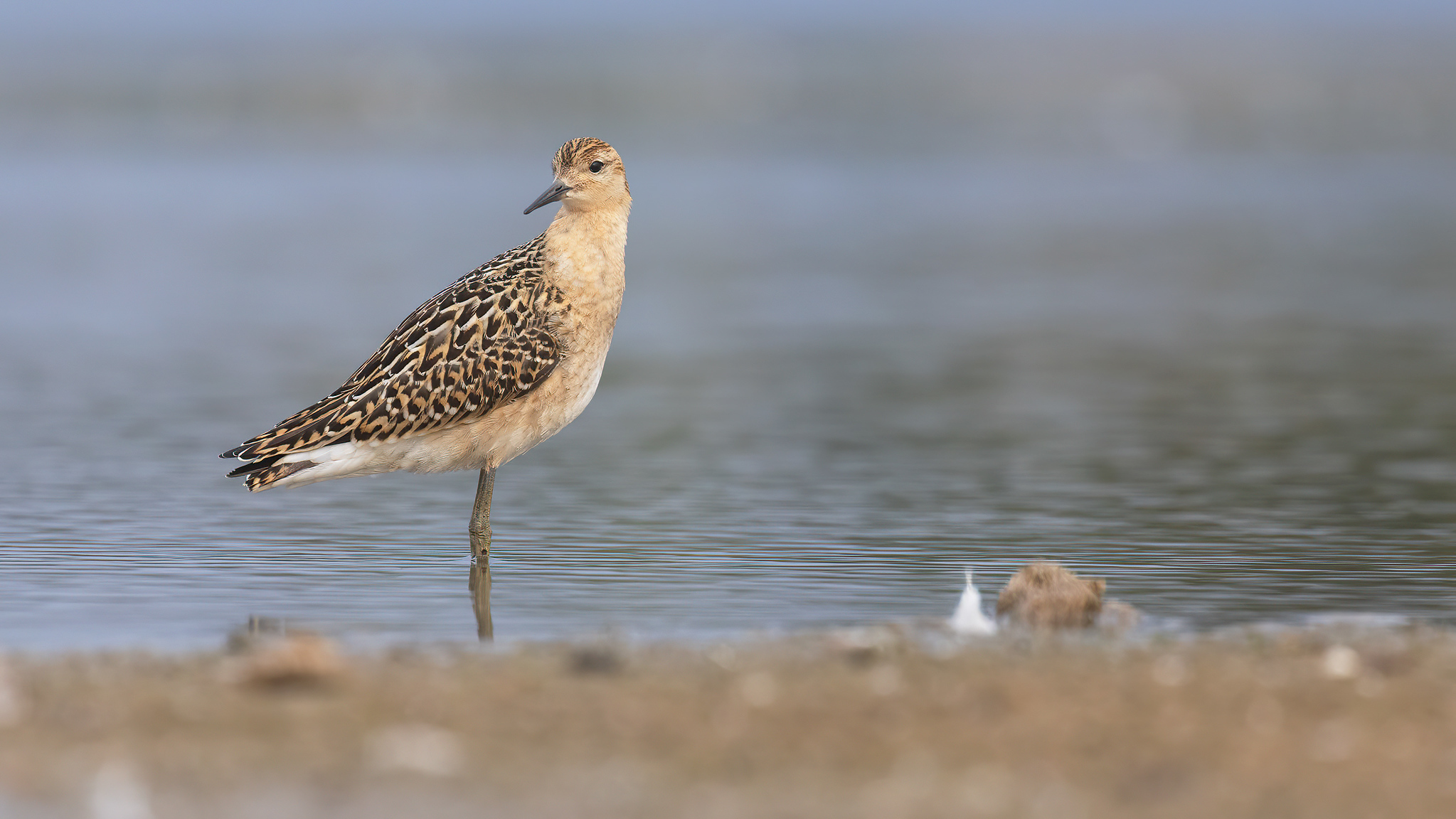
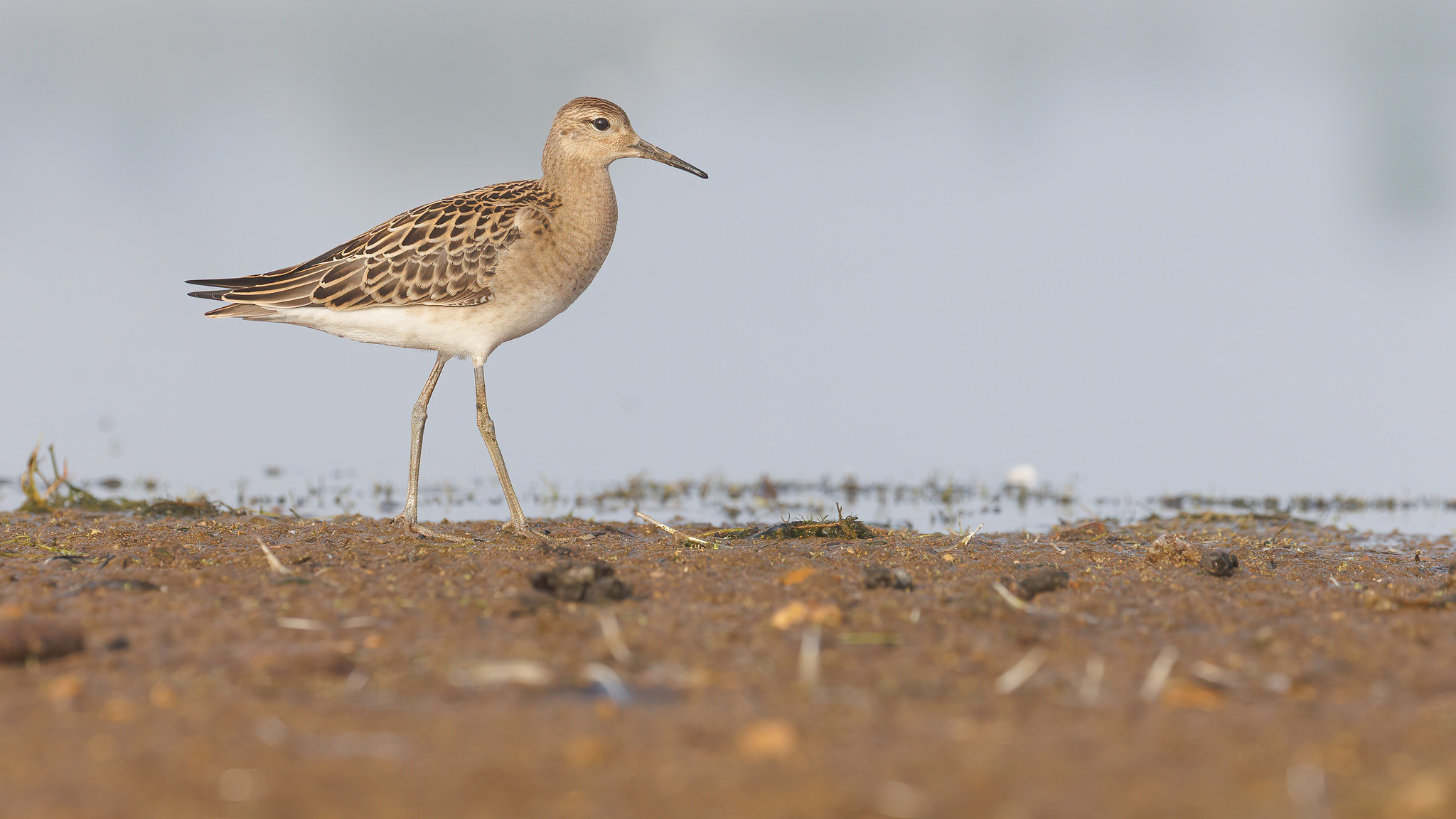
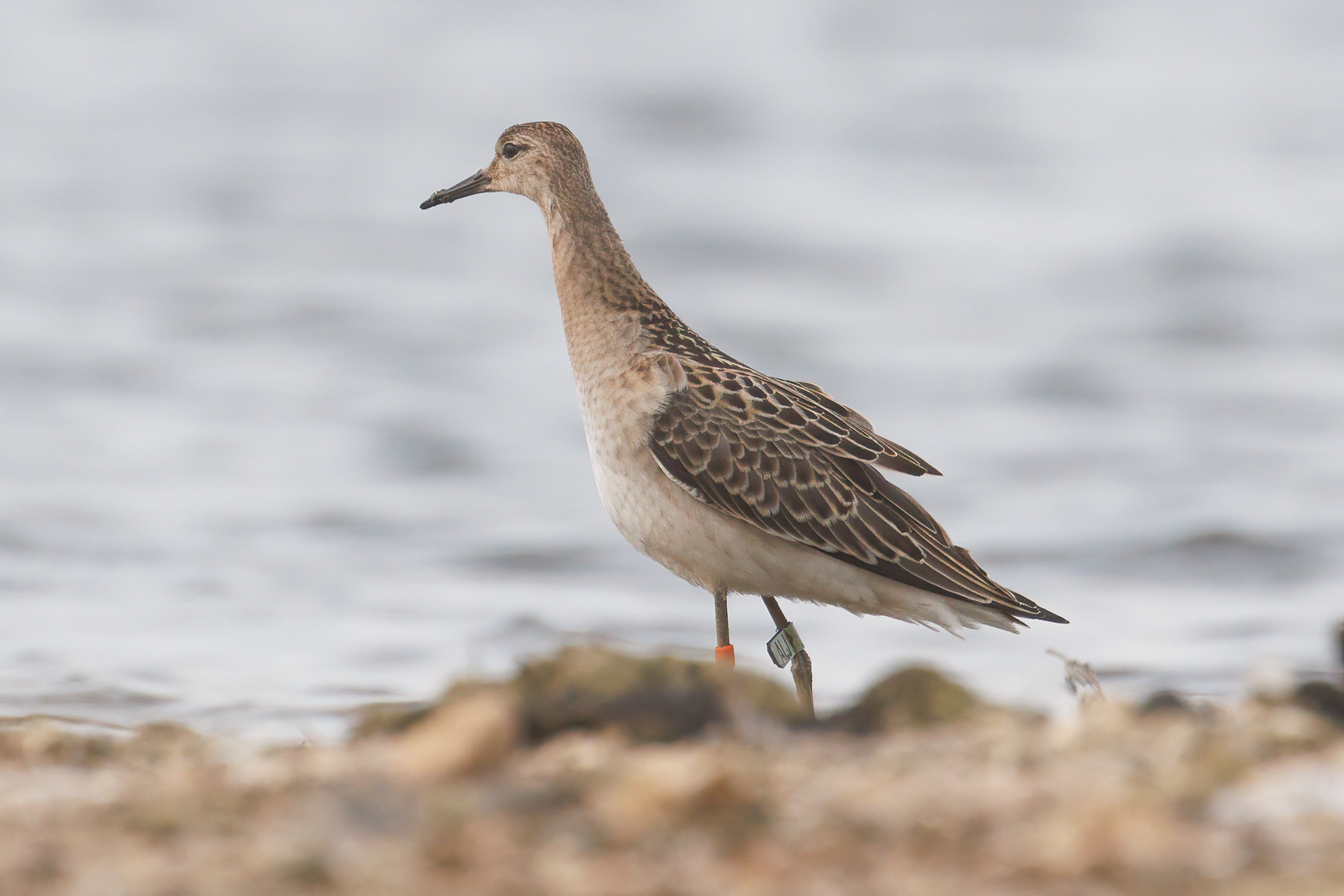
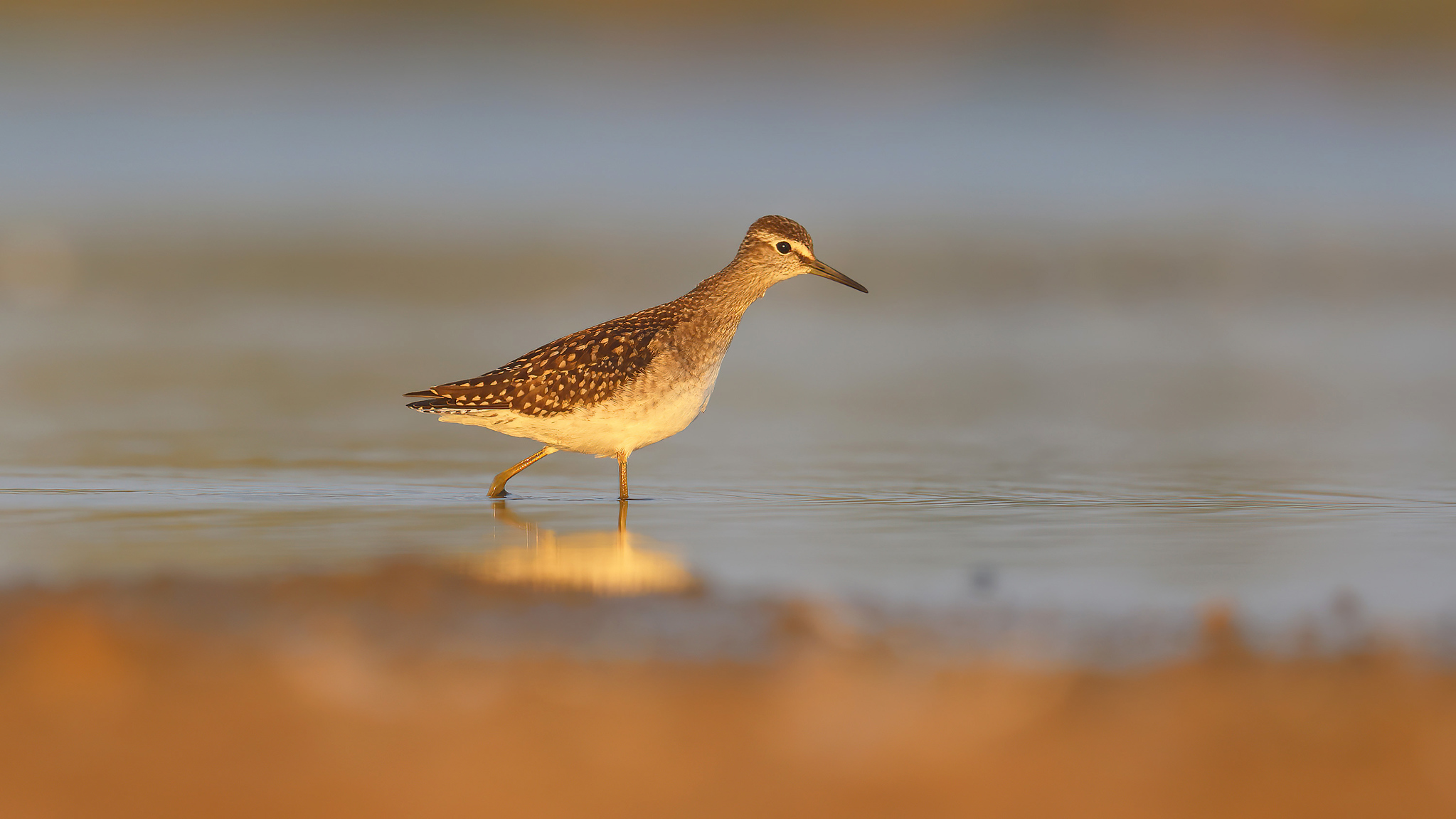
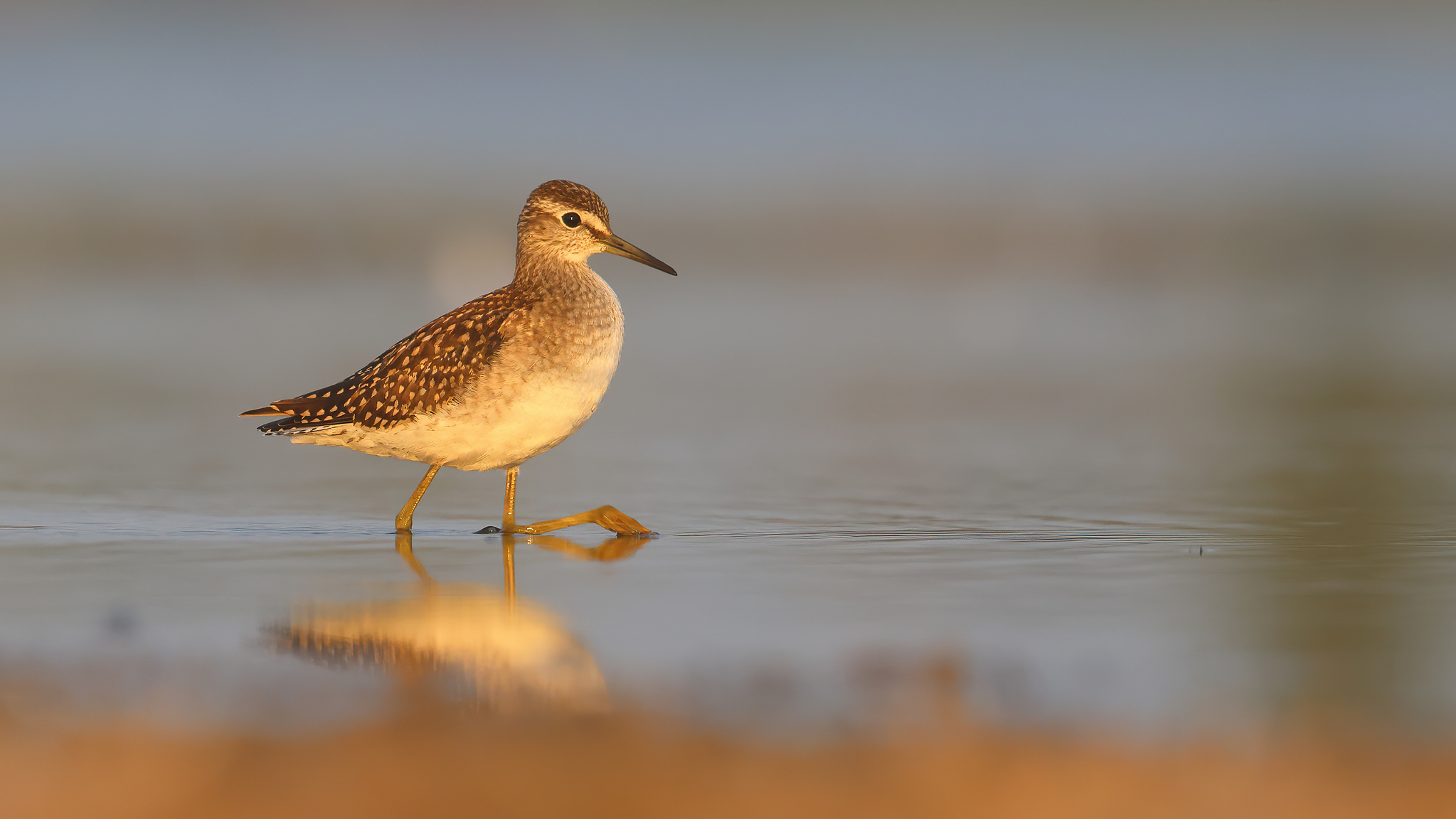
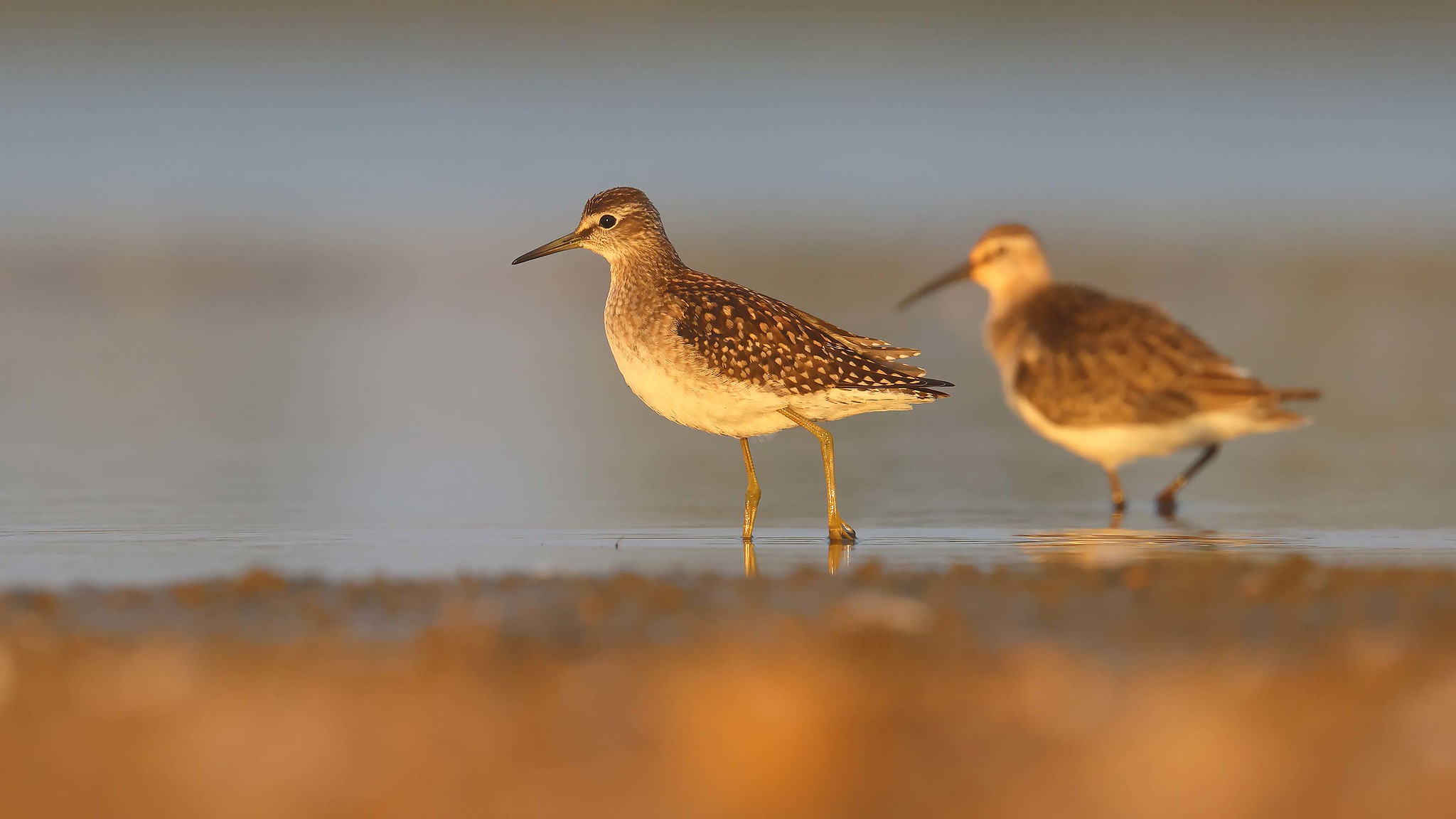
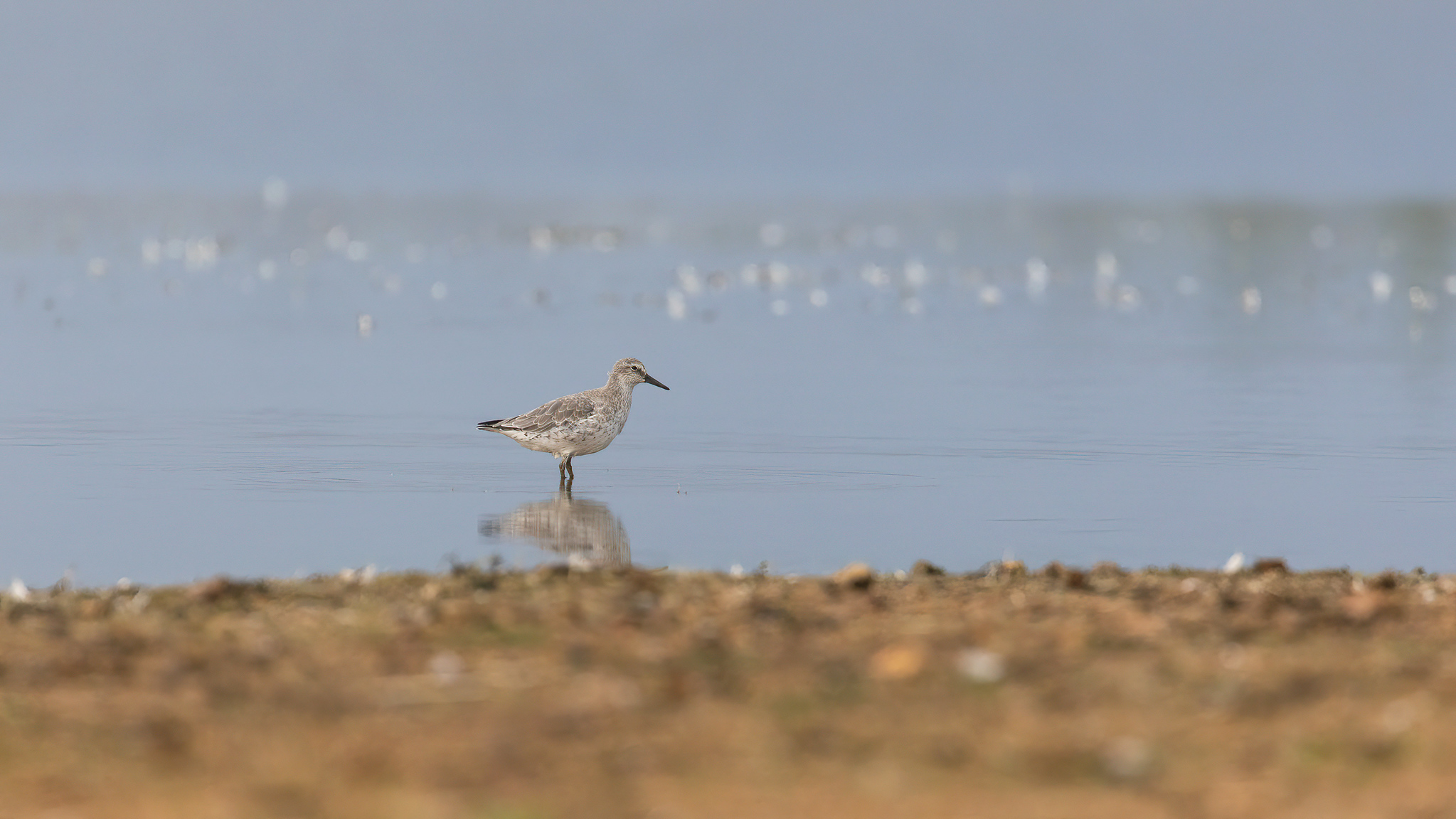
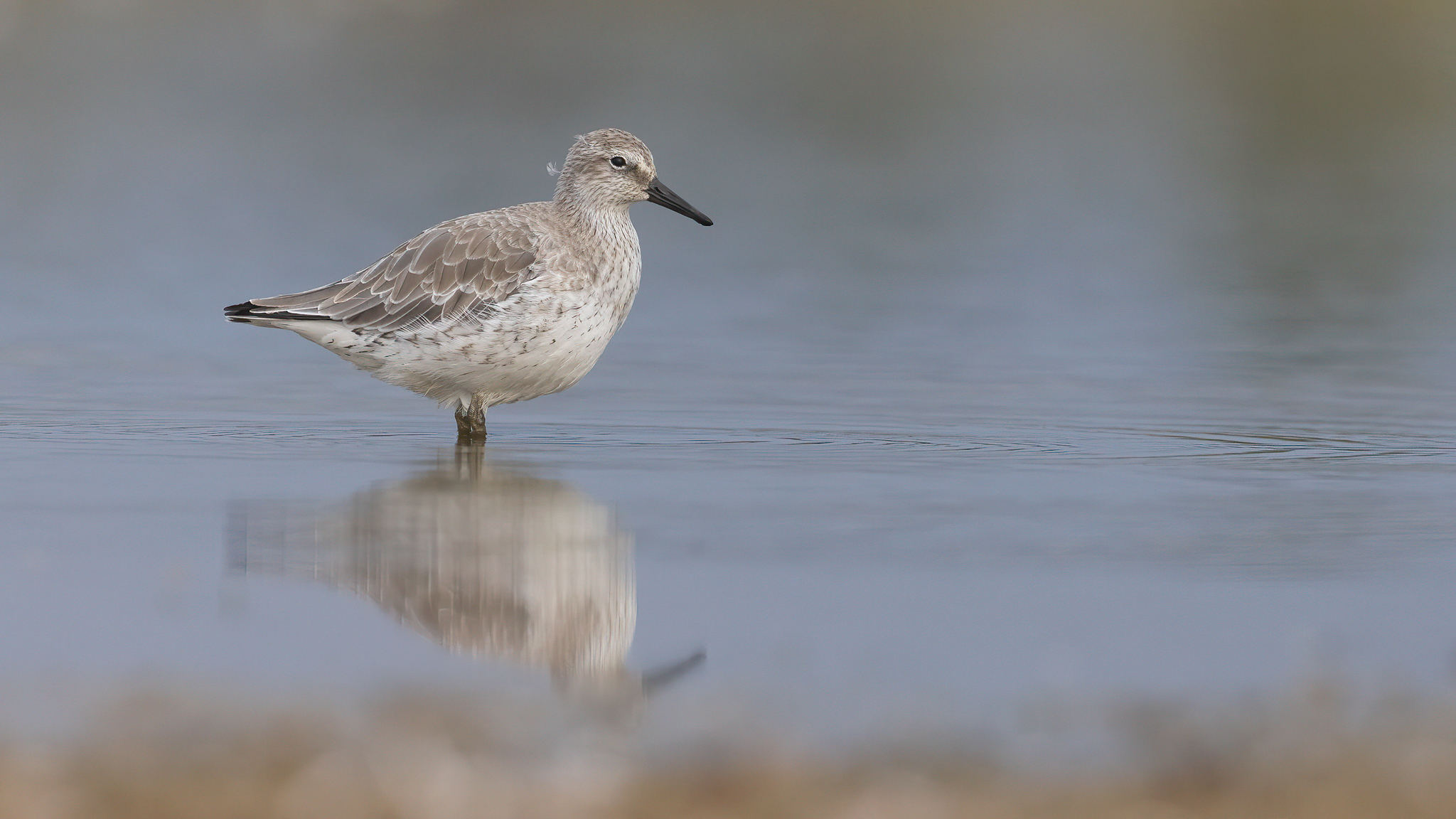
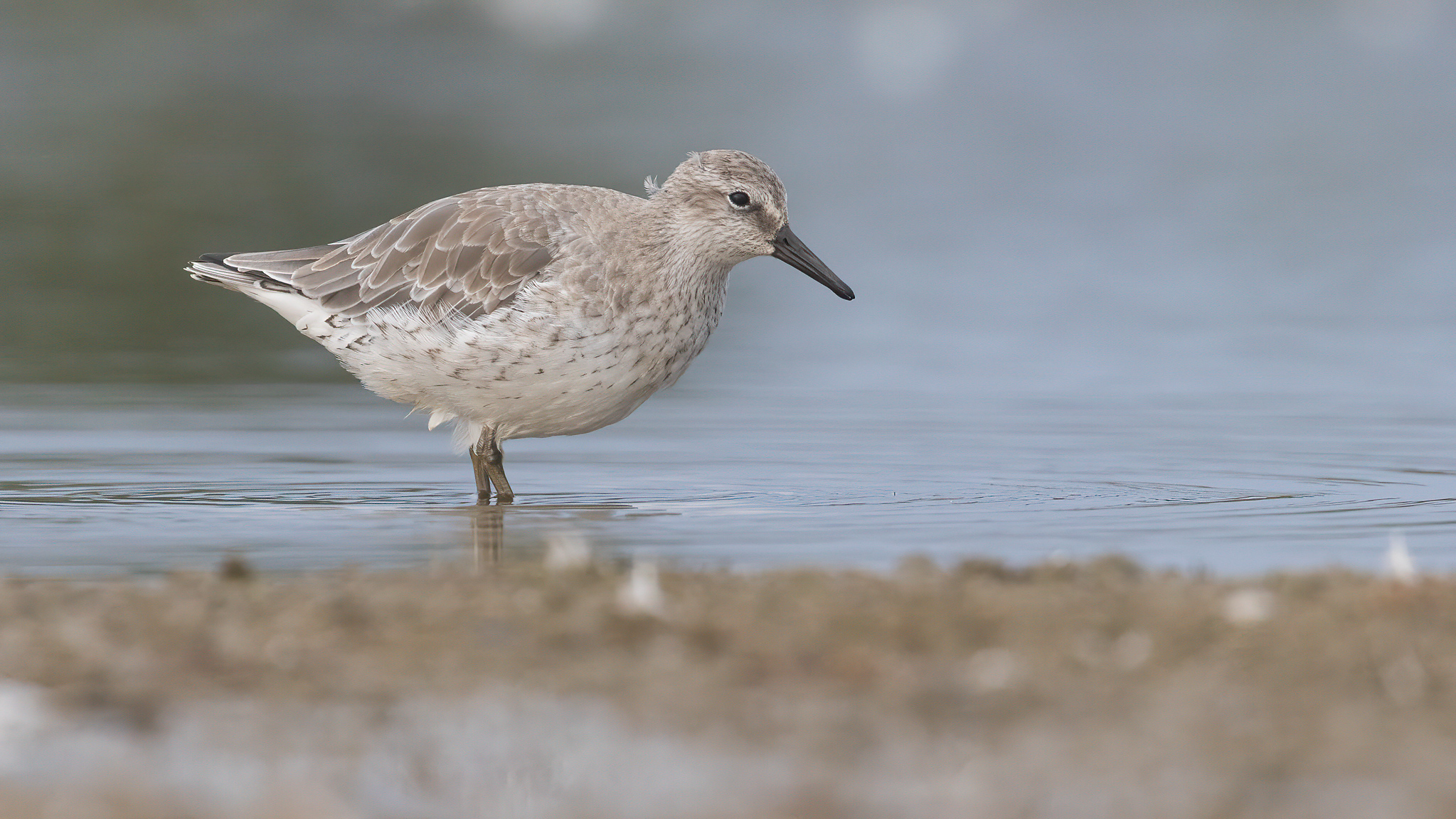
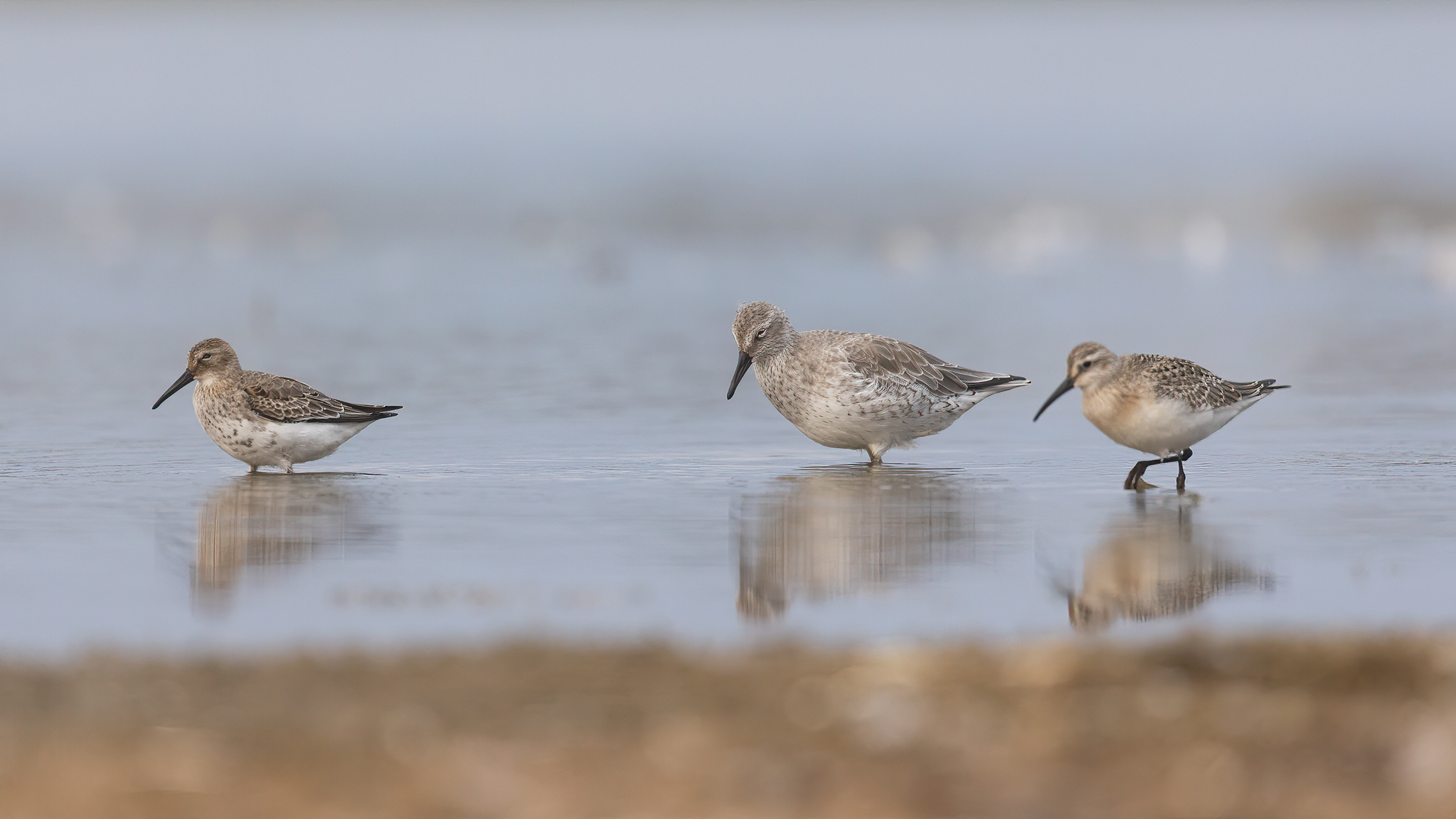
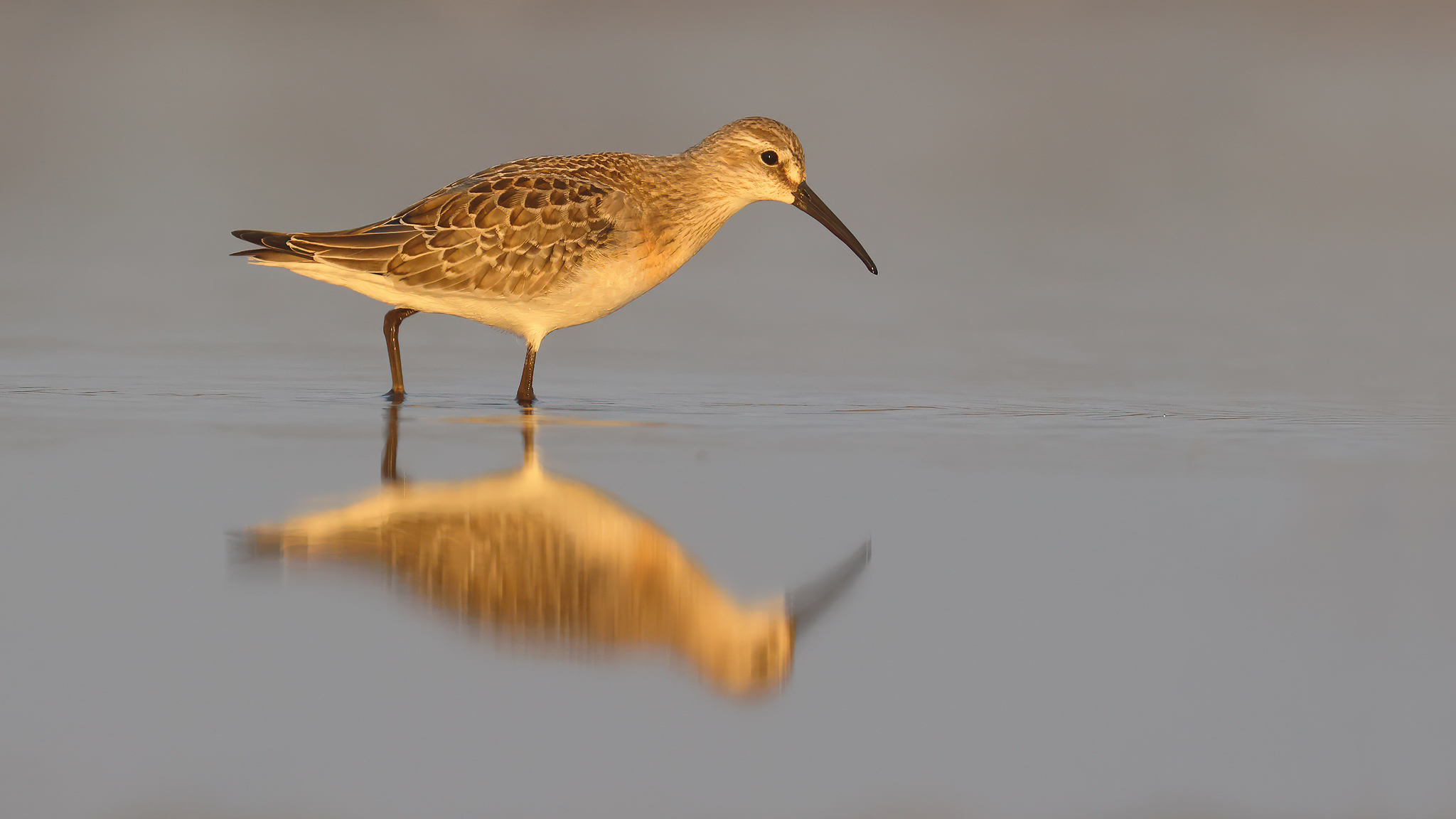
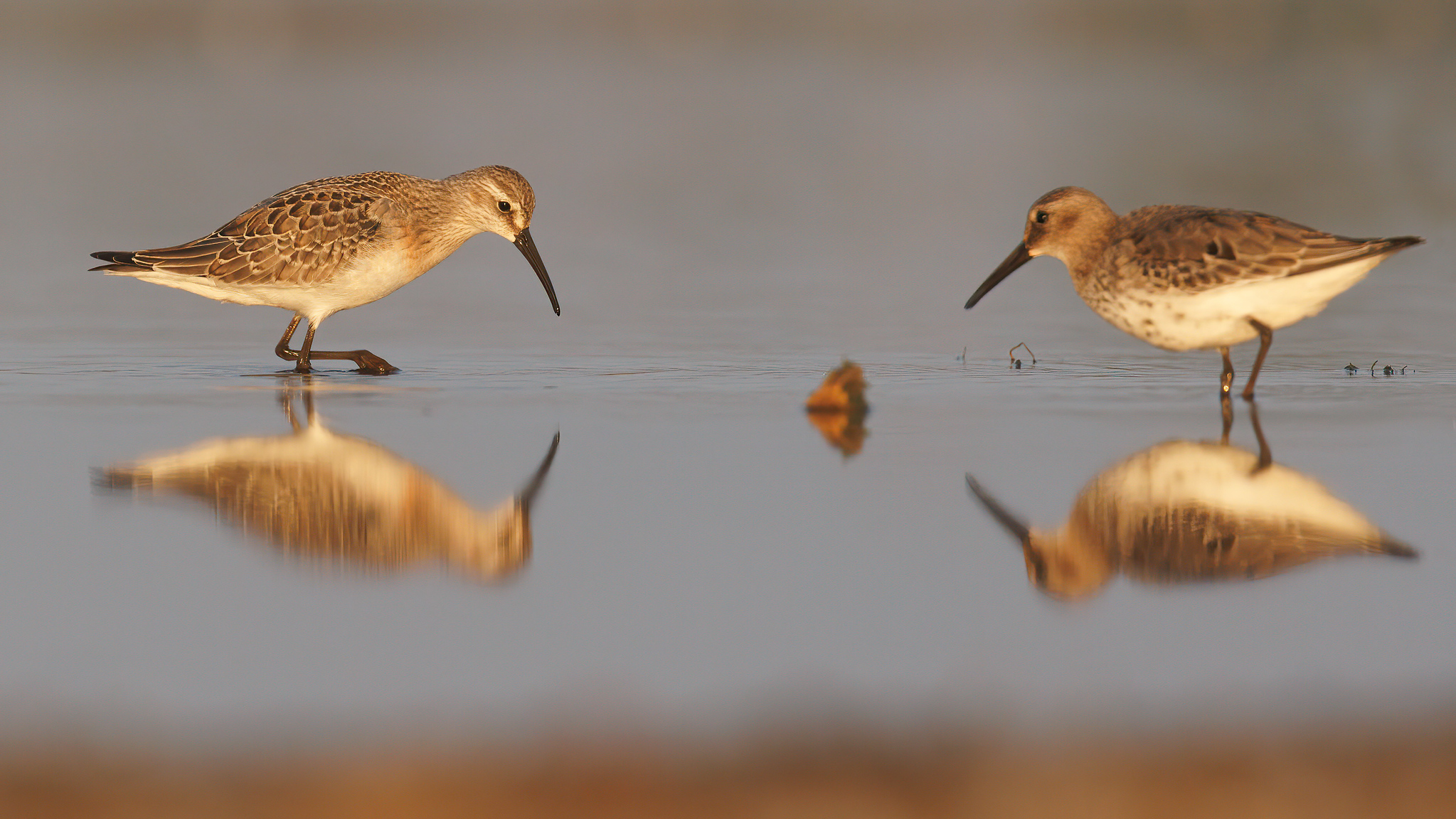
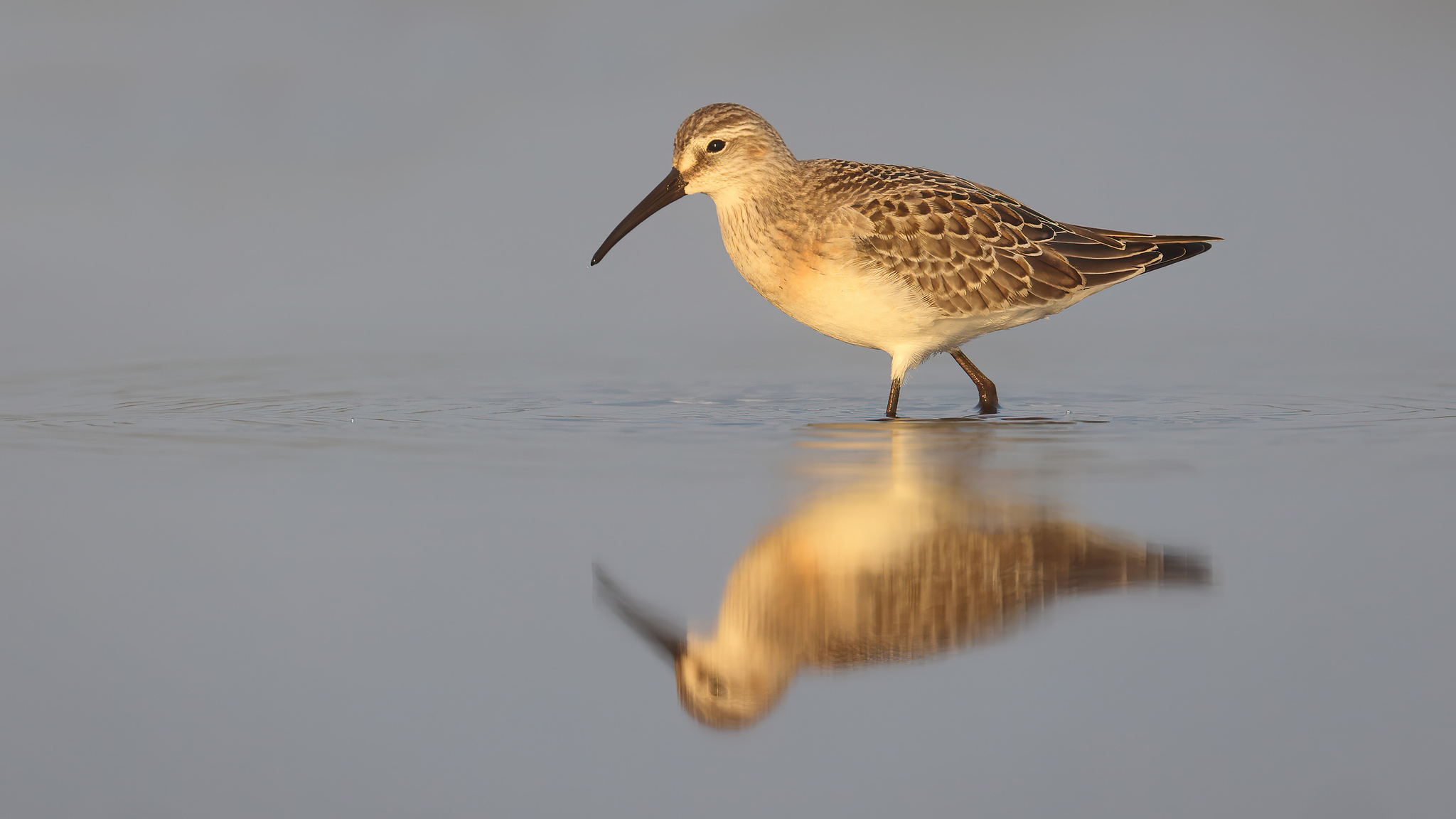
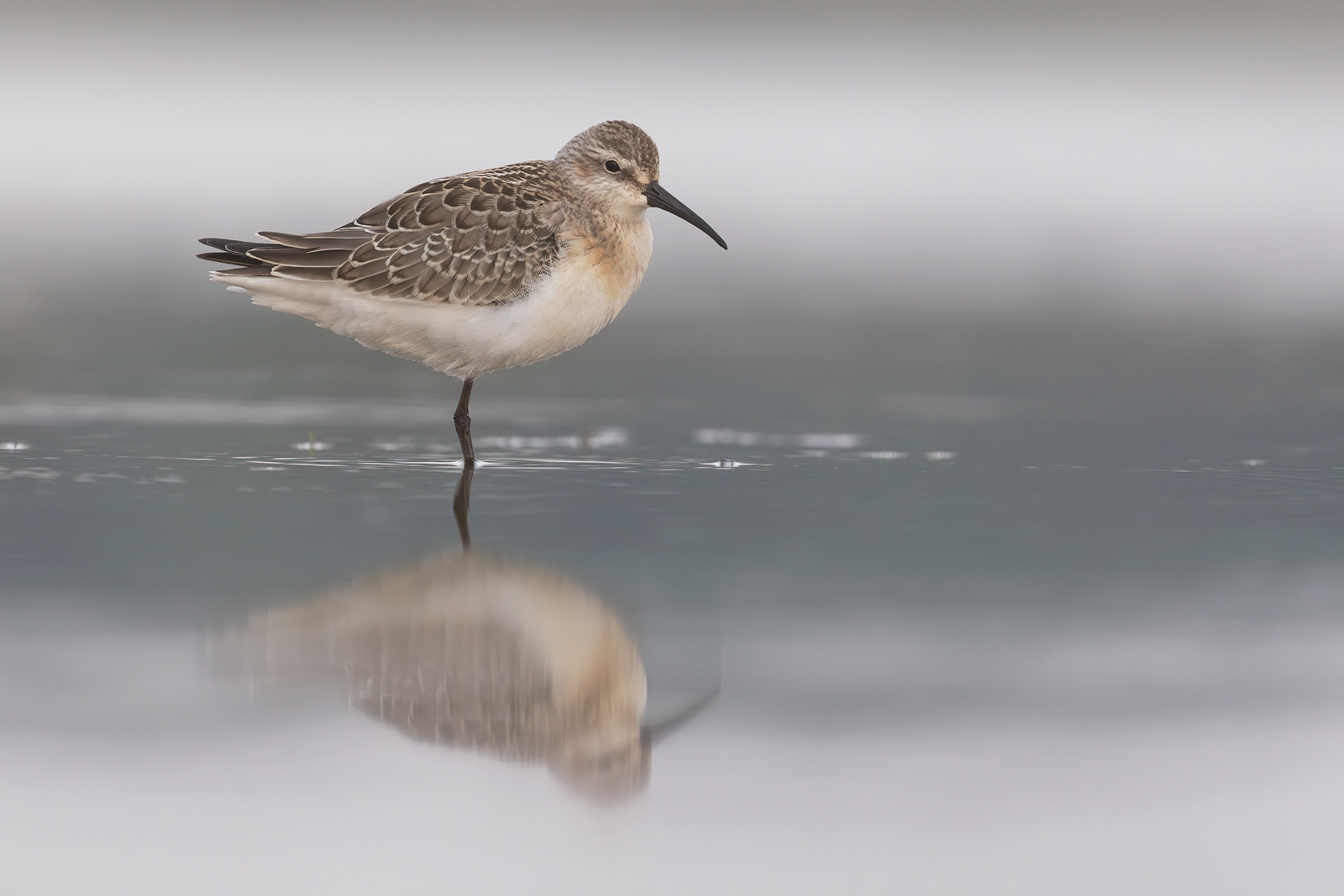
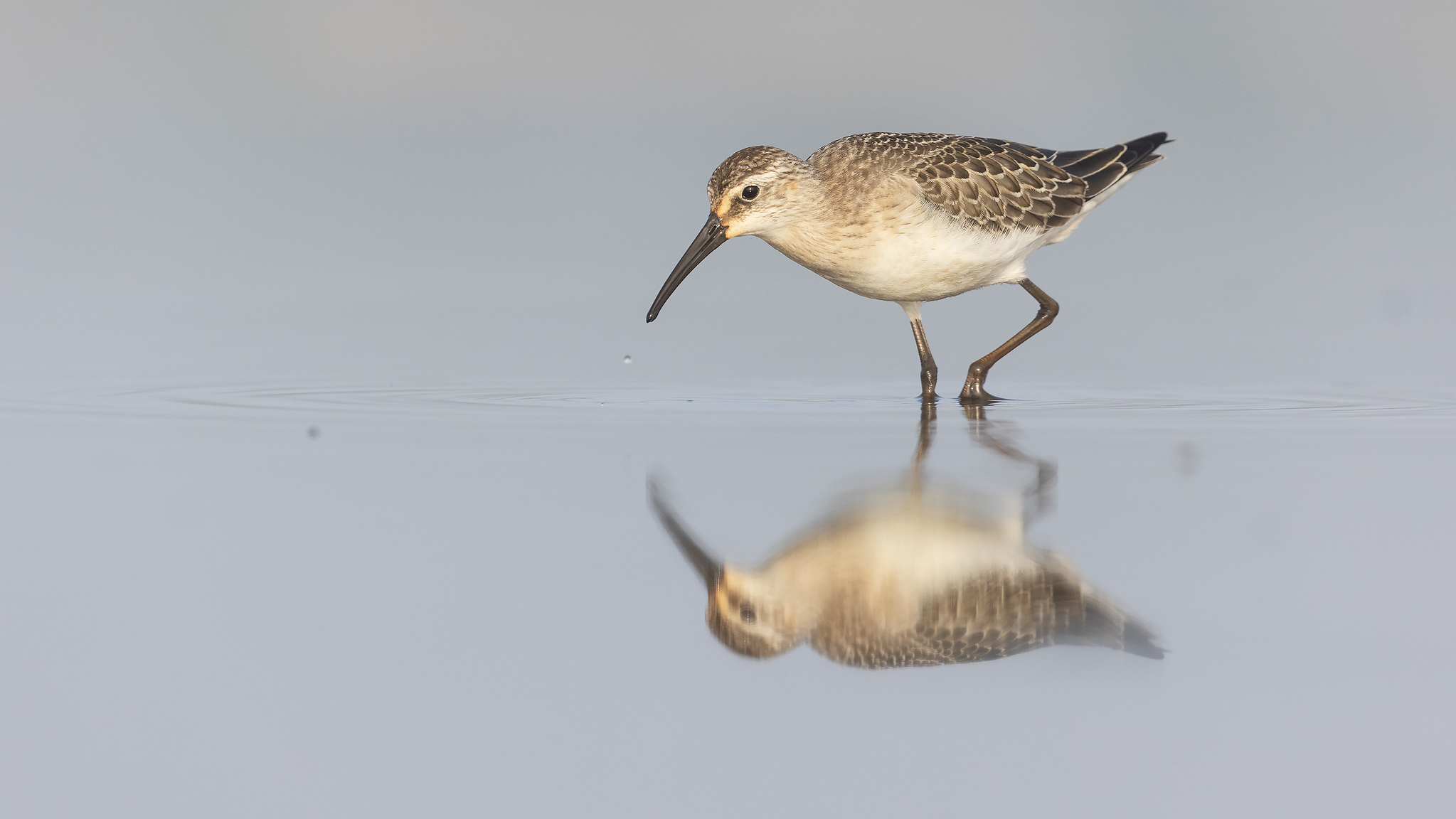
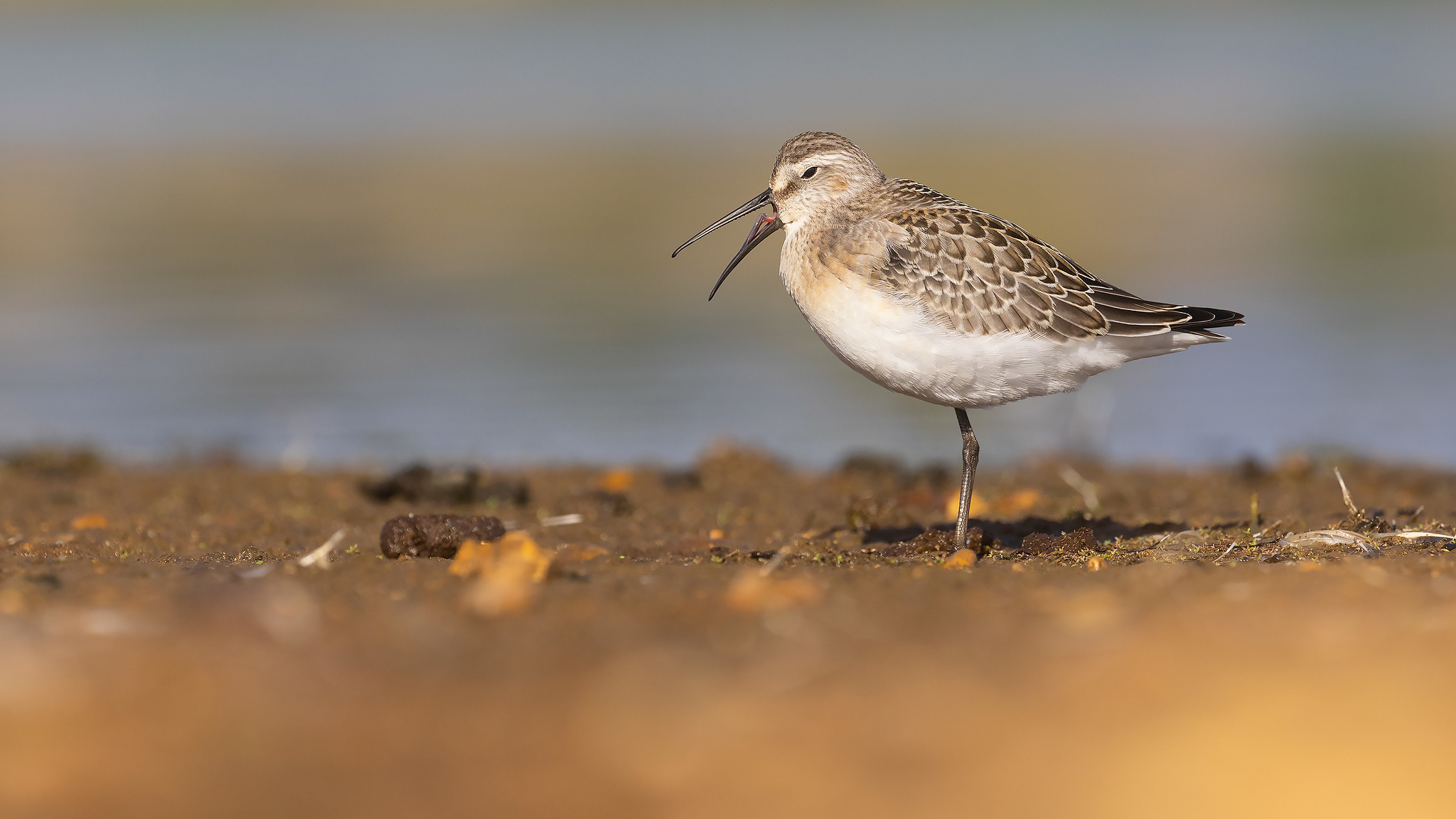
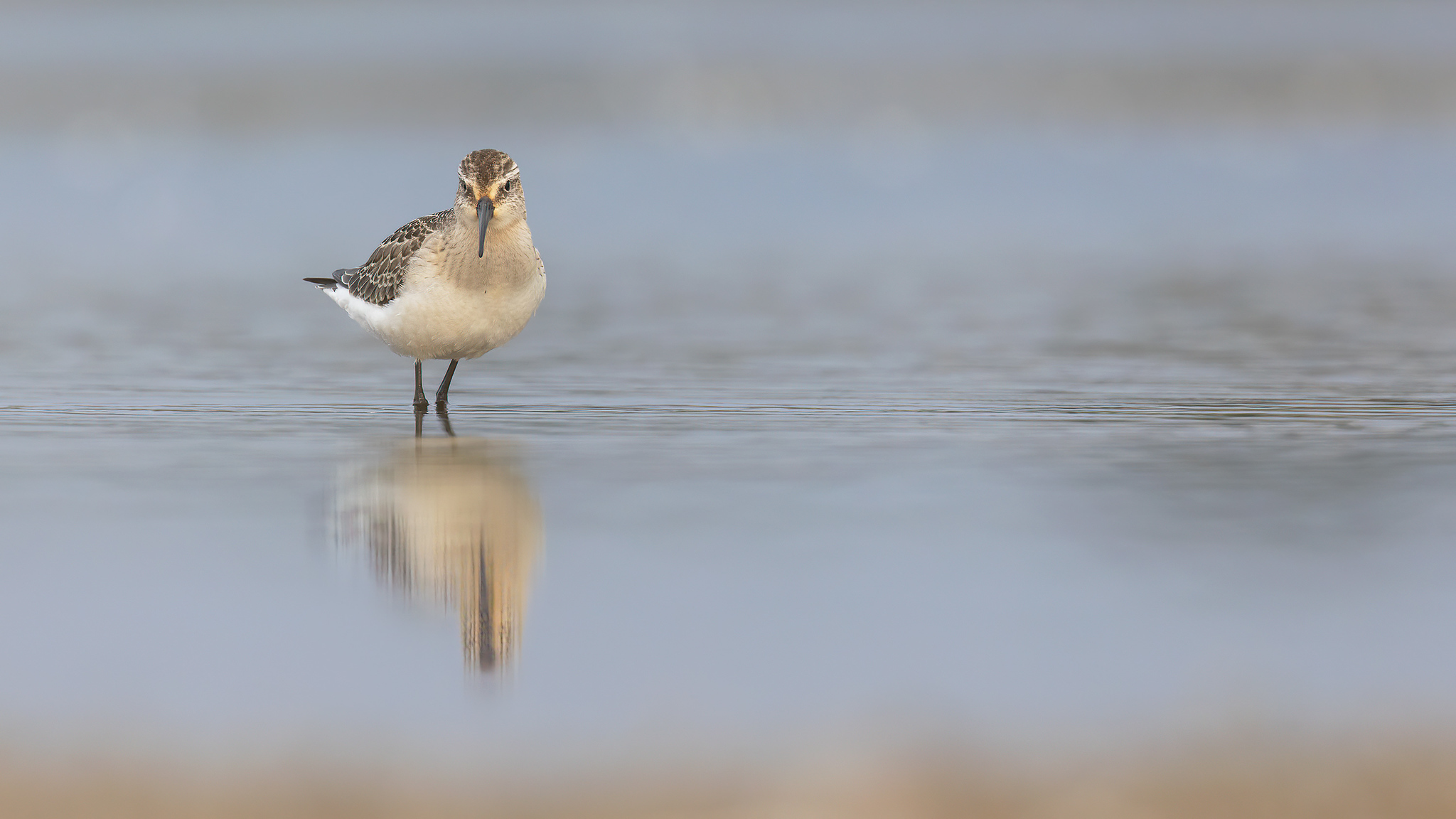
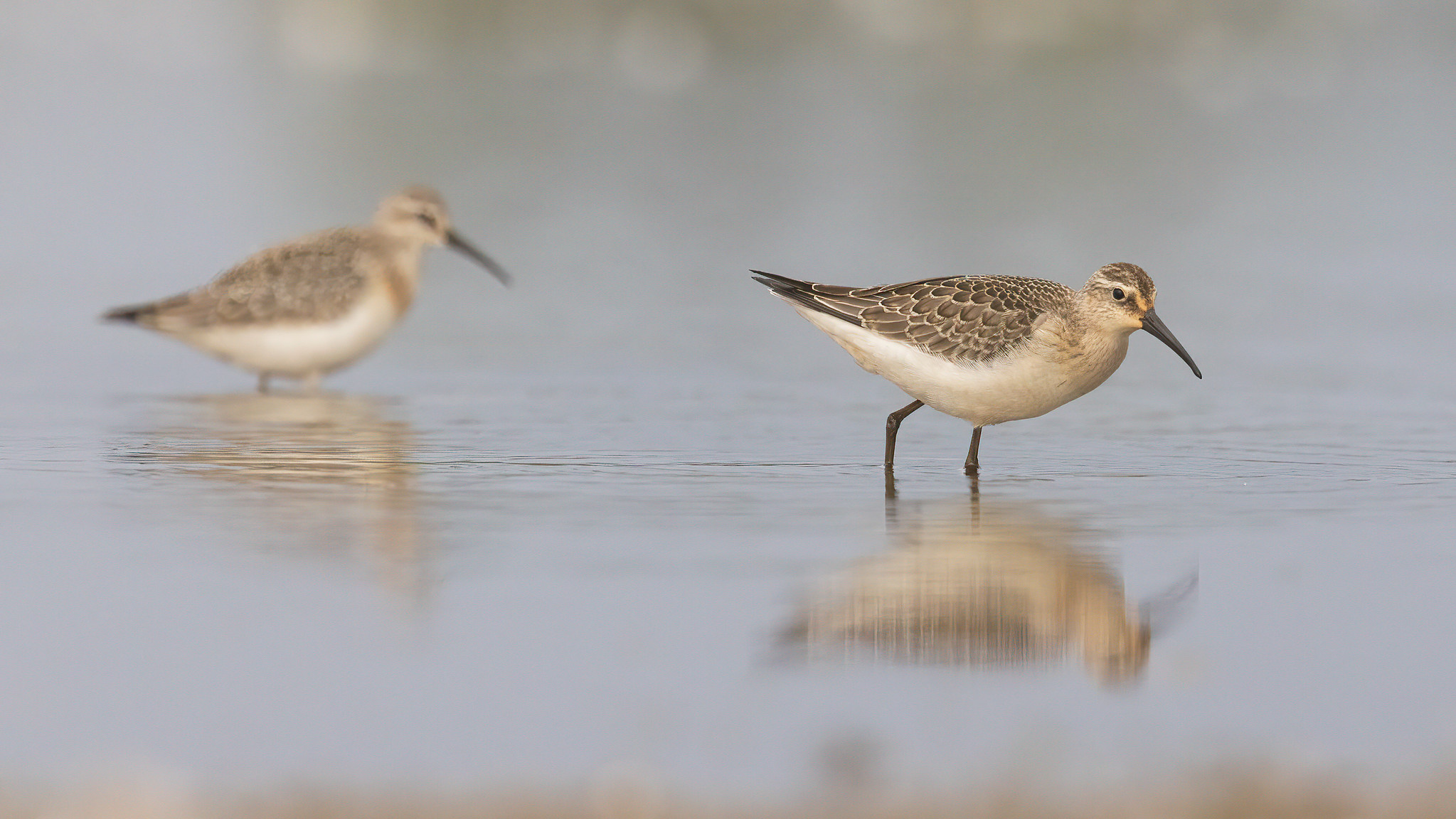
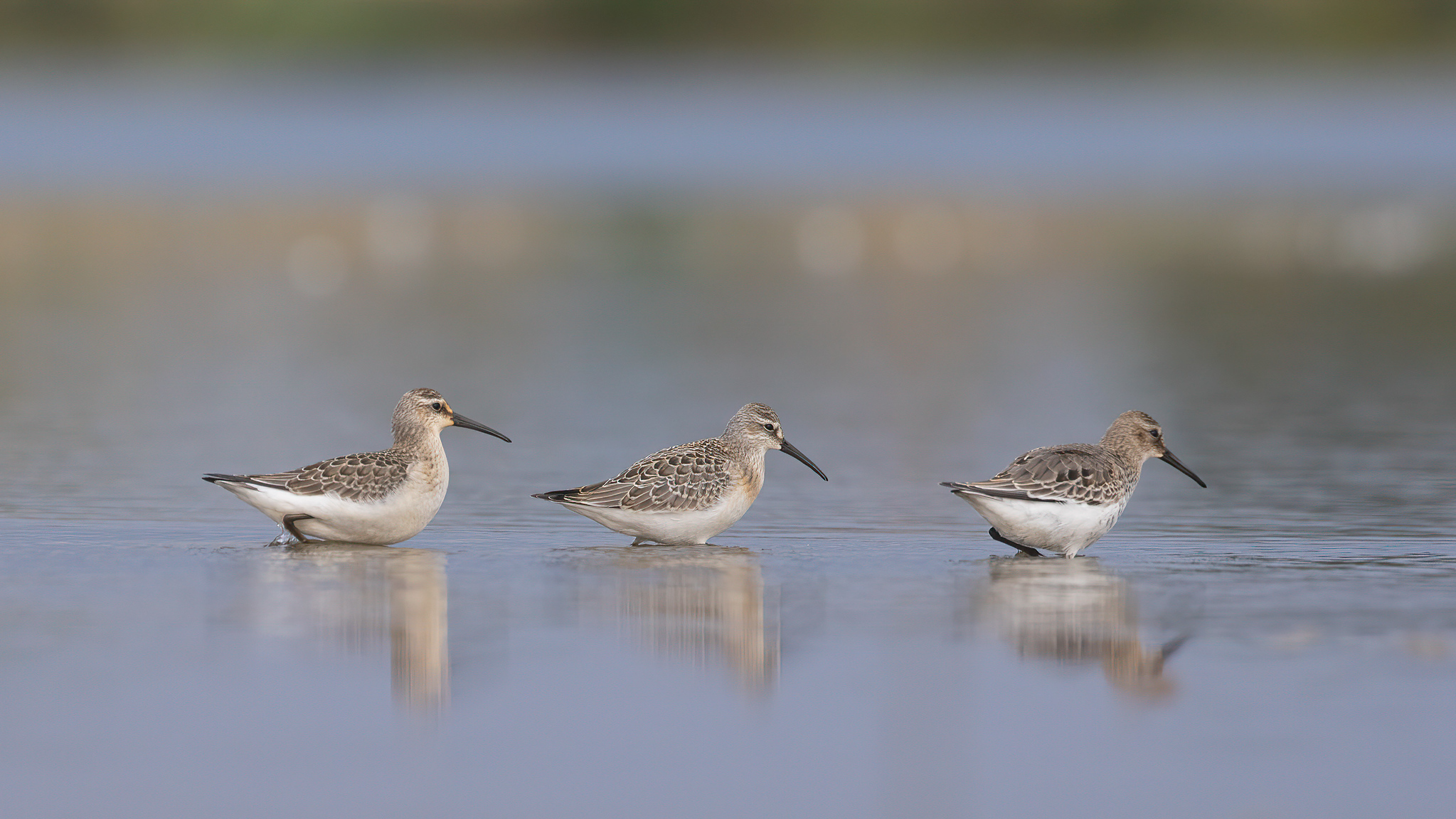
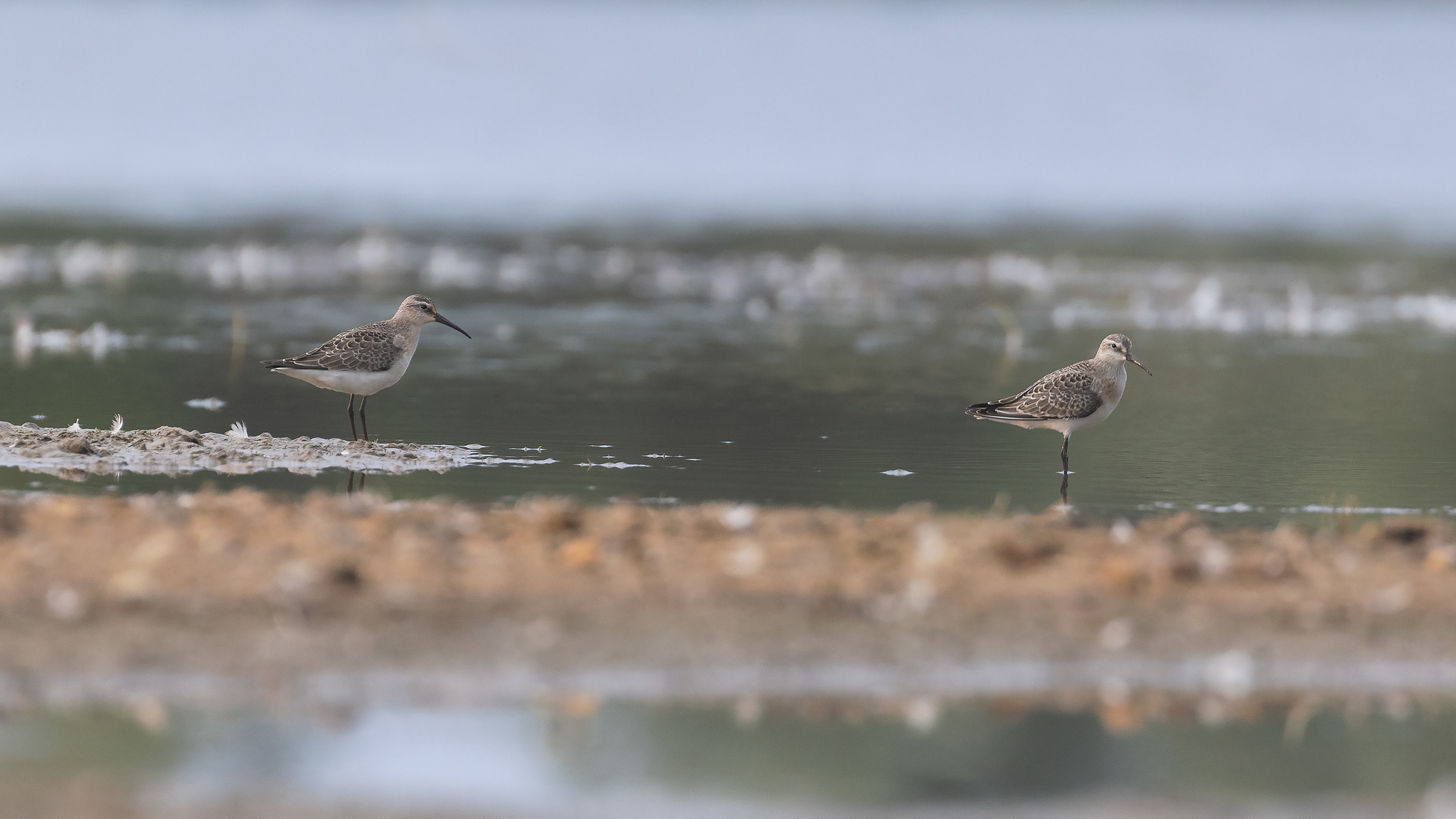
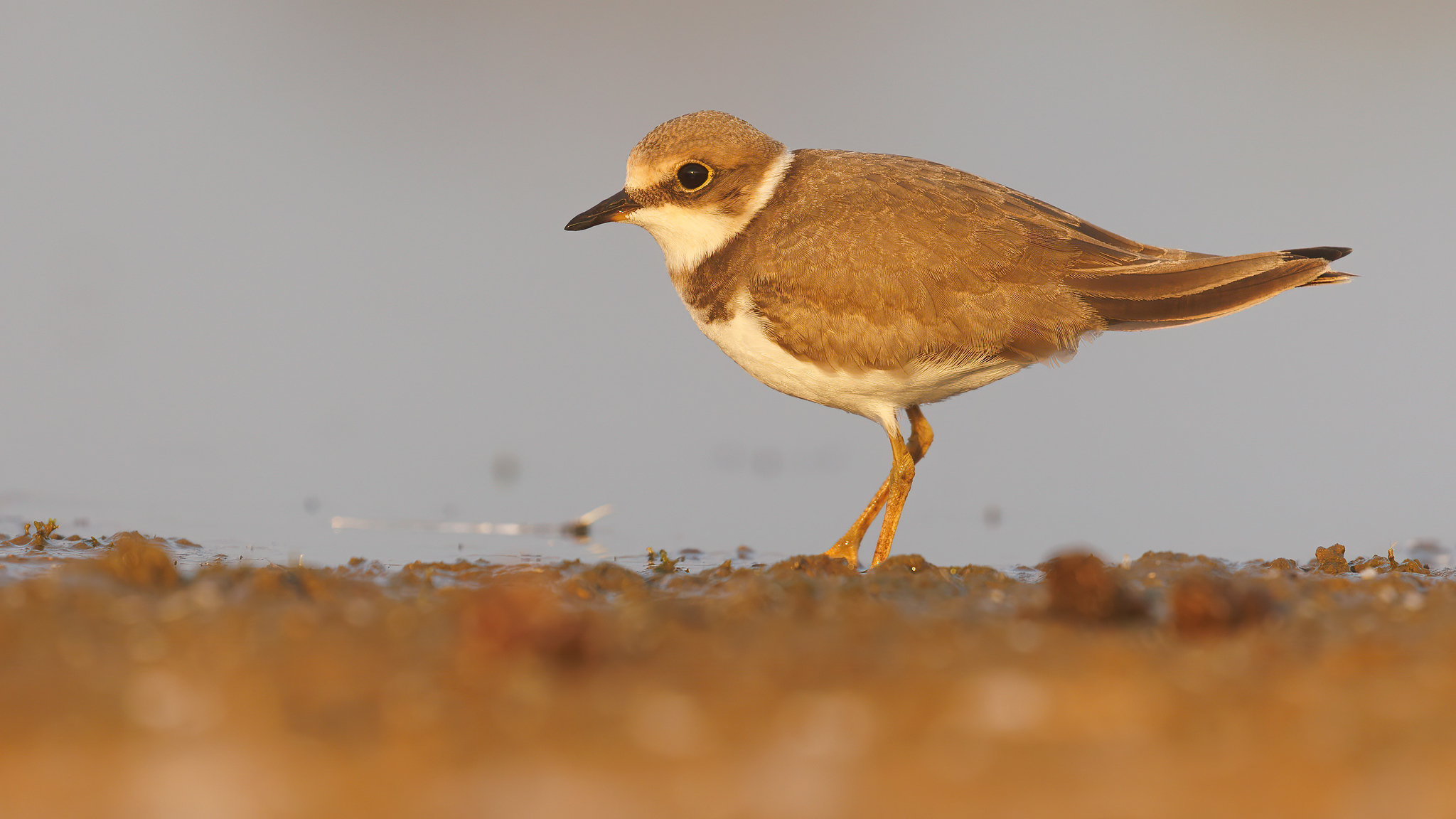
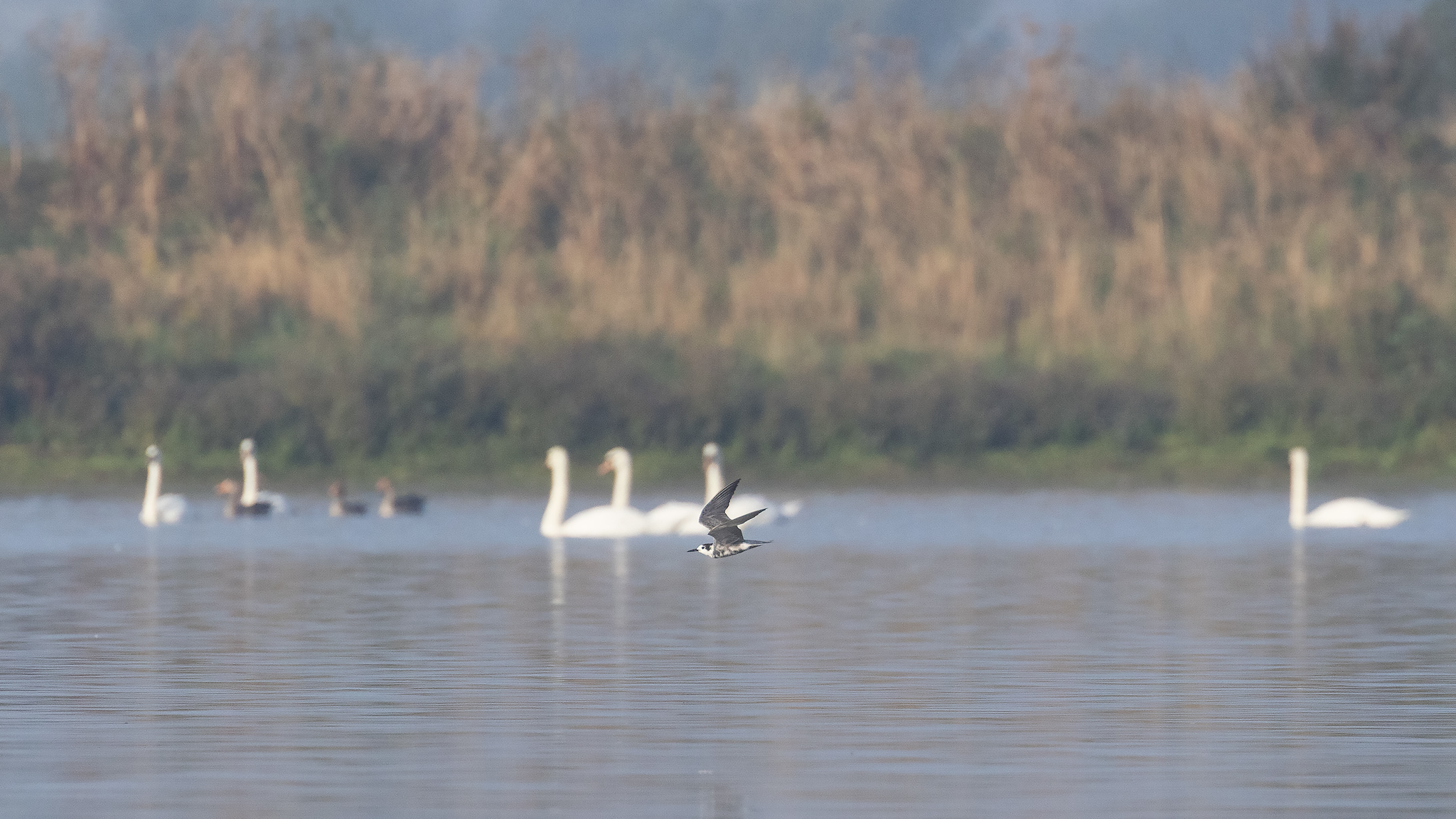
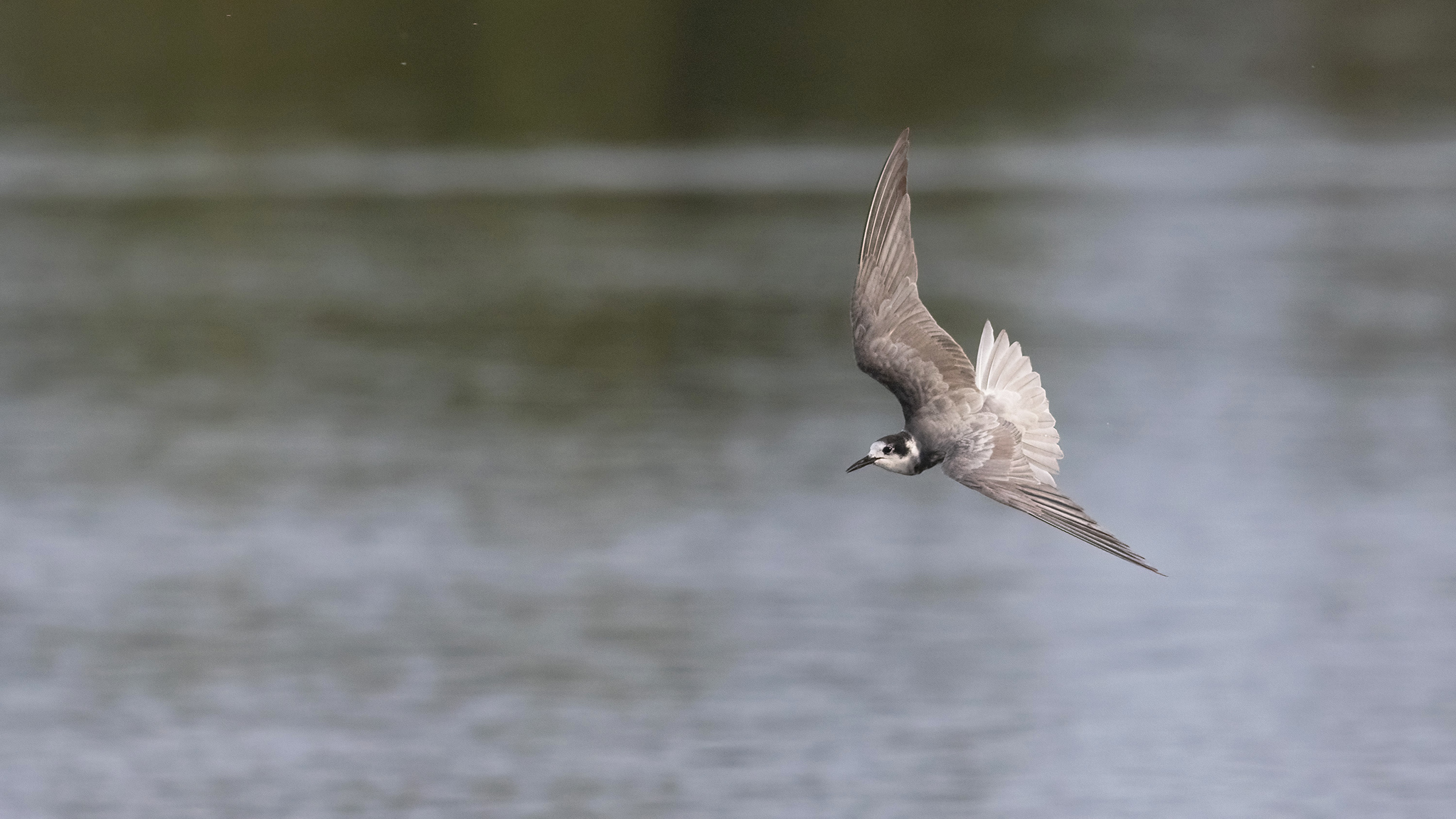

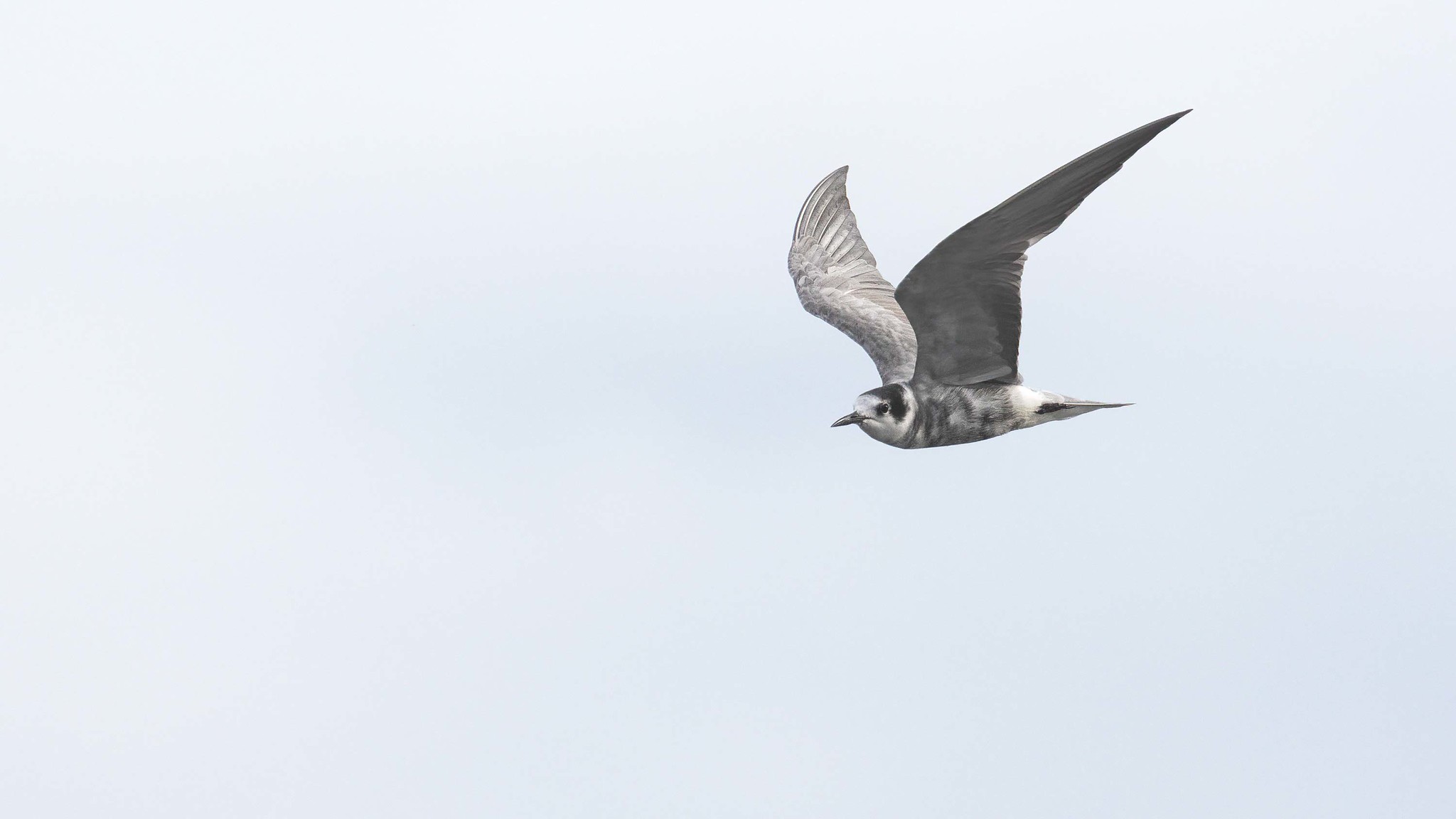
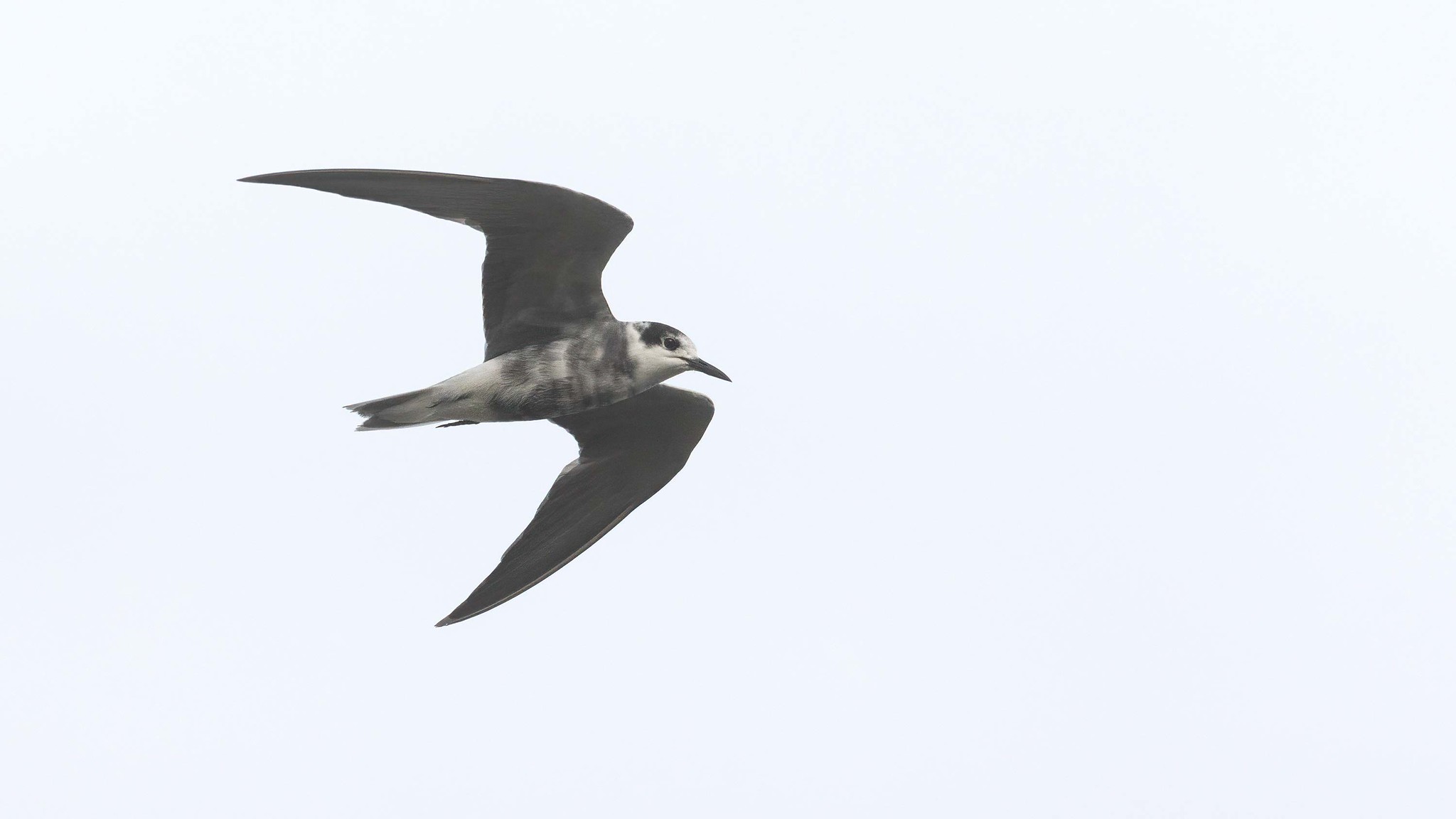
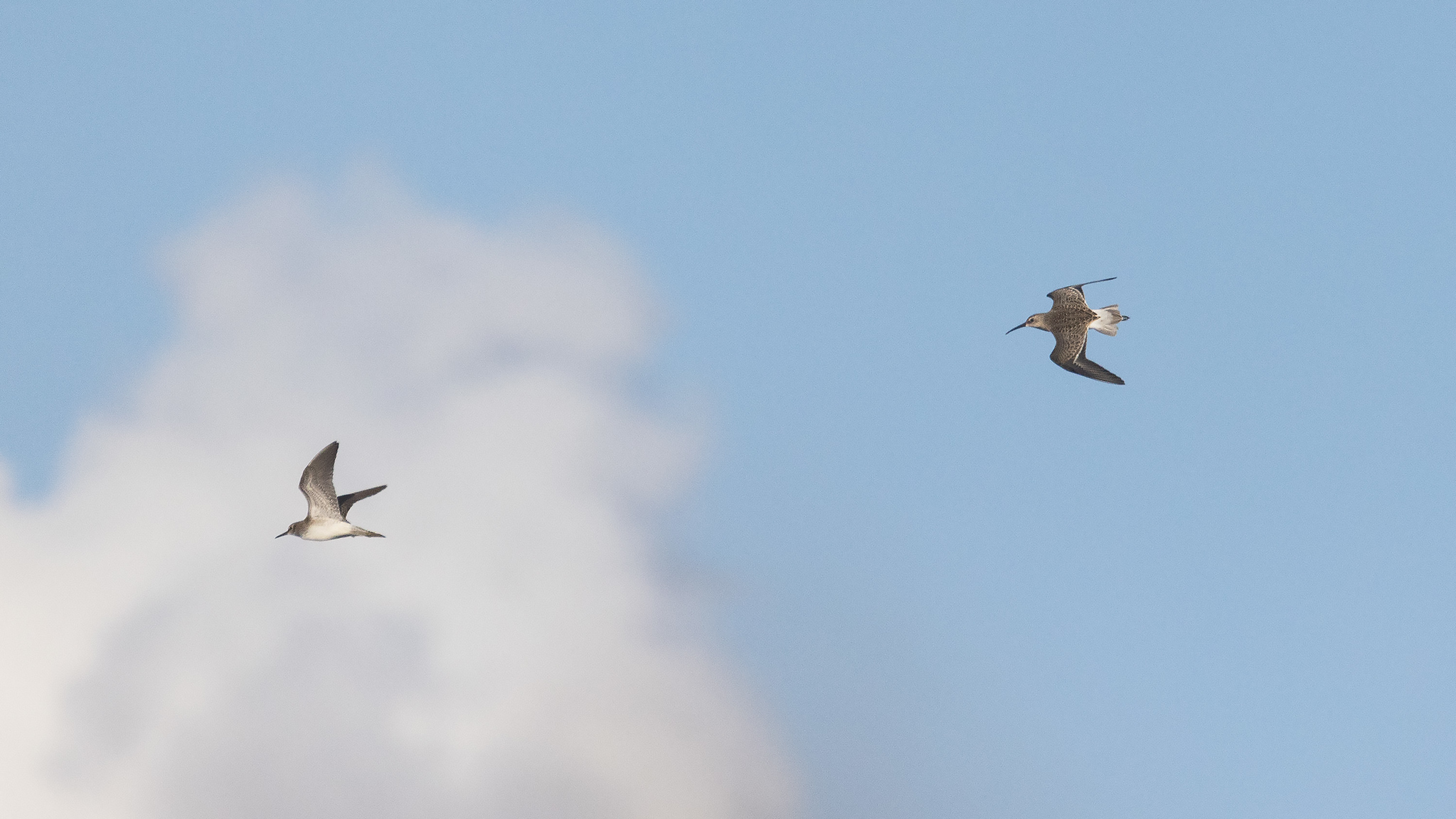
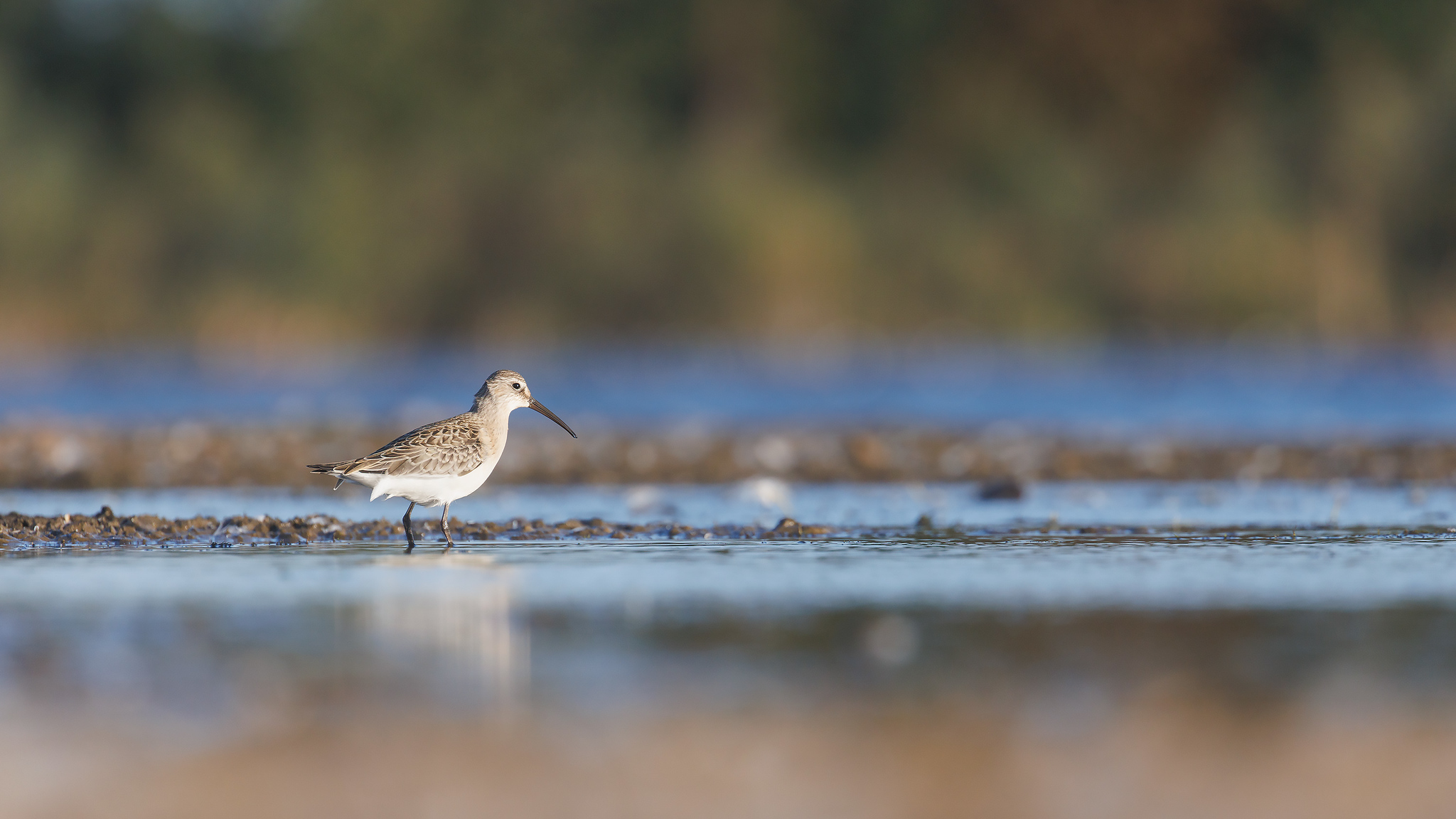
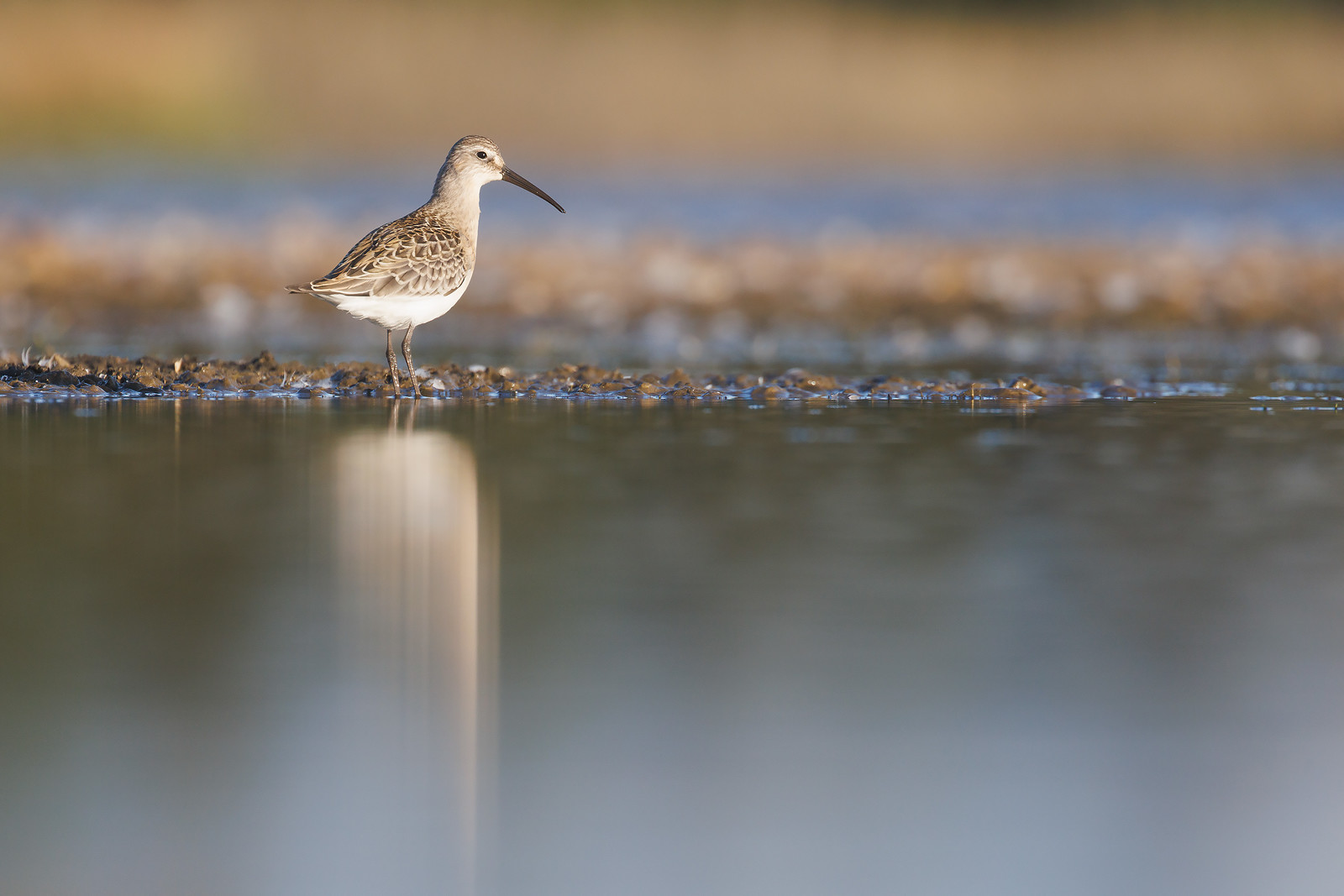
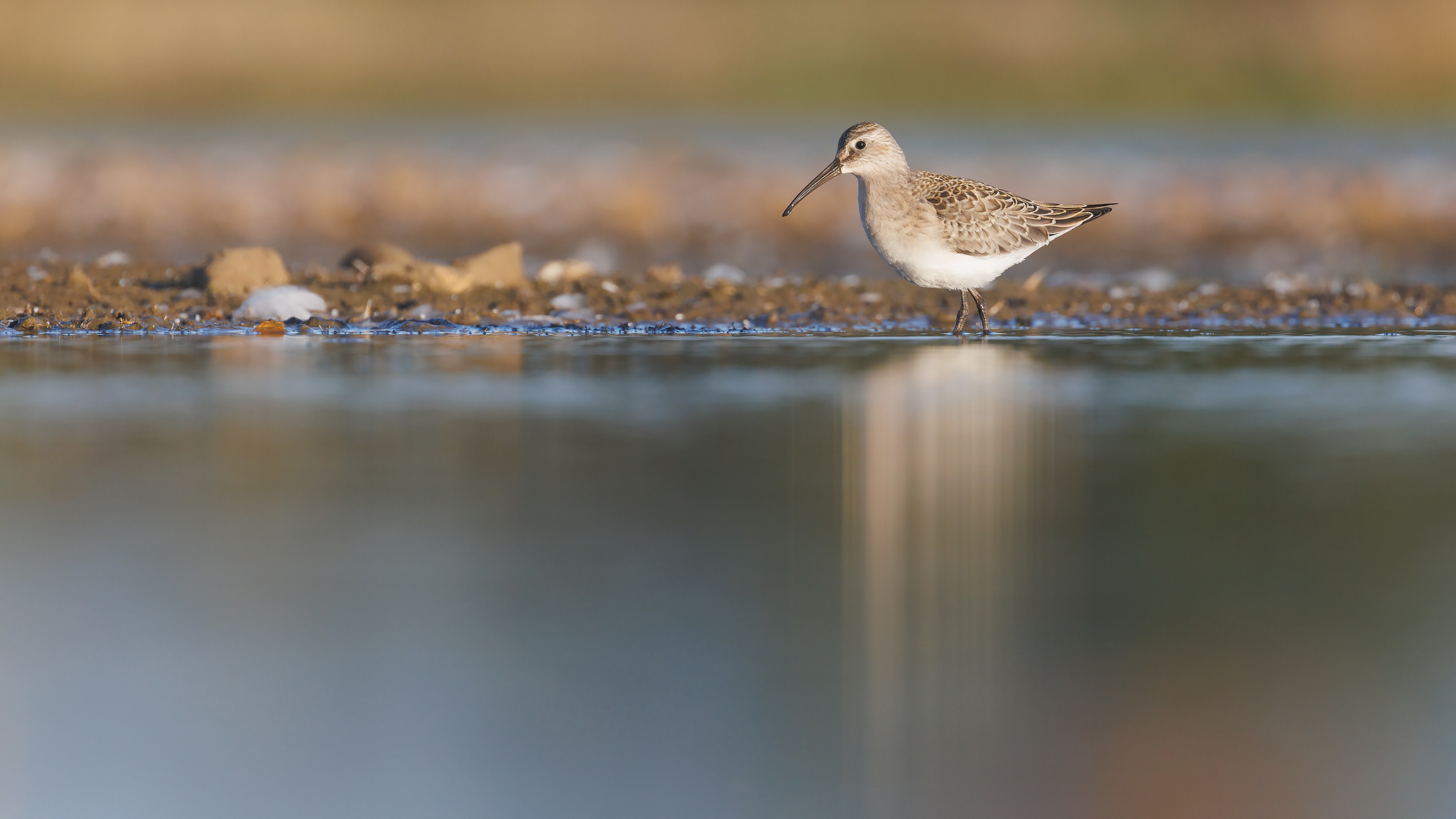
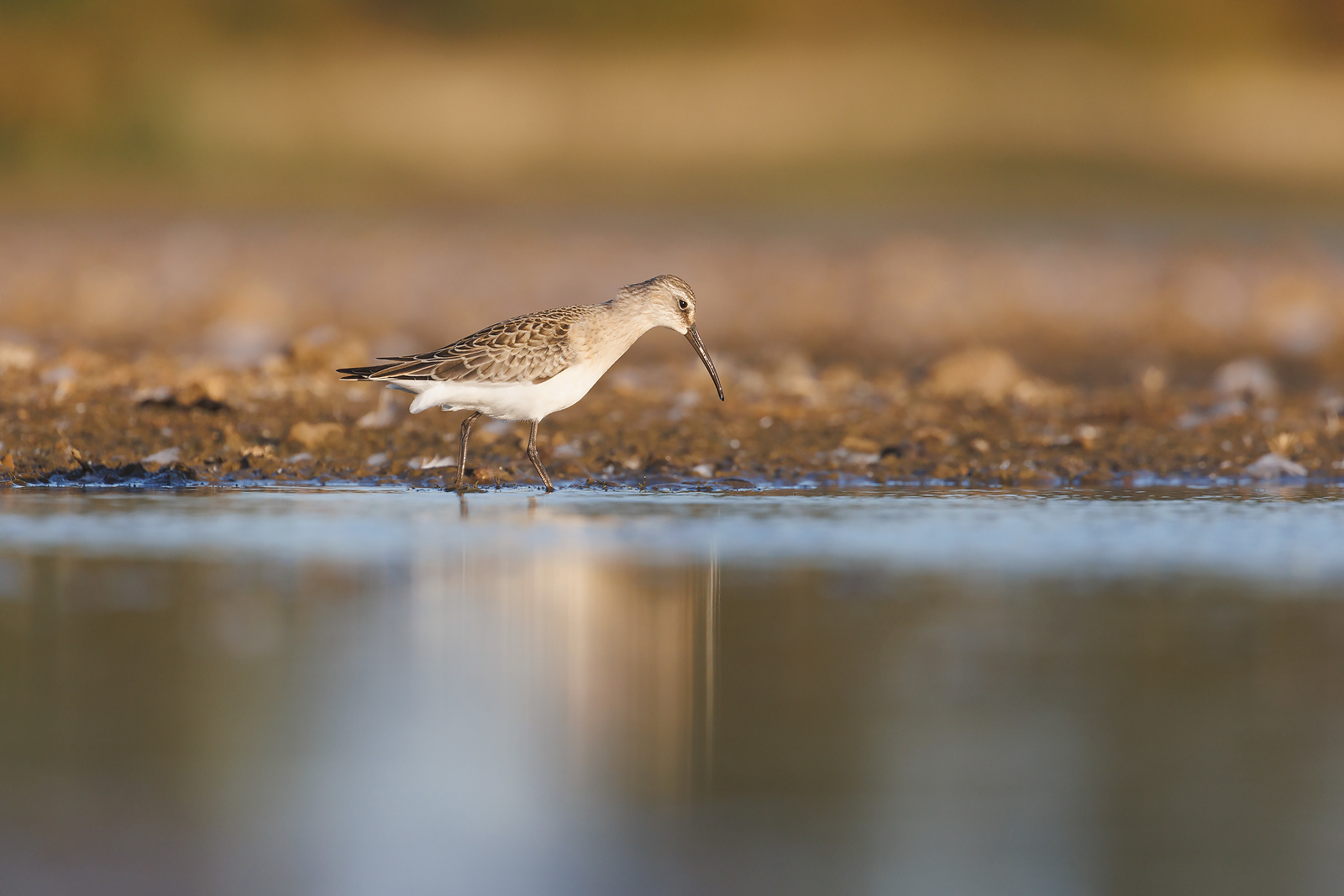
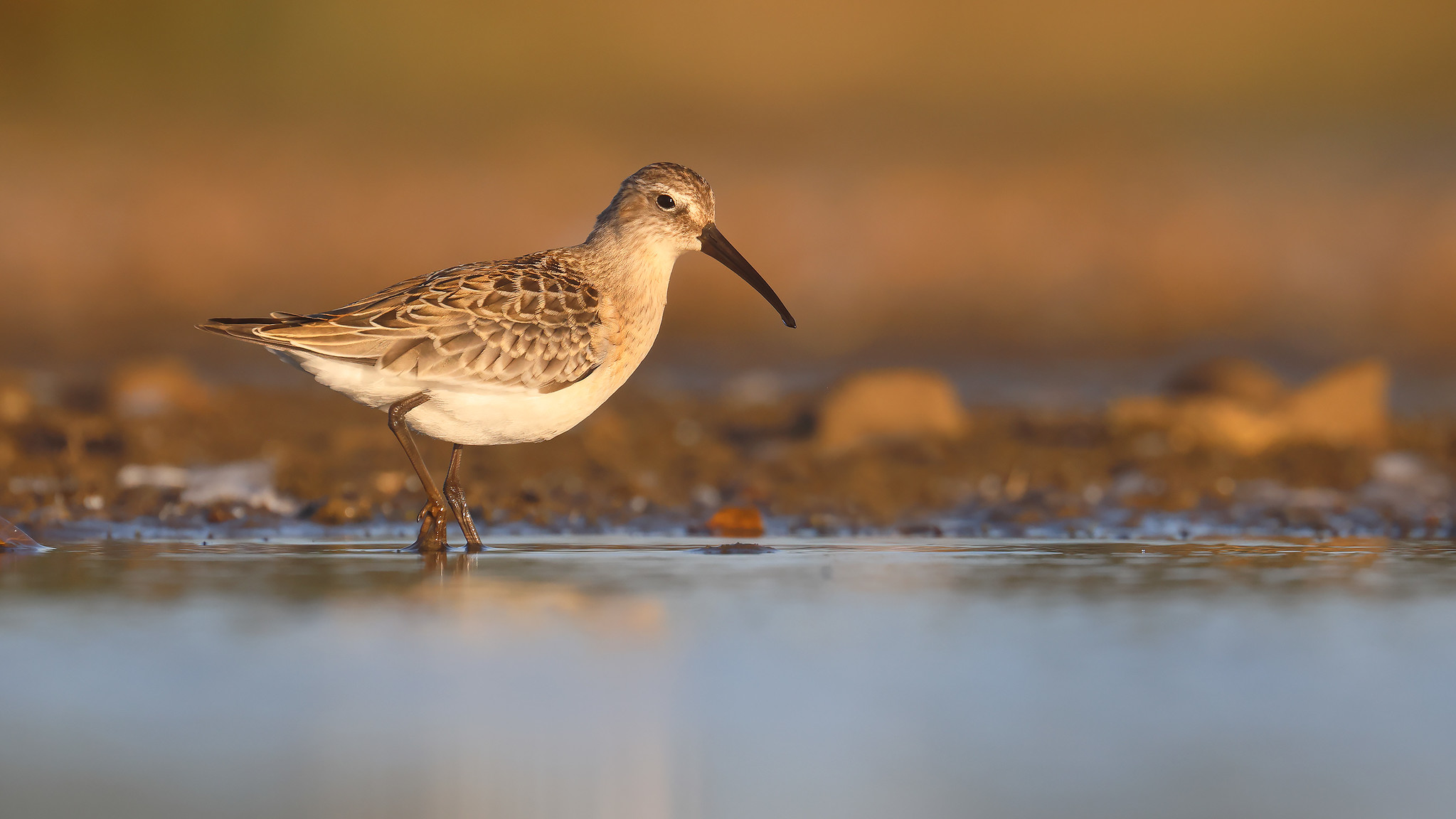
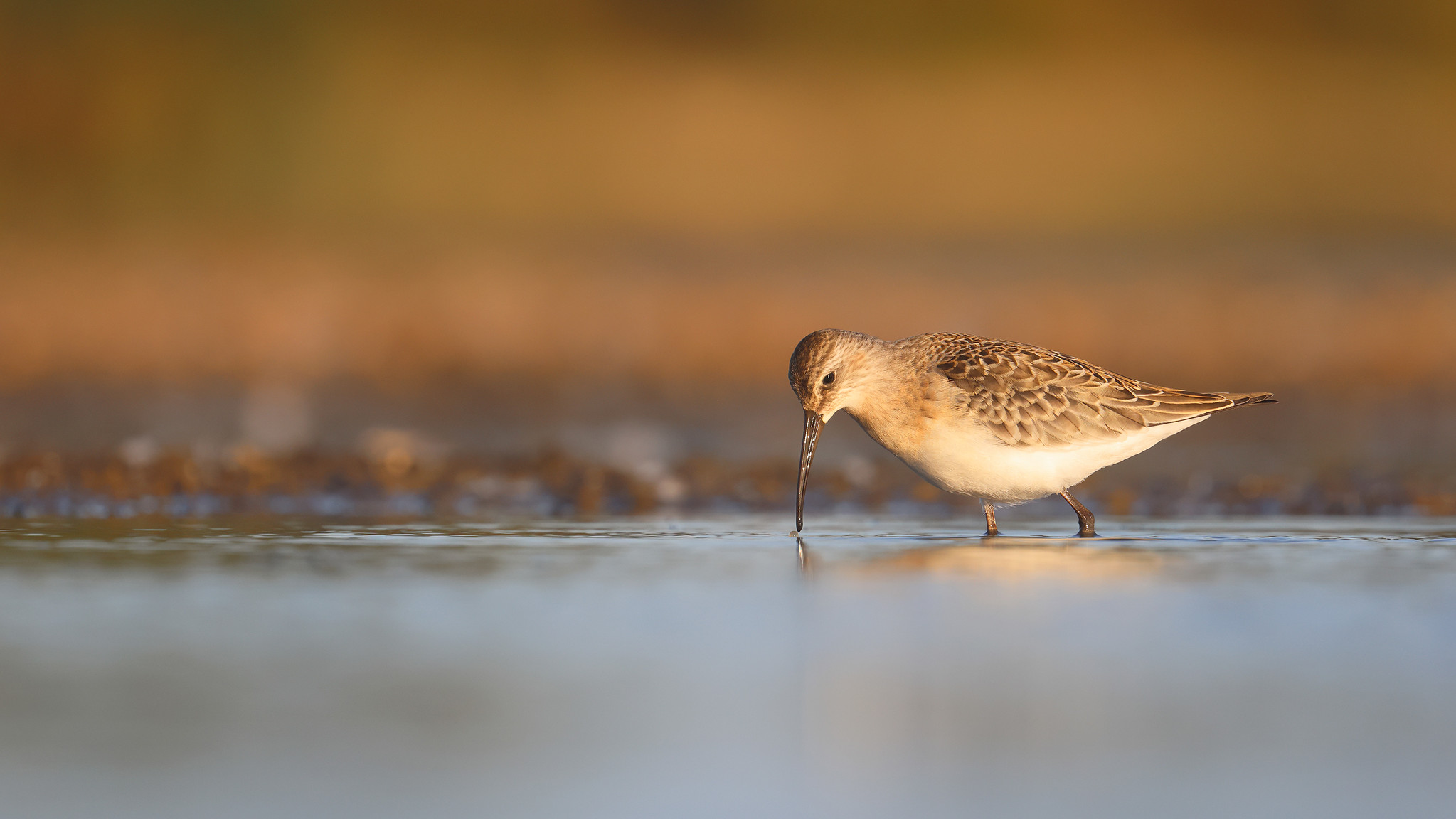
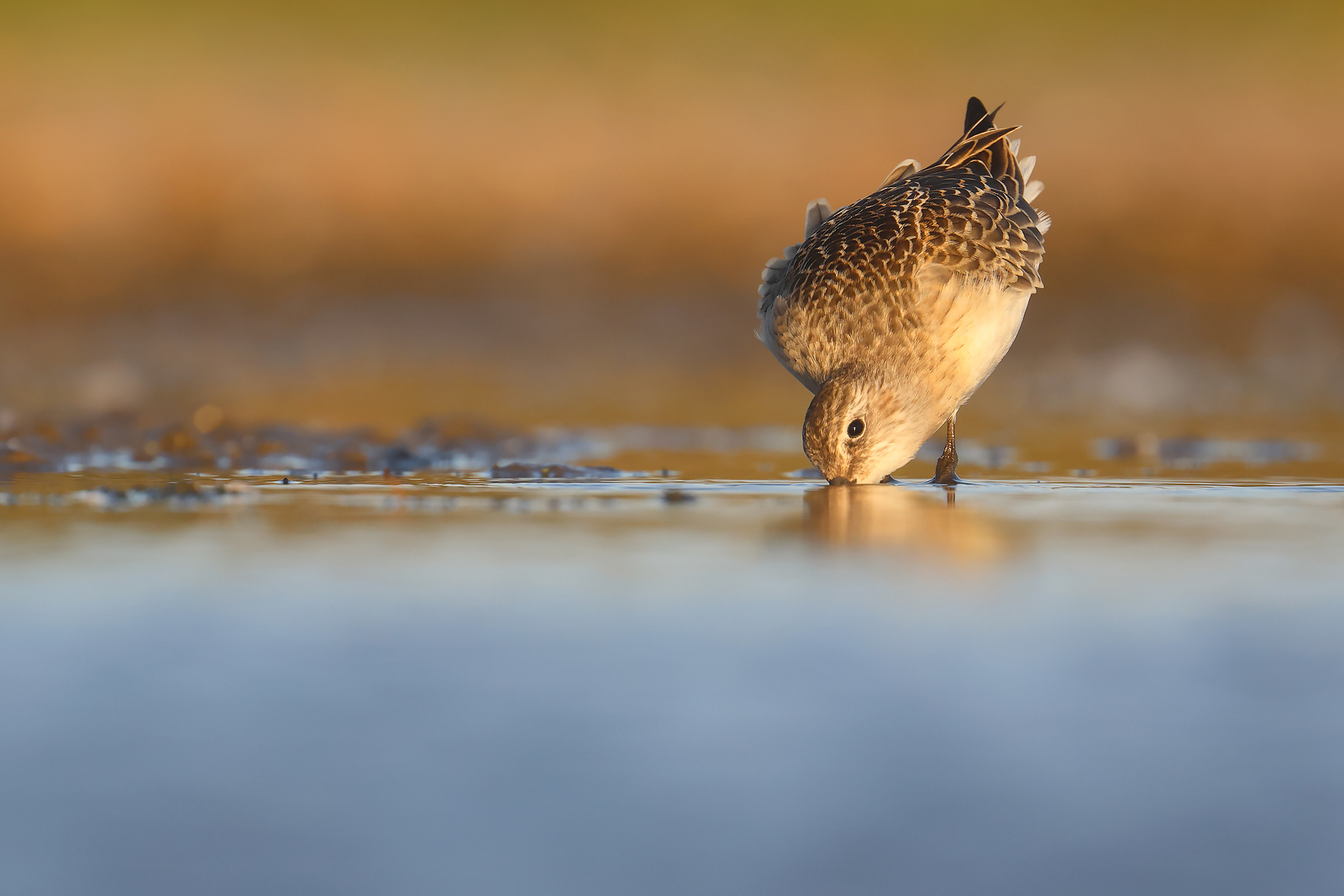
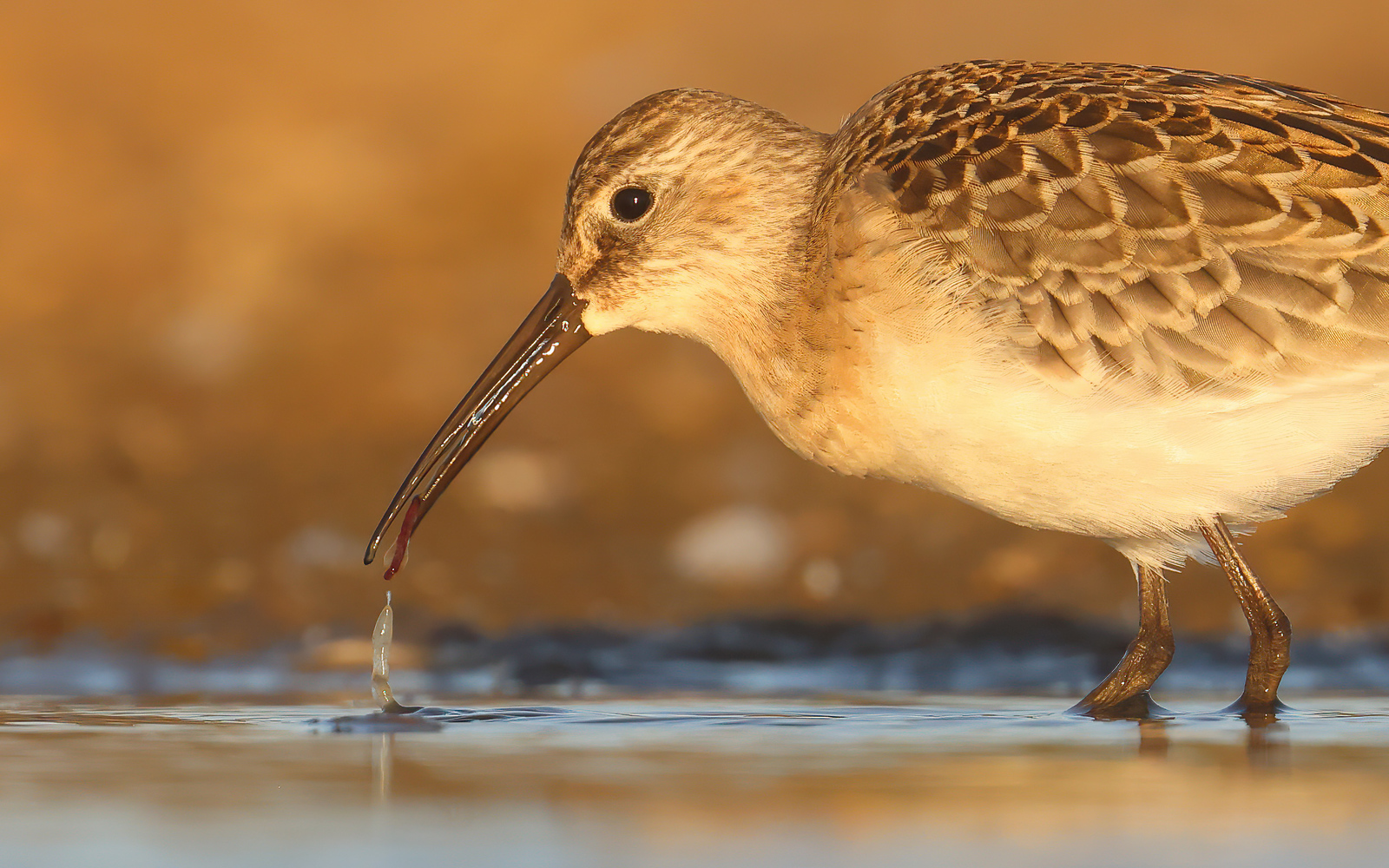
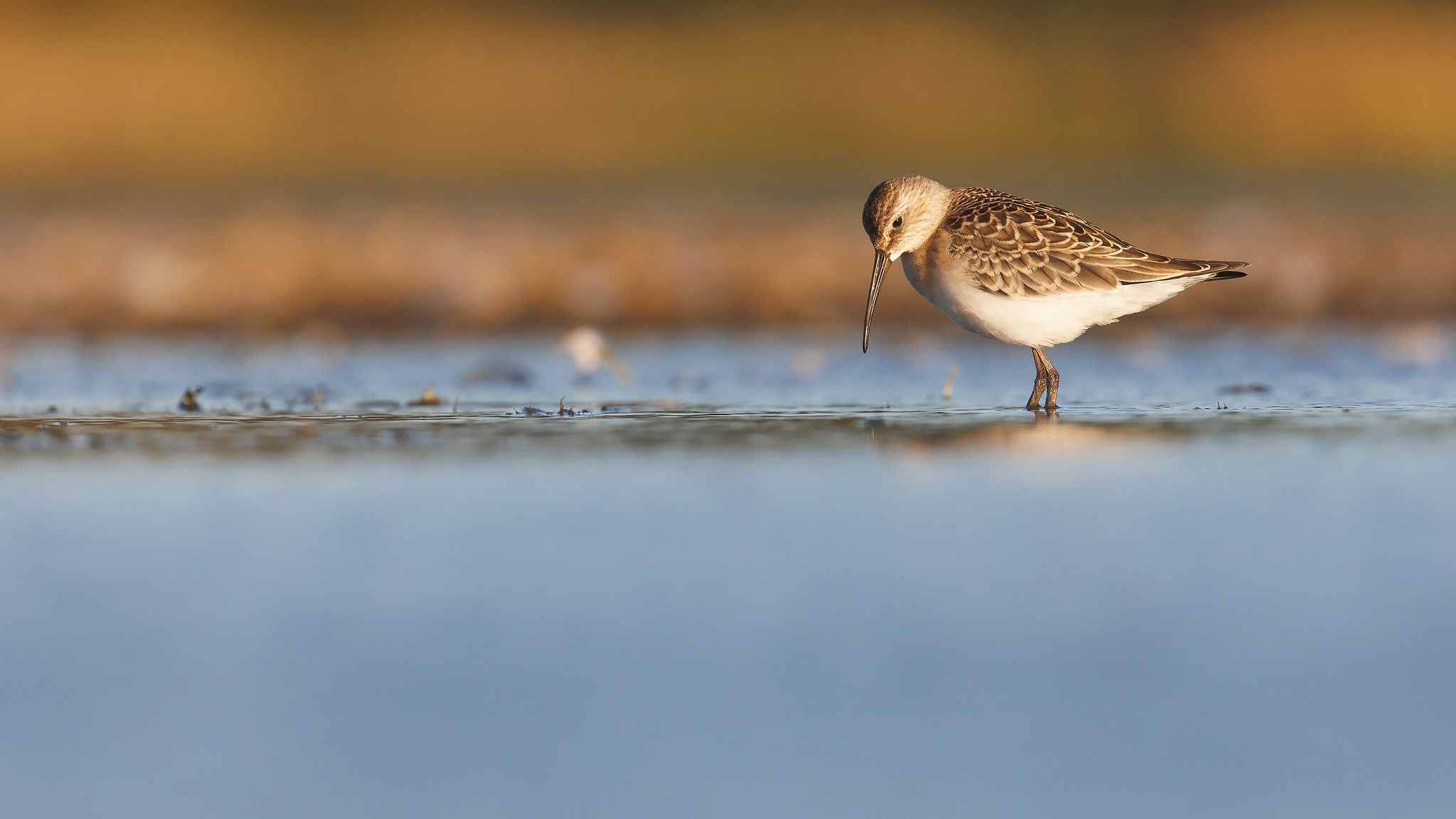
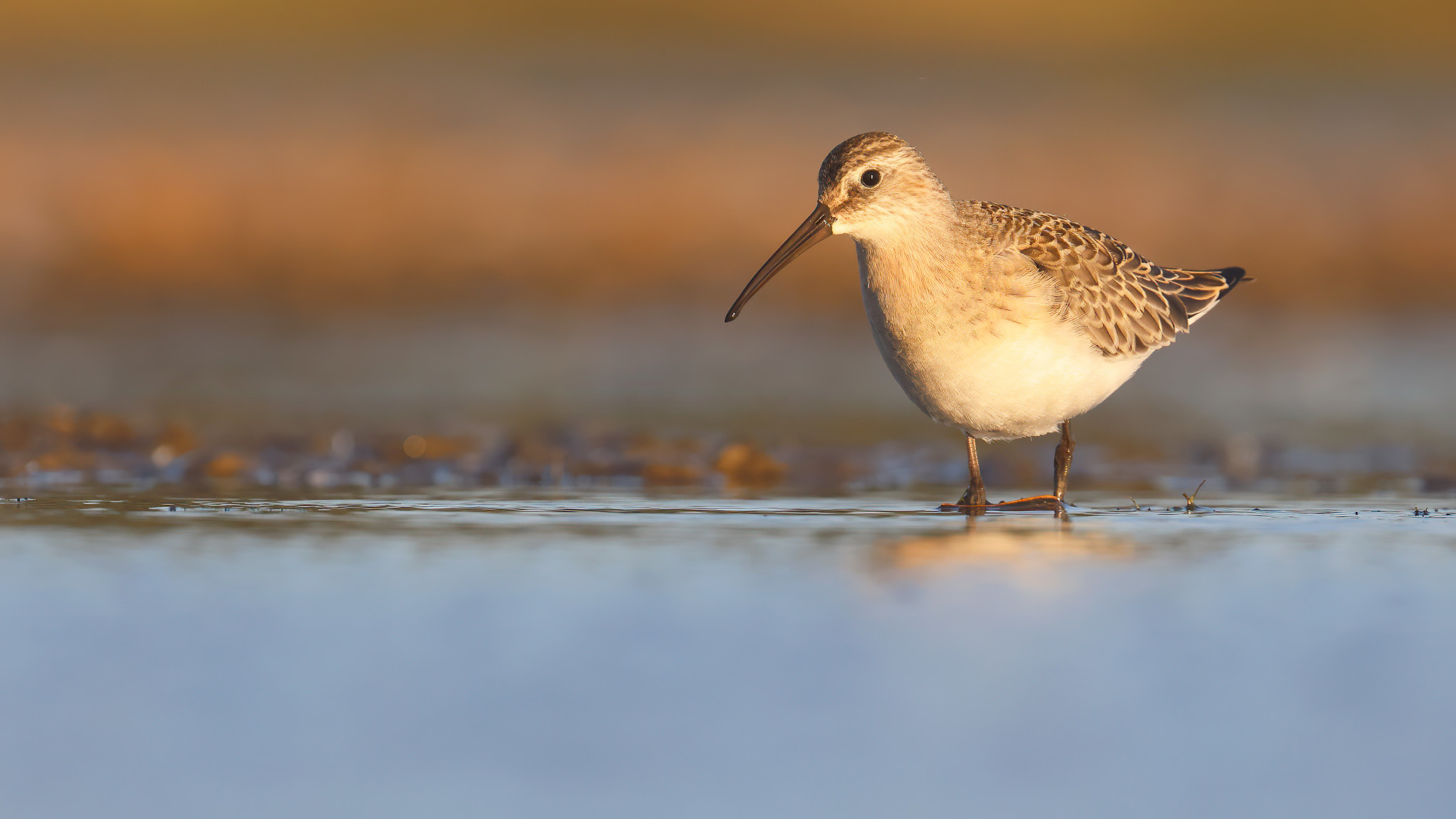
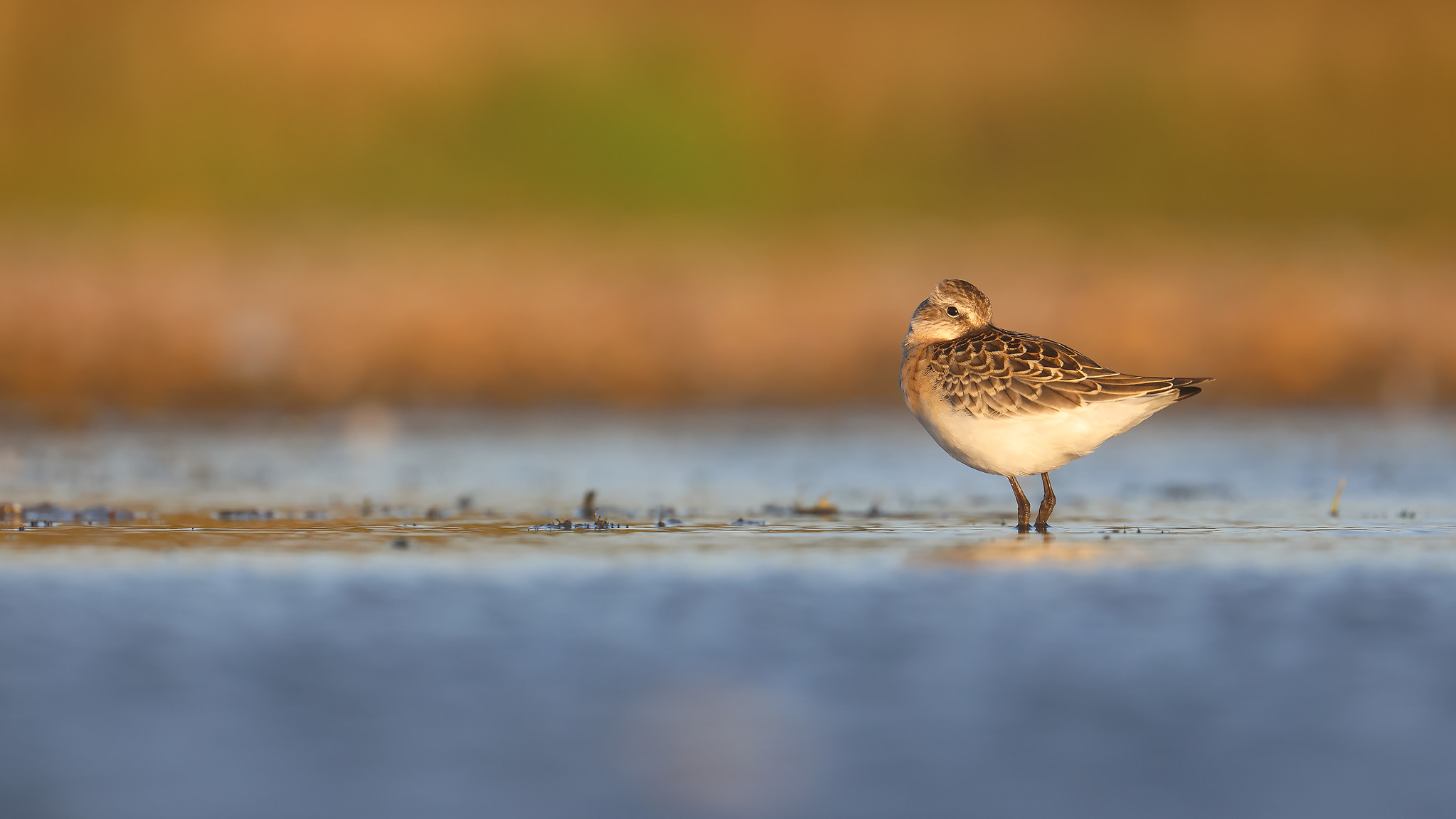
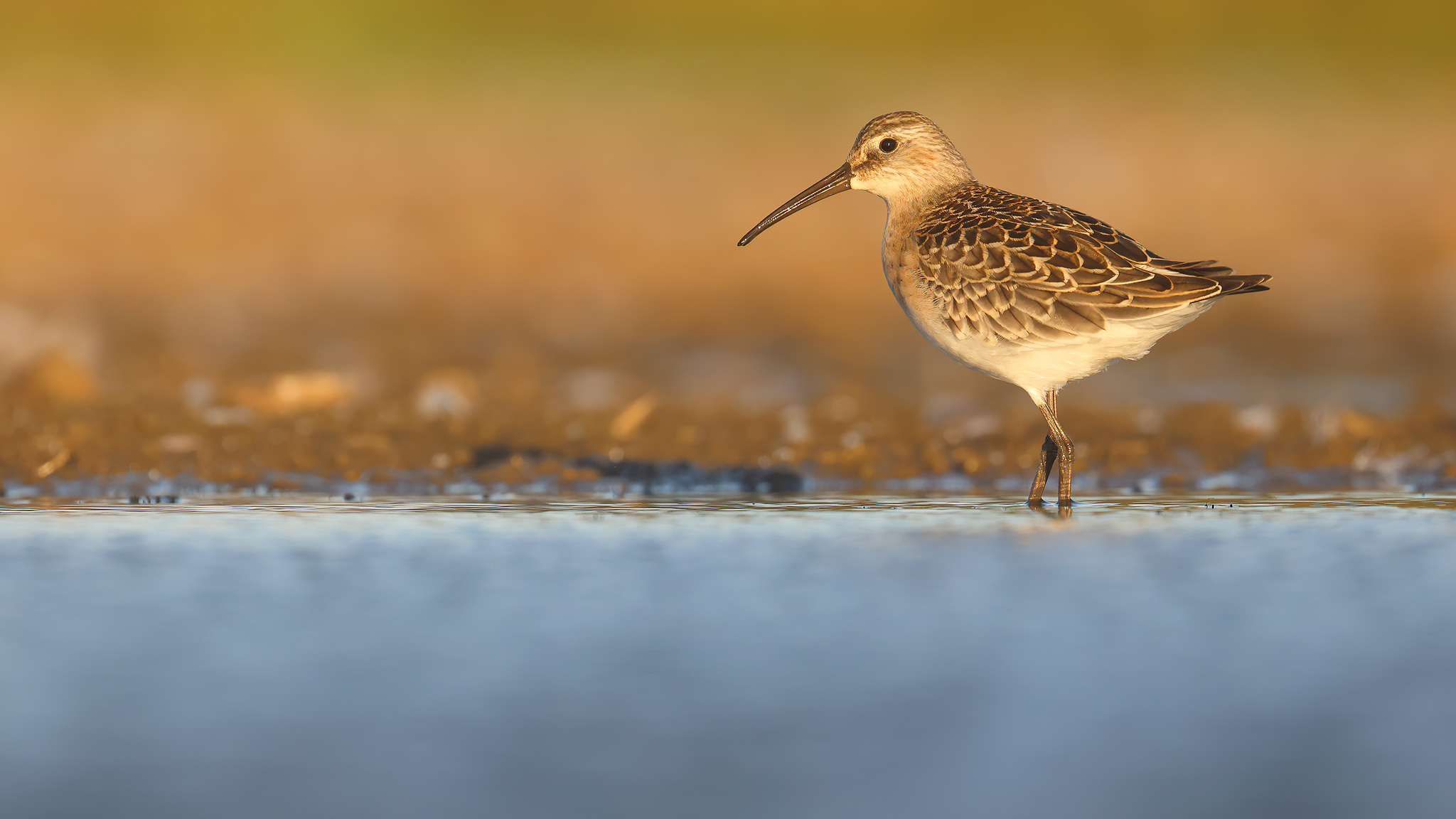
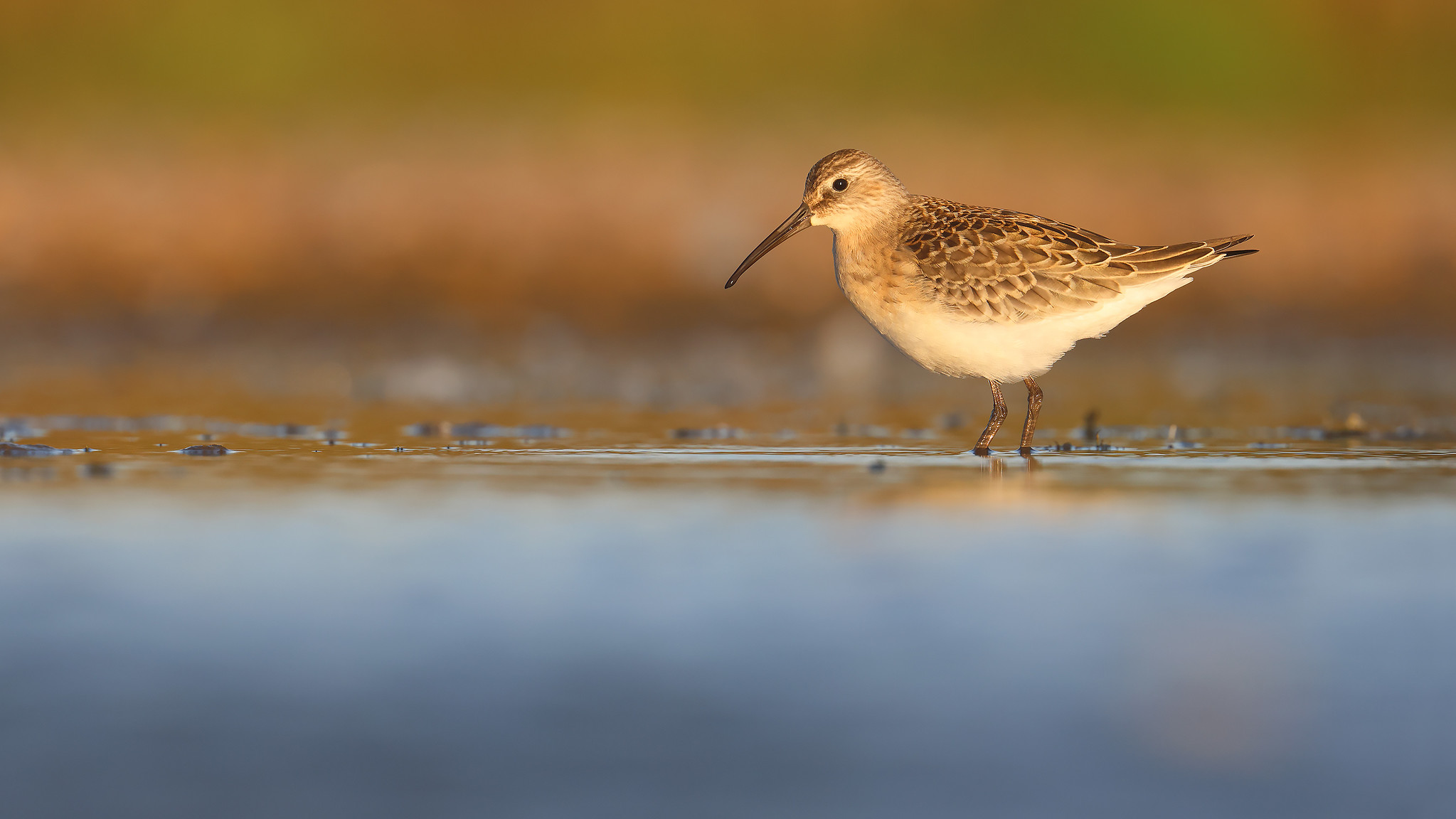
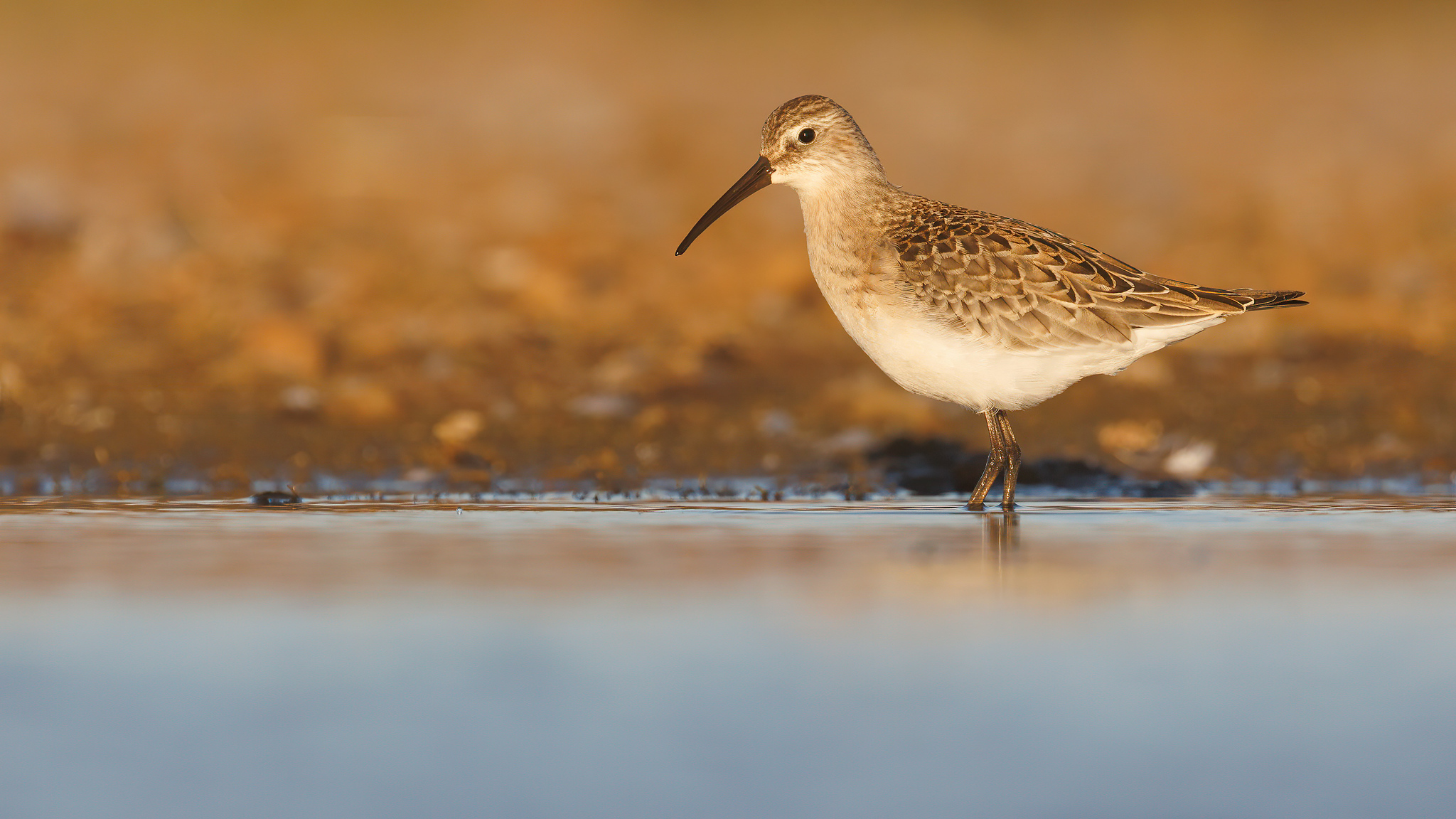
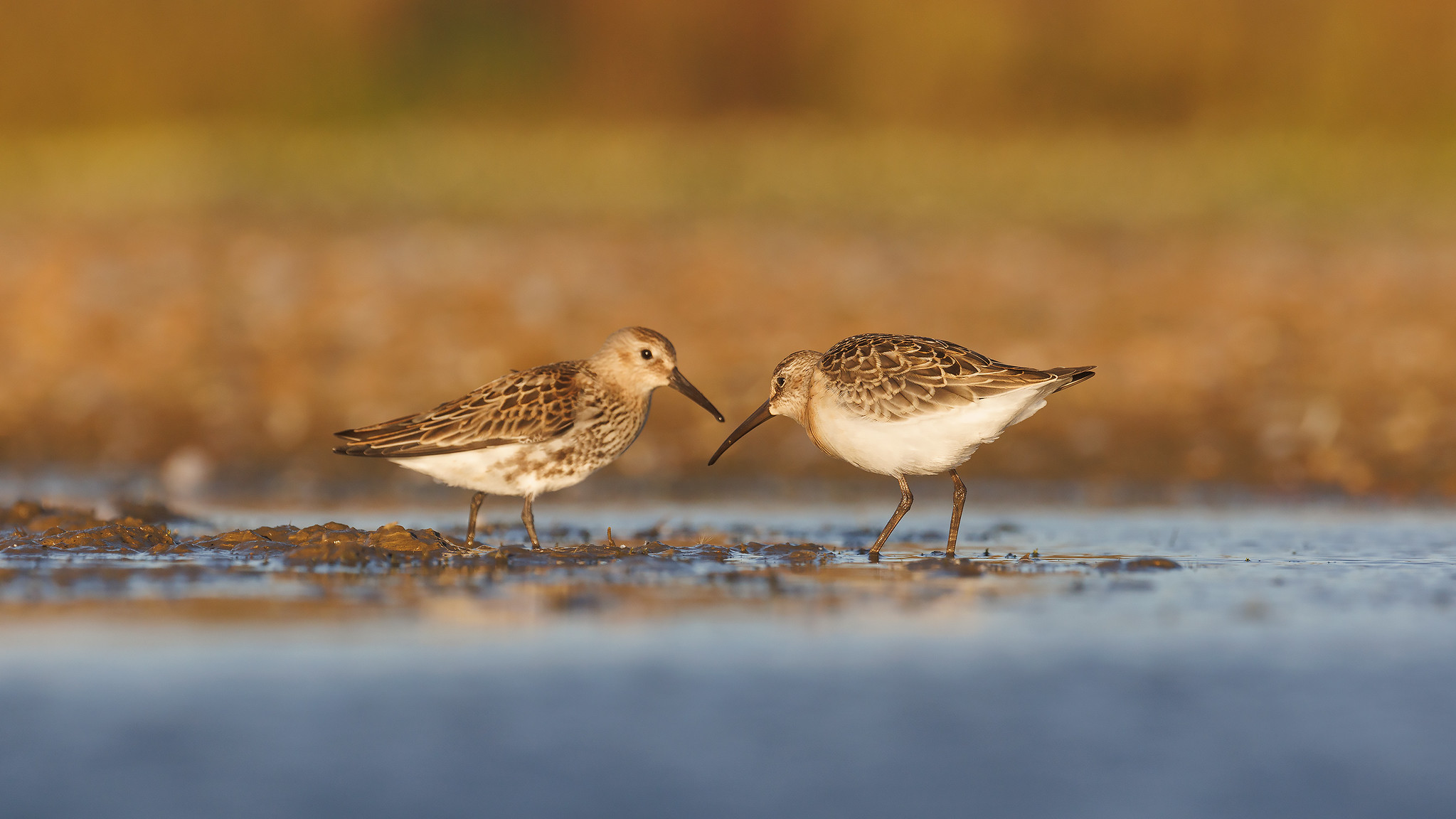
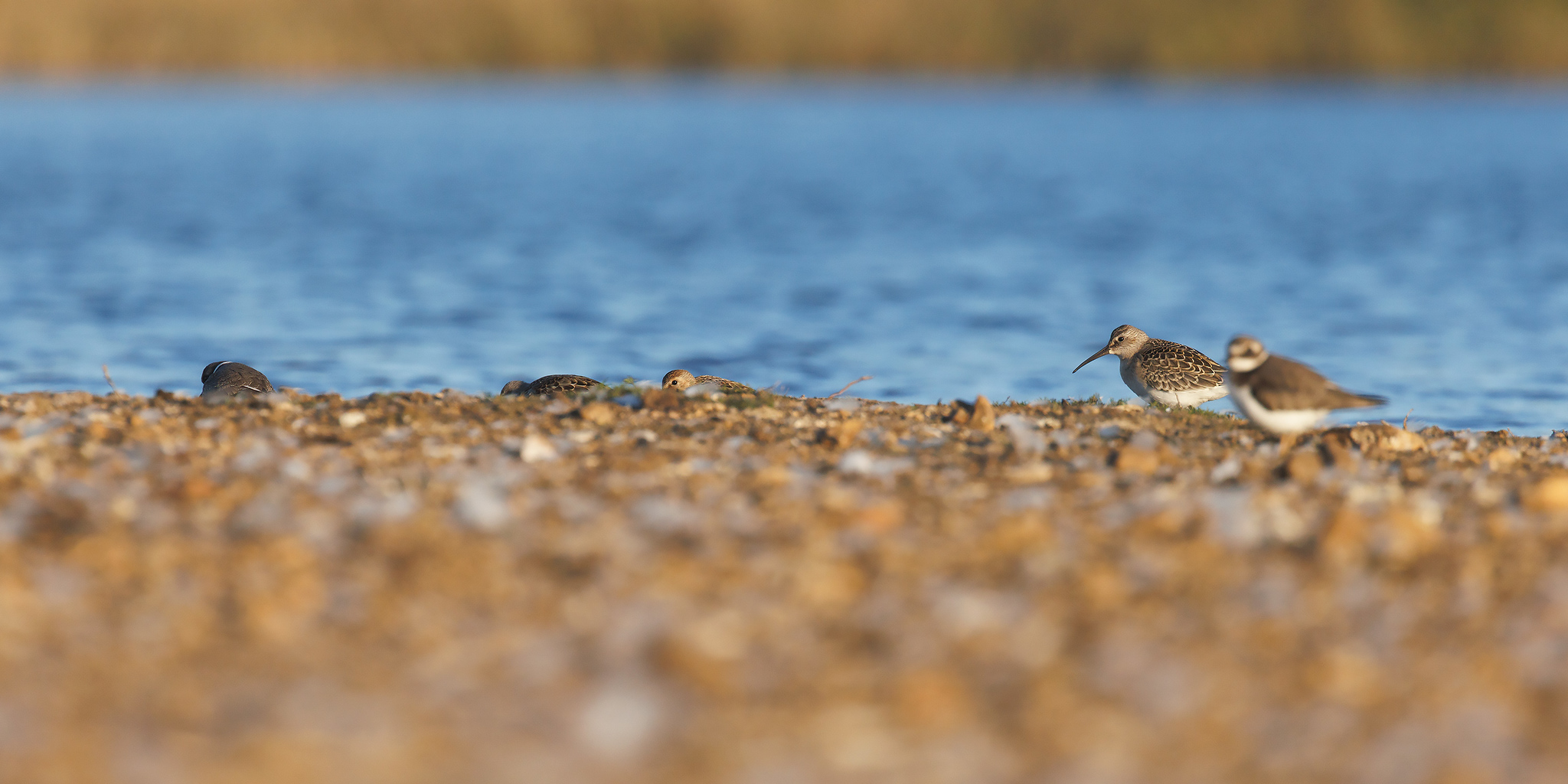
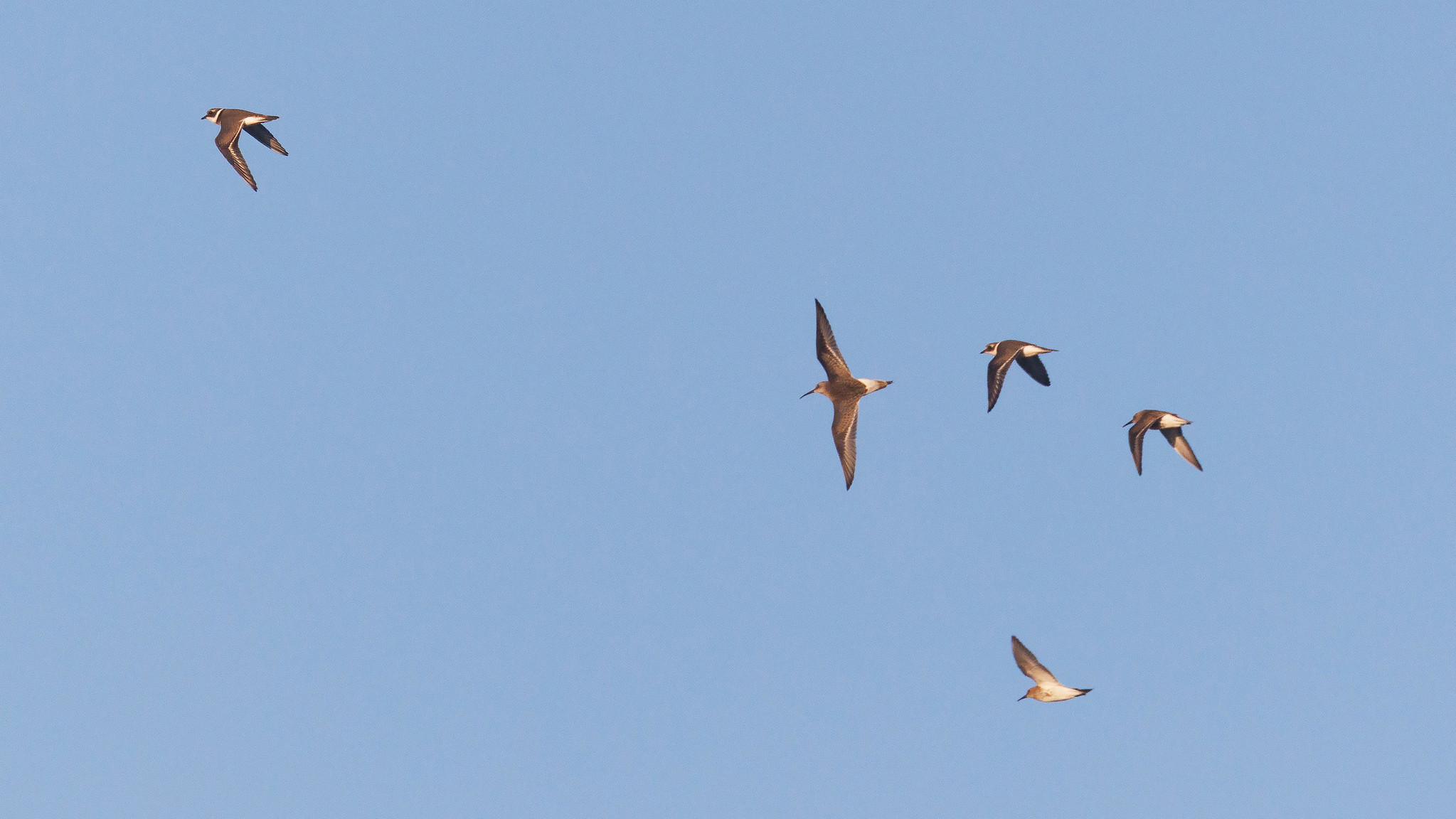
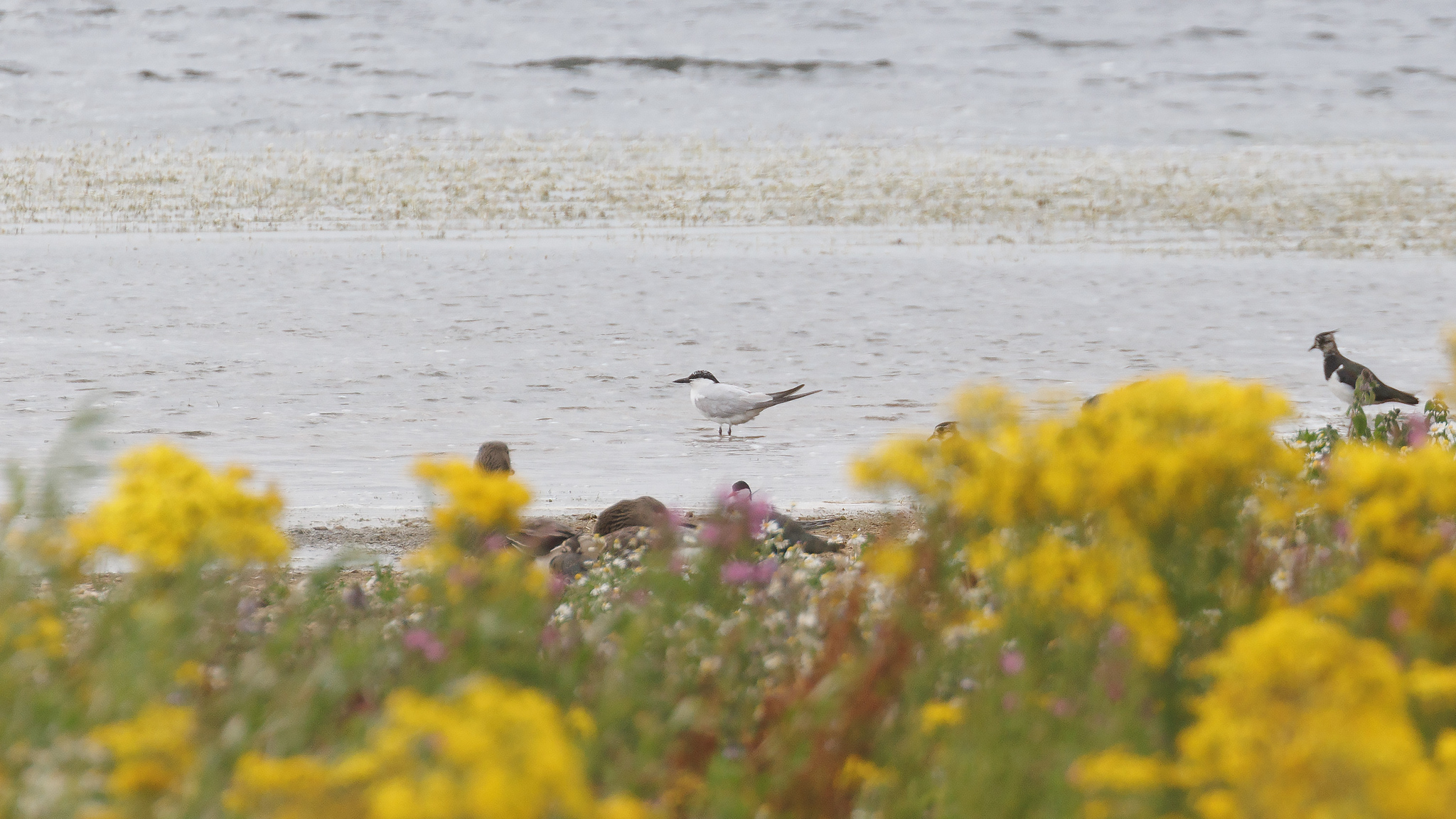
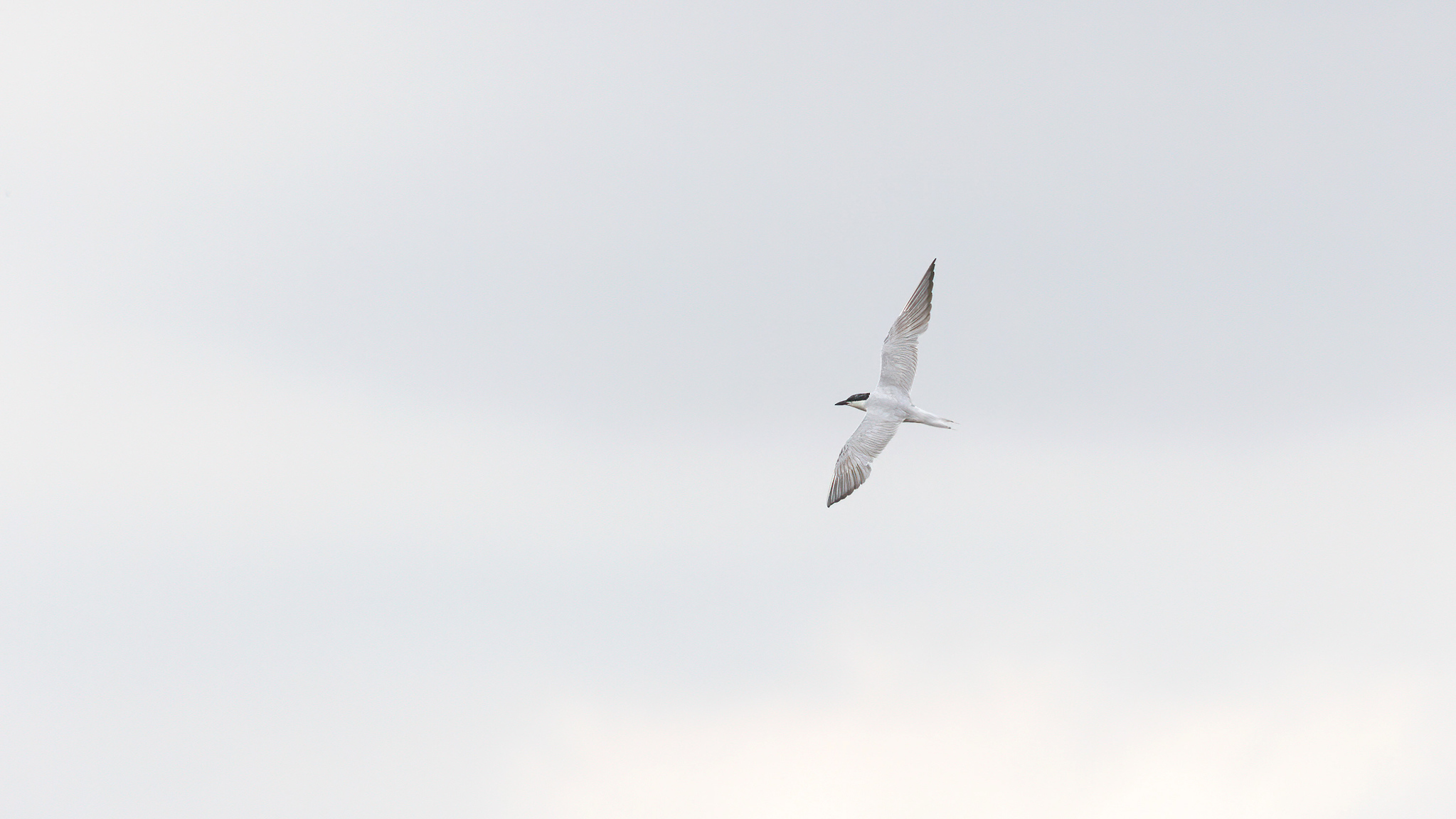
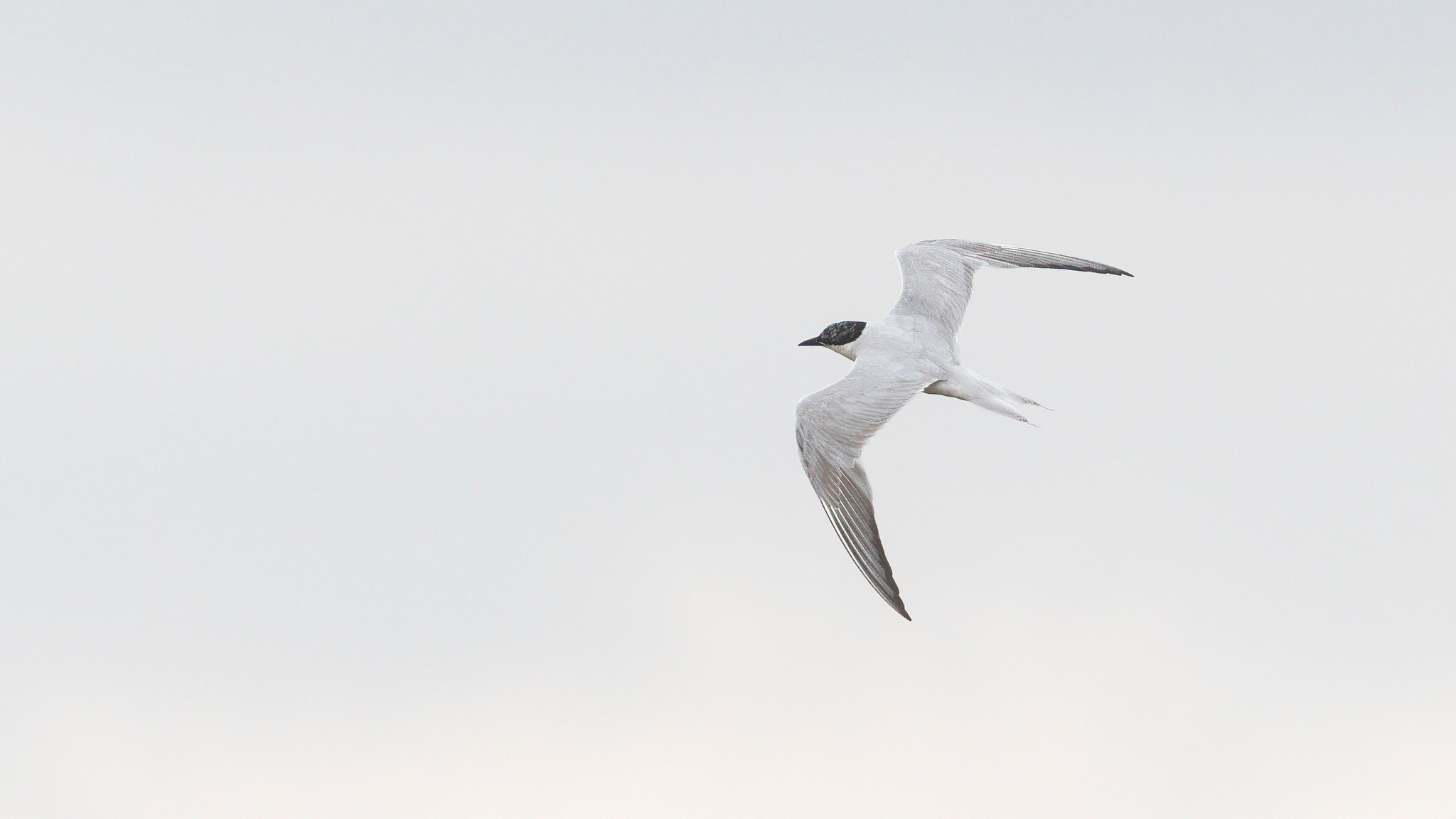
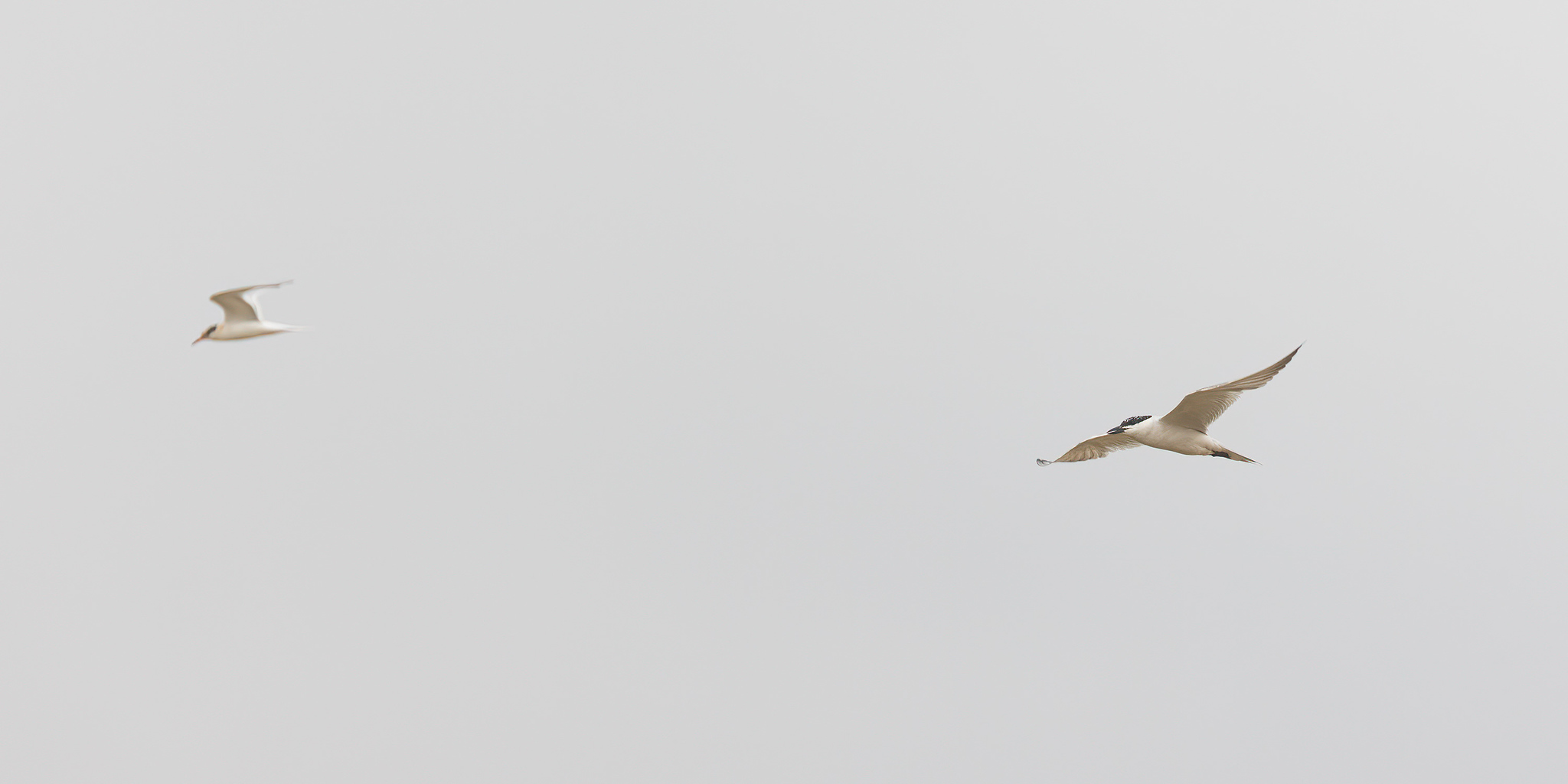
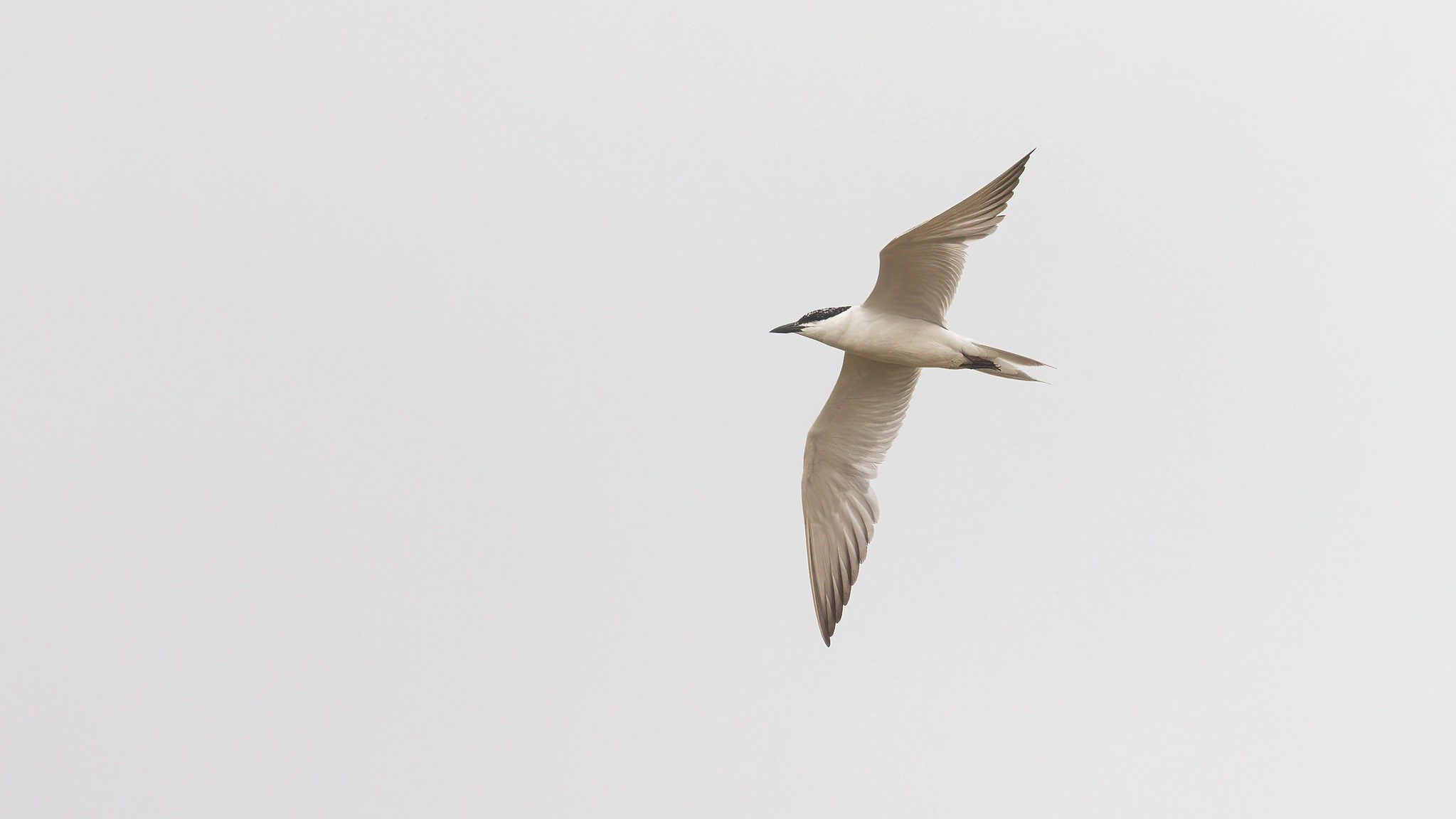
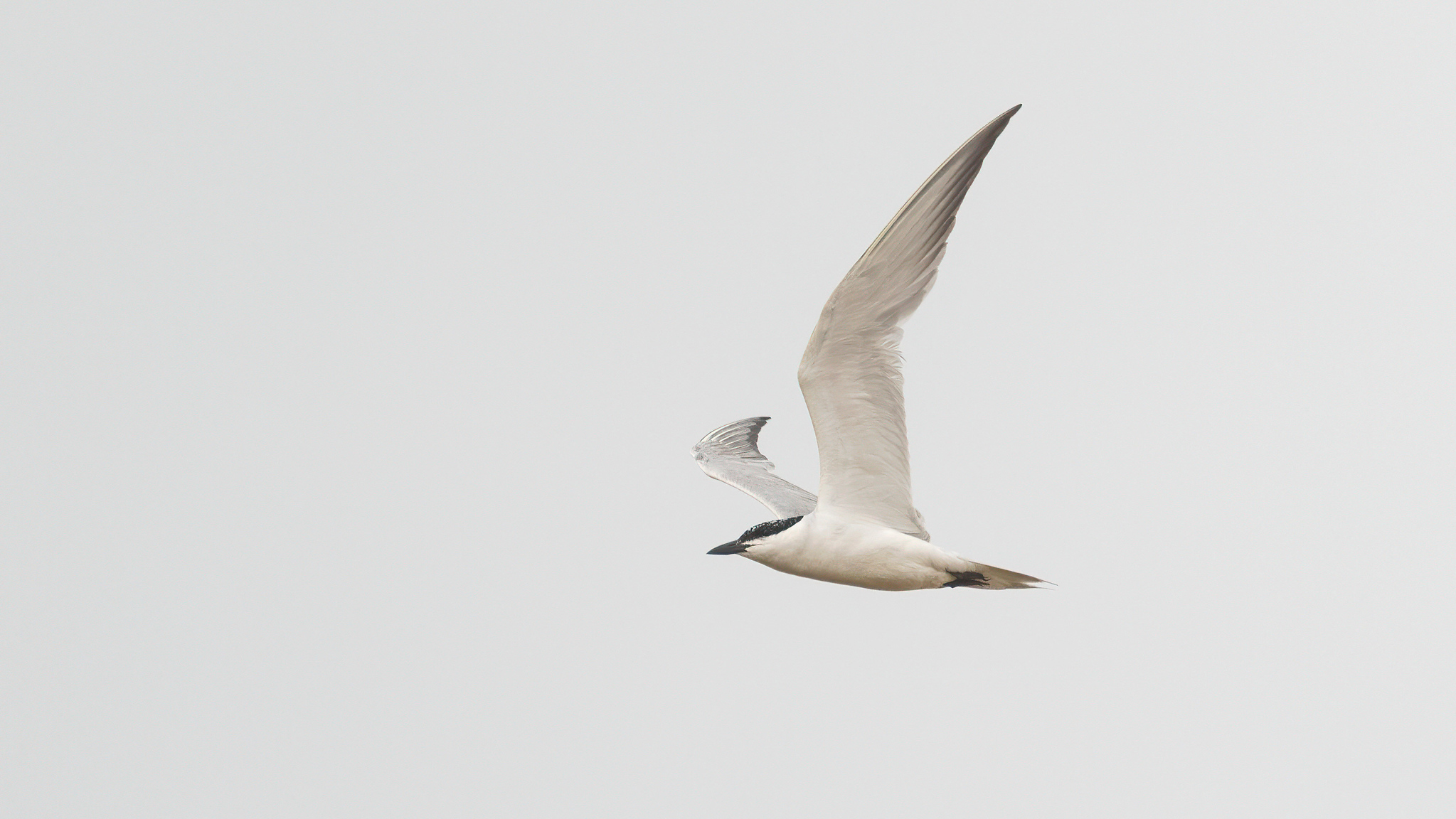
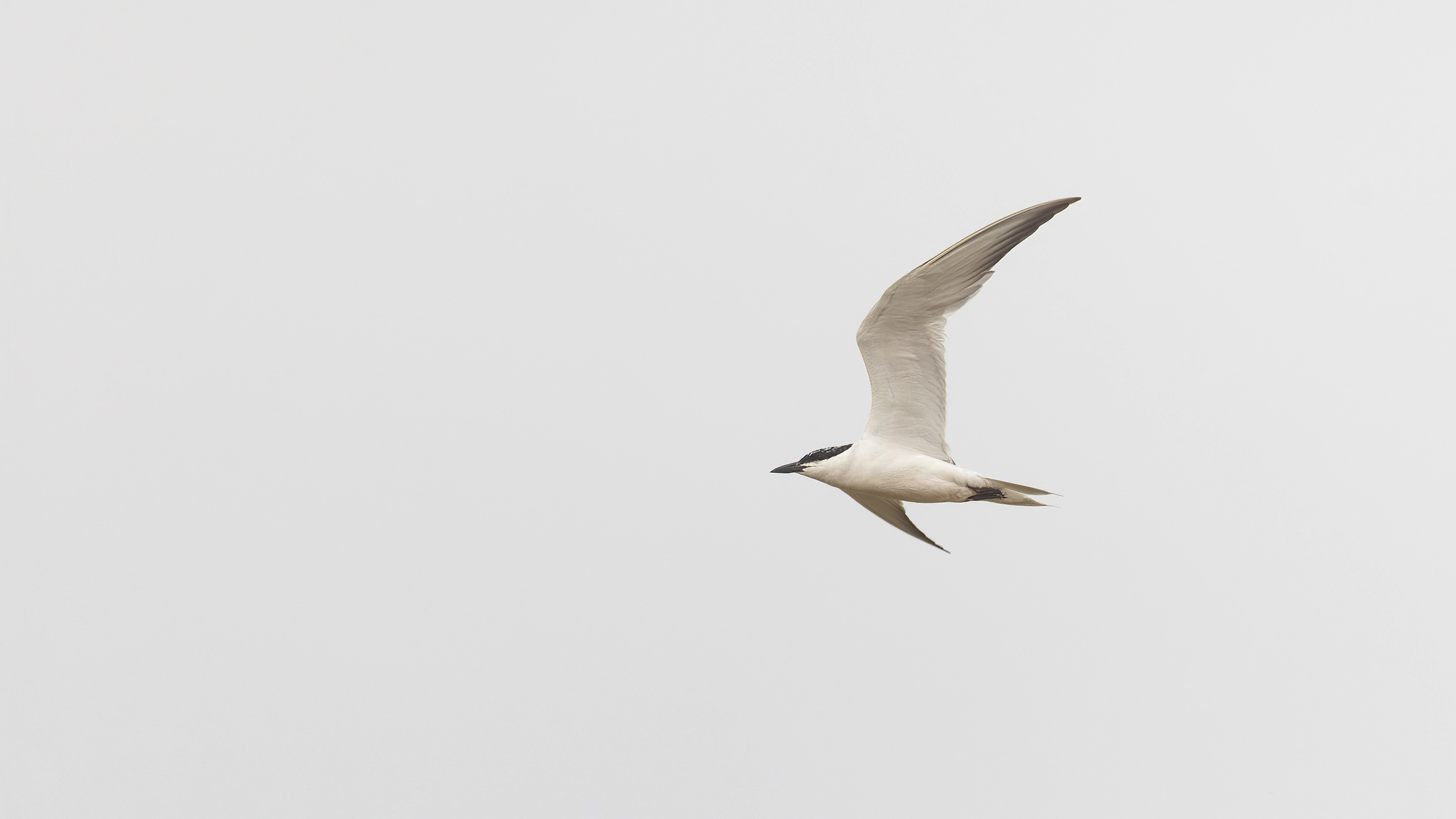
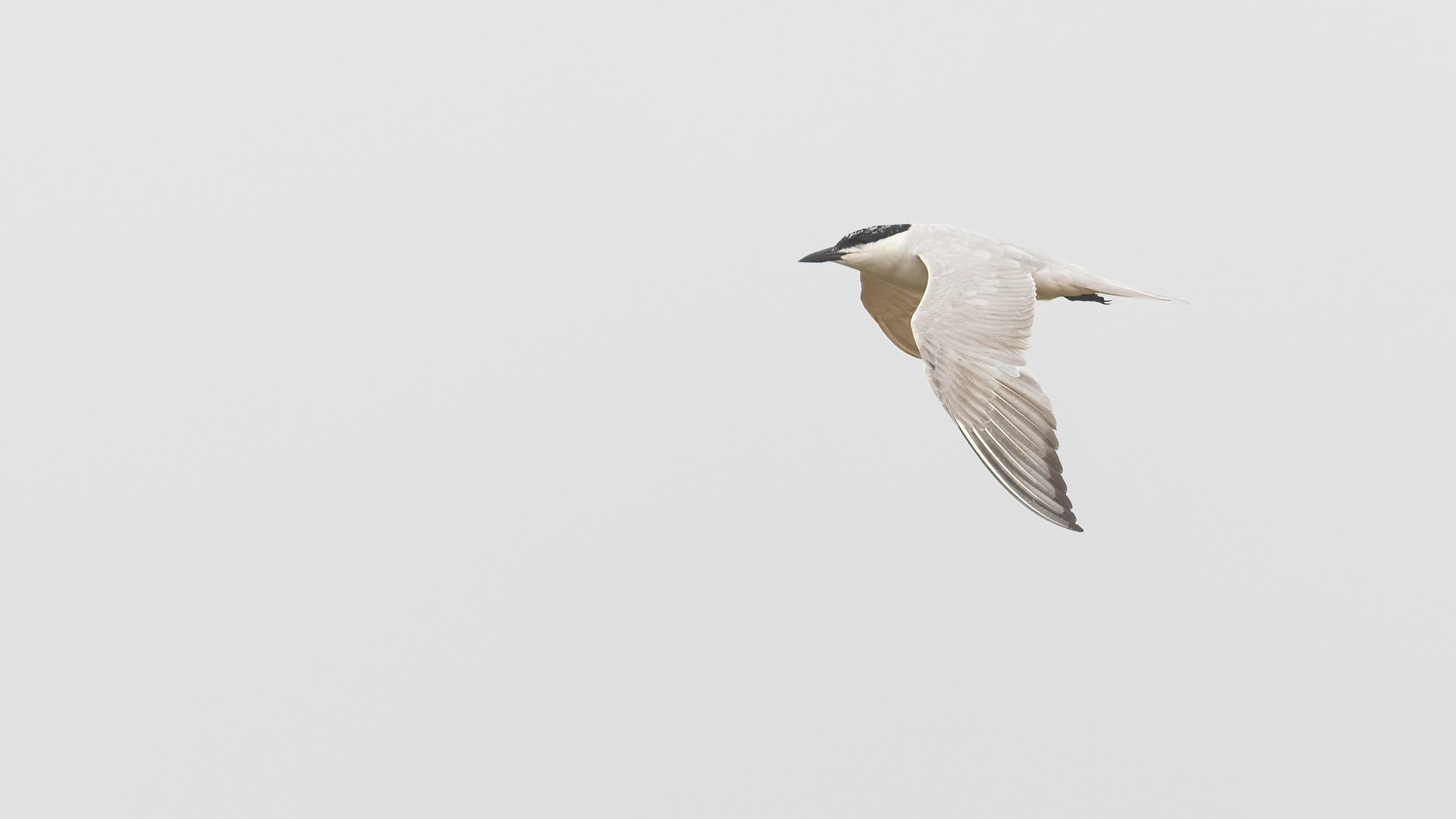
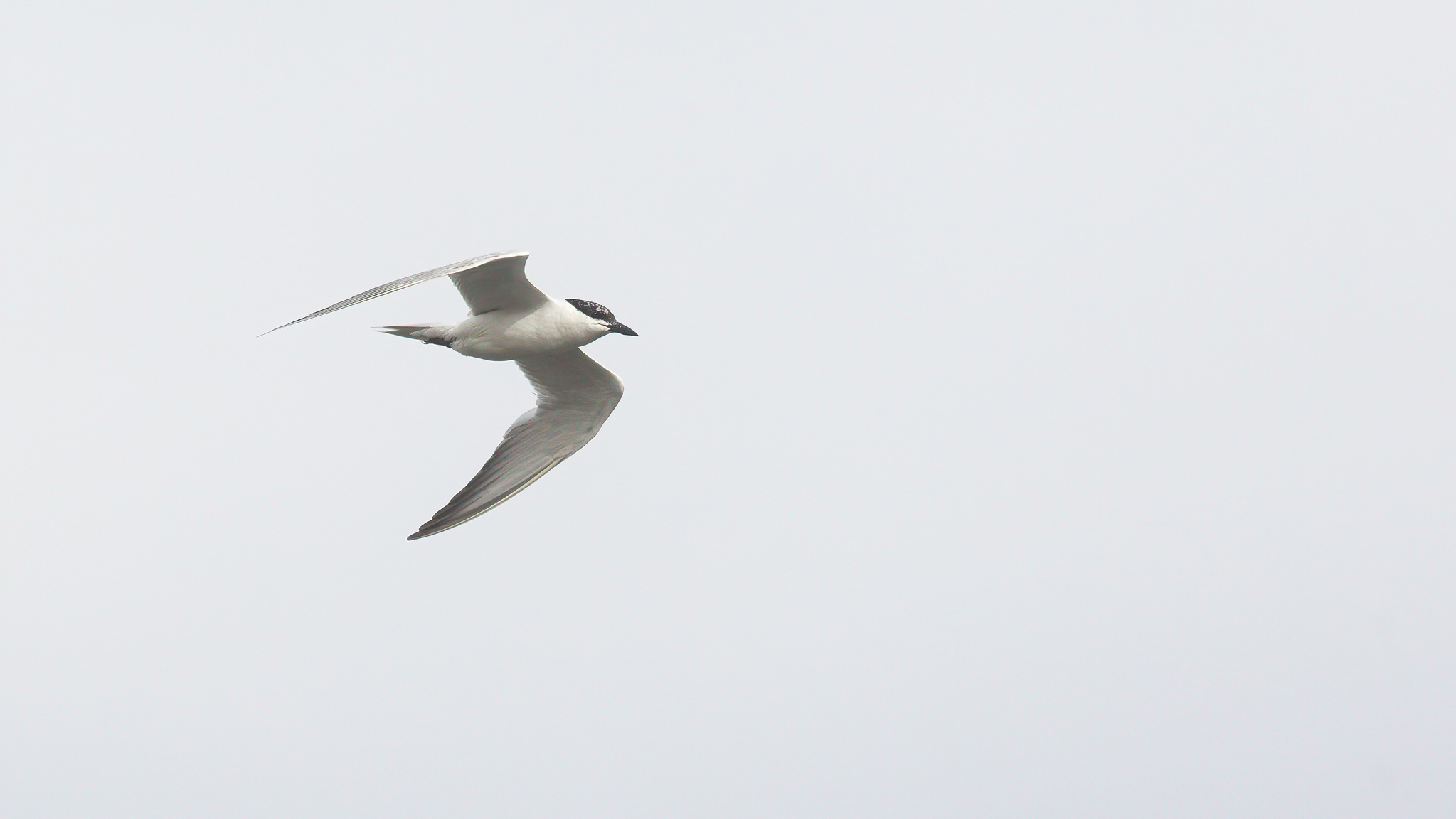
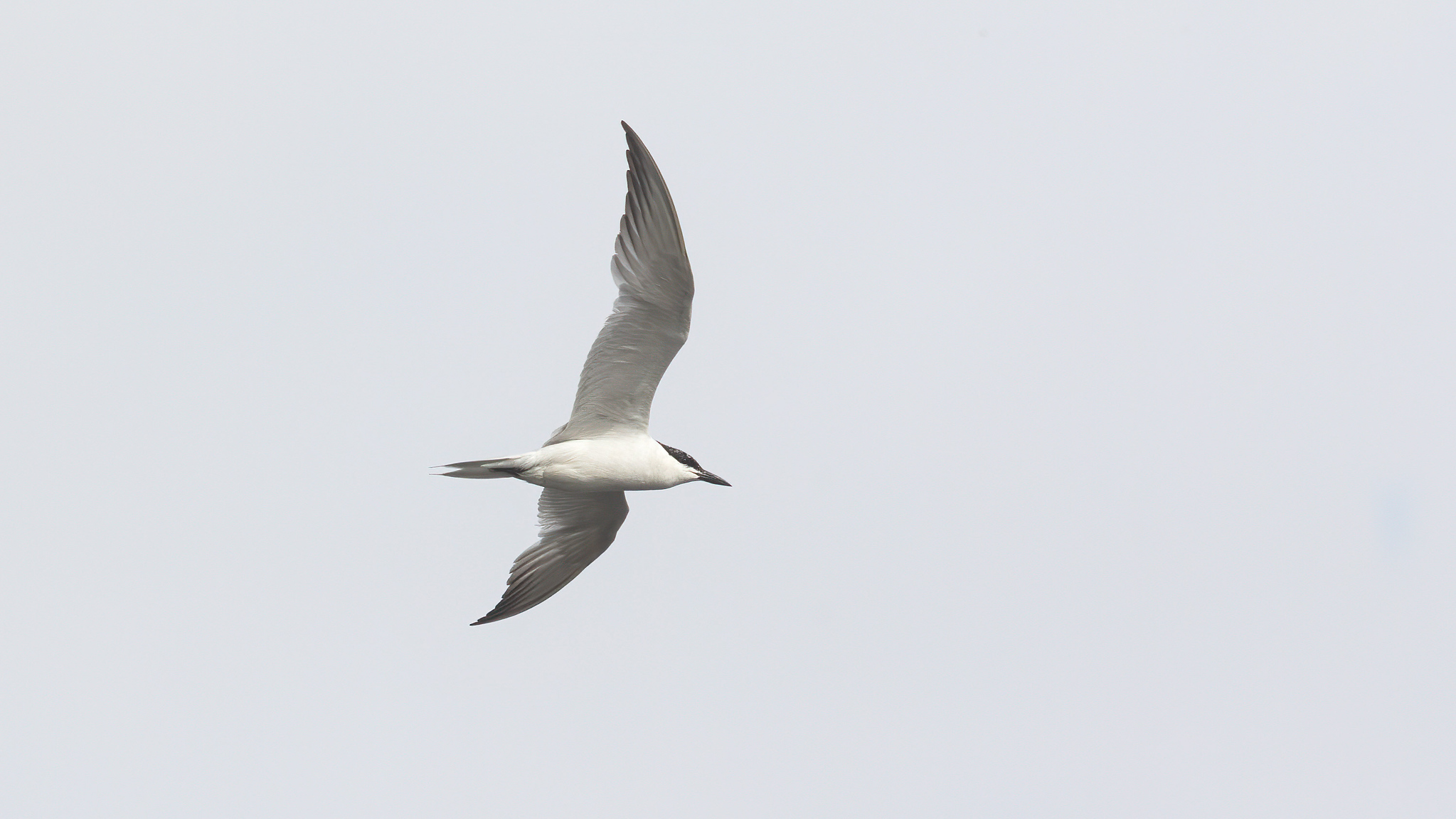
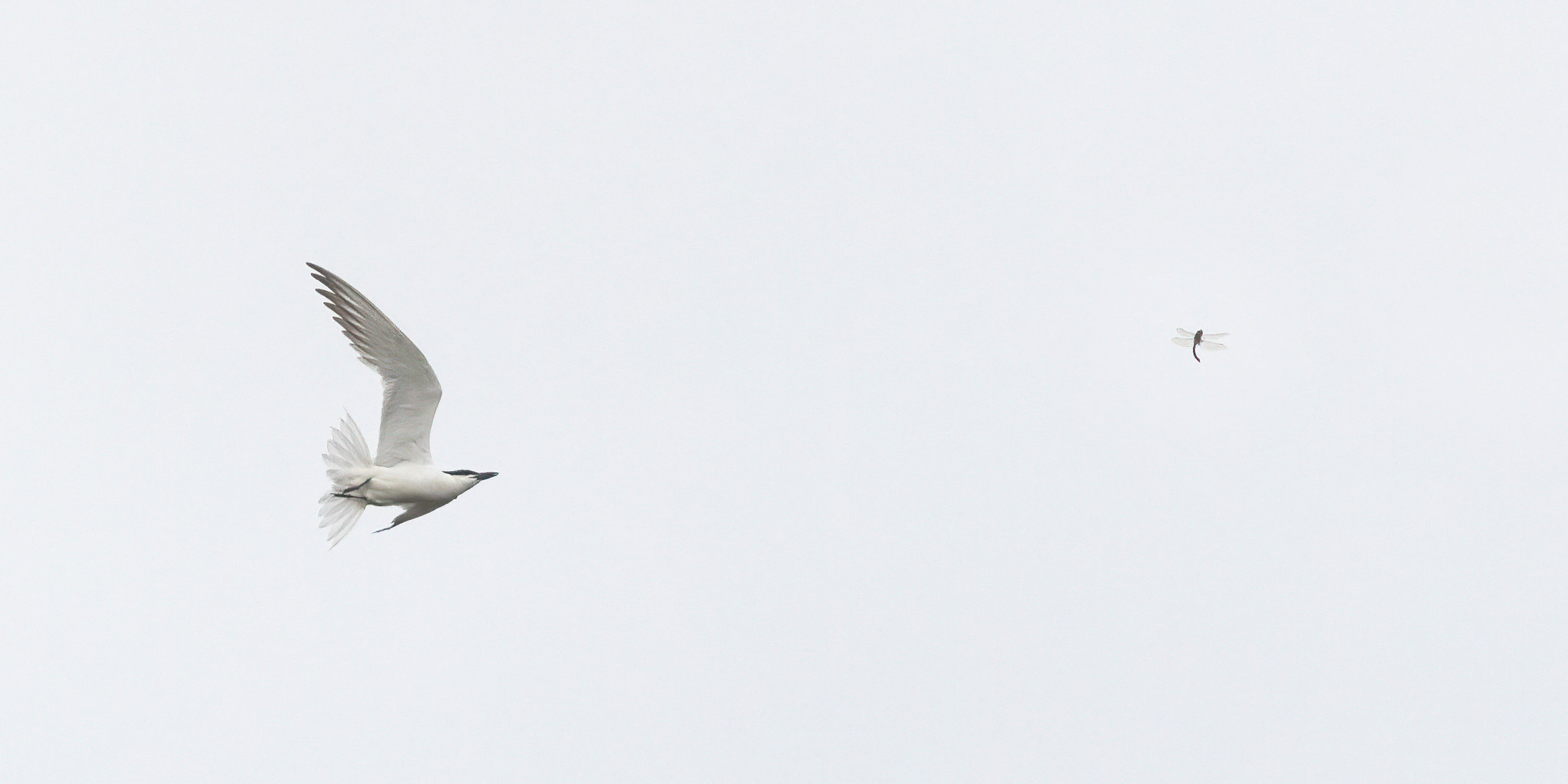
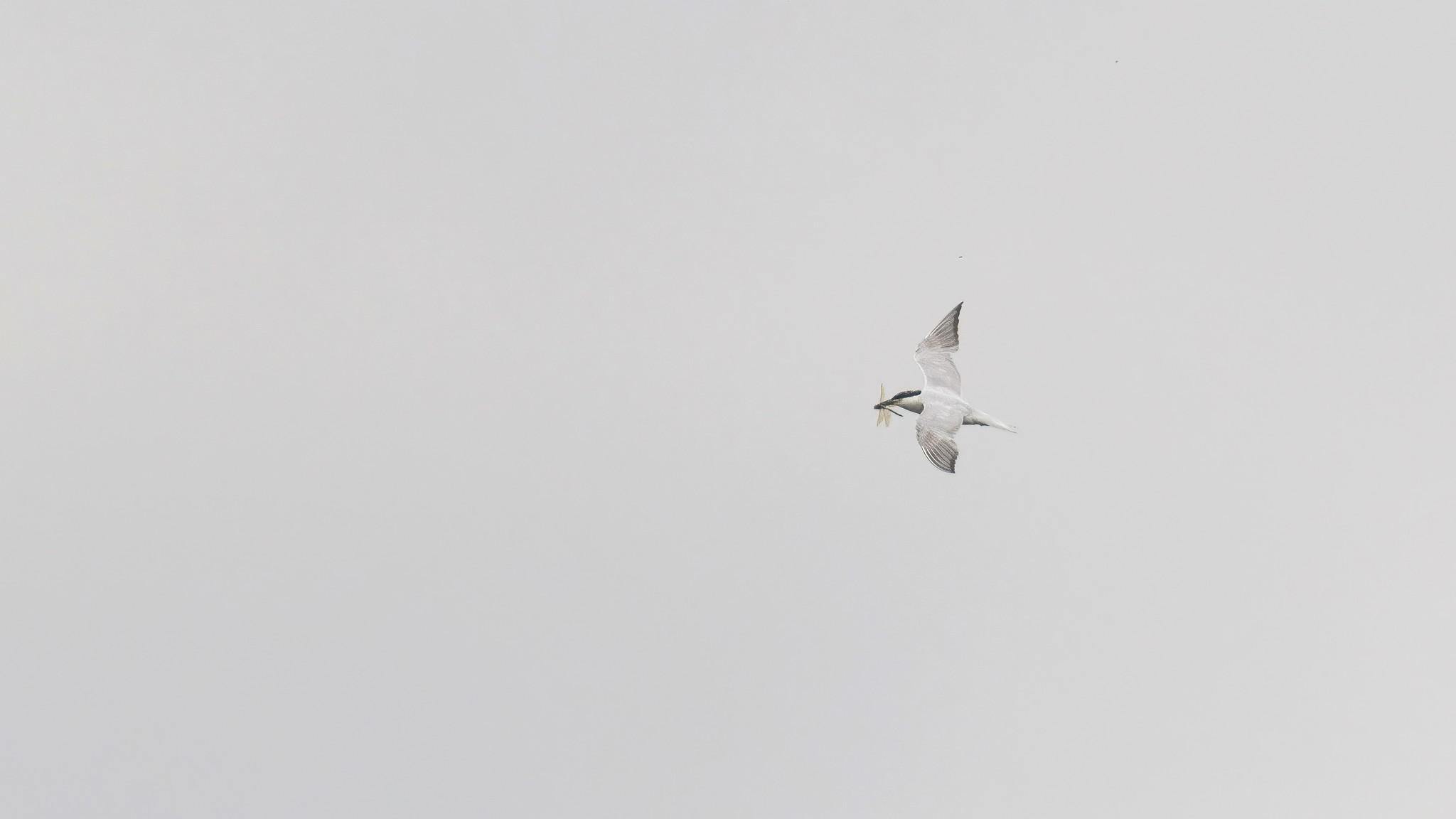
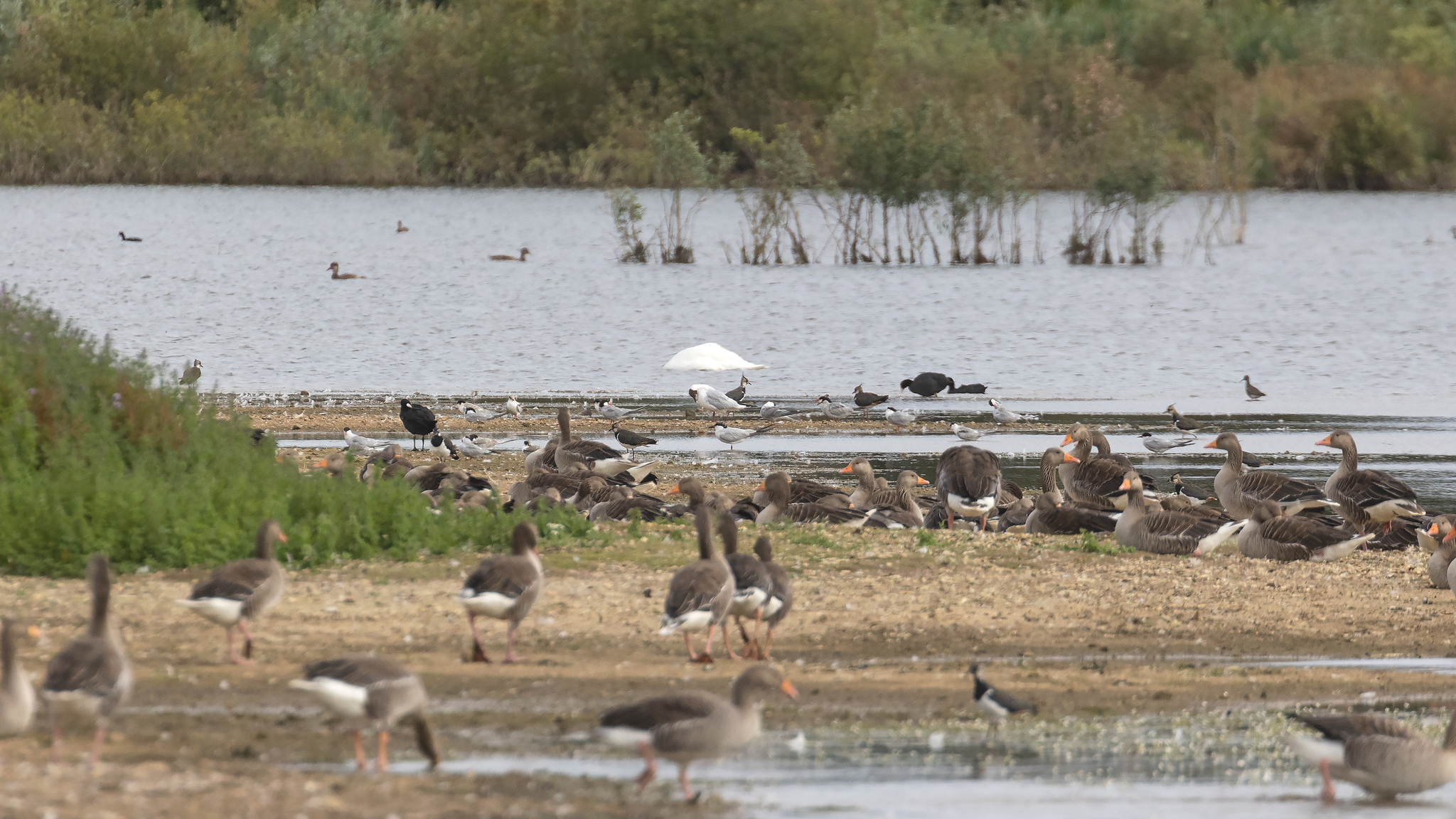
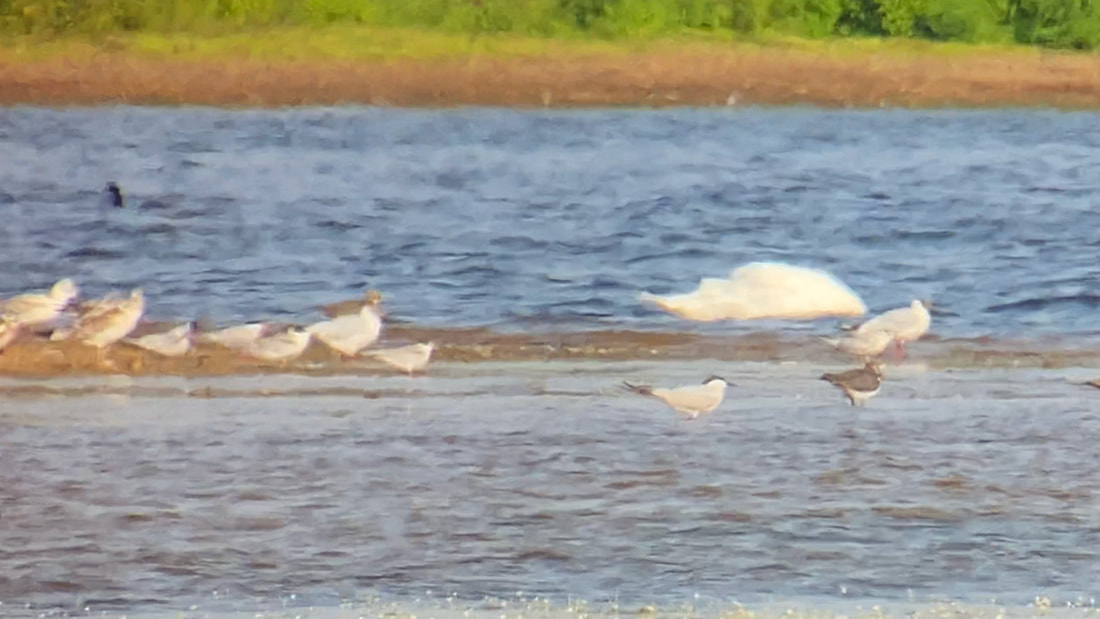
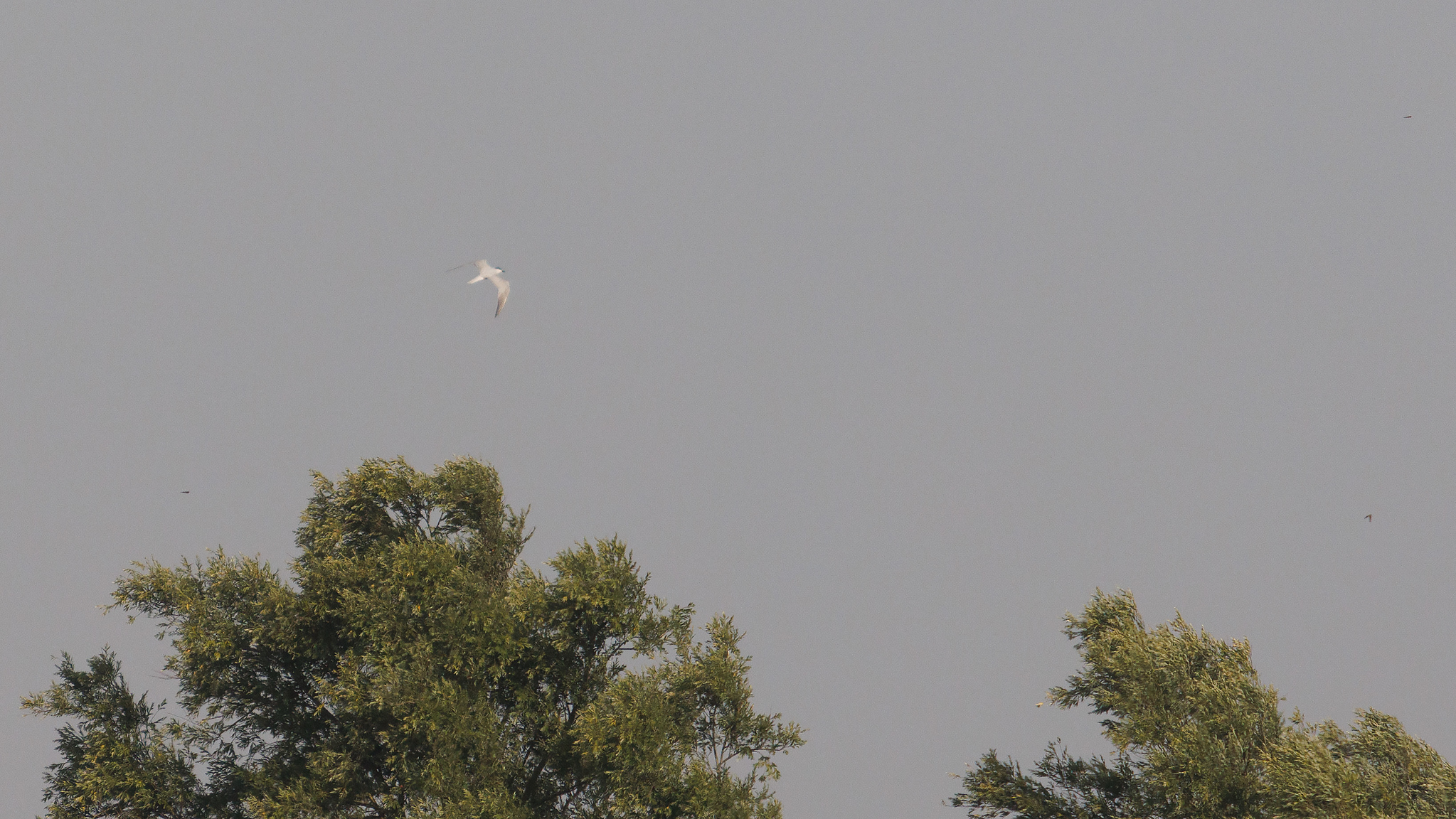
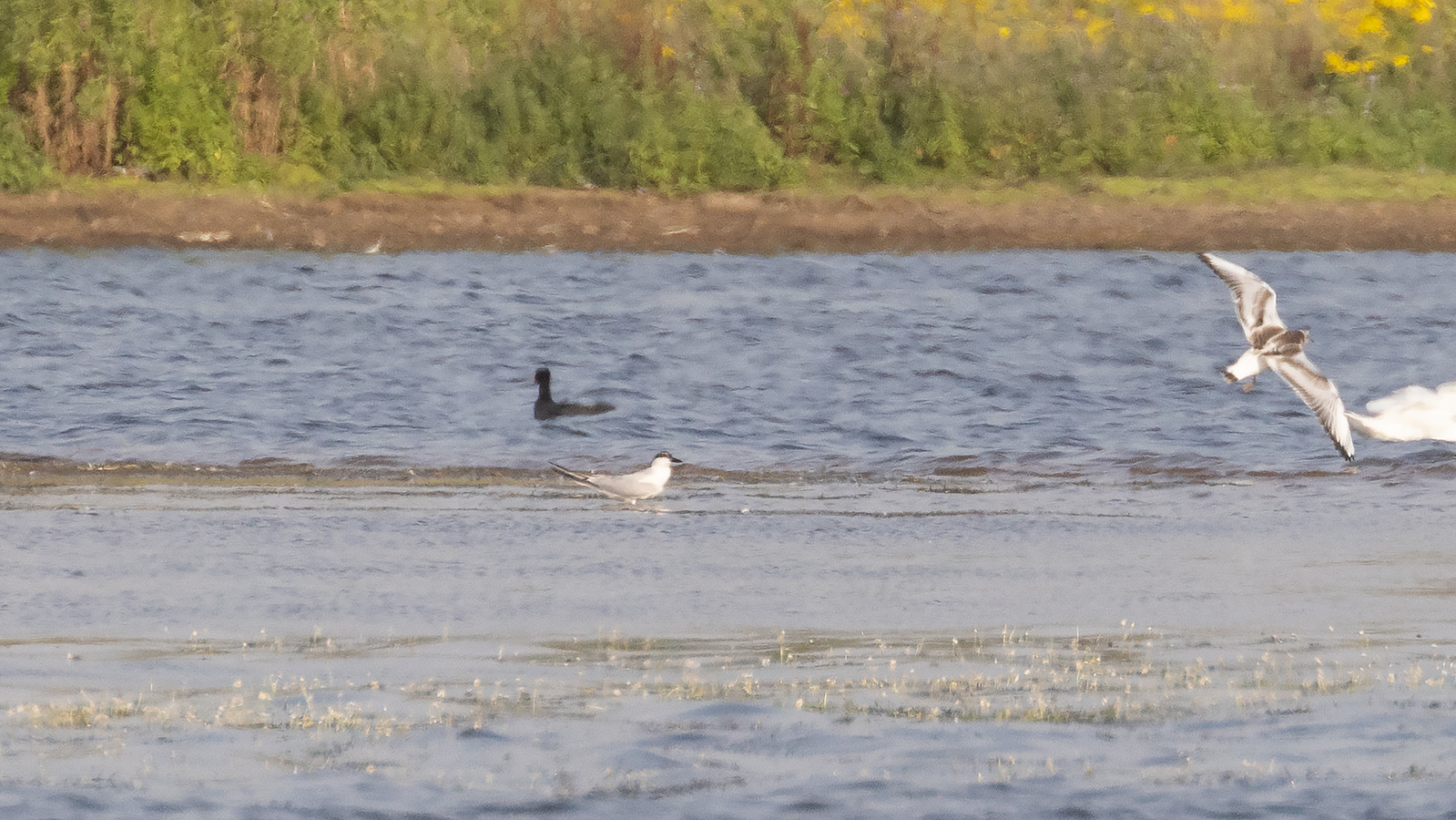
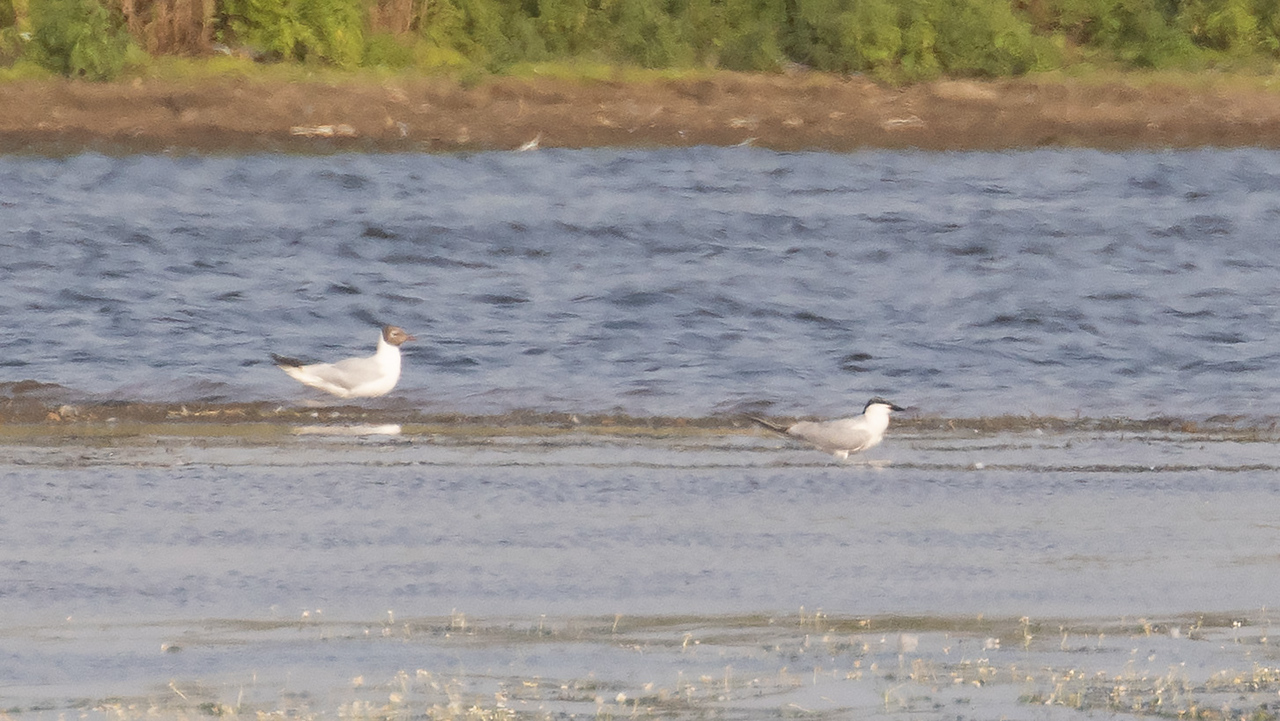
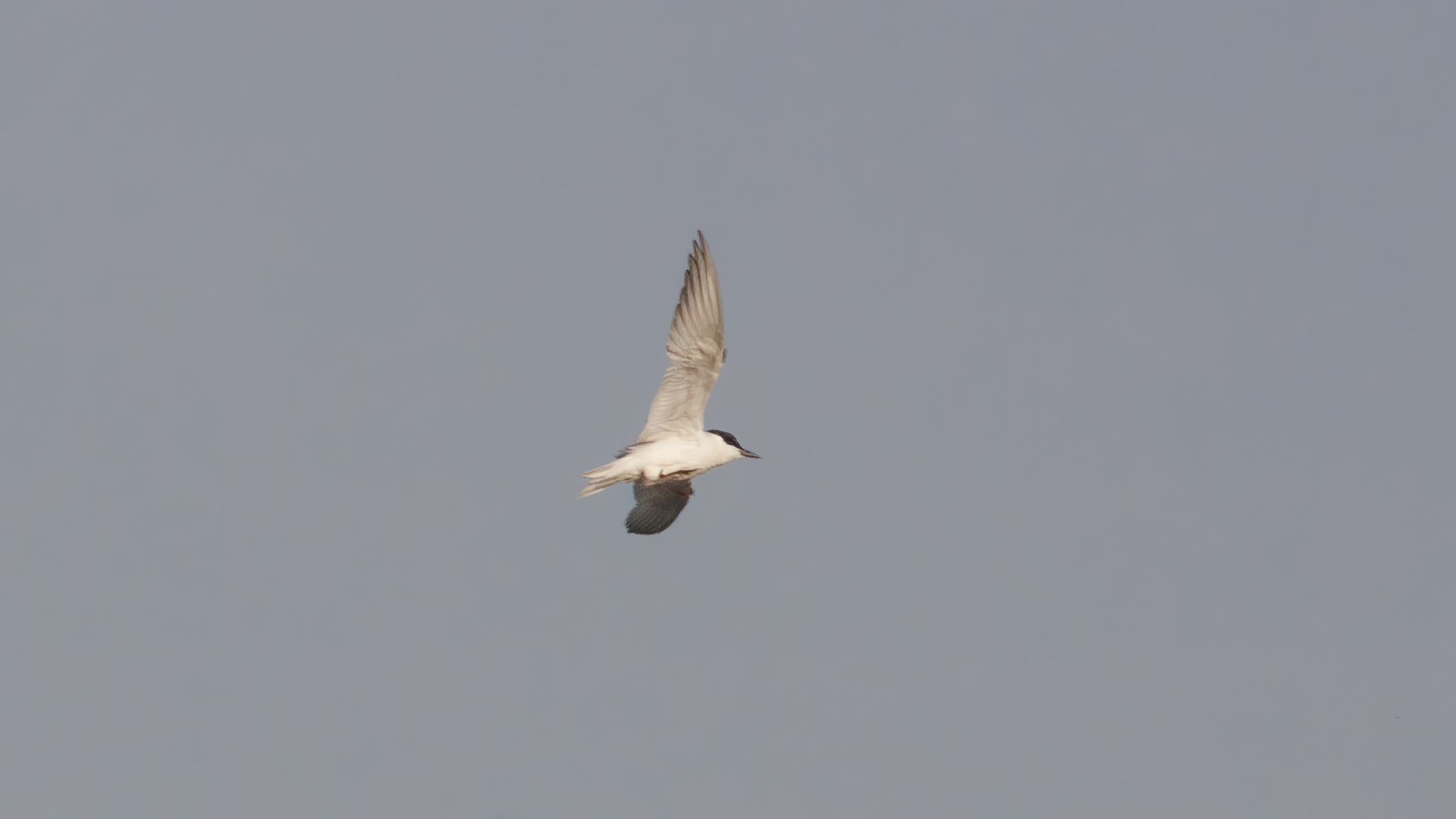
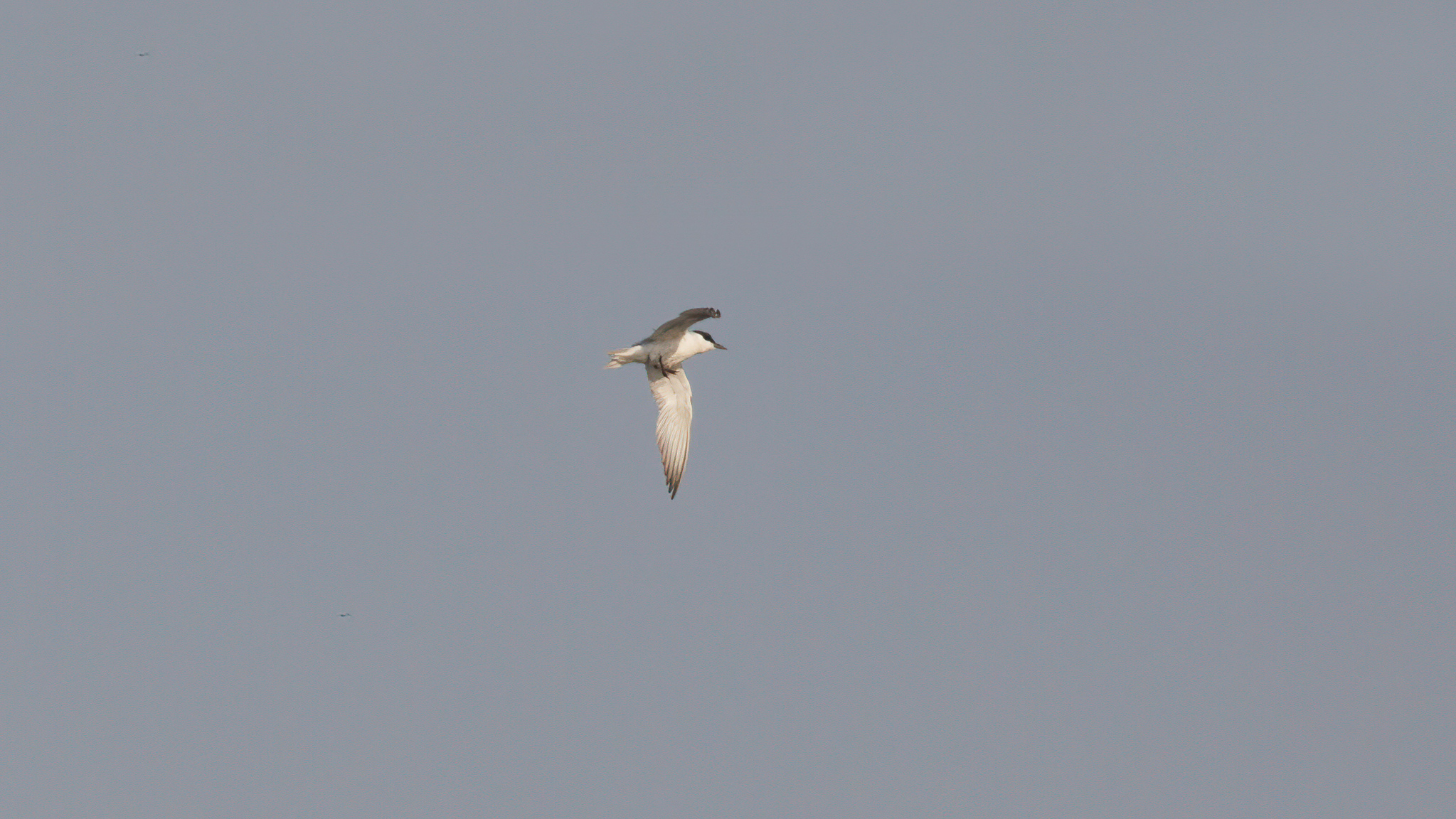
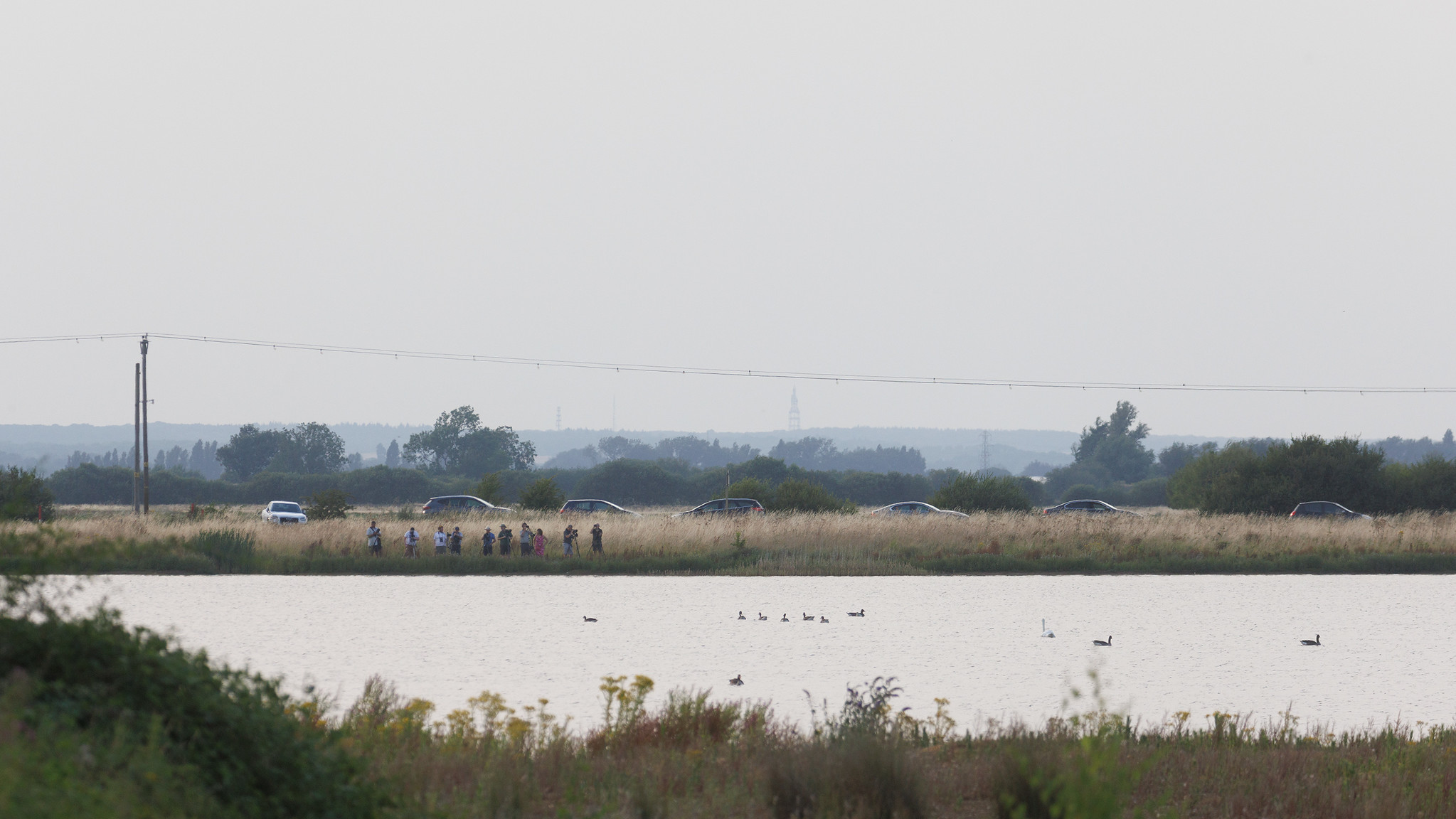
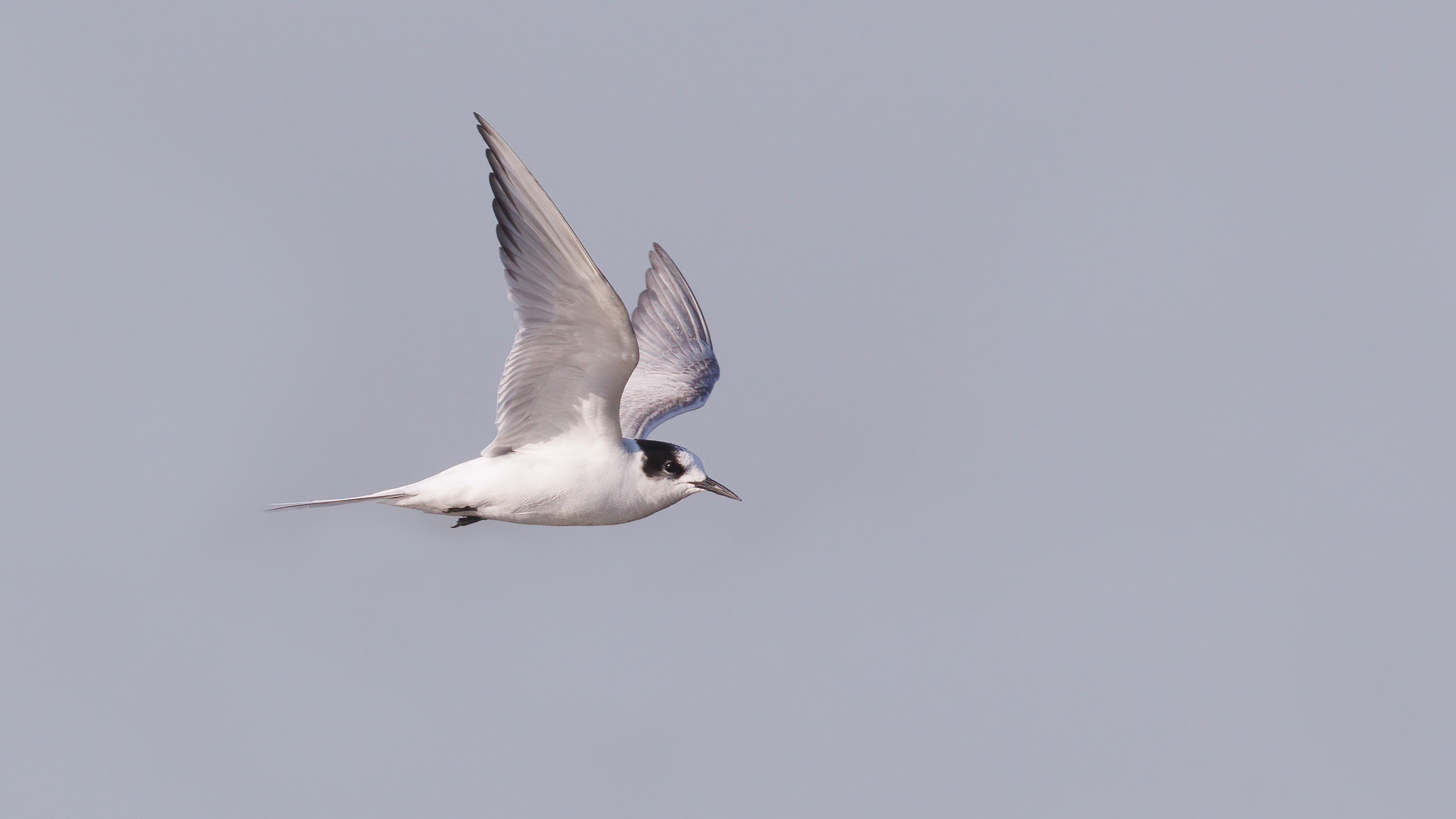
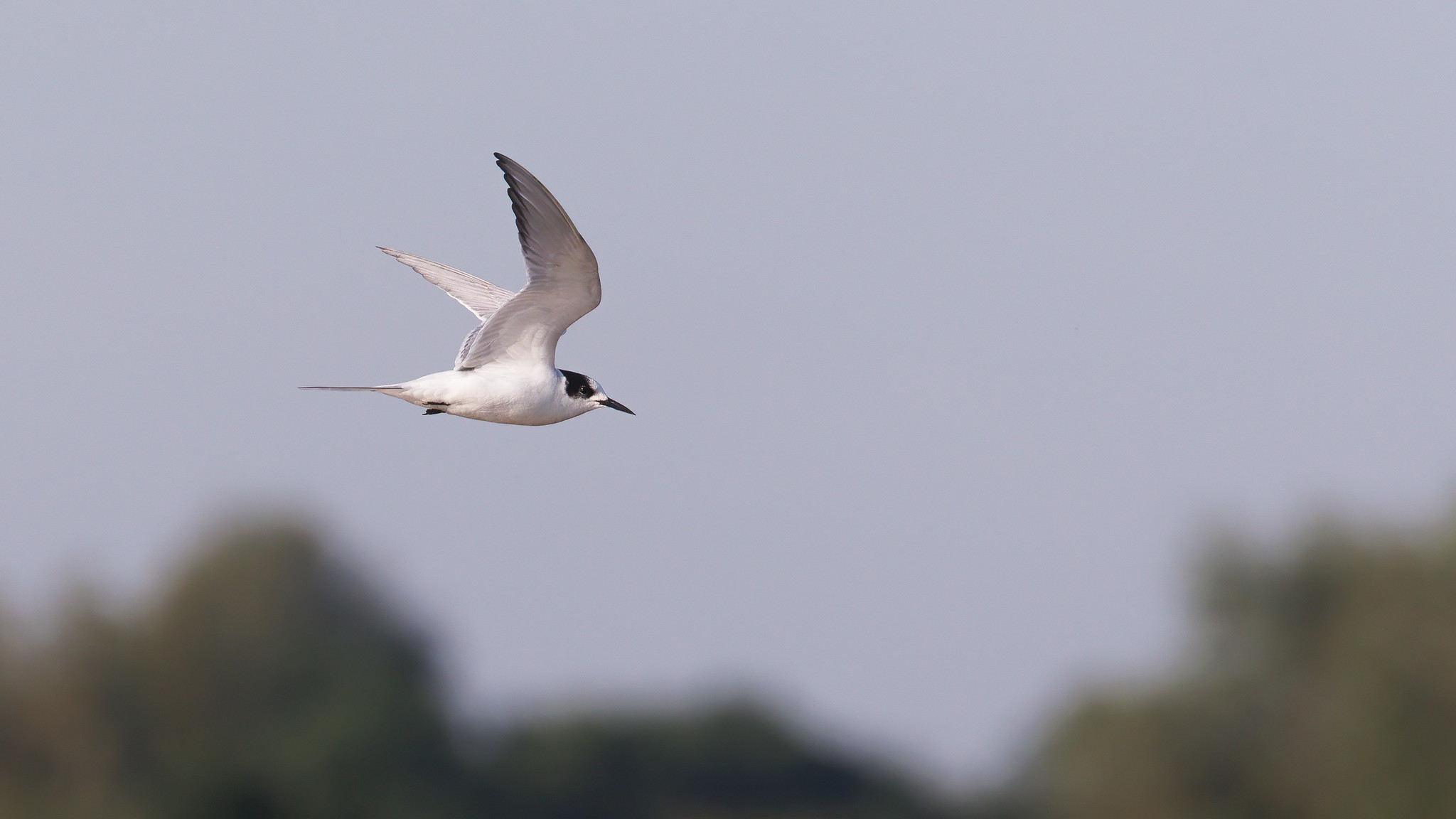

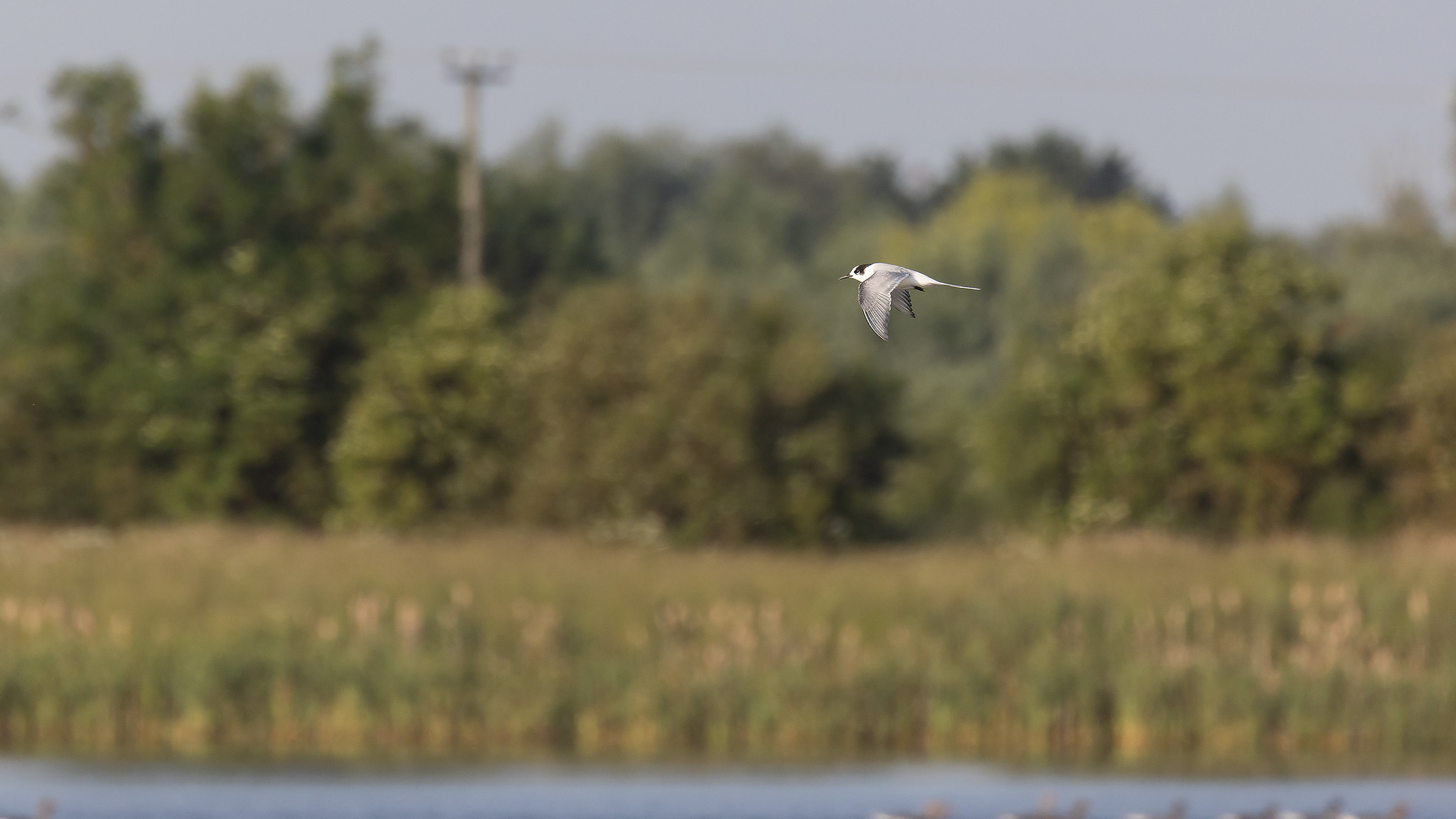
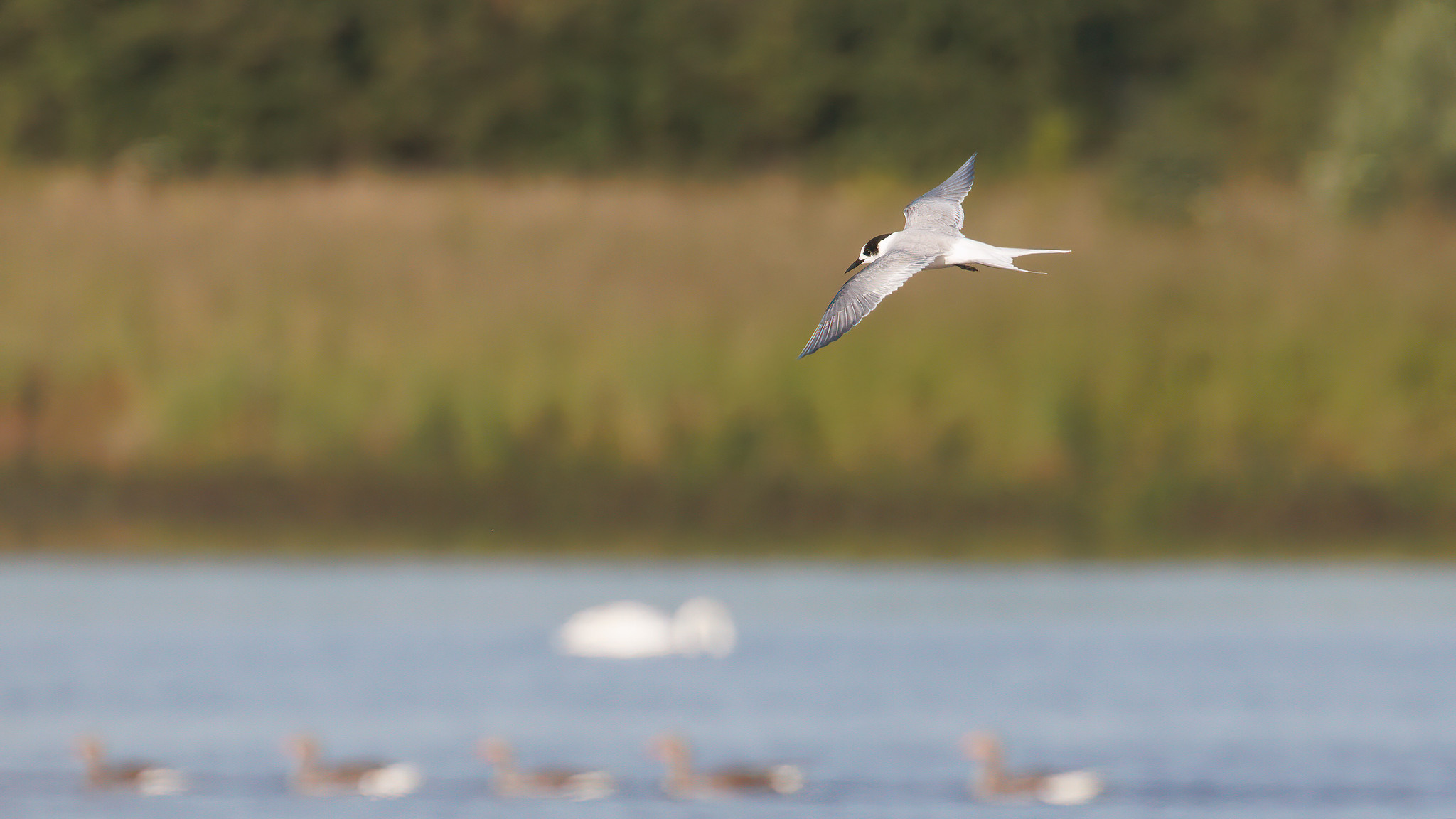
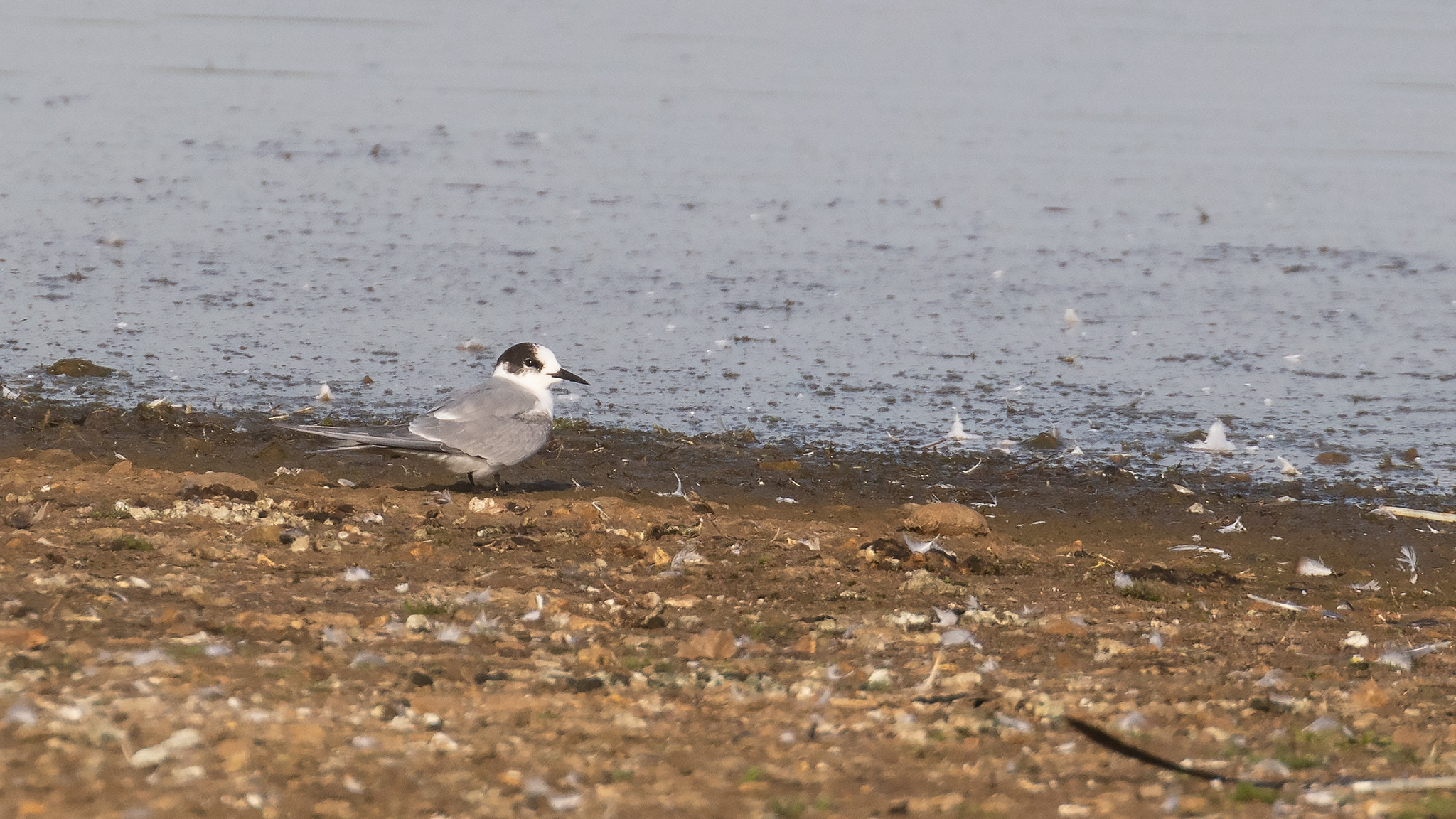
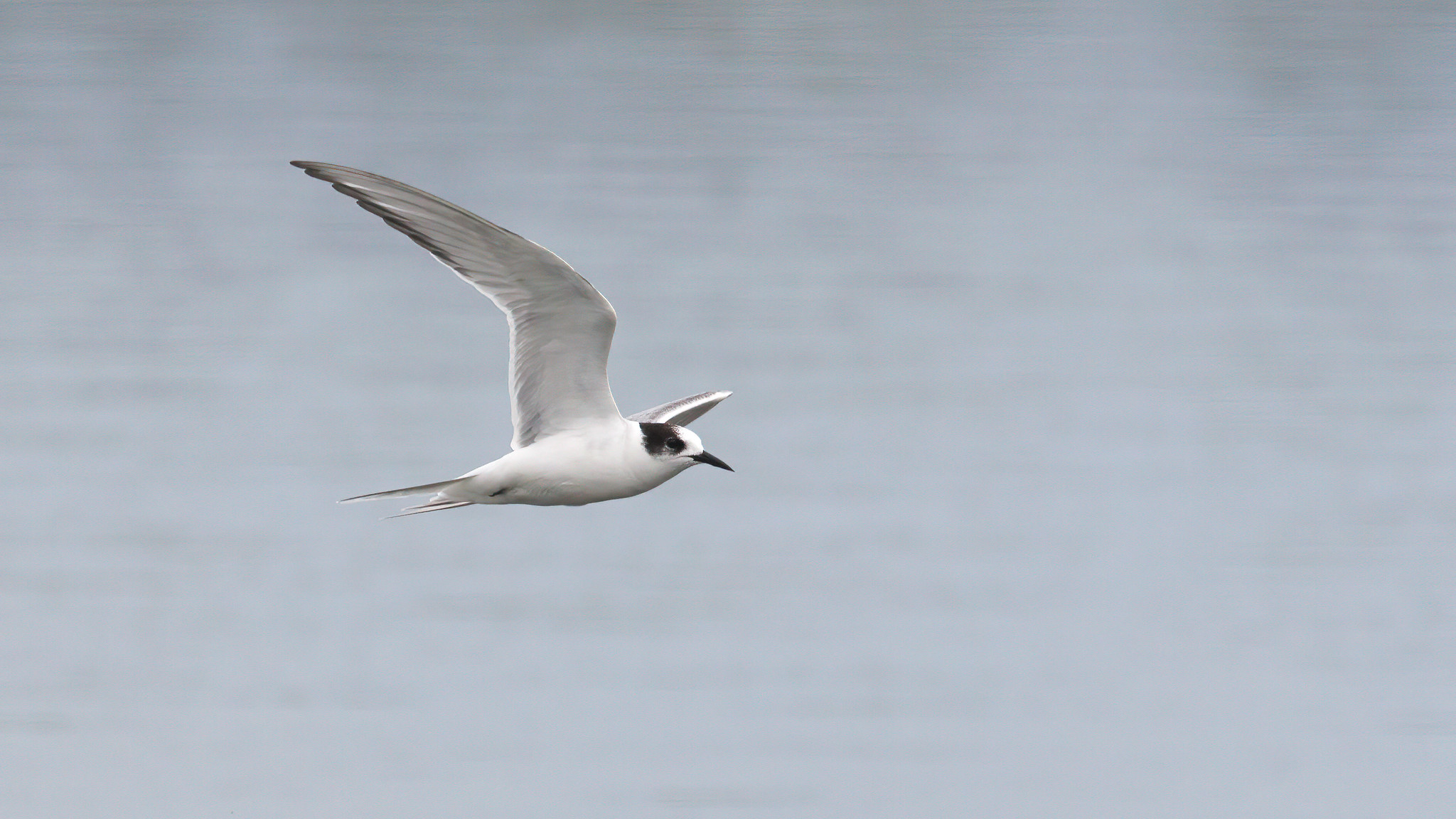
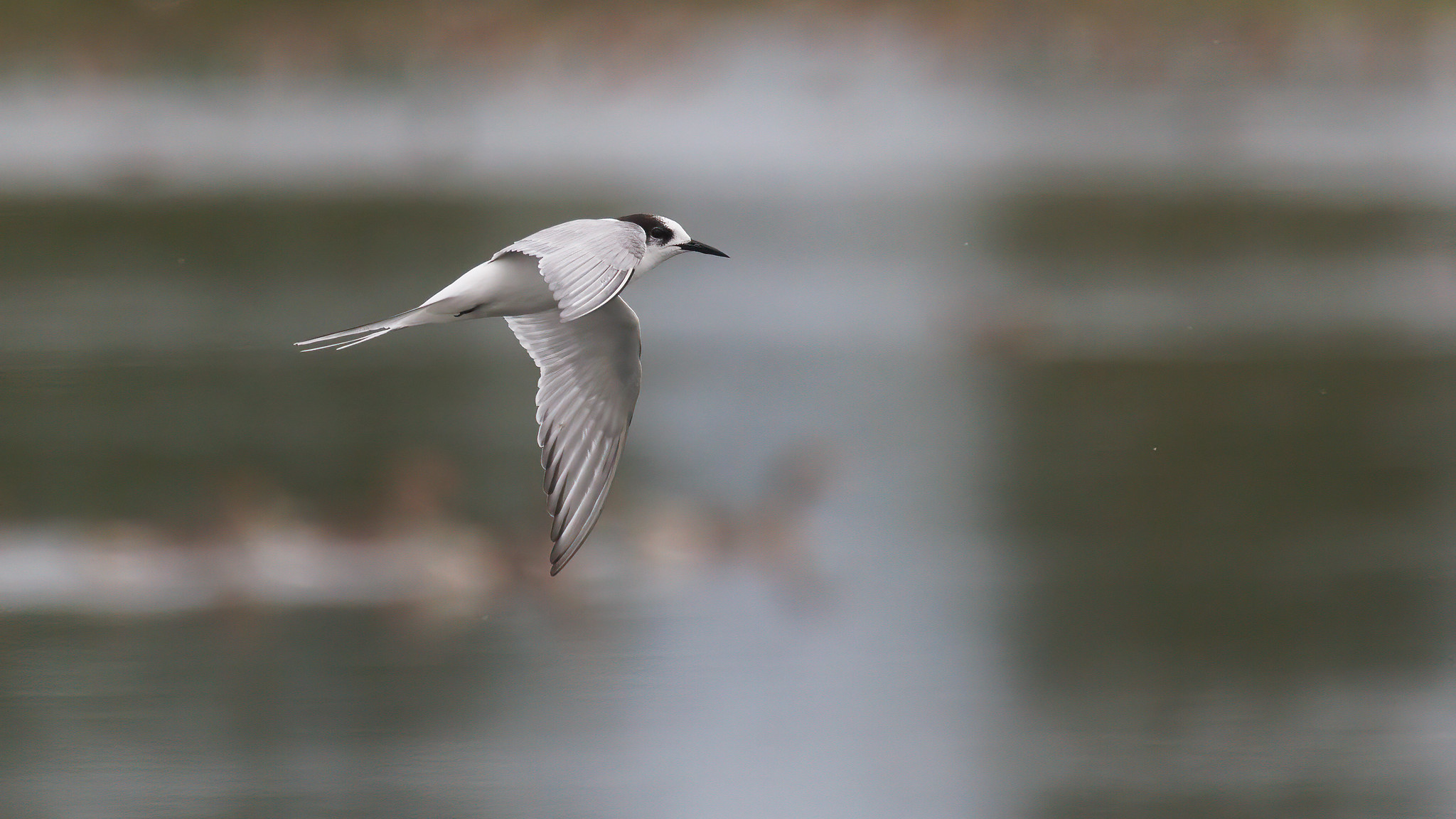
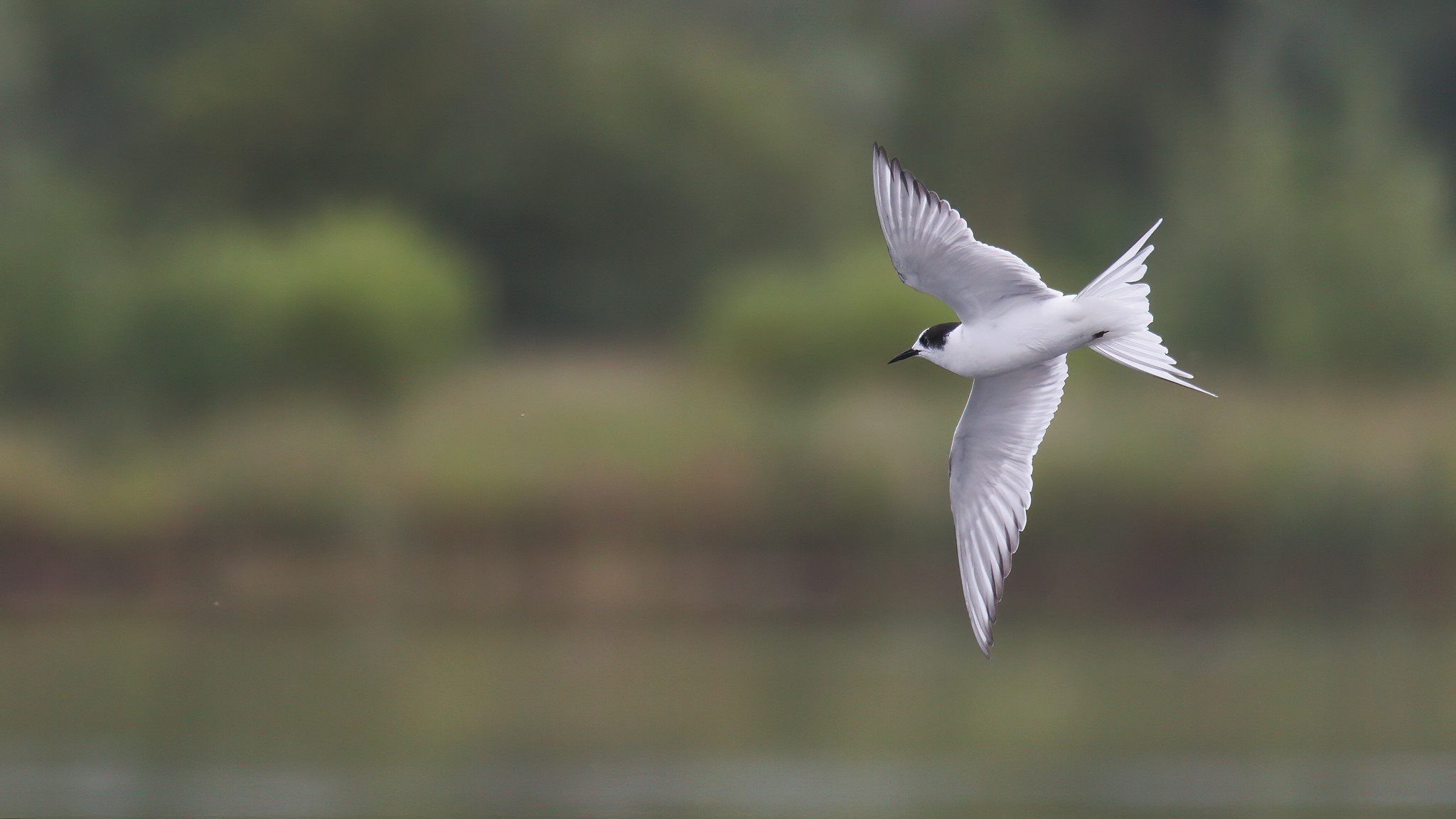
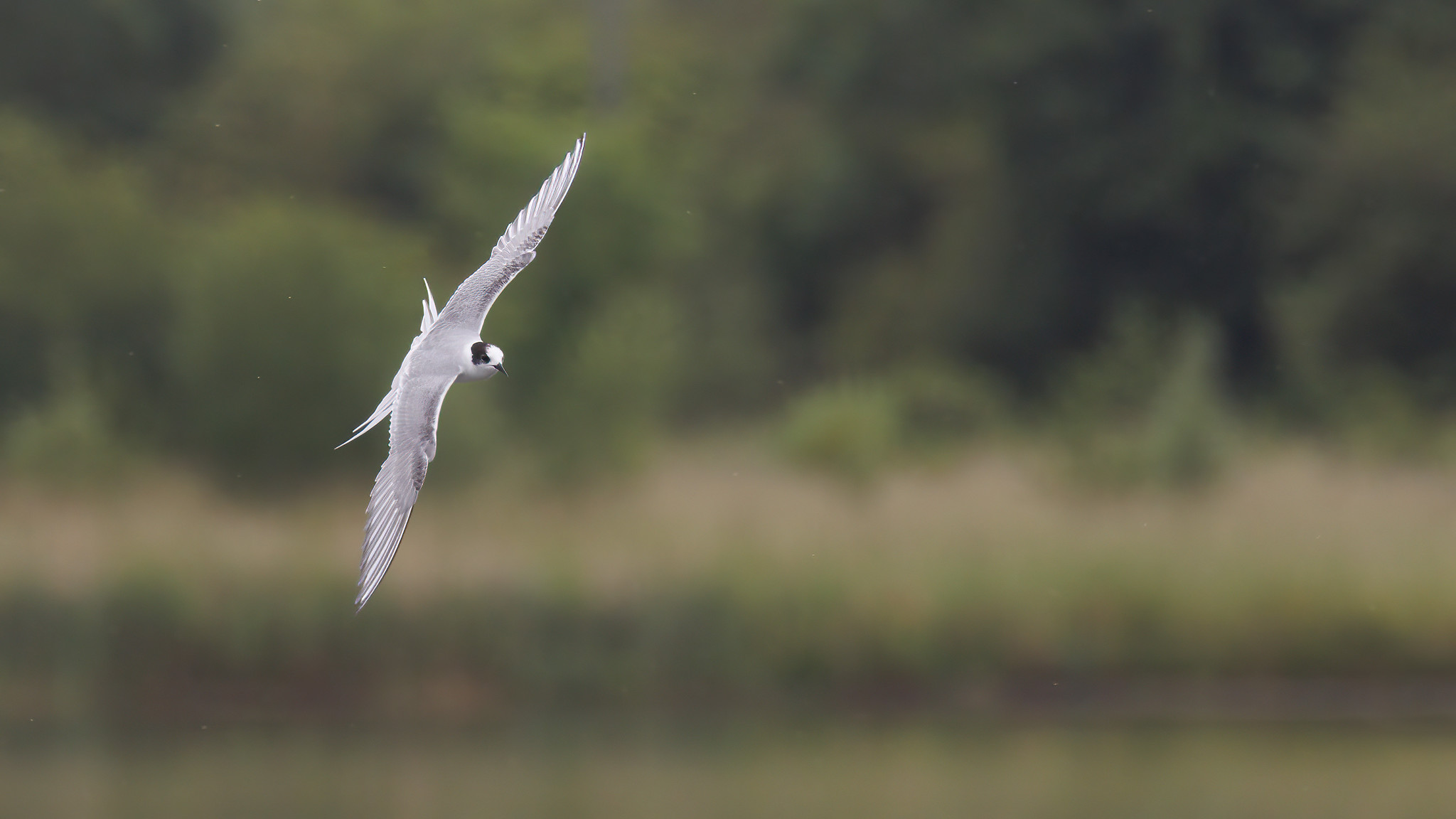
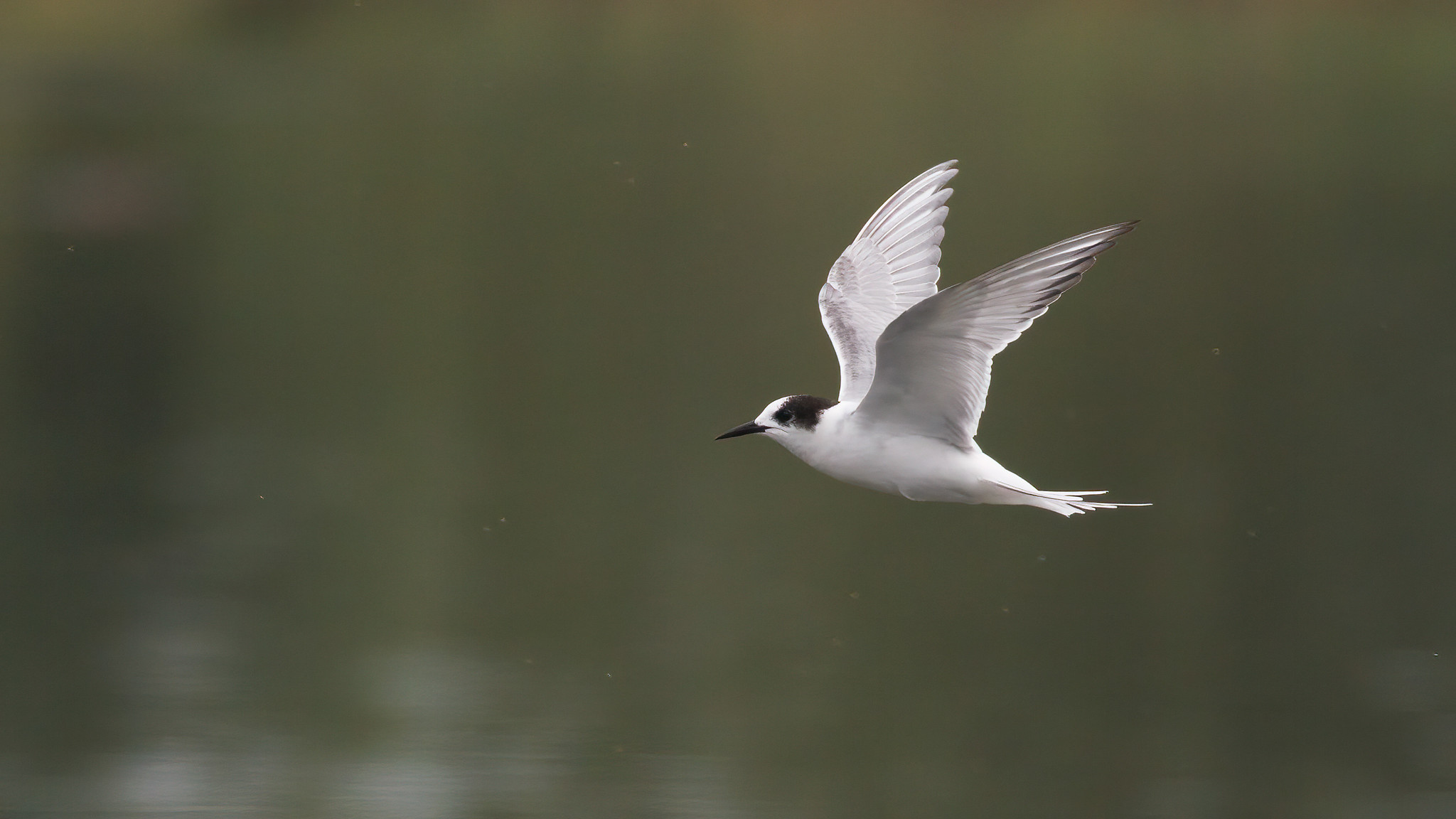
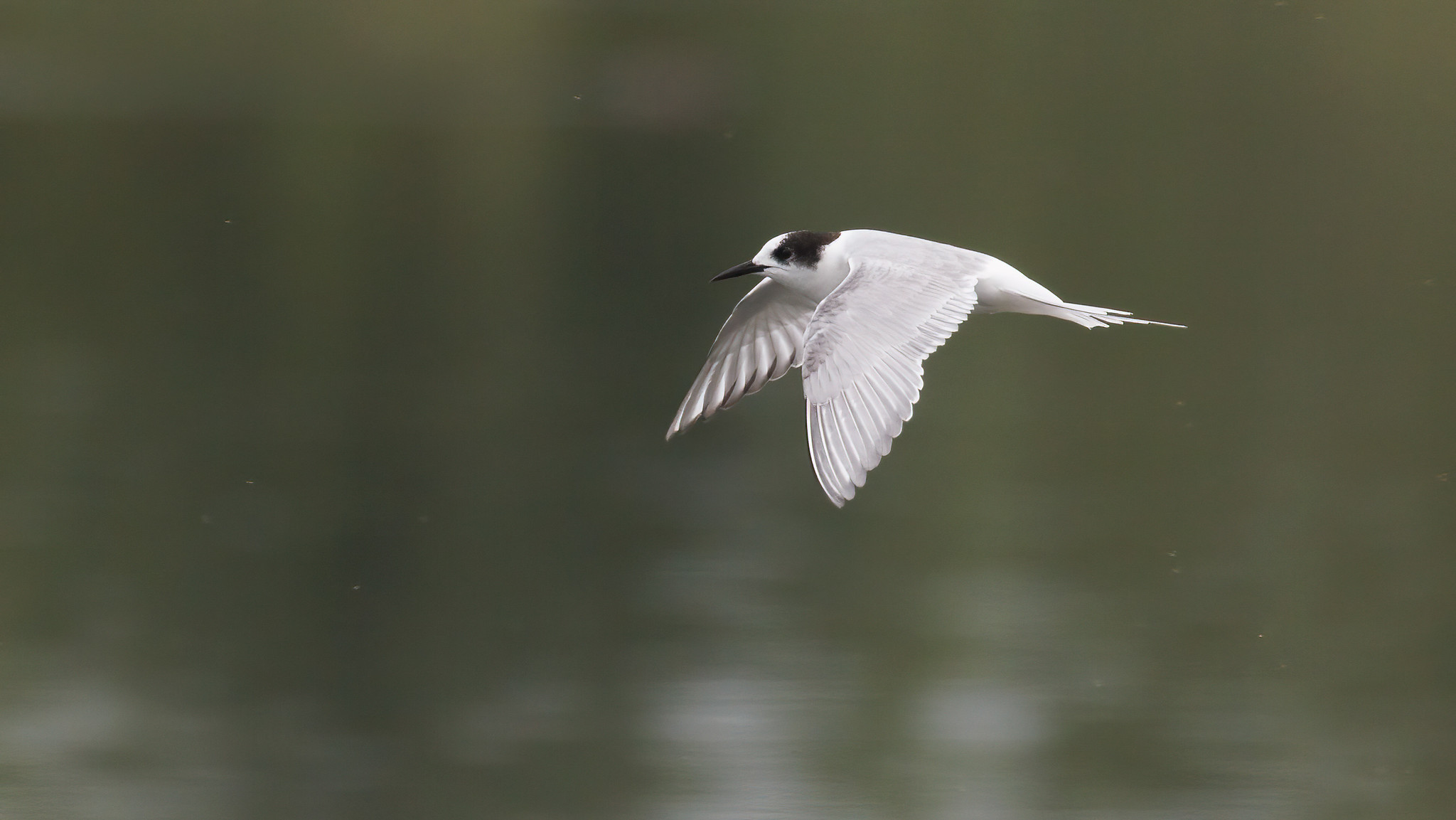
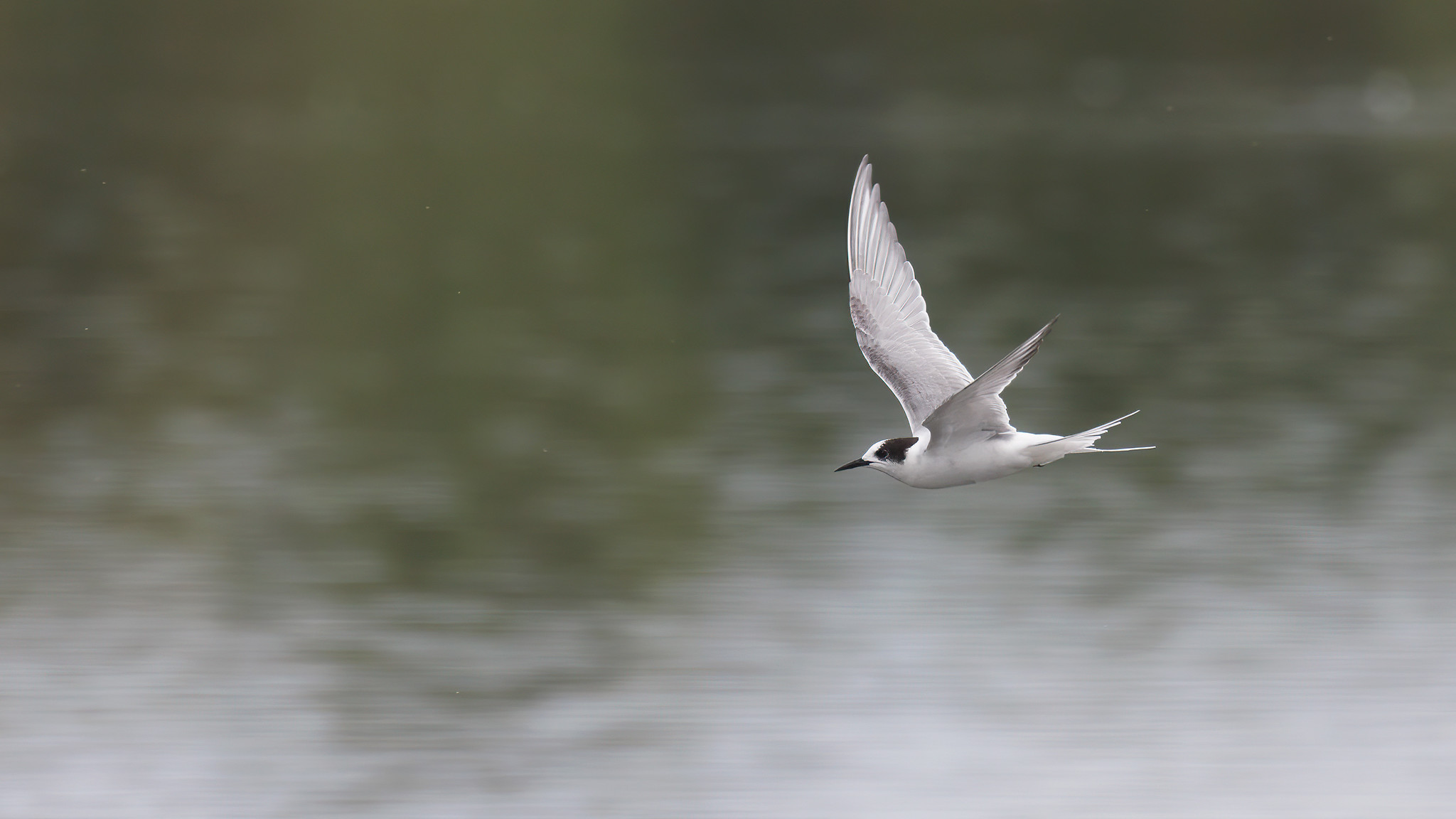
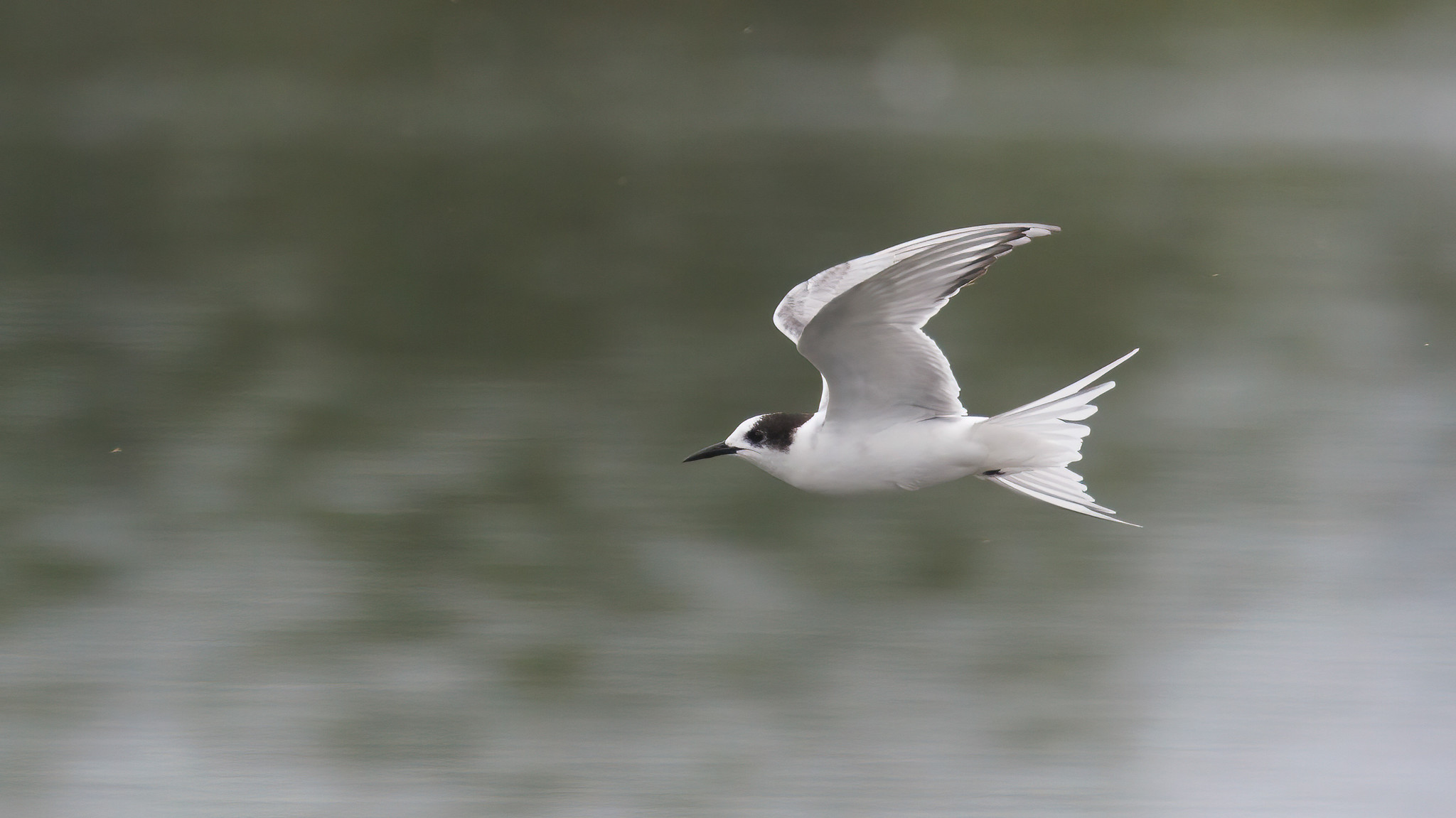
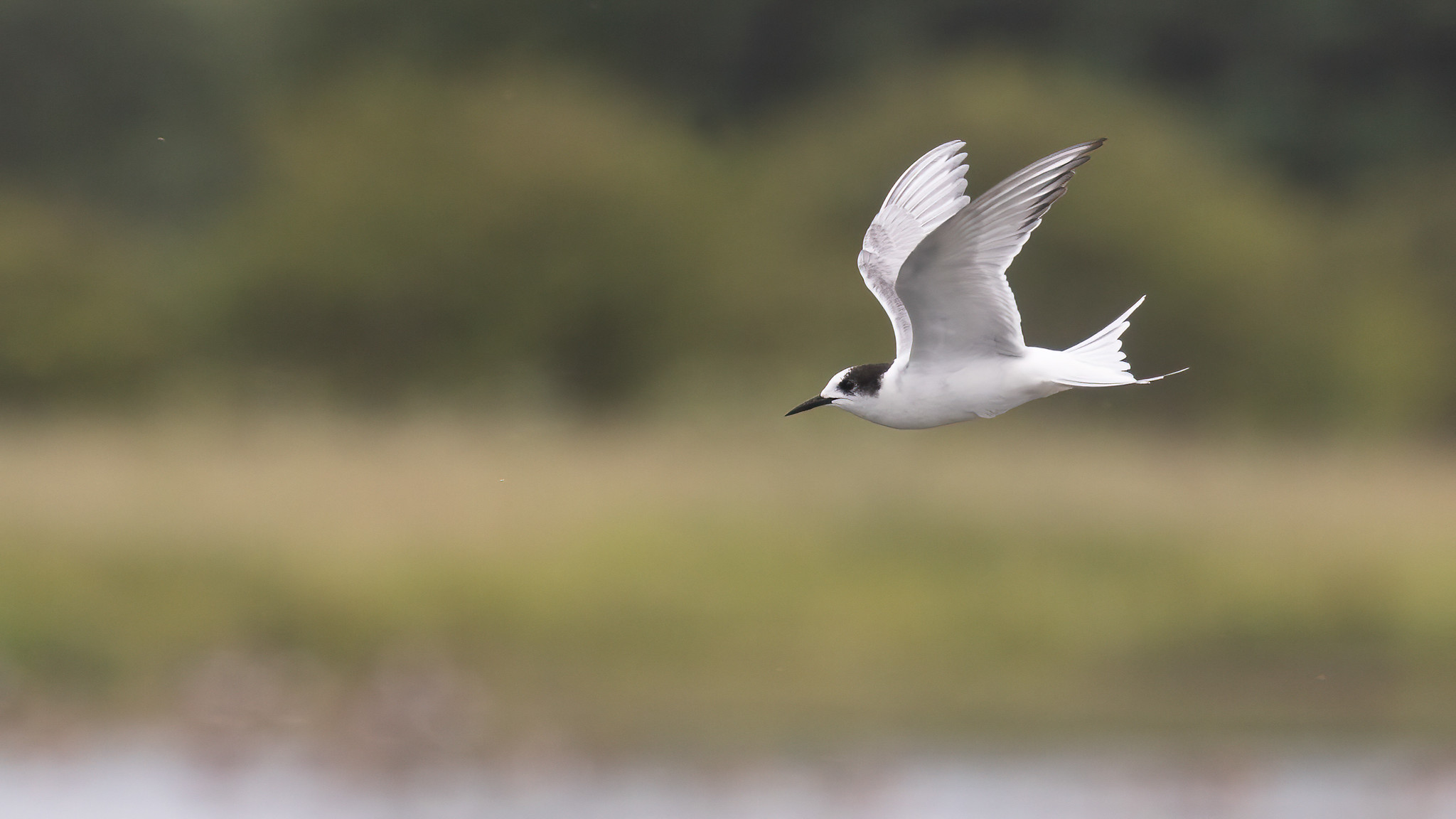
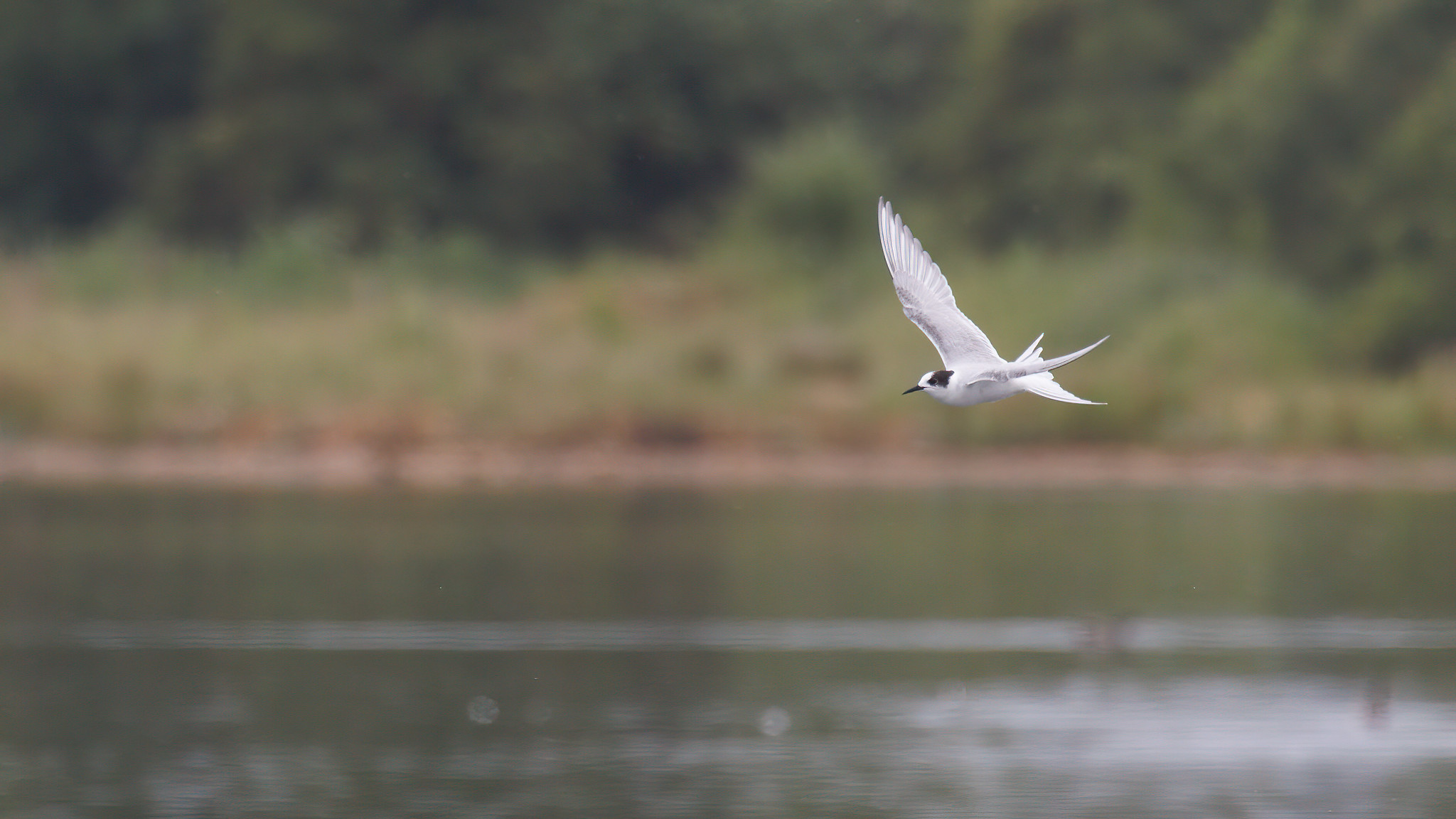
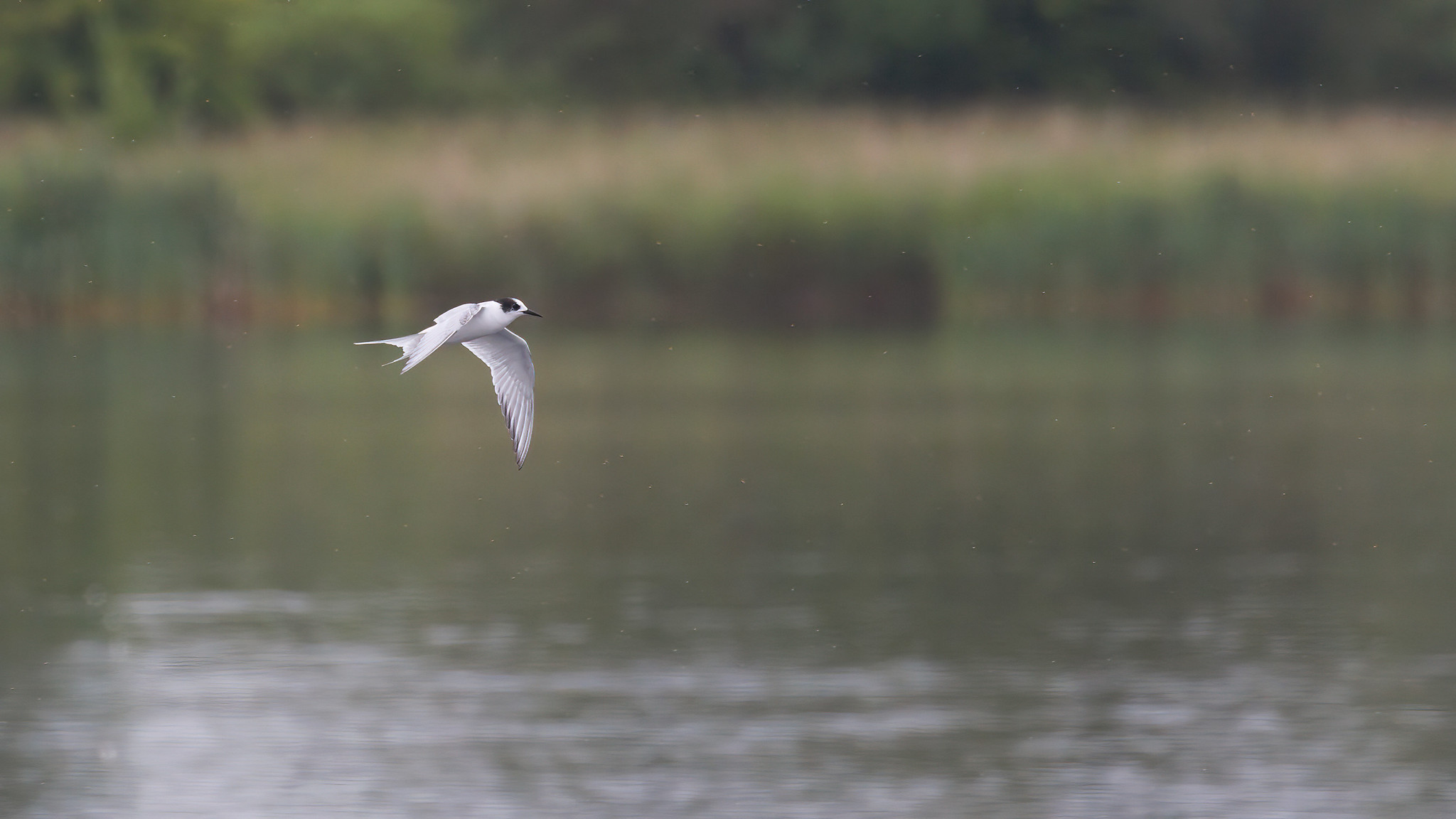
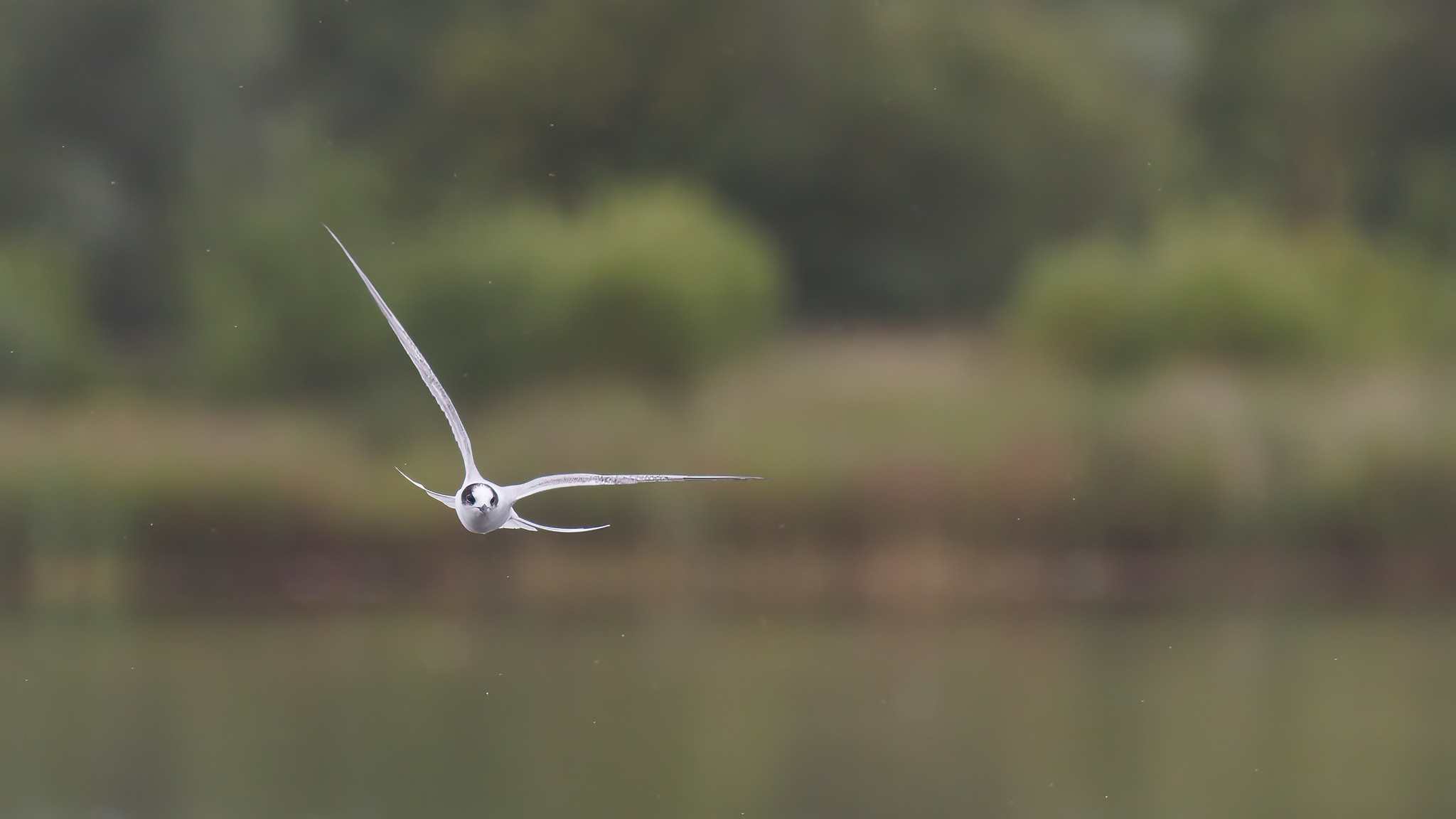
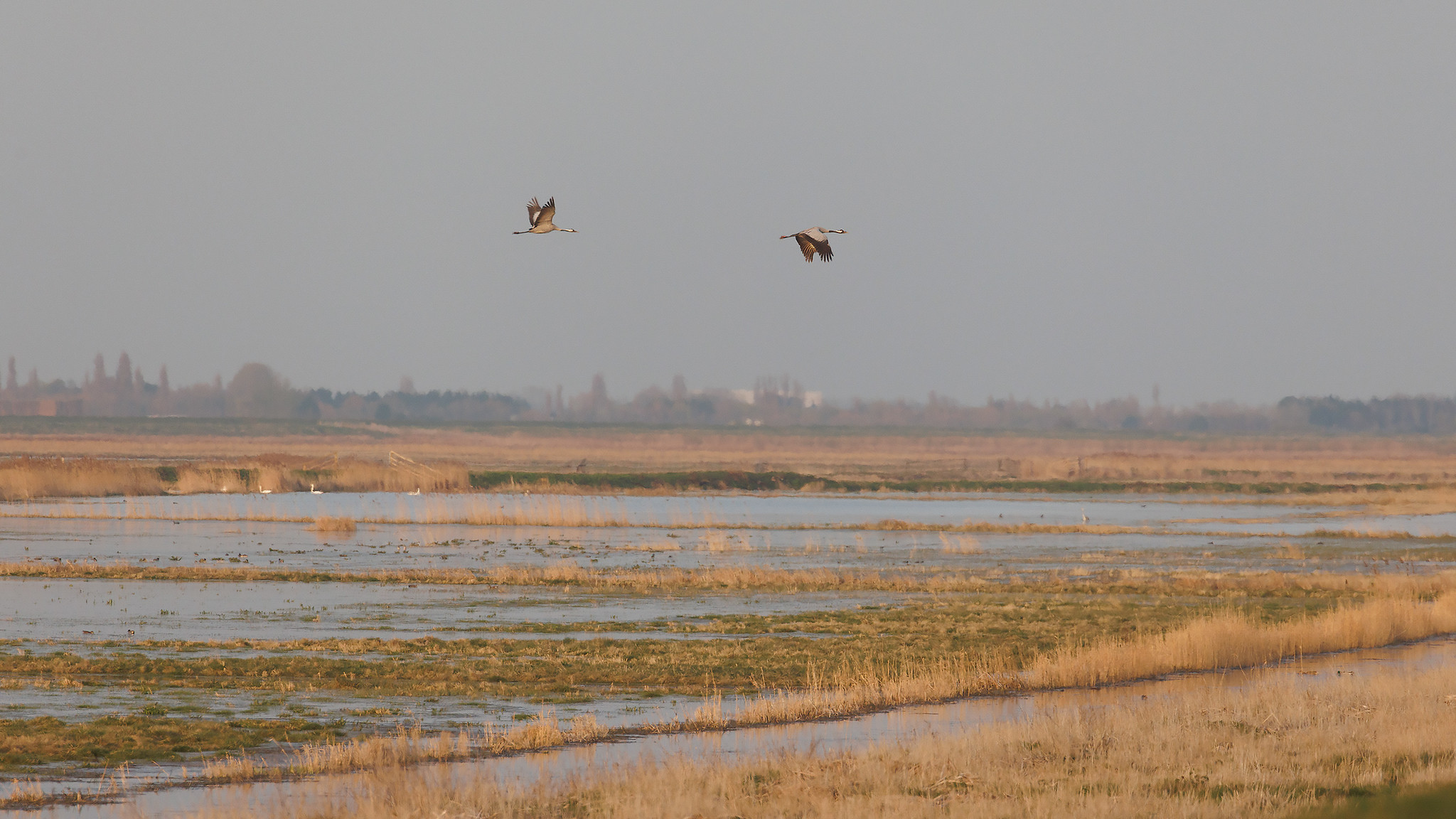
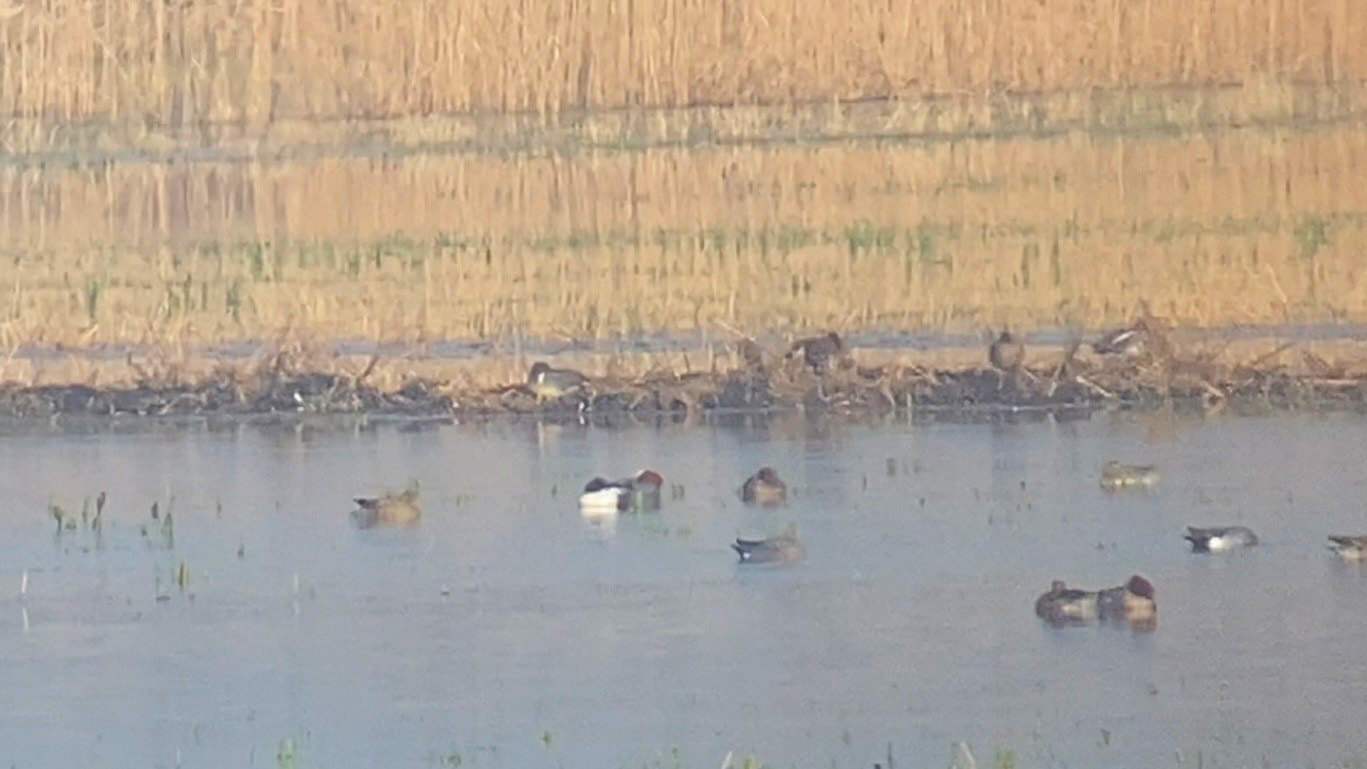
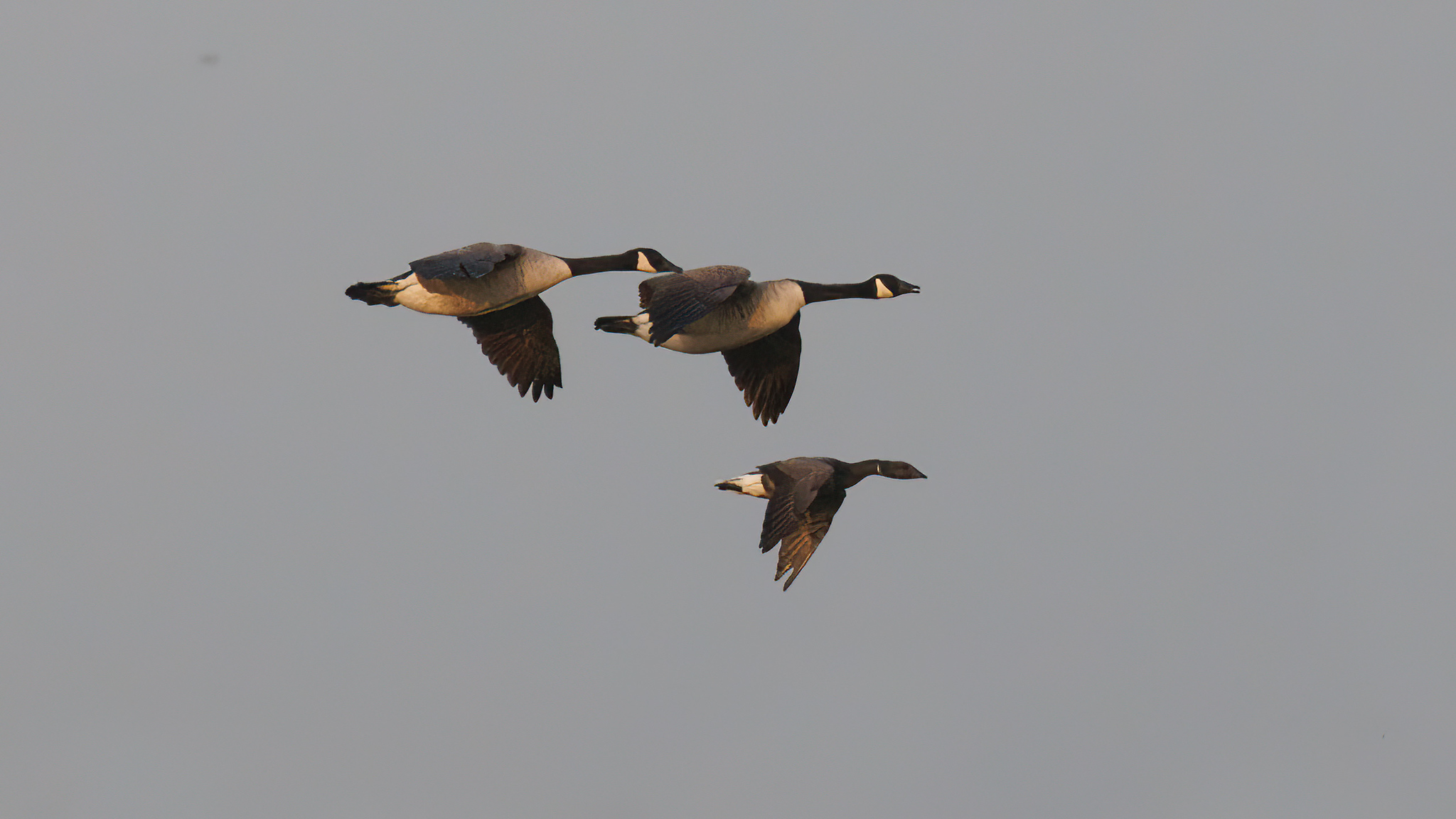
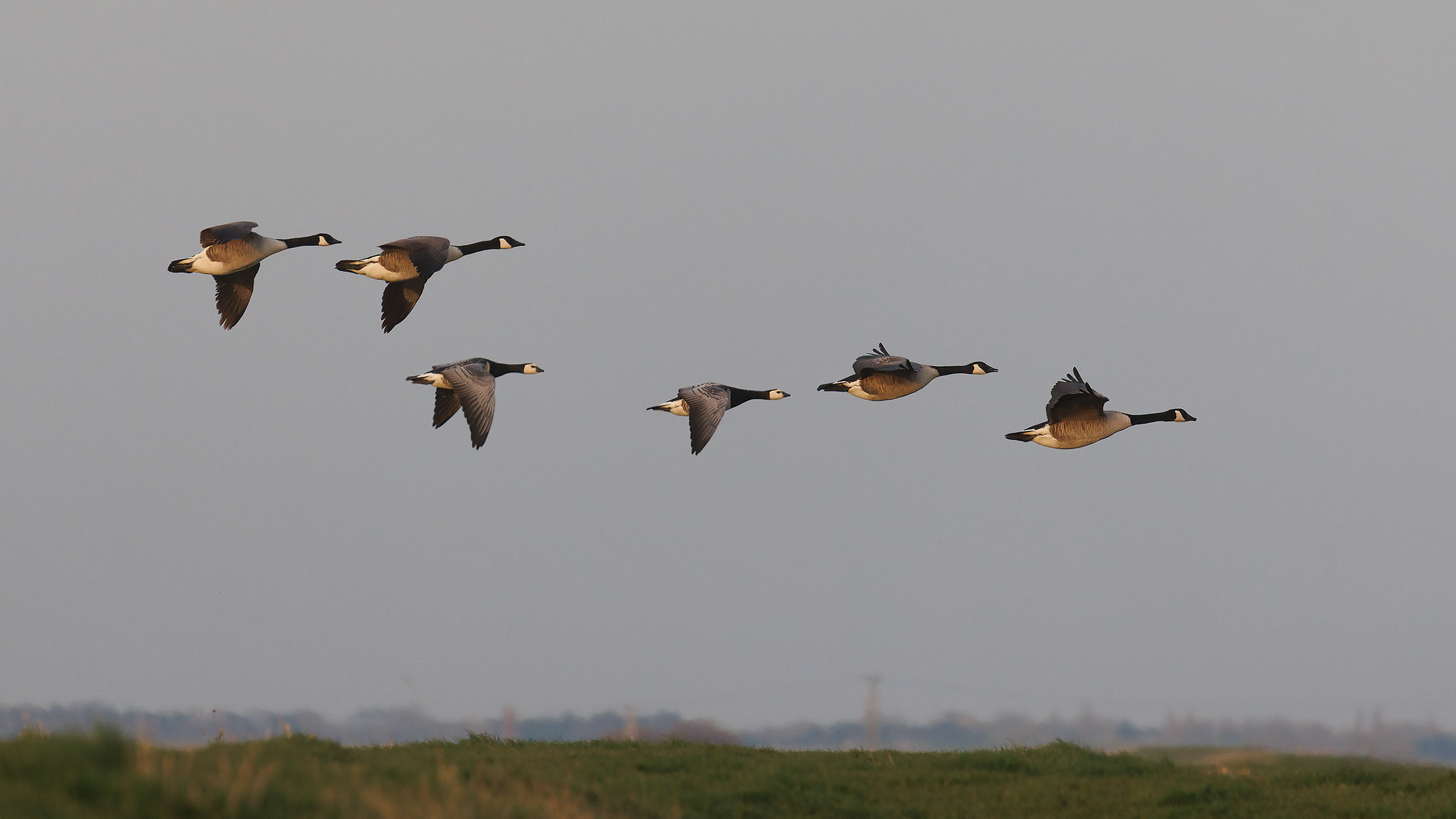
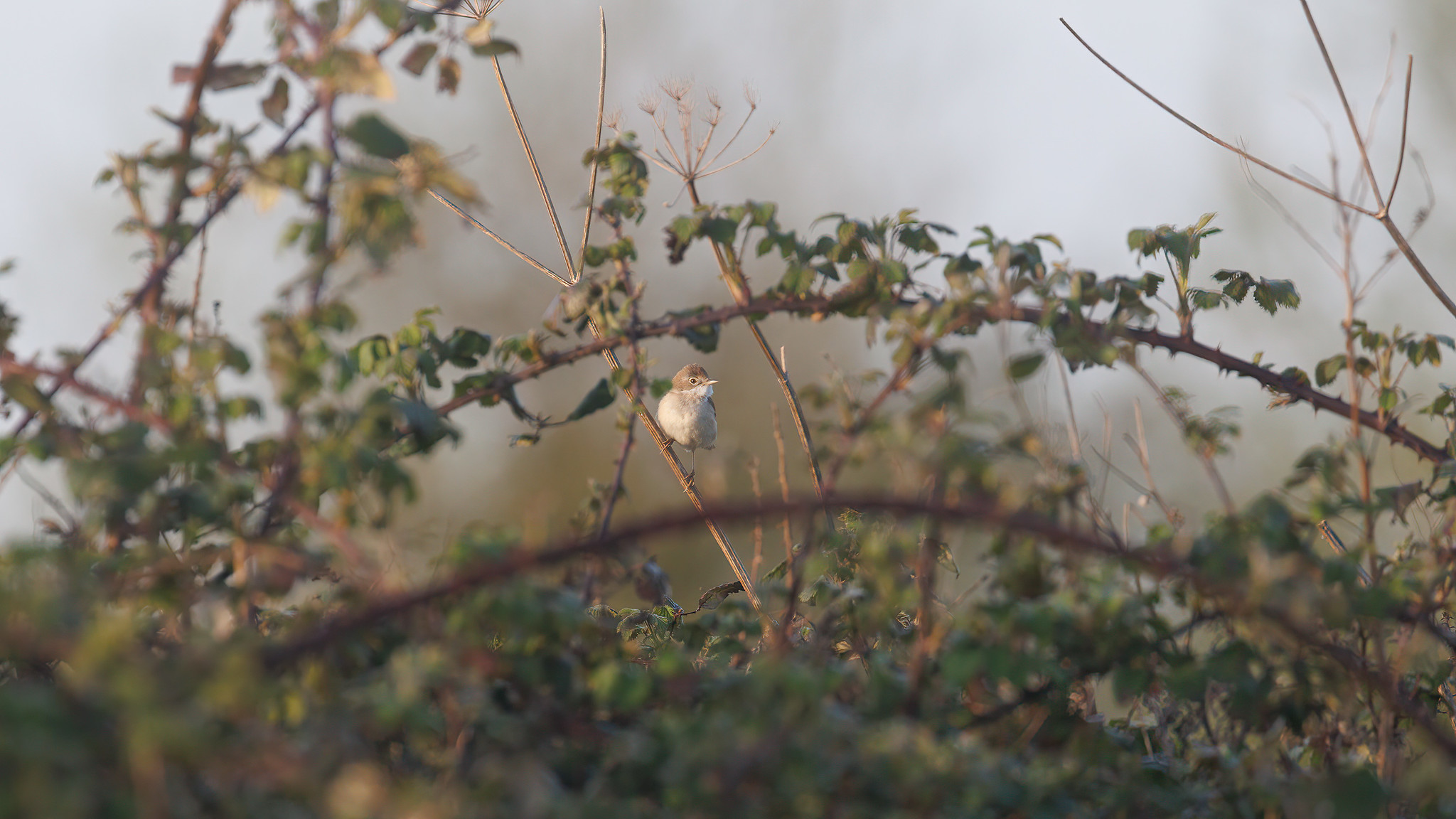
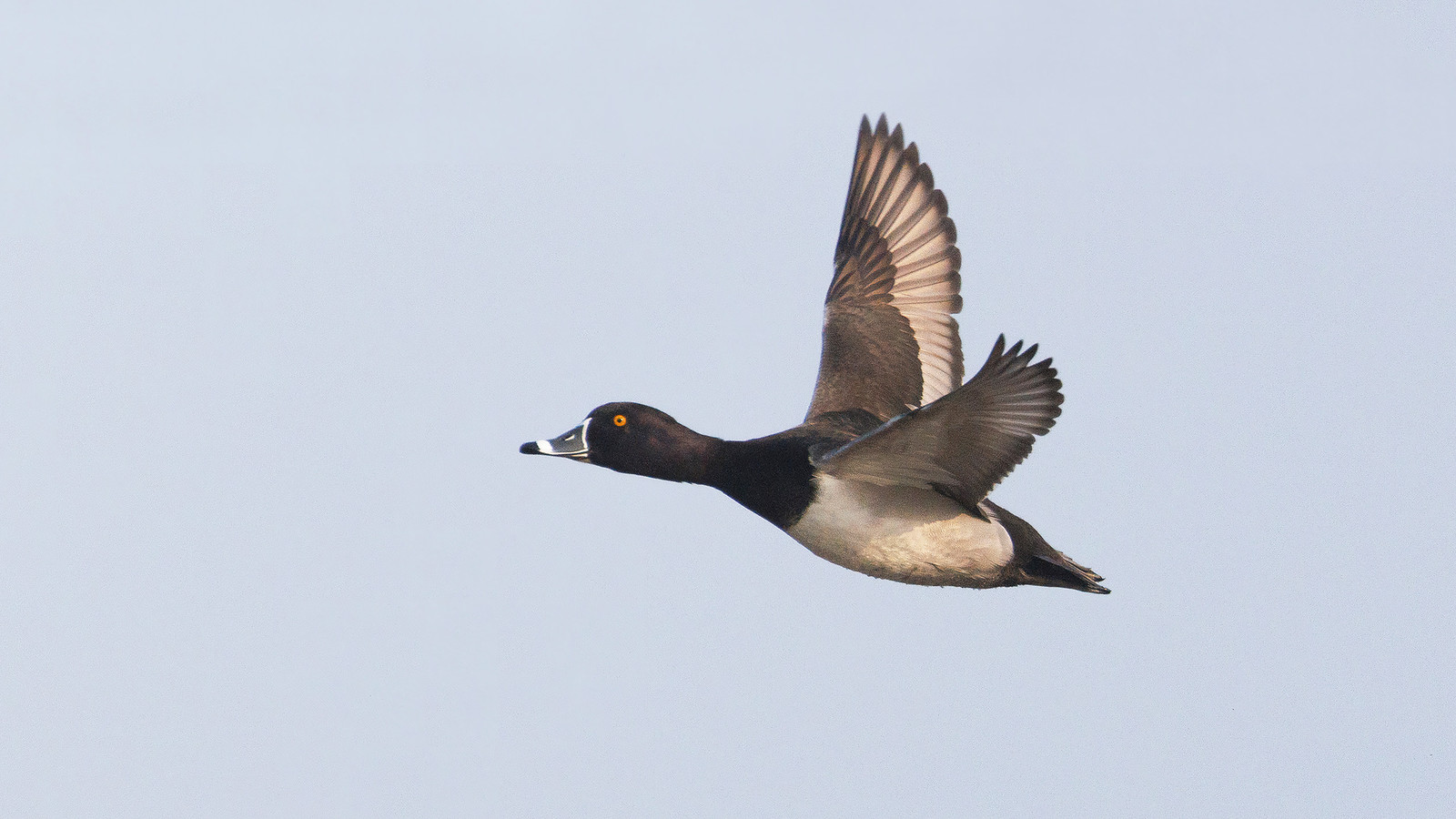
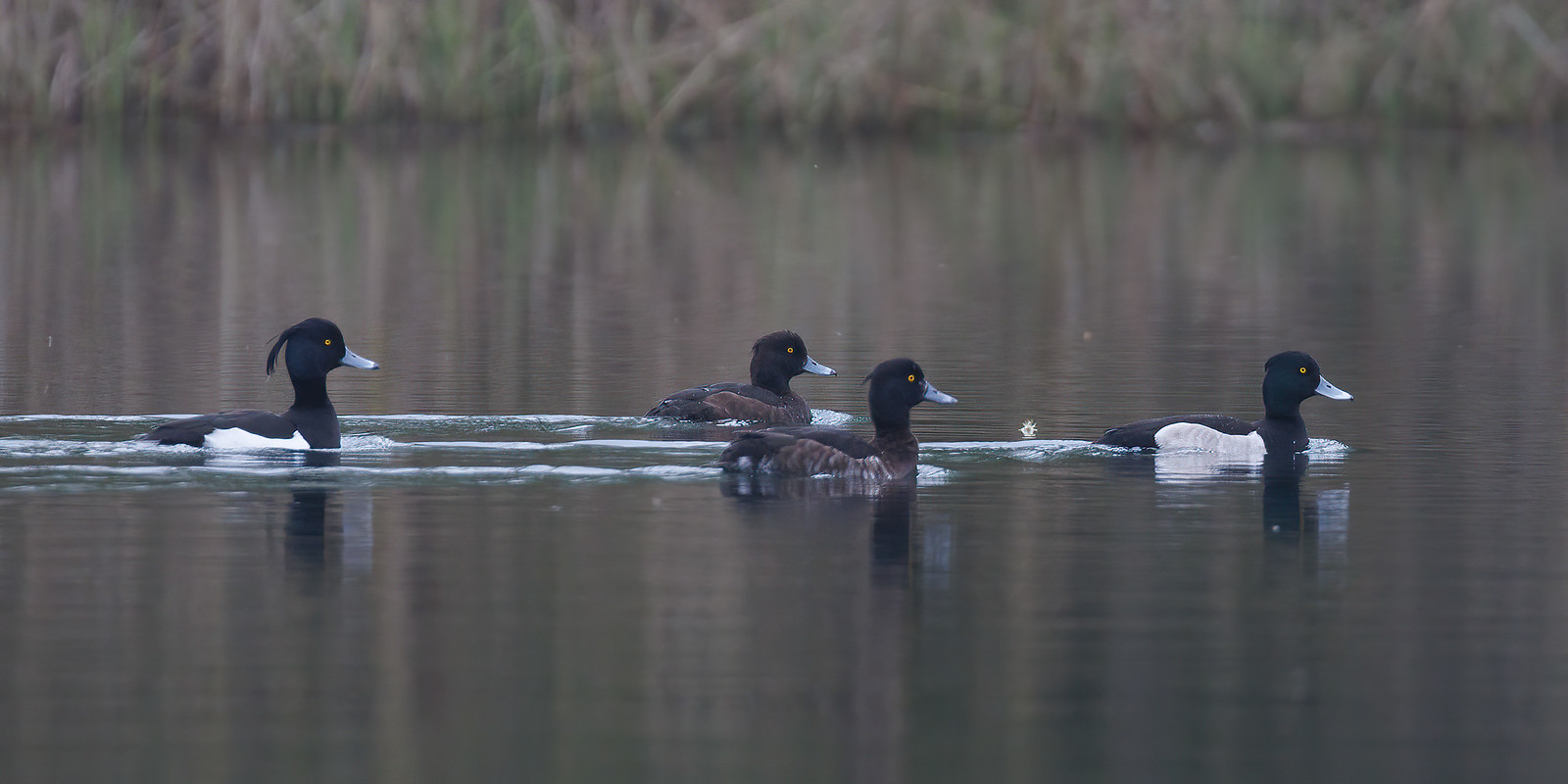
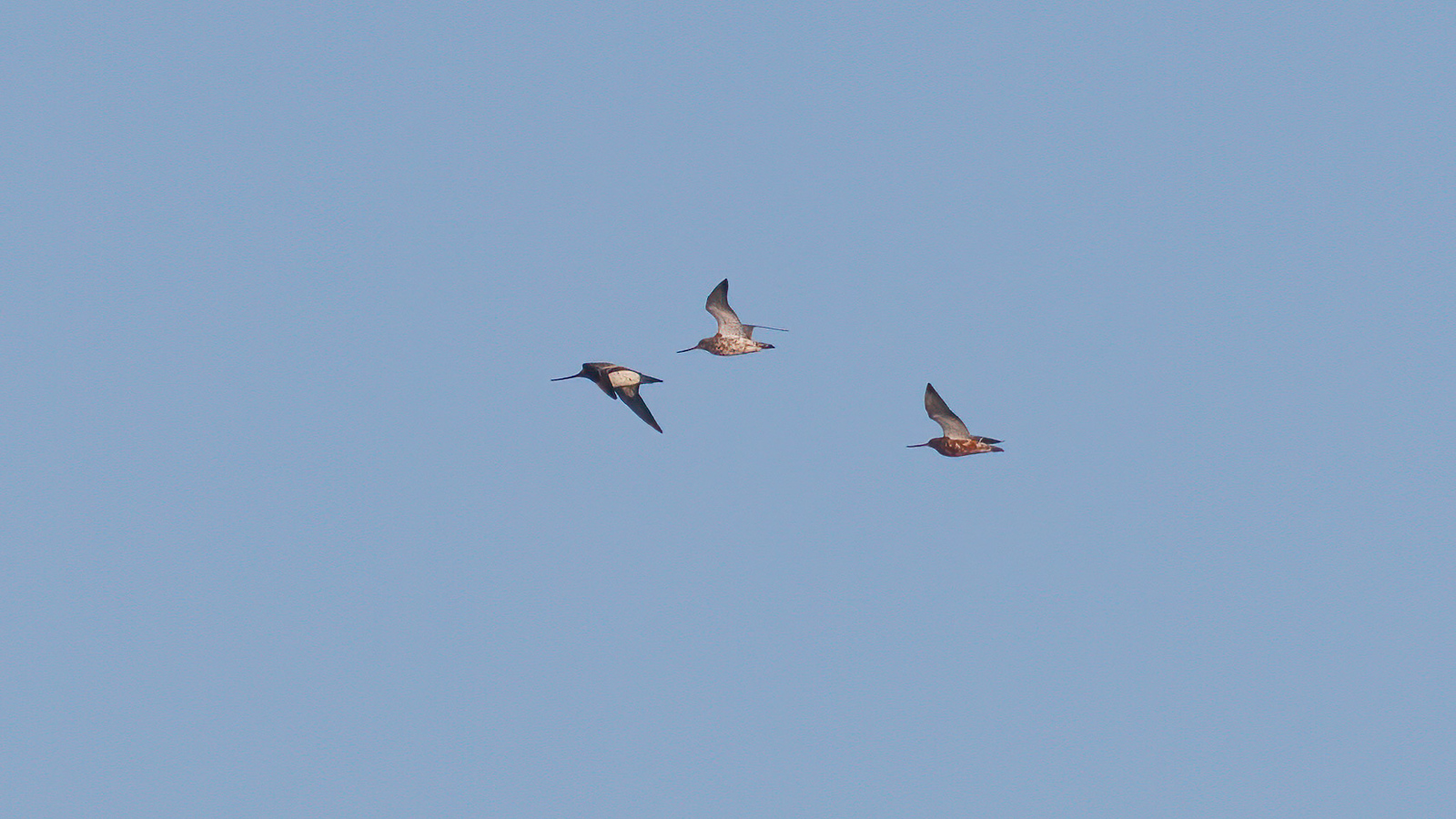
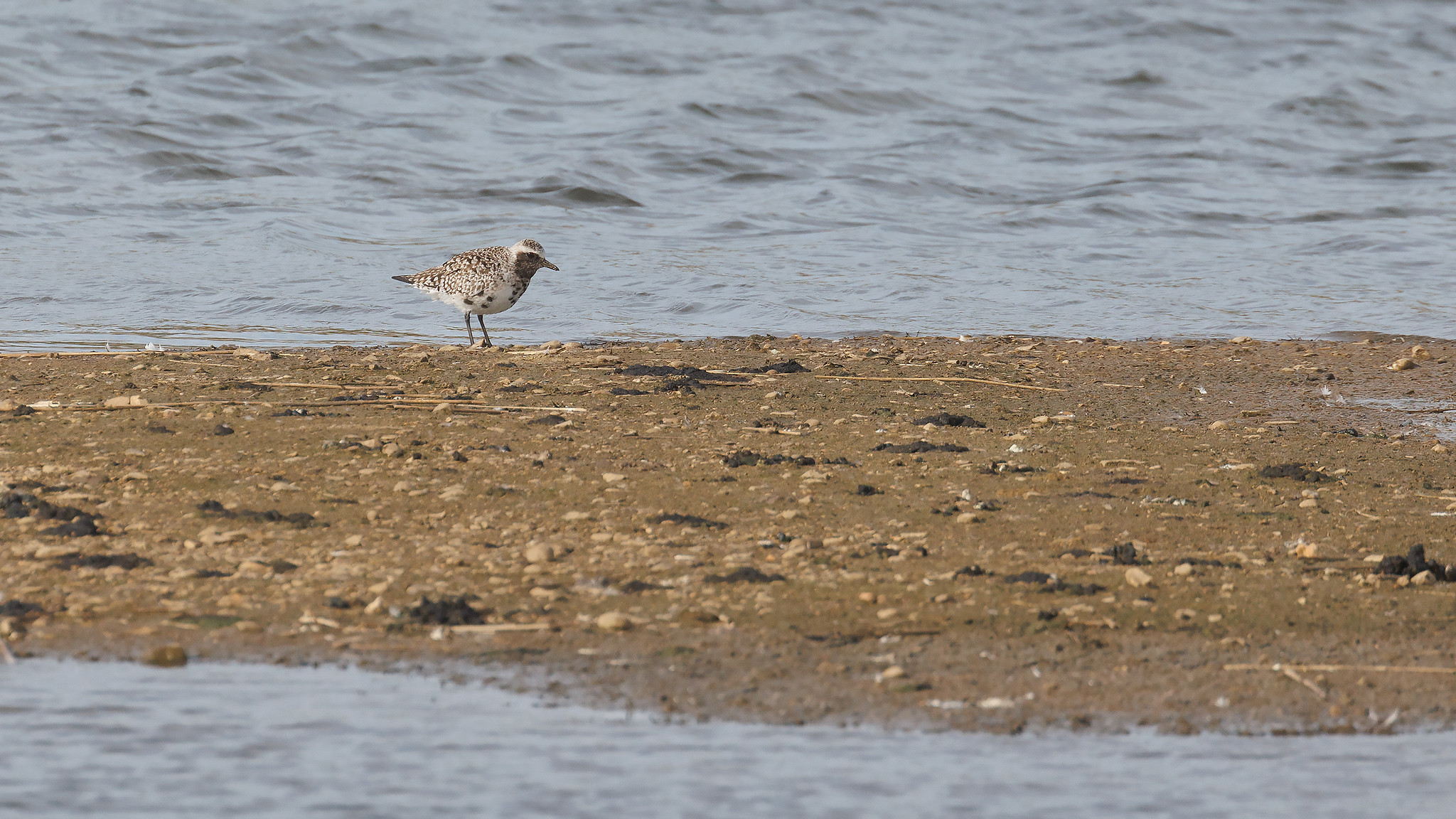
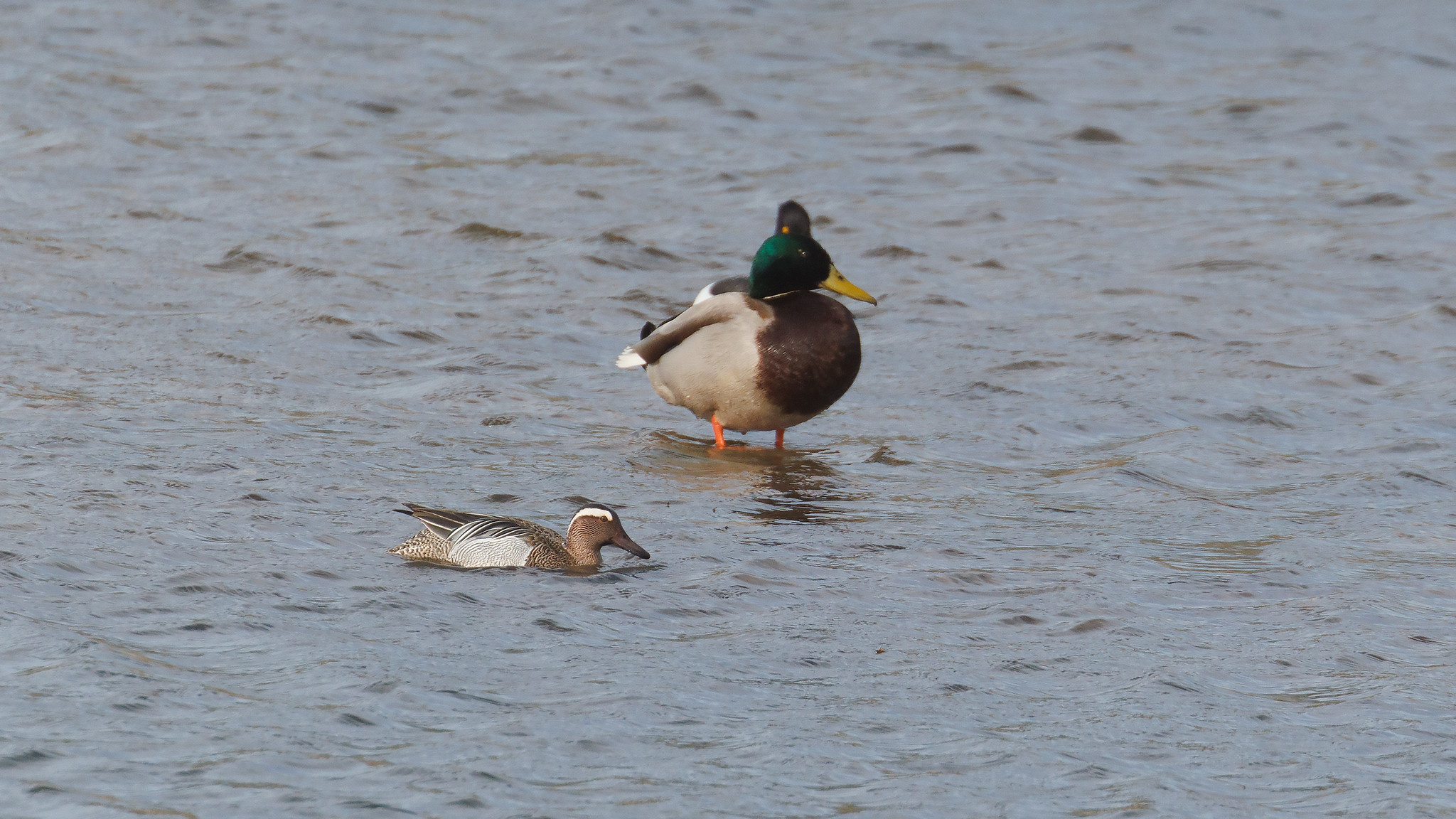
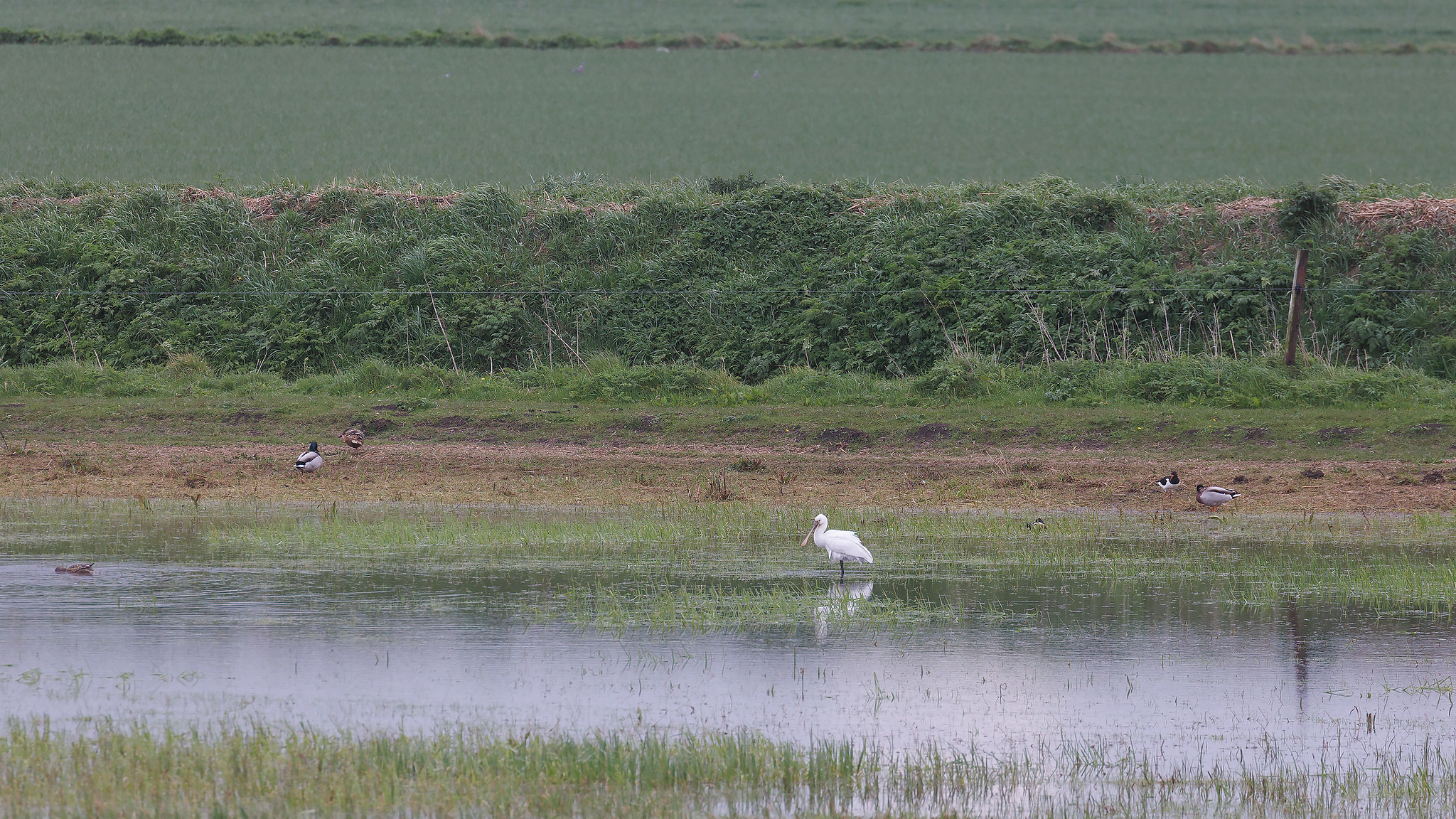
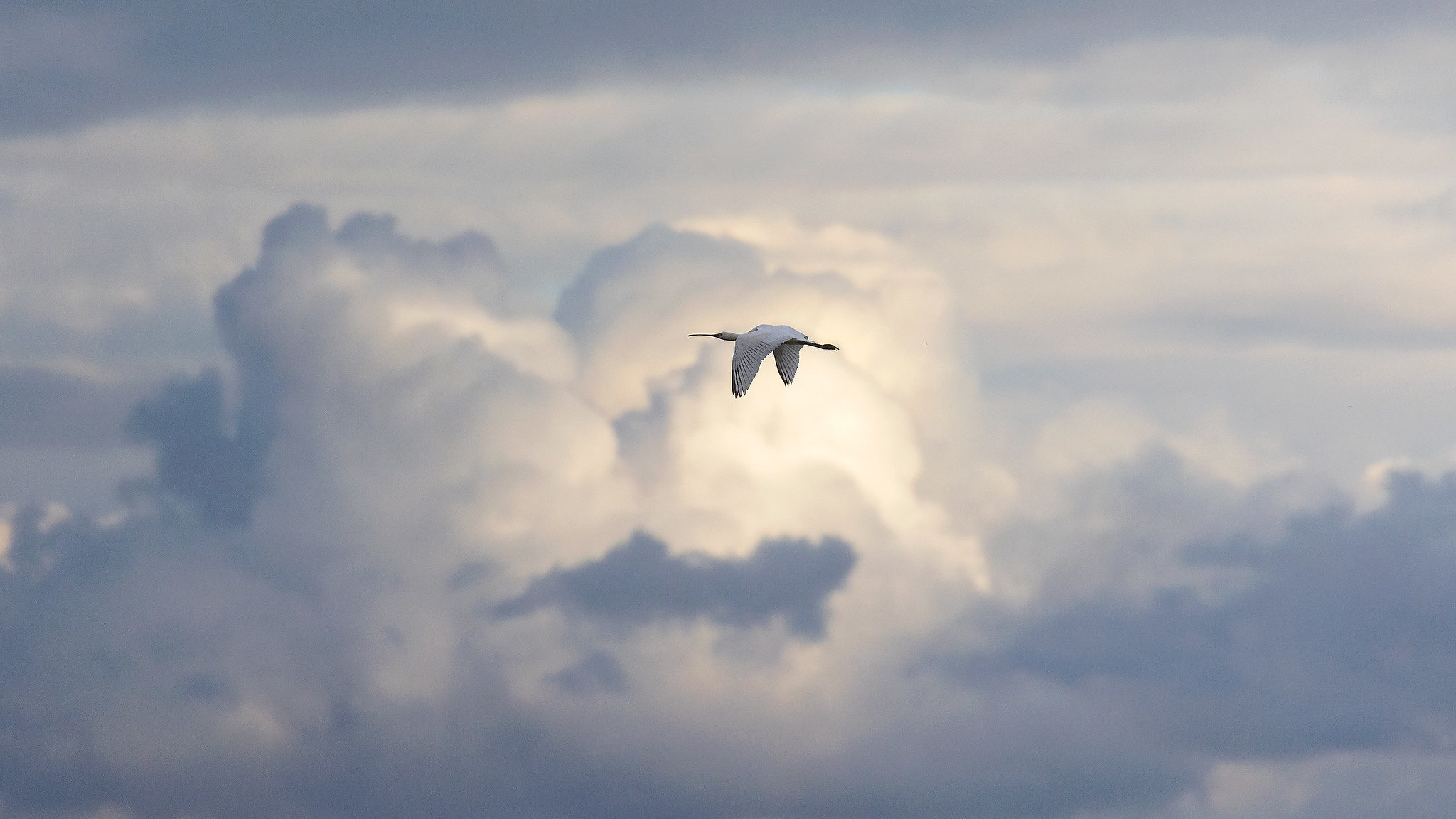
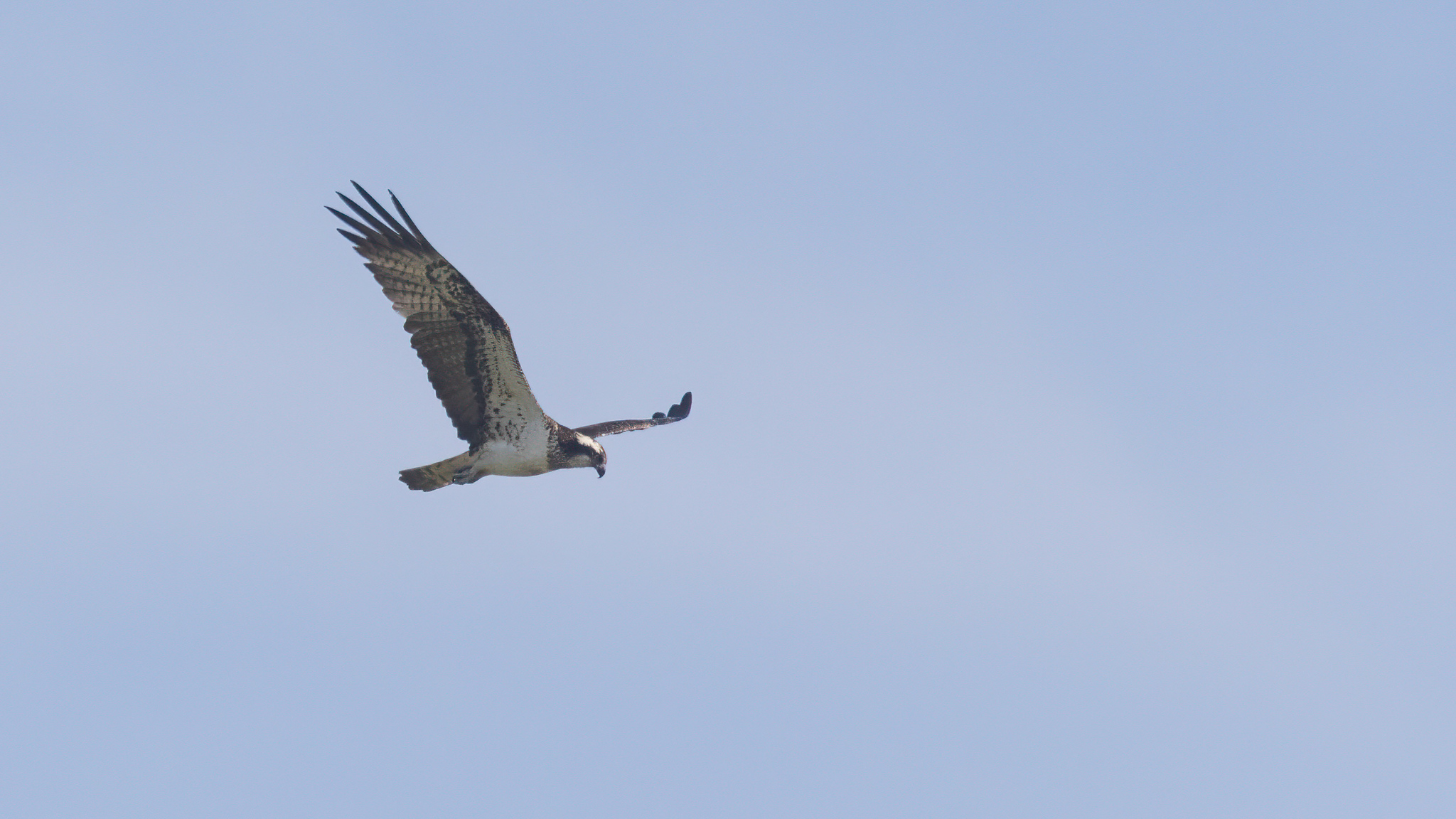
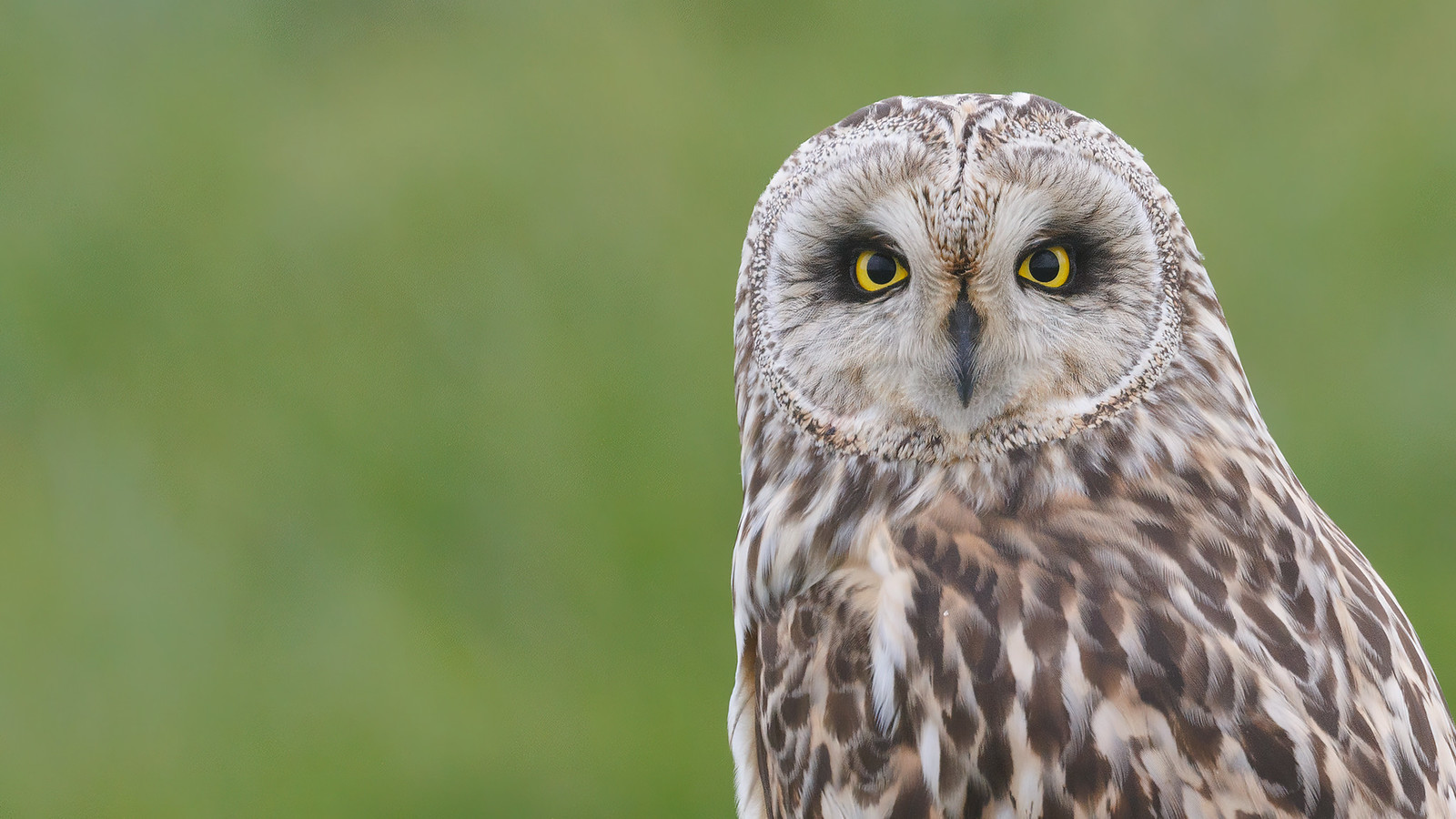
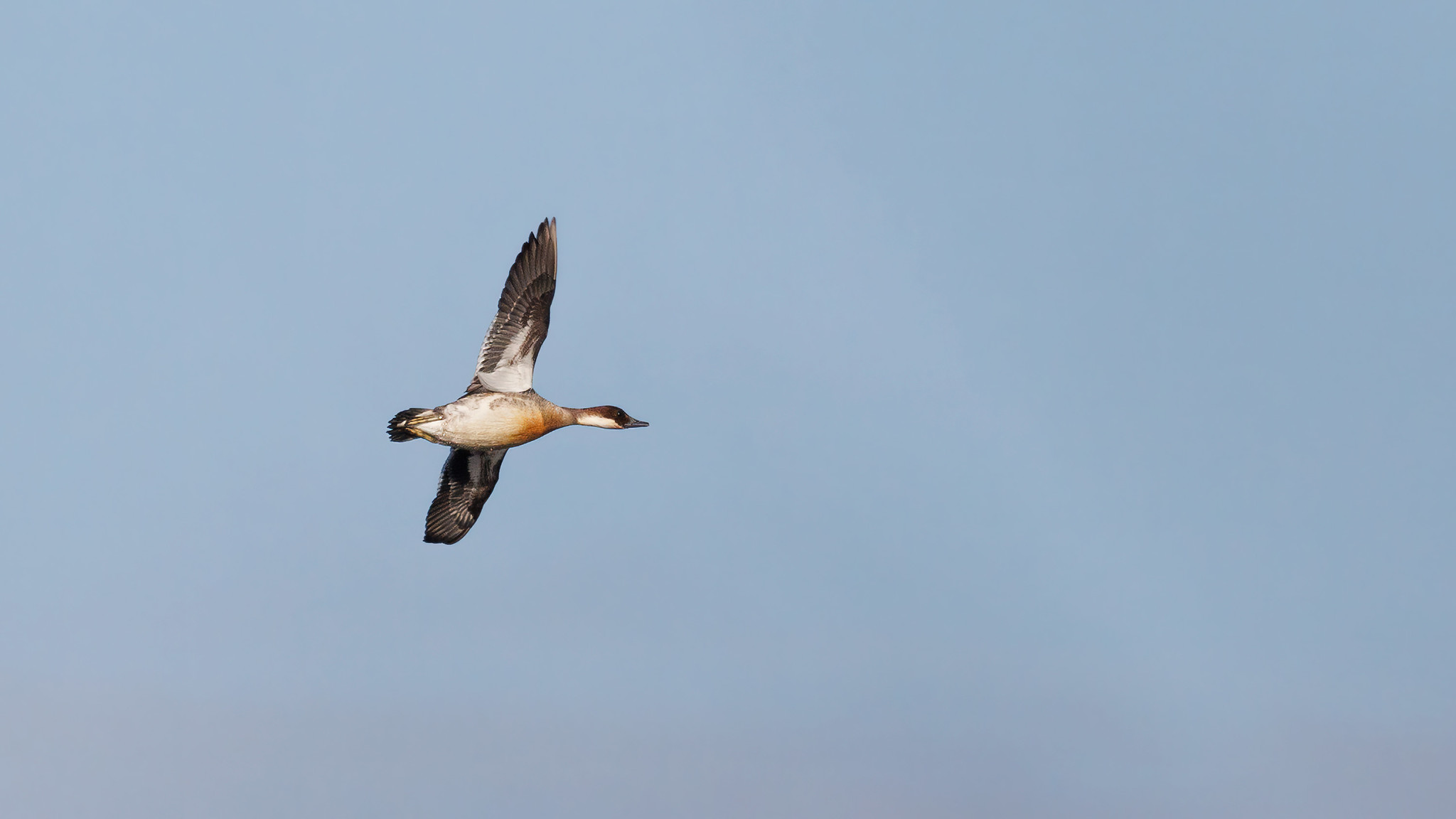
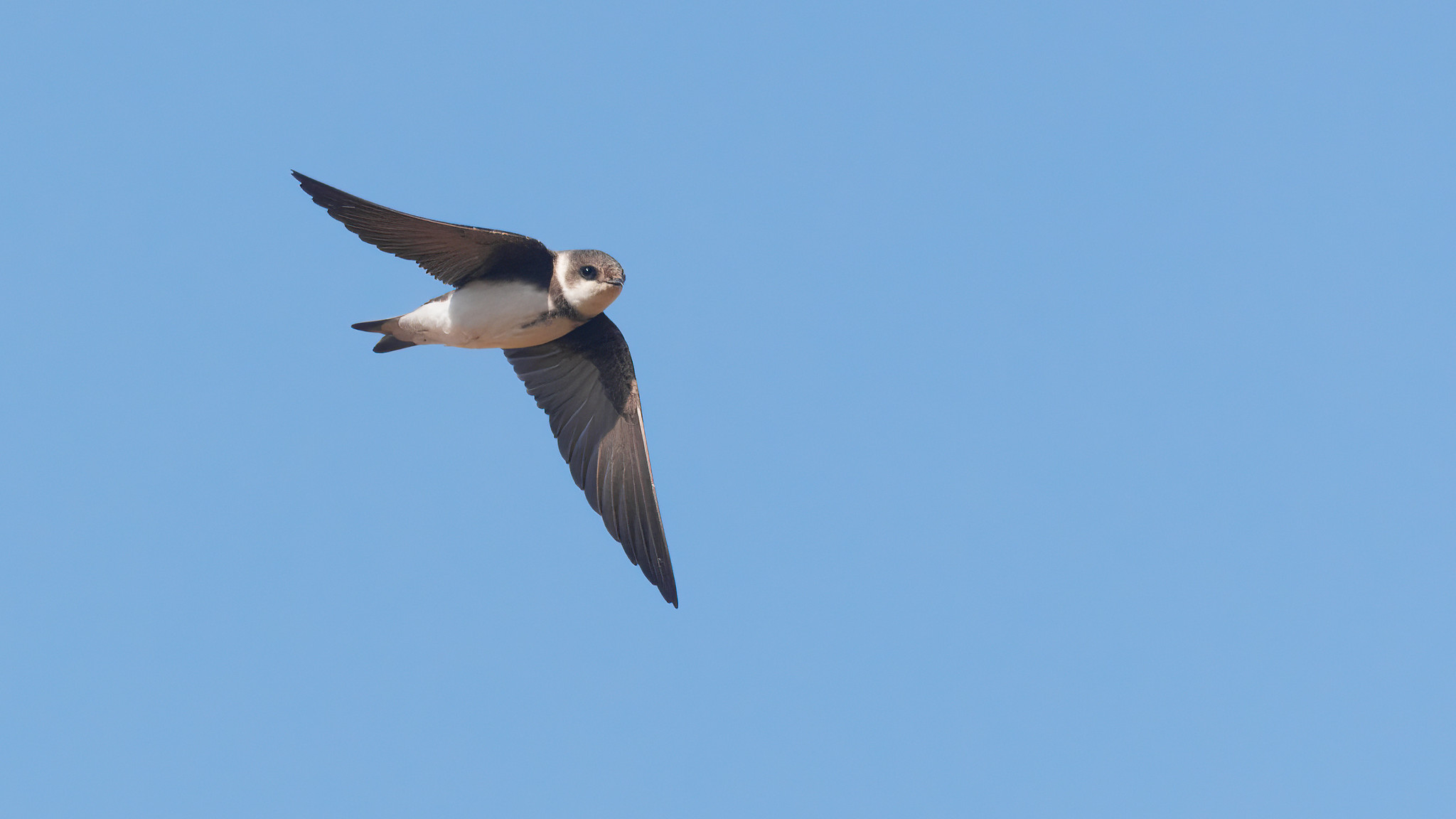
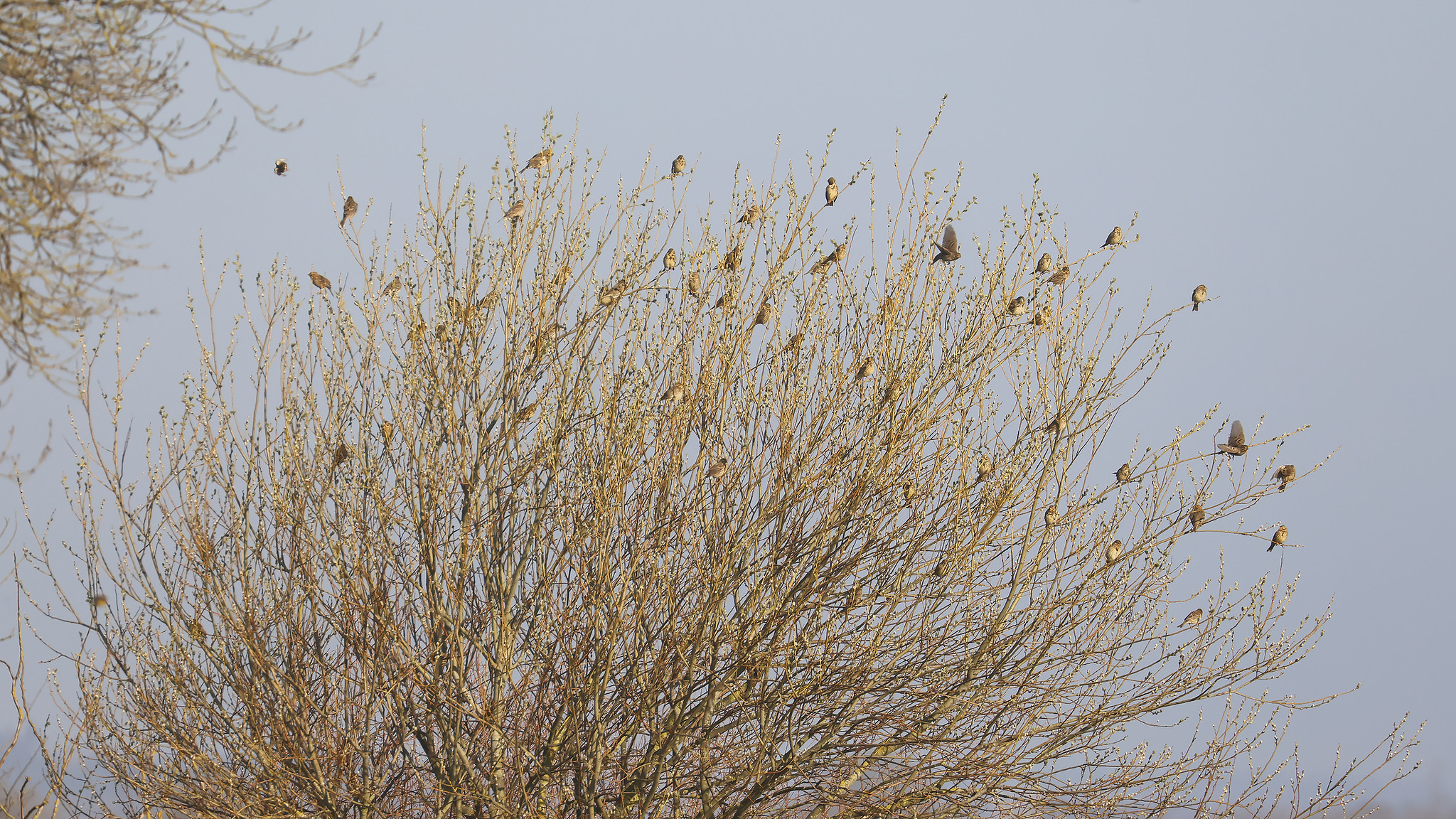
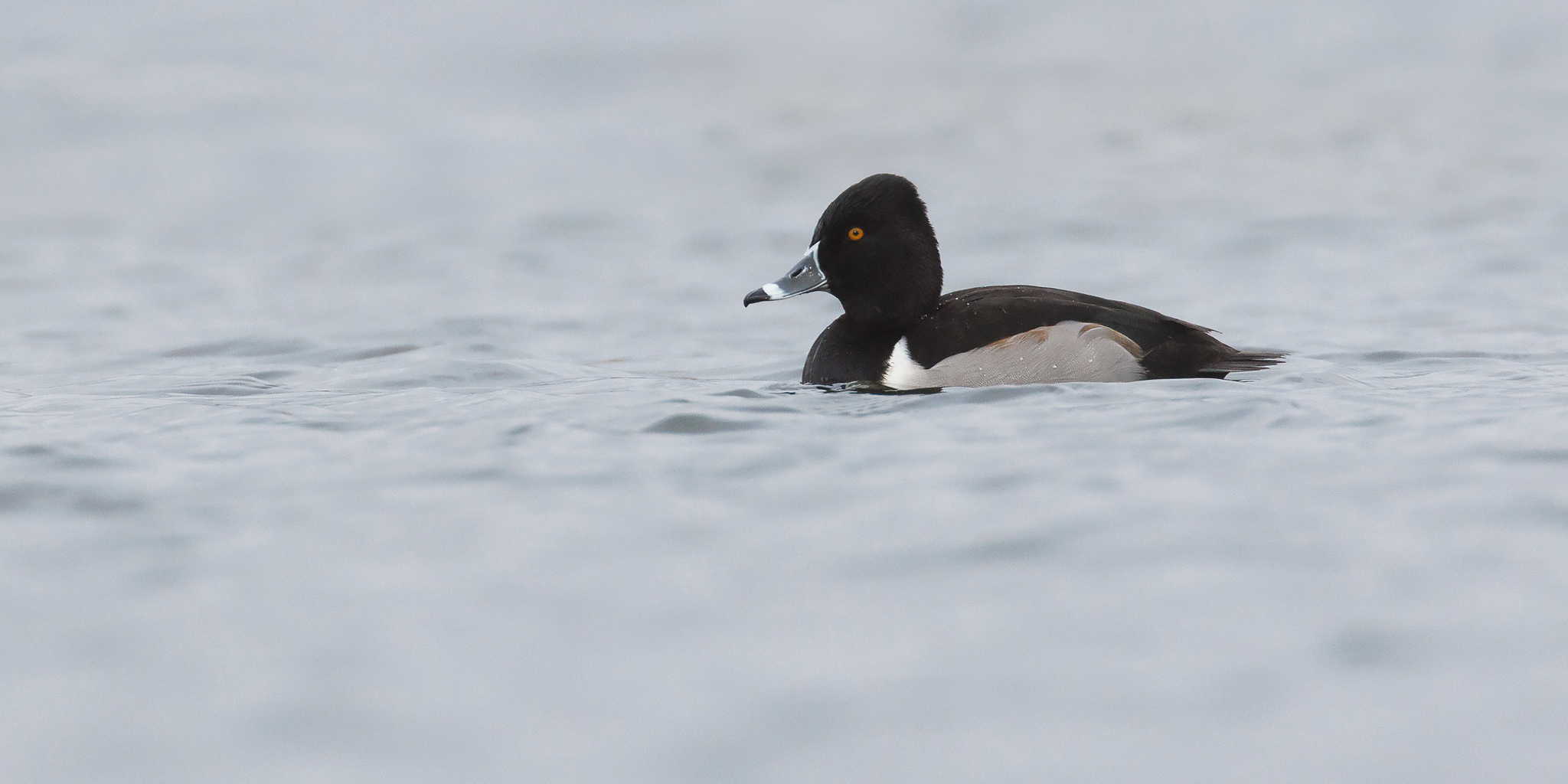
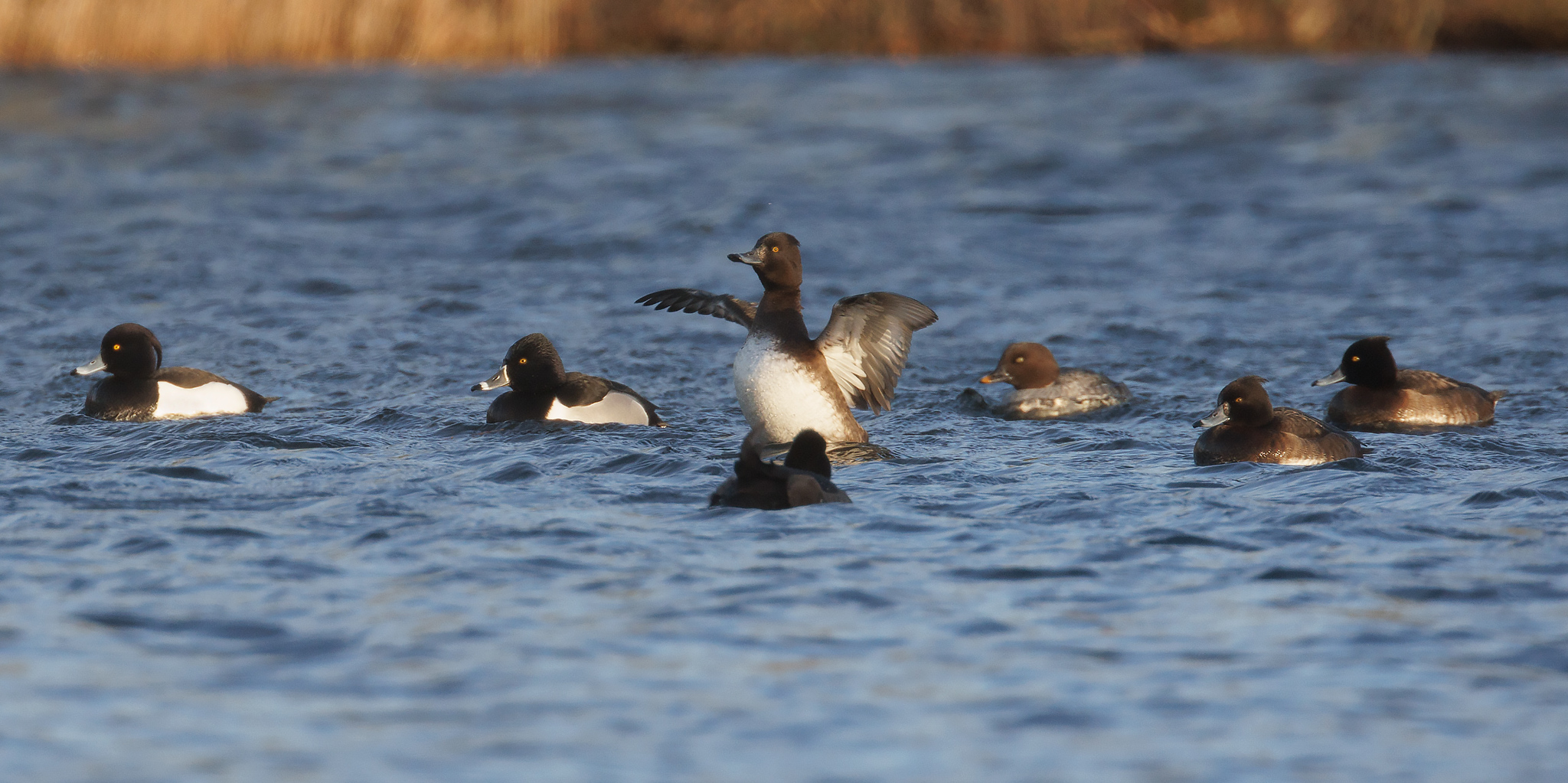
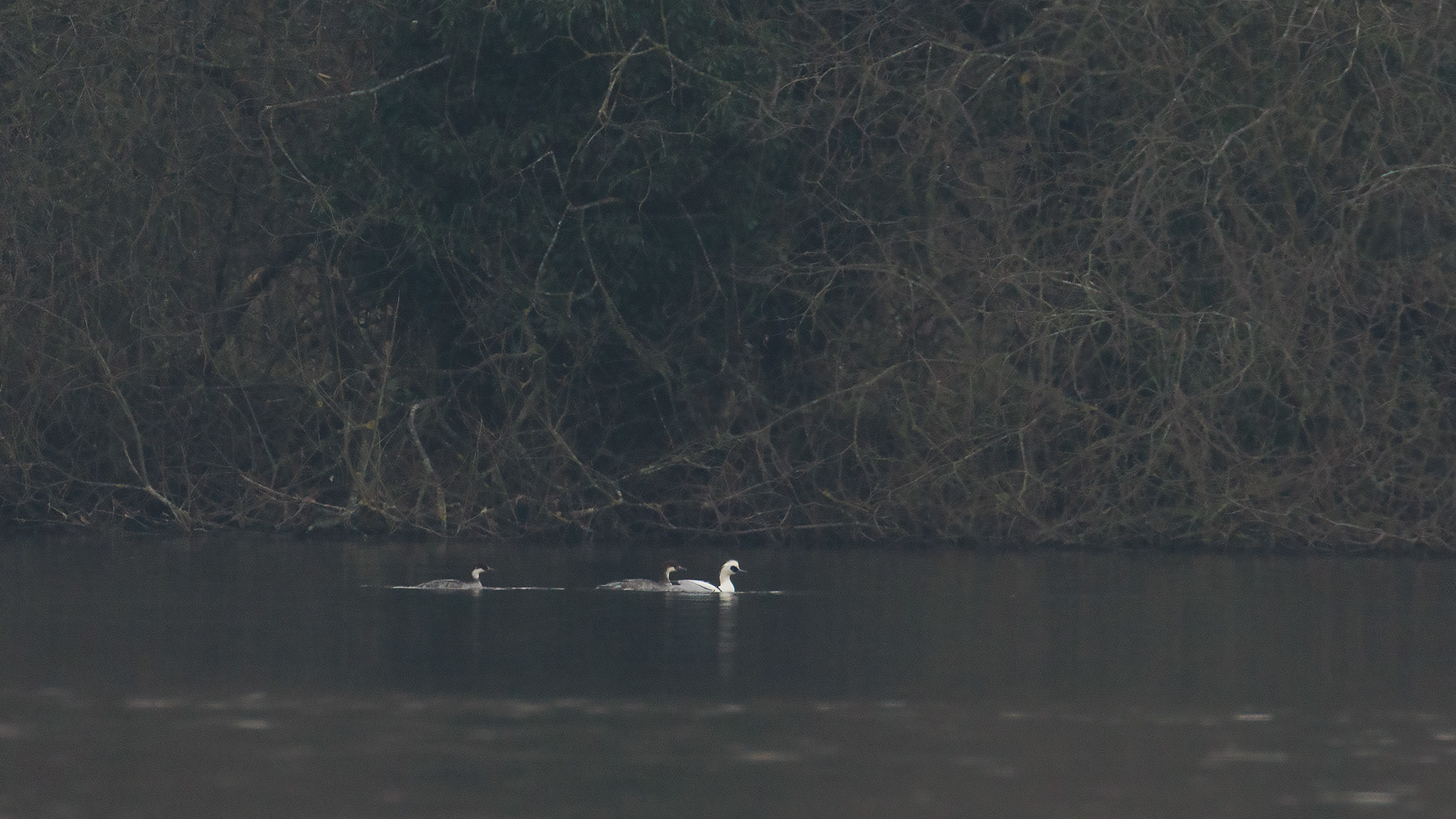
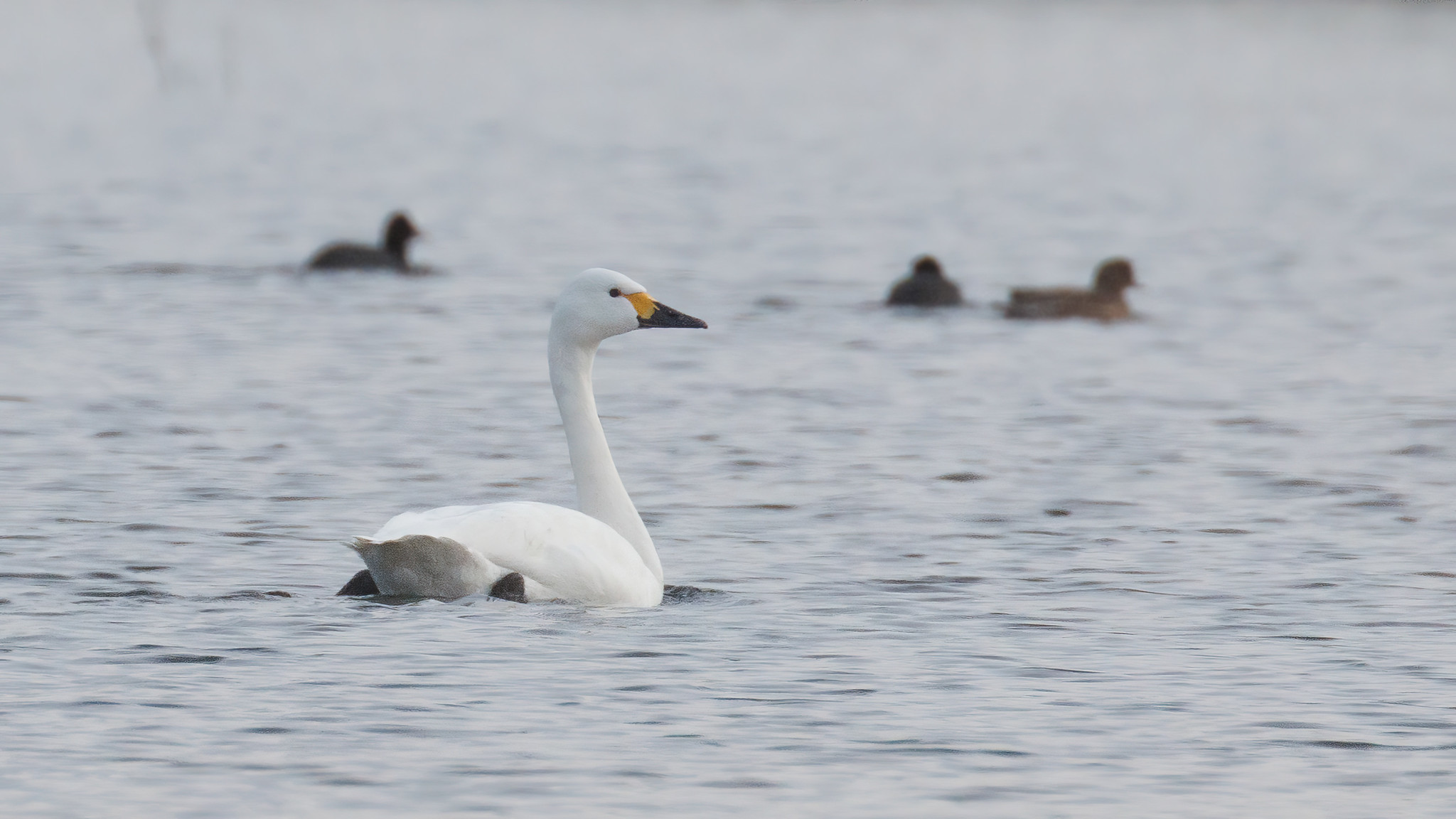
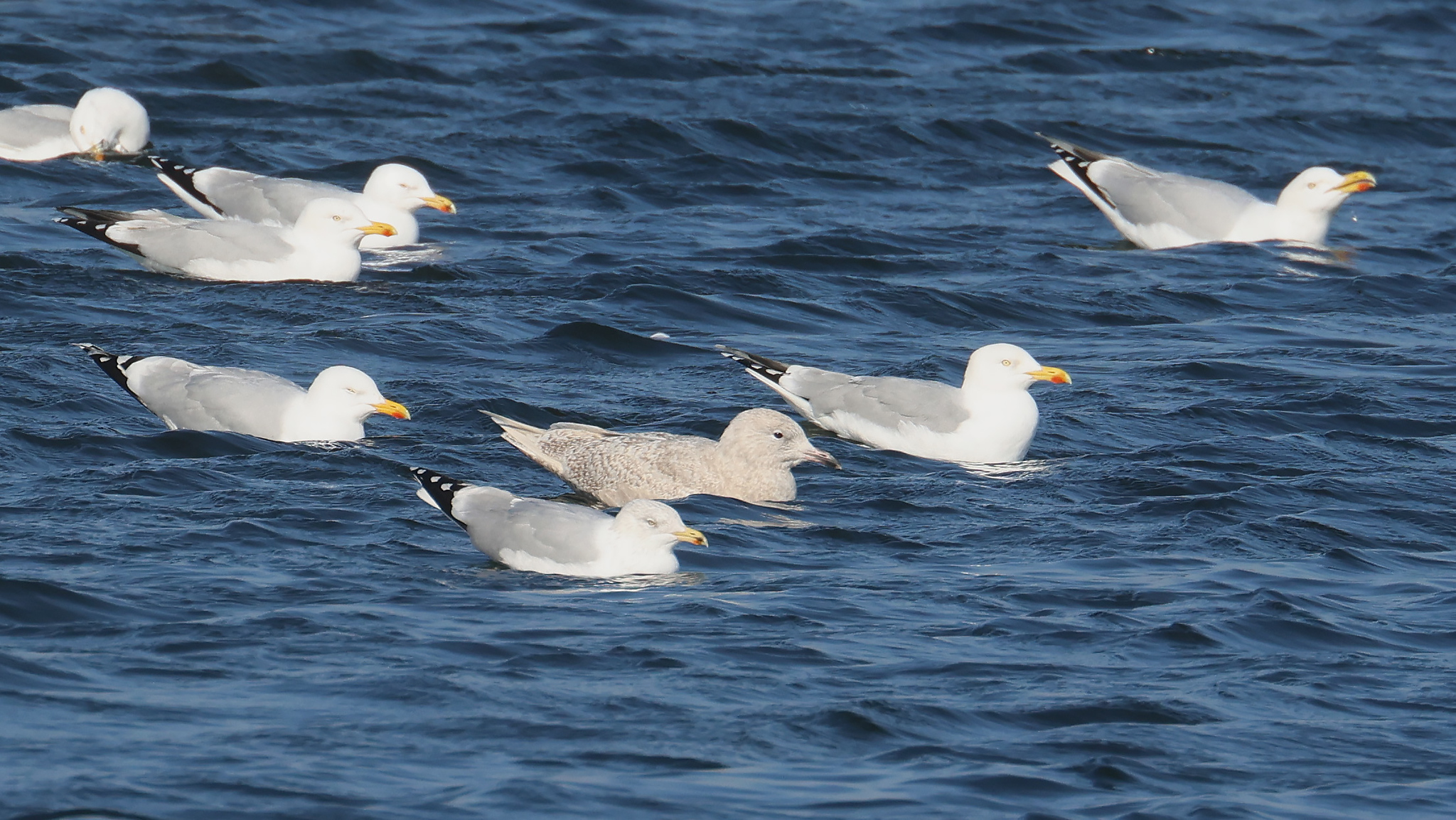
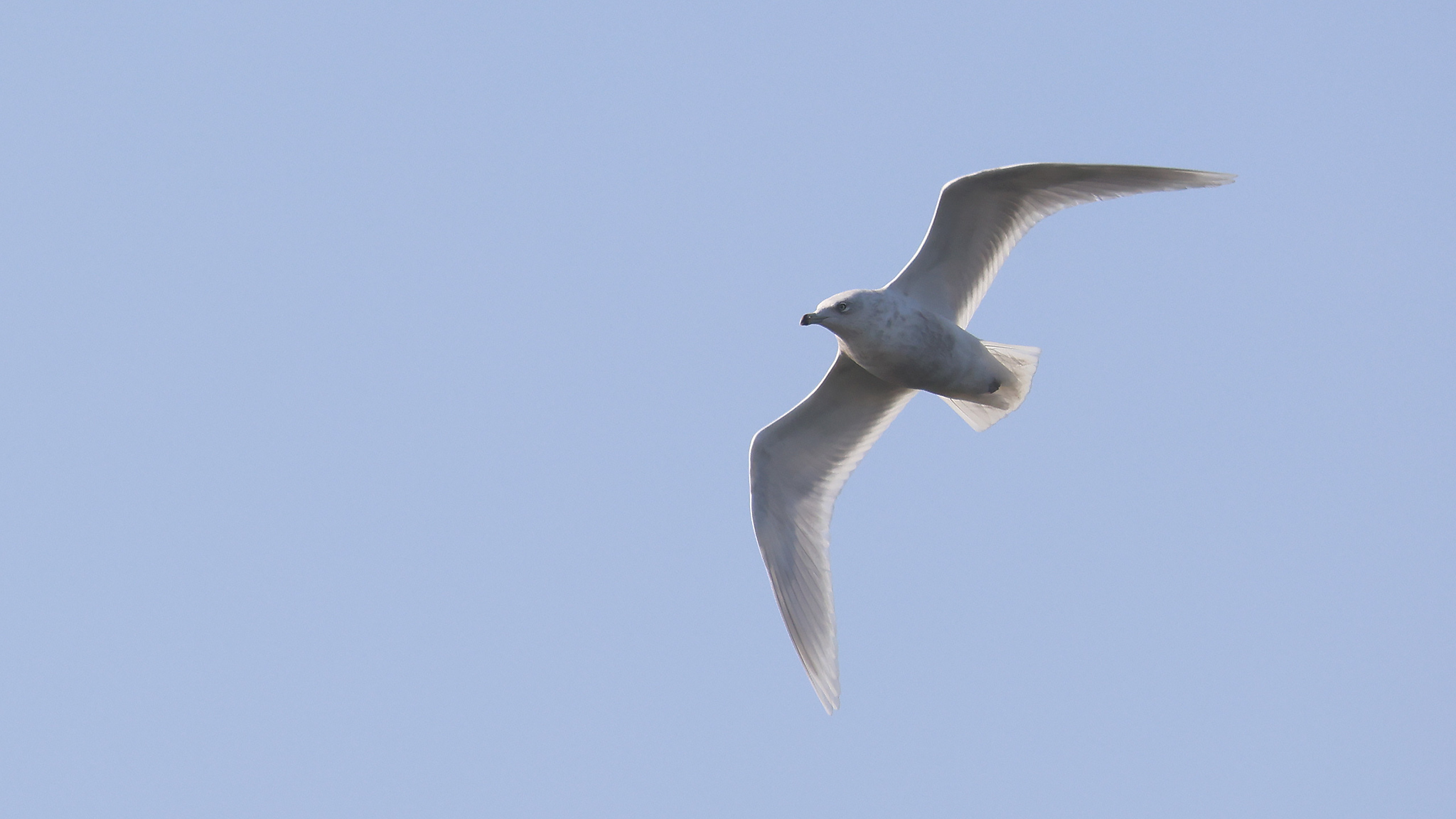
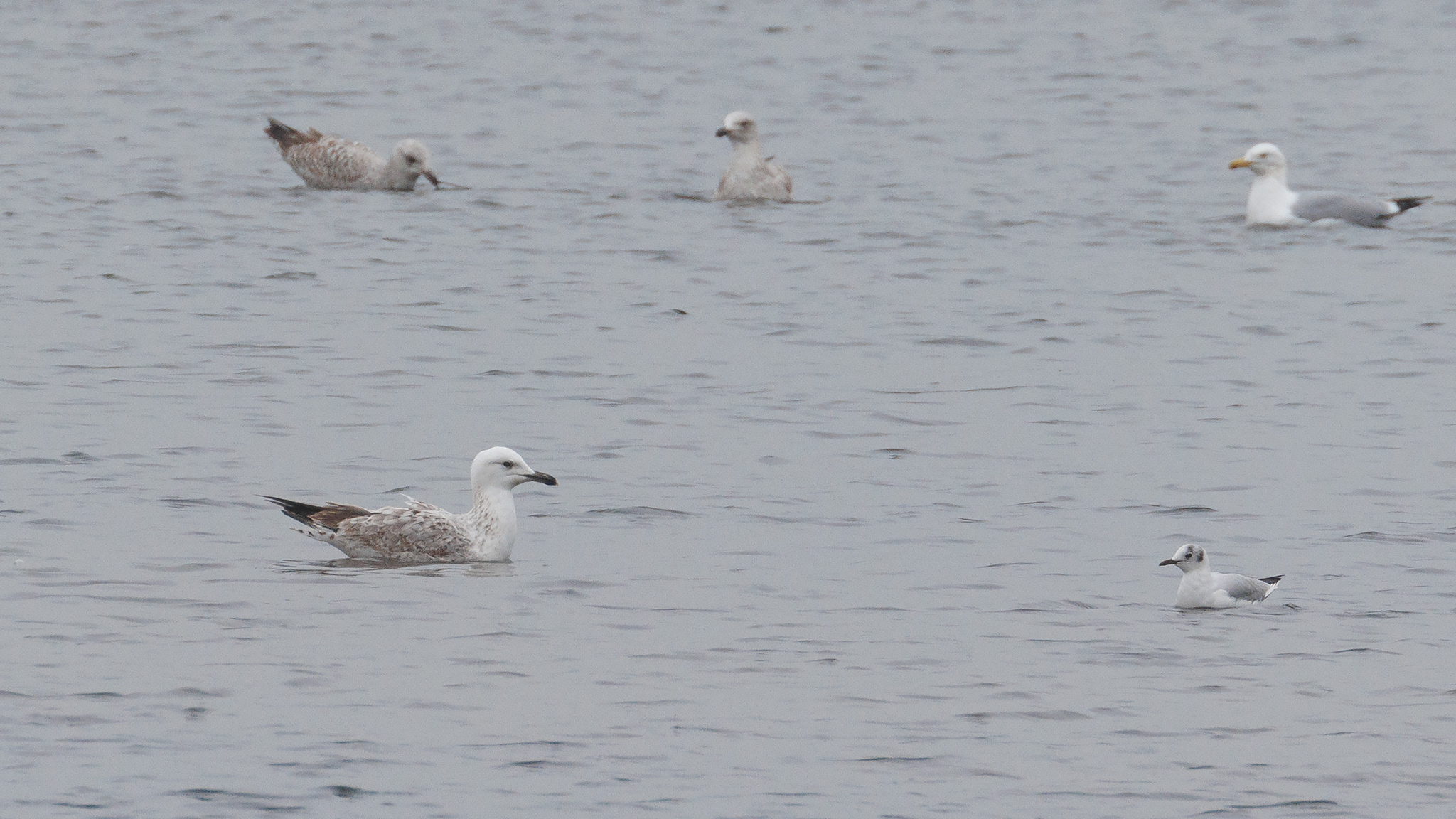
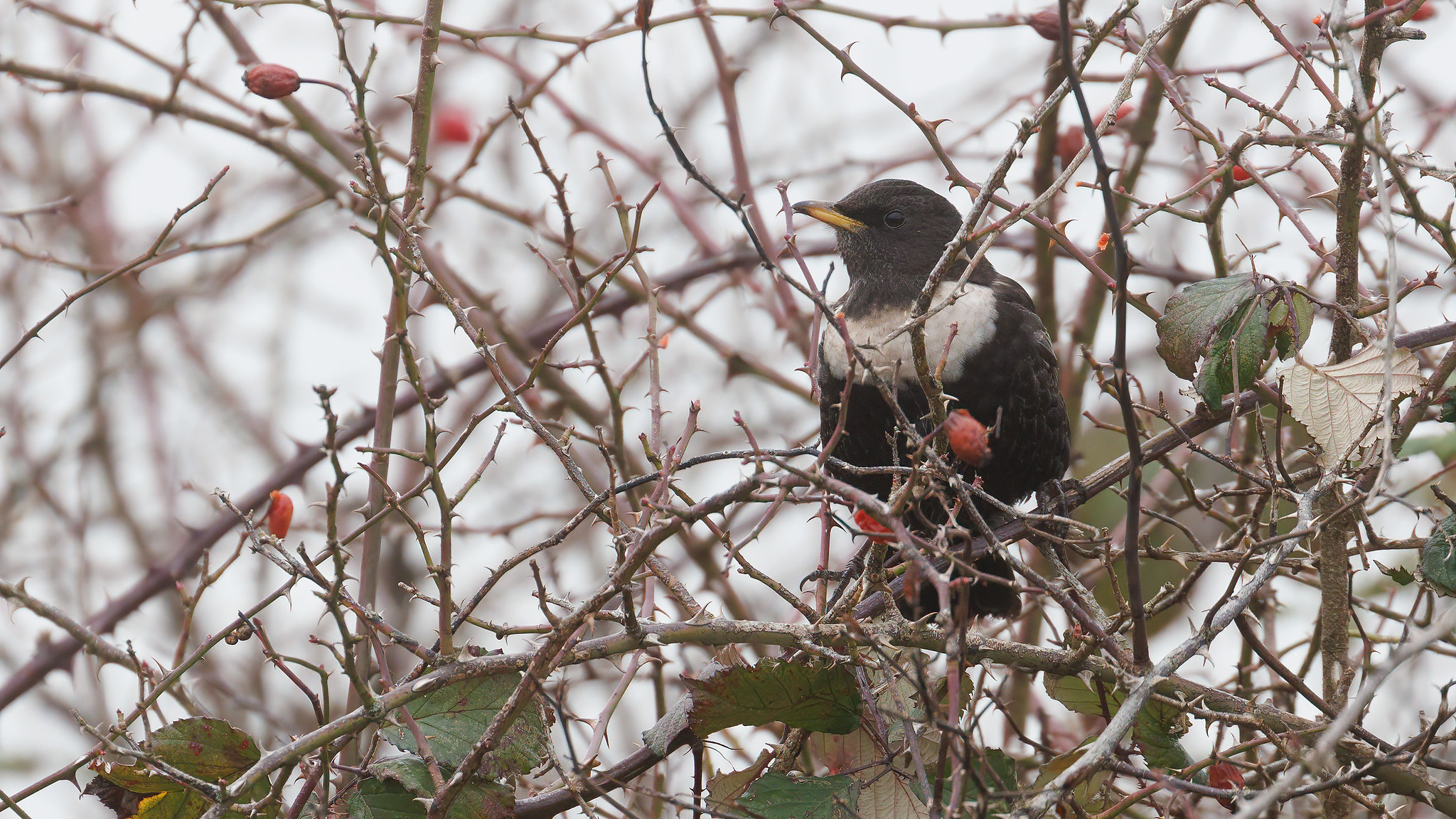
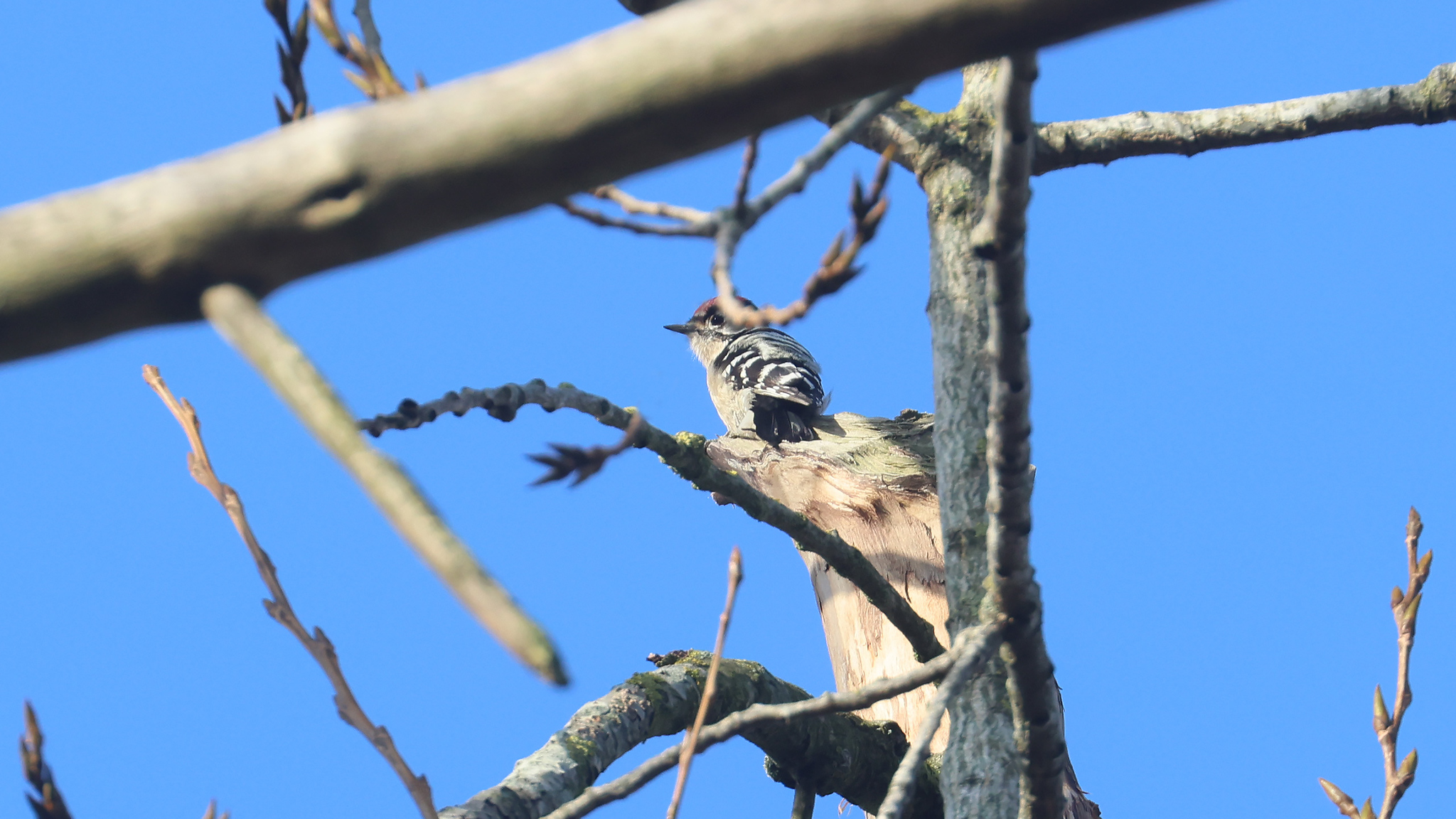
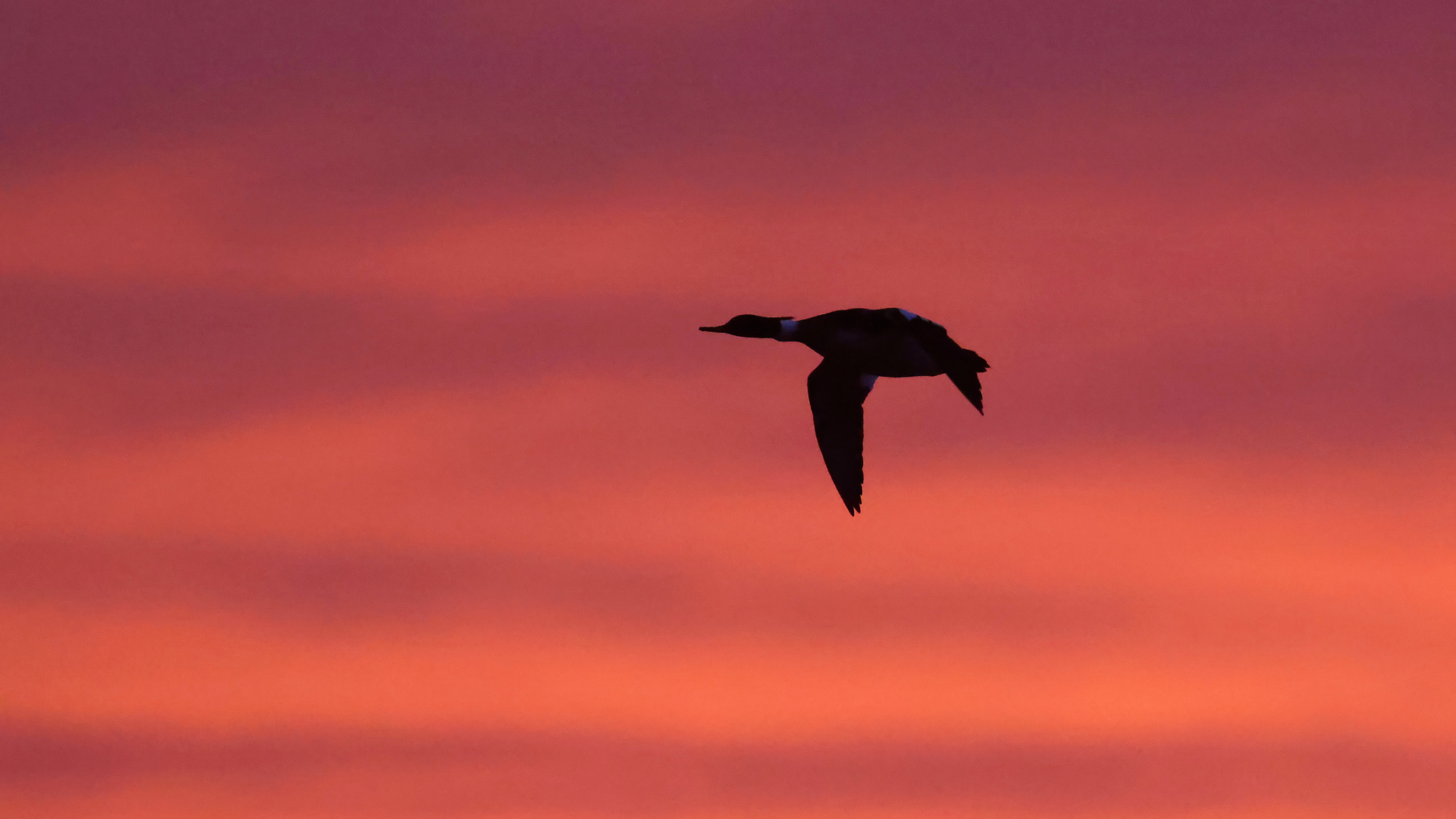
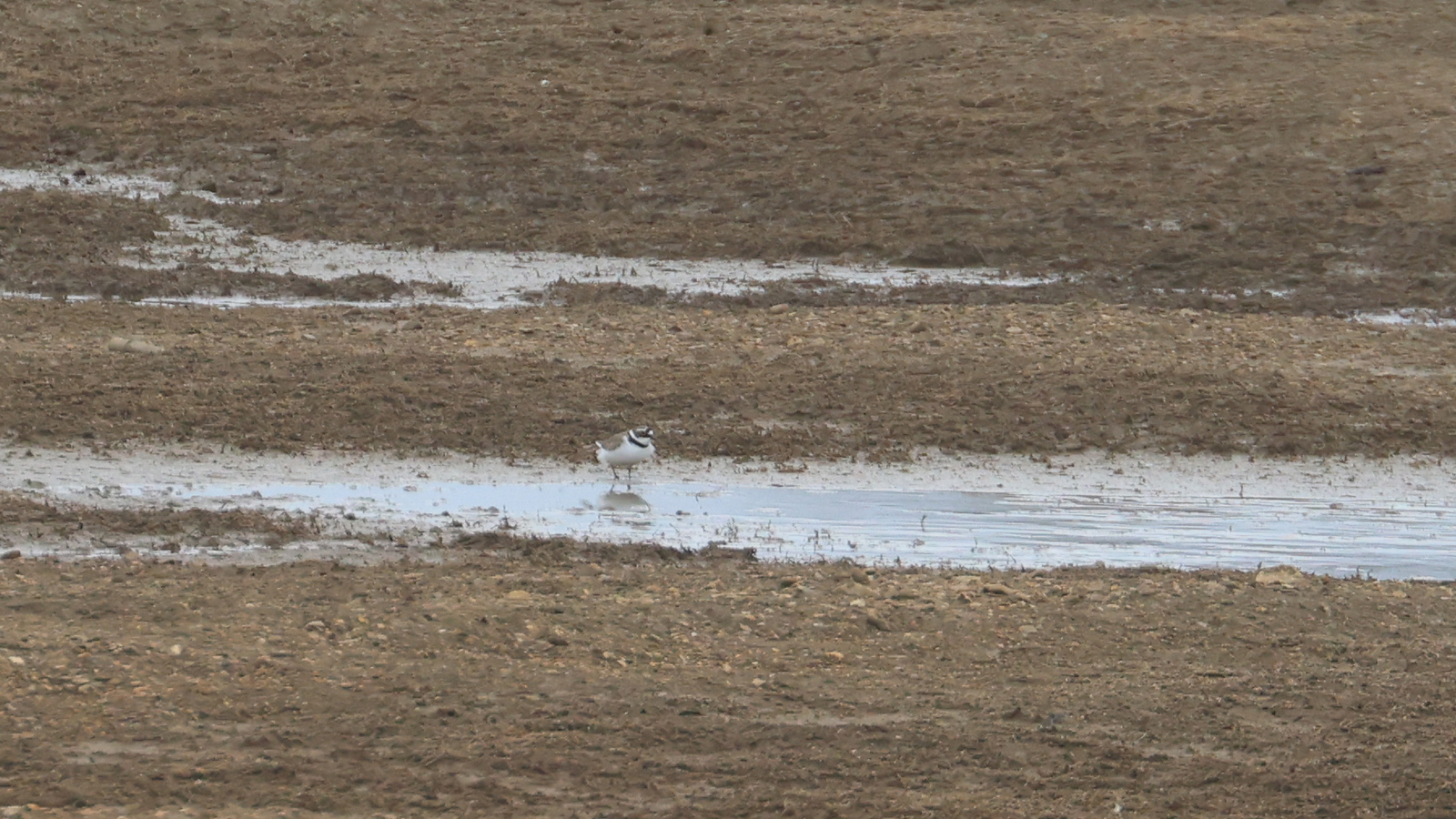
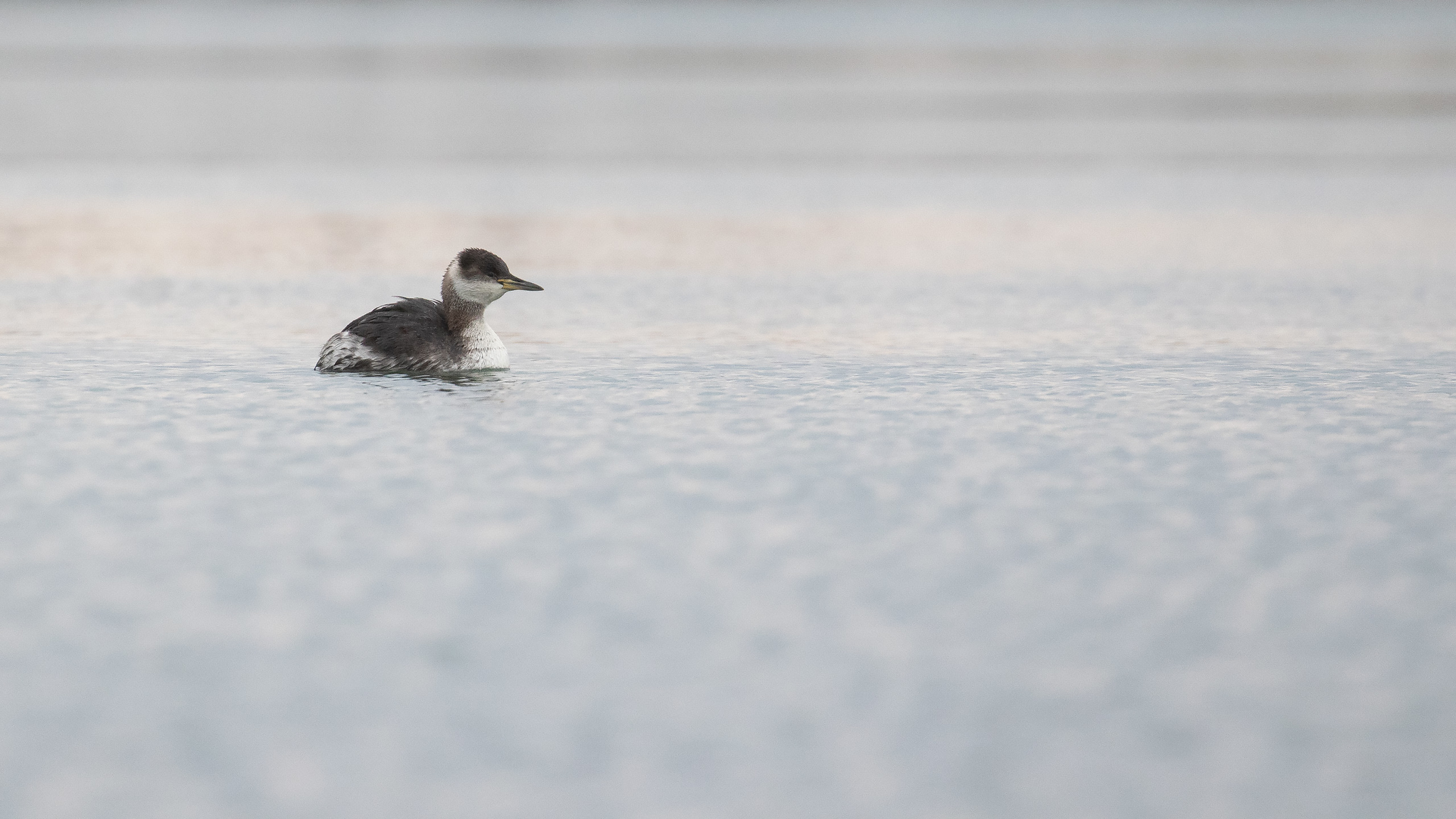
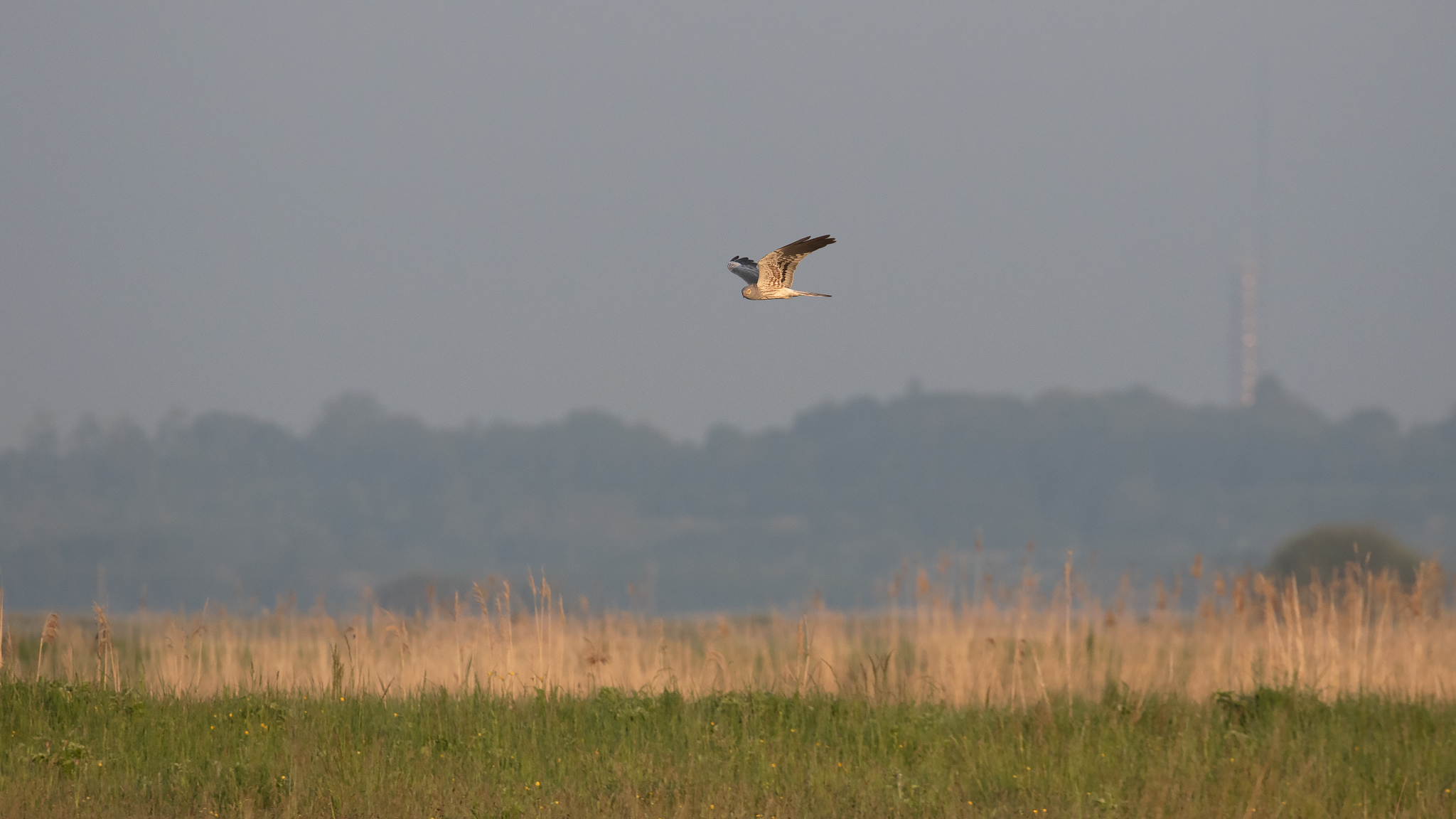
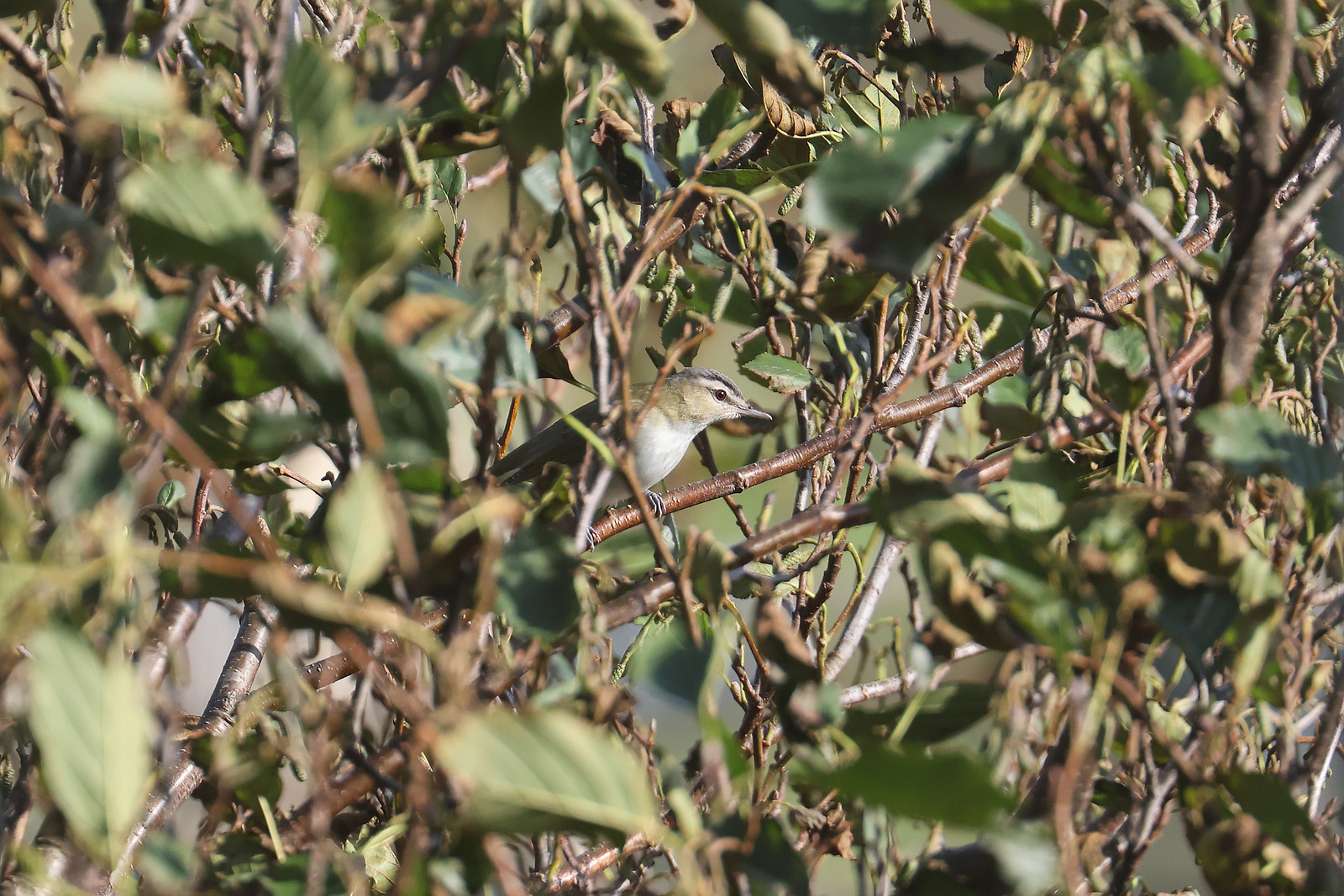

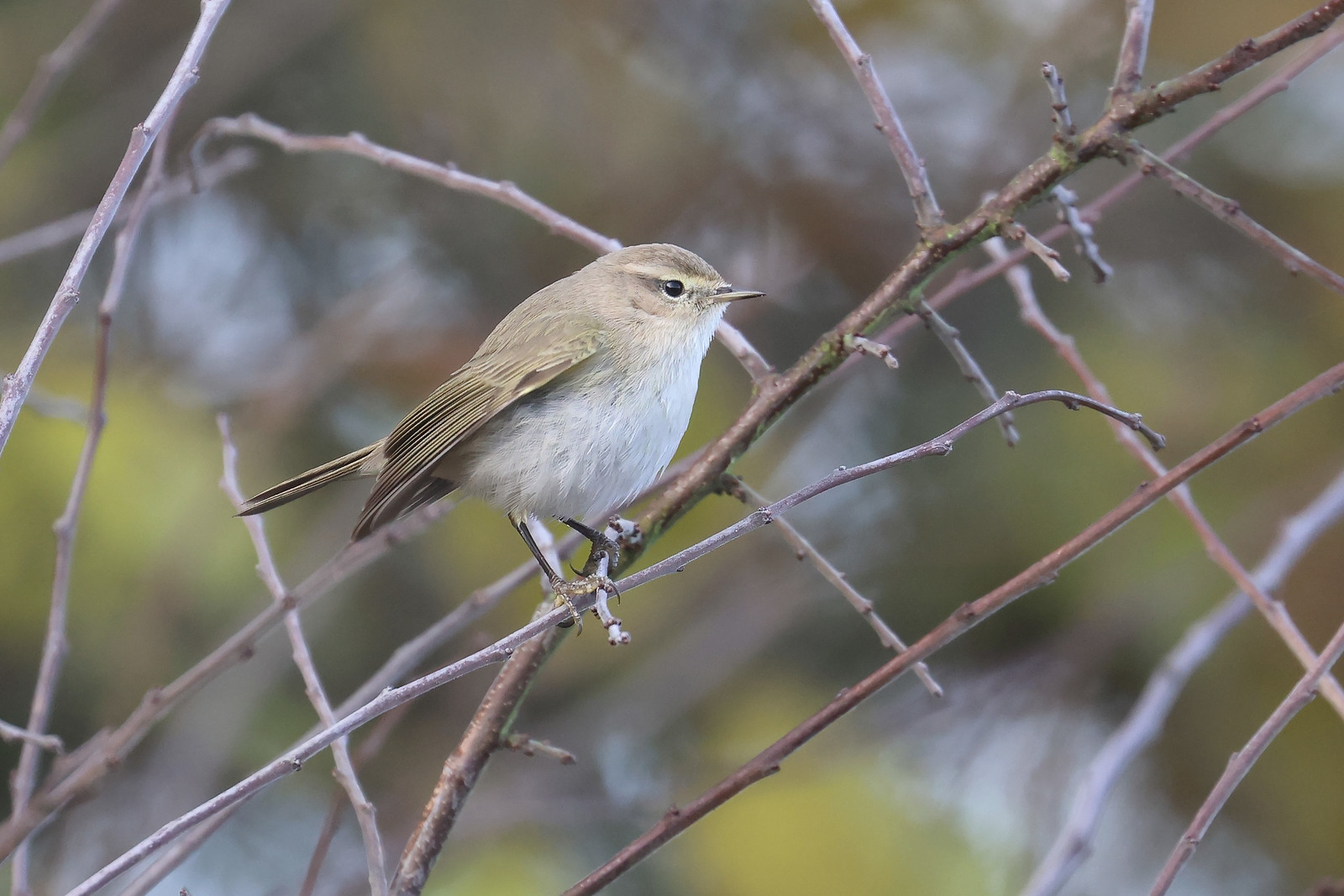
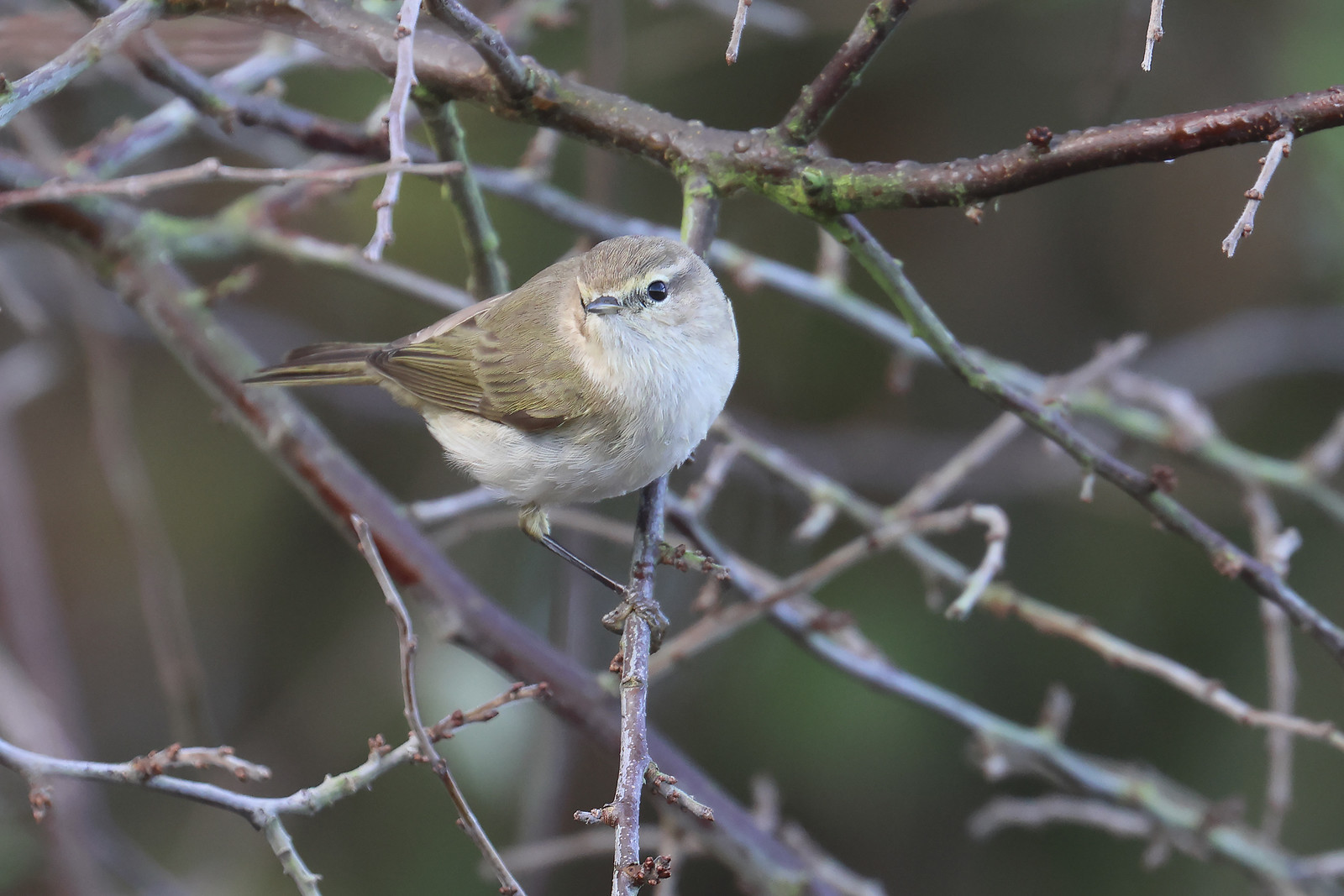
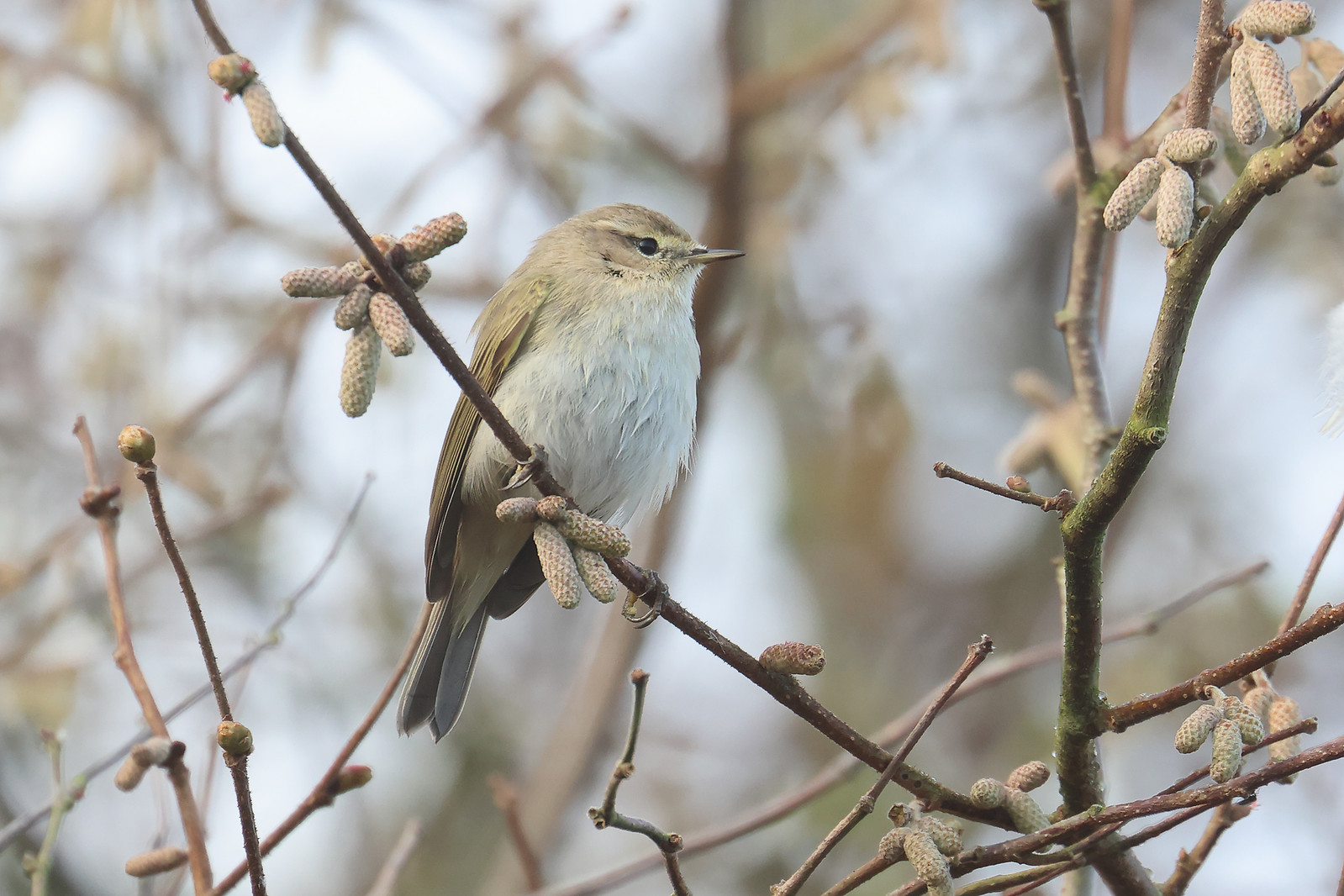
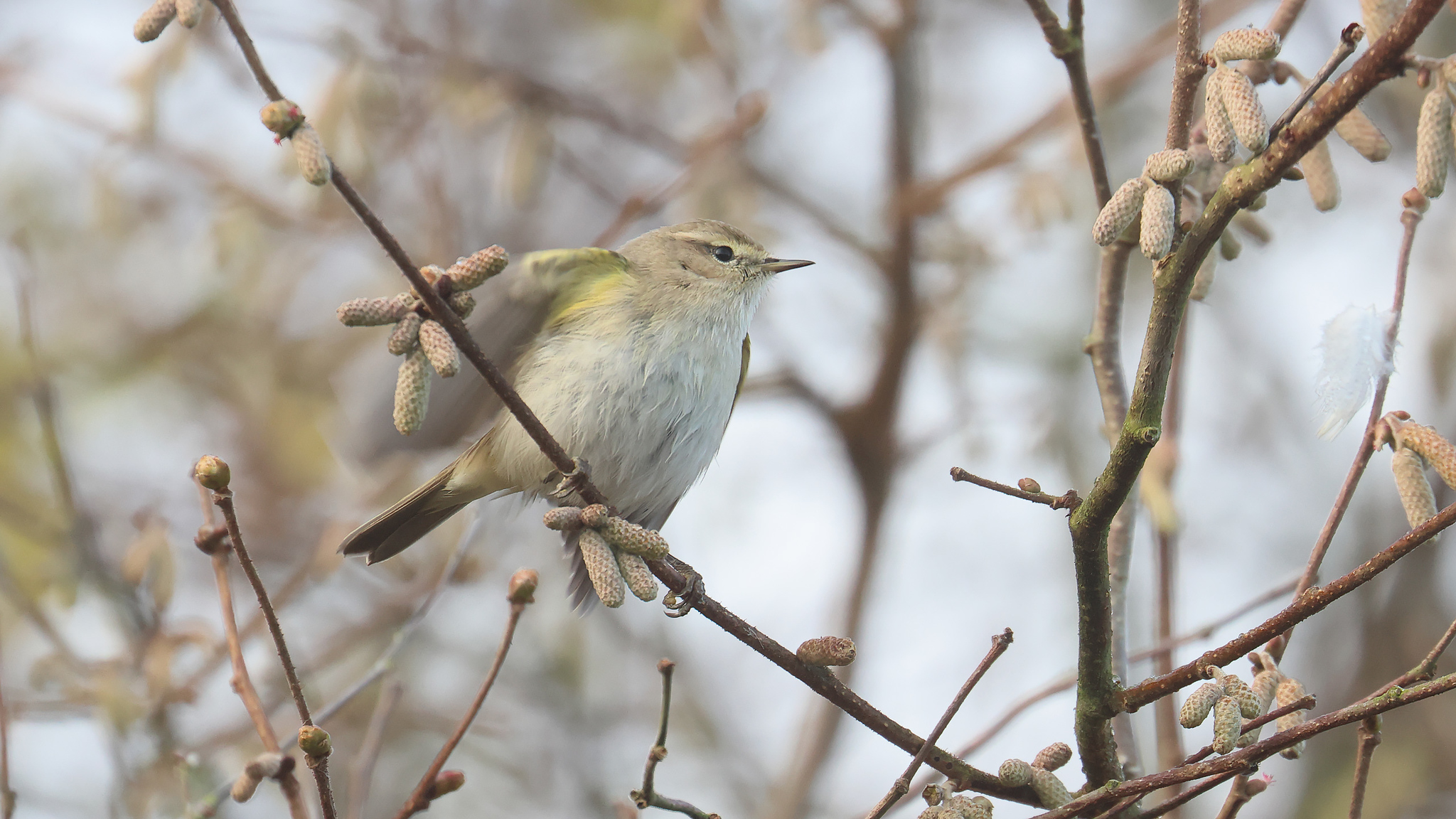
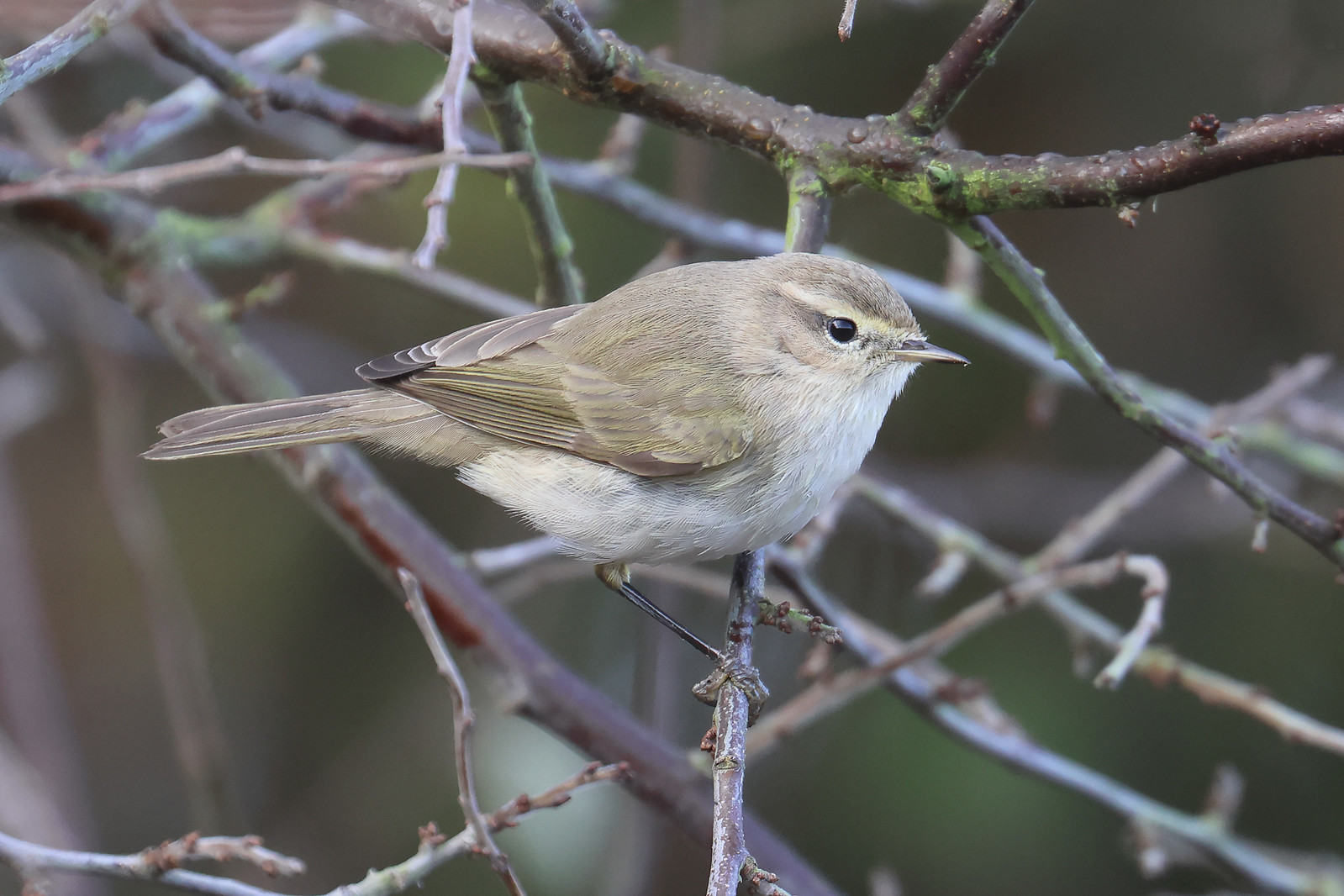
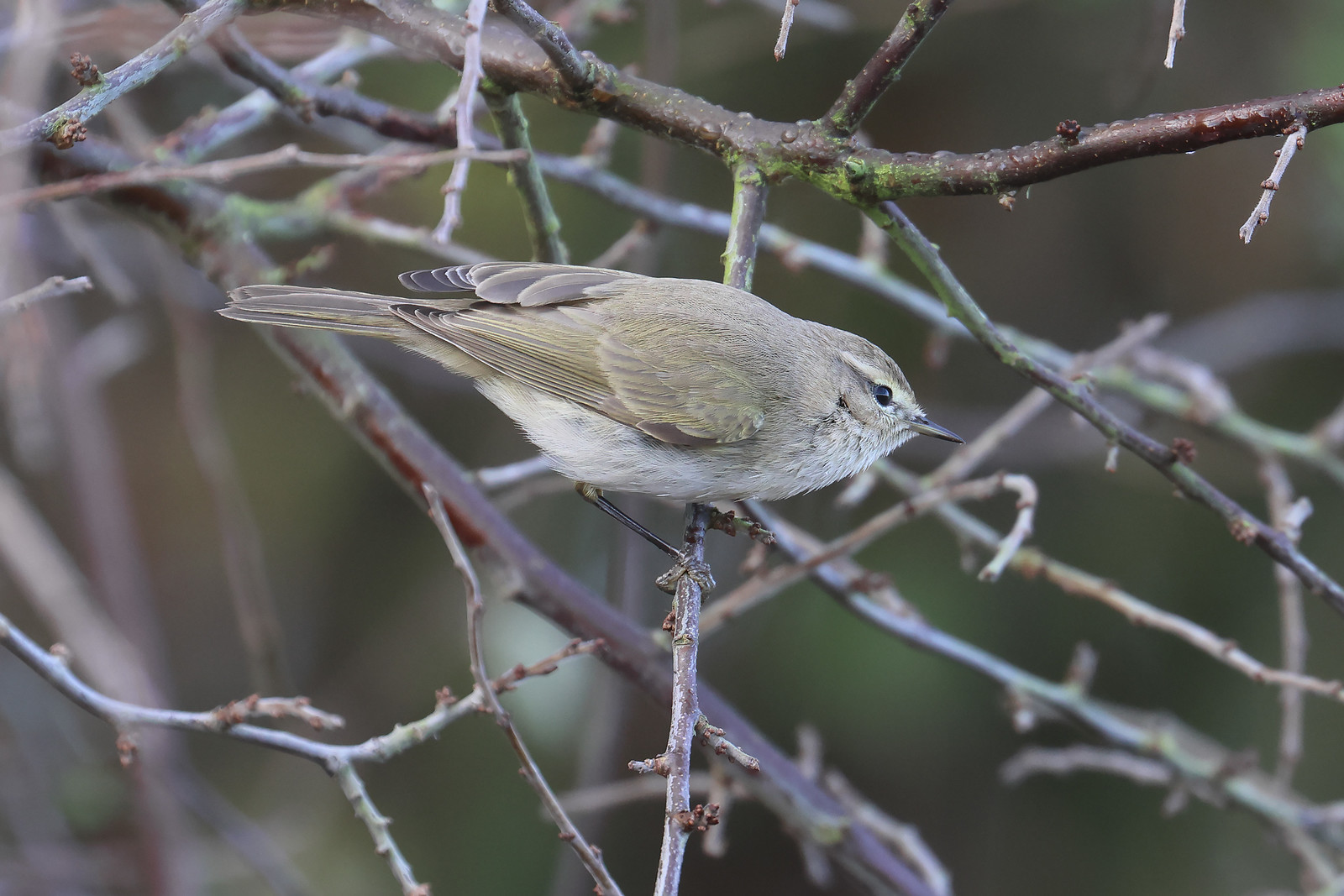
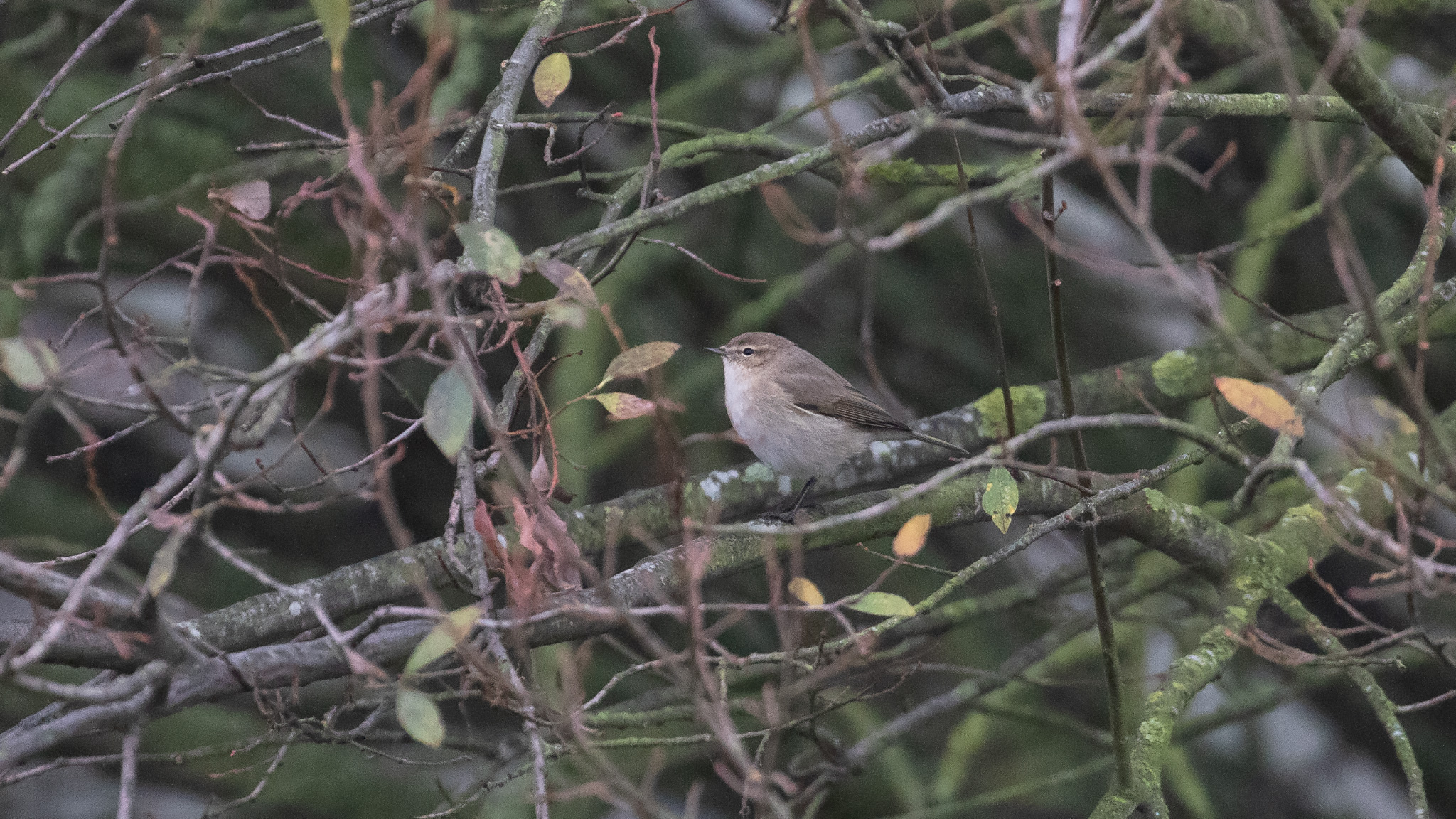
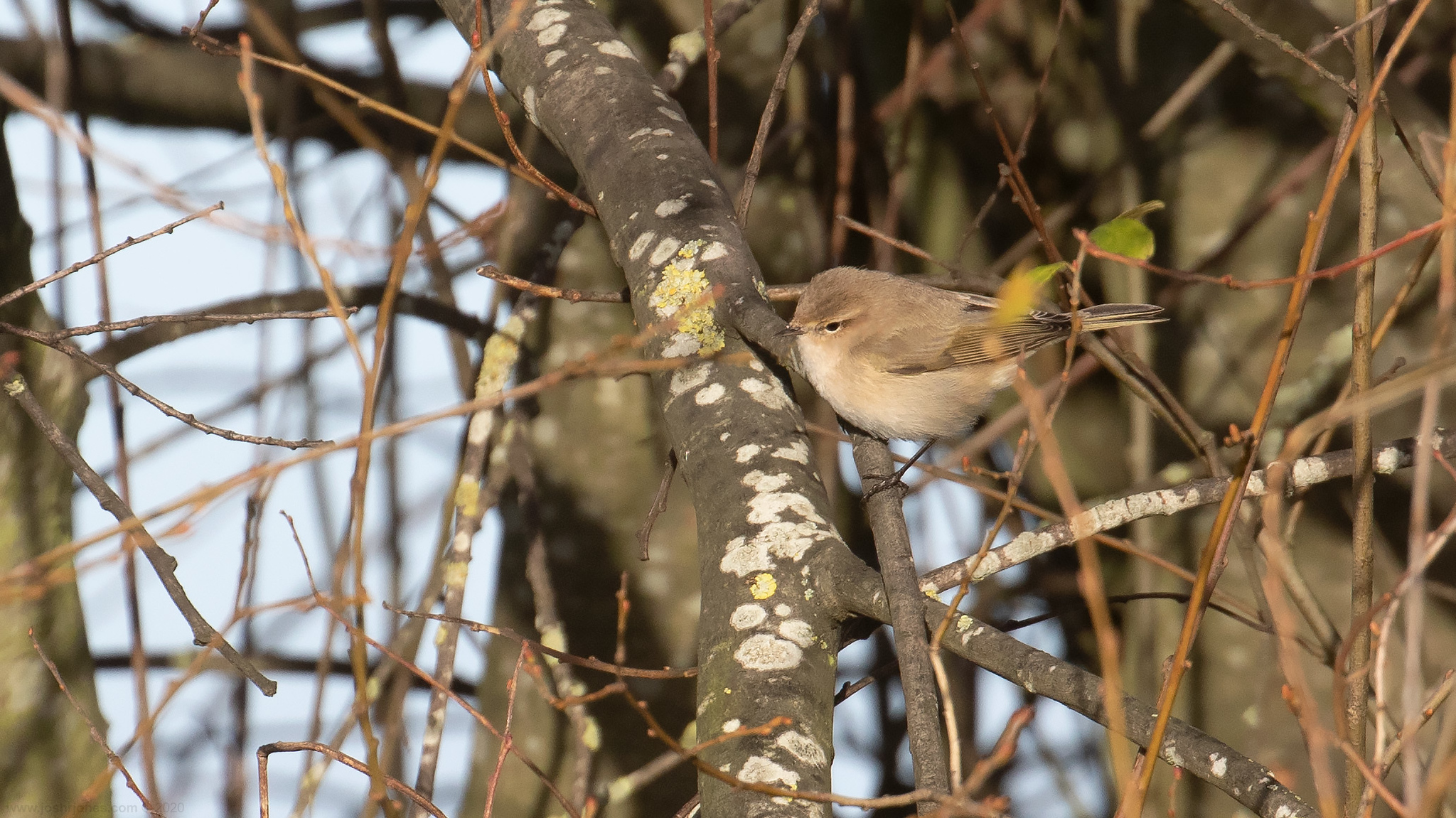
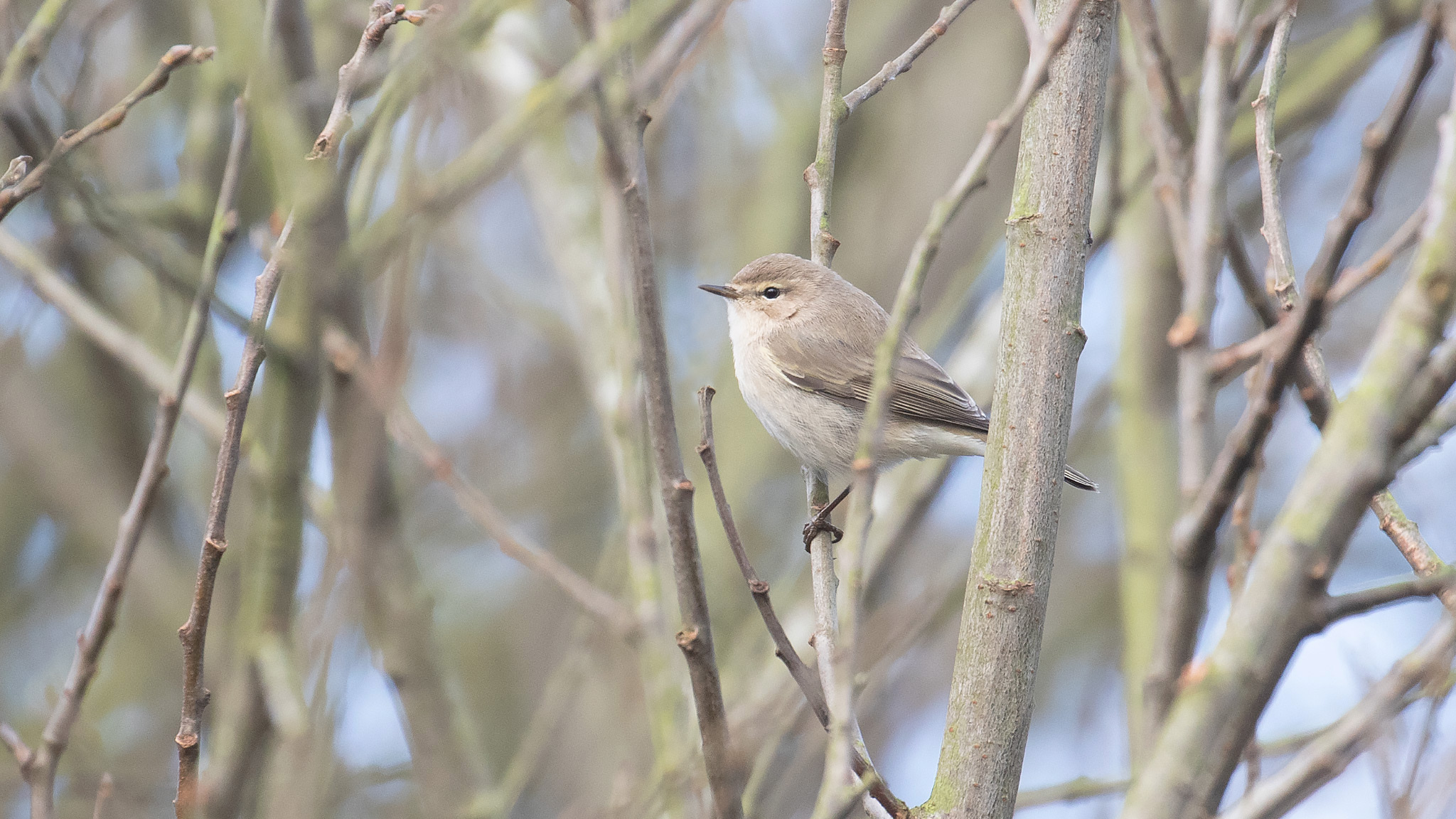
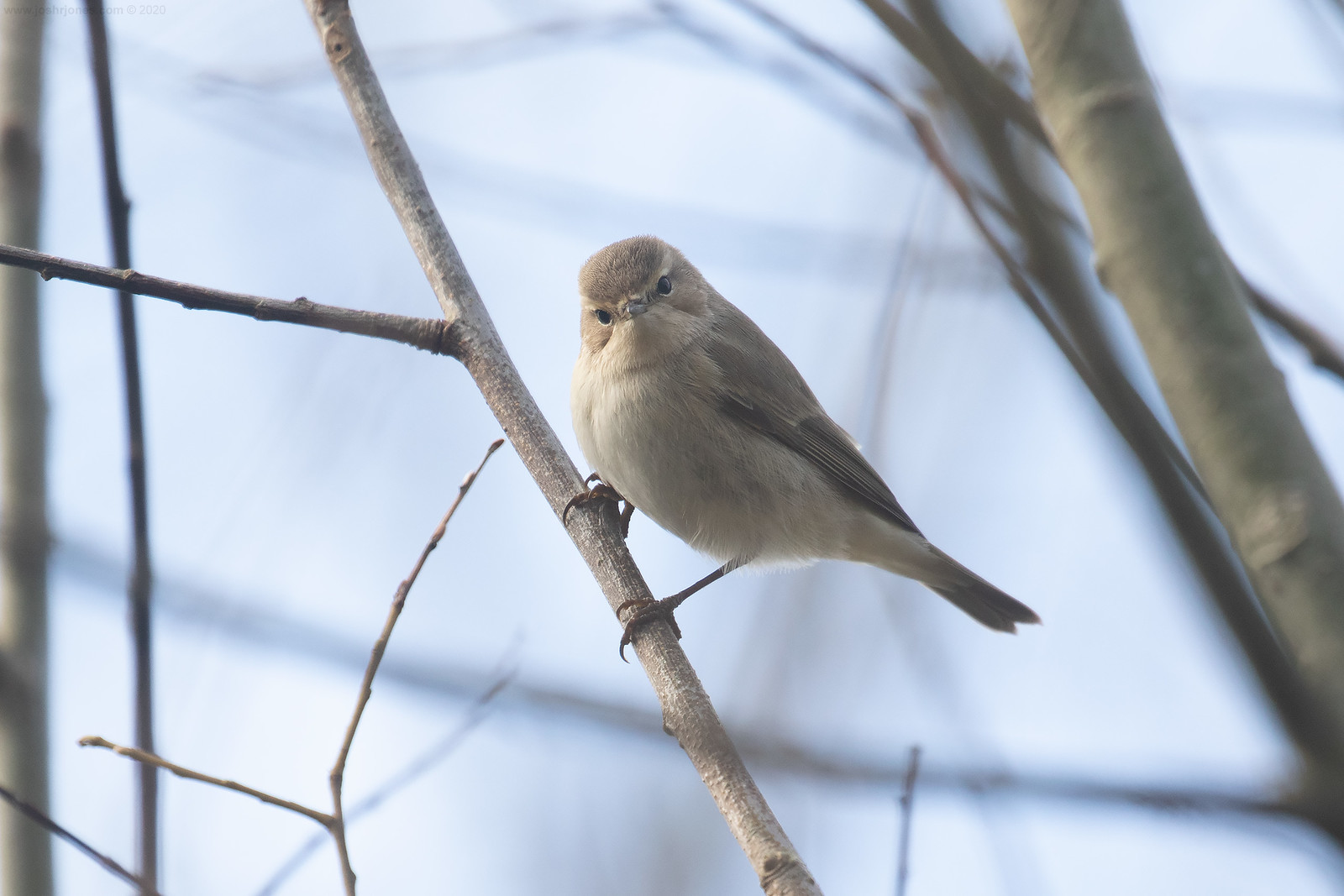
 RSS Feed
RSS Feed